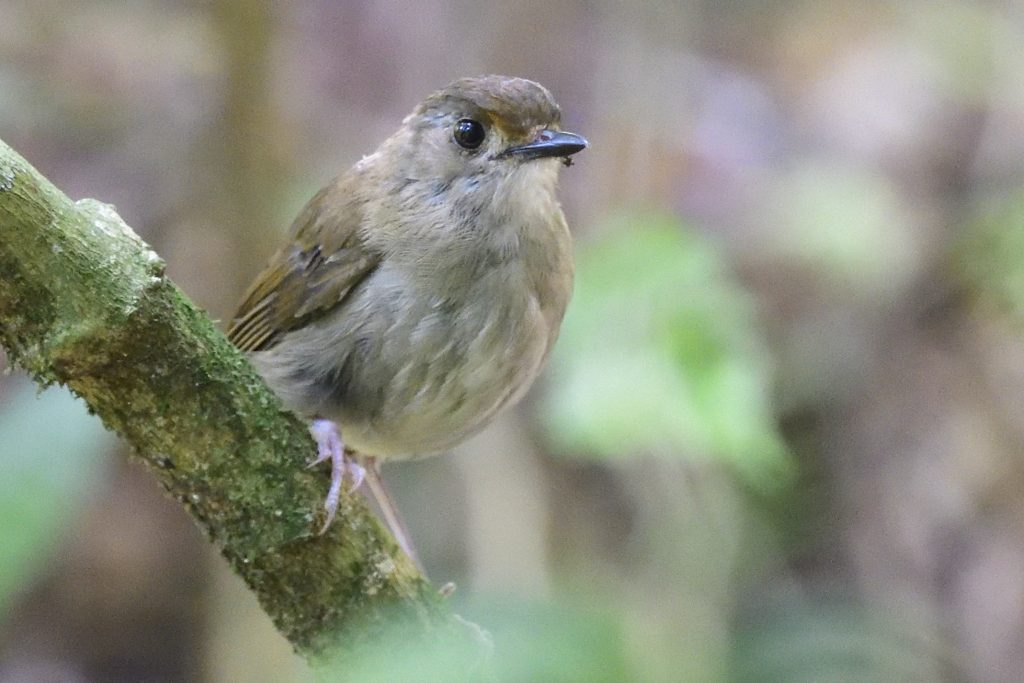
On February 15, 2023 my two friends, Jim and Apolloh, came the long way on a bus from Mombasa, Kenya. The bus ride proved to be quite an experience and they arrived a lot later than any of us had suspected. I had hoped for some afternoon birding upon their arrival, but it was already dark when we reached my house, so dinner and an early retirement to bed.
Day 1, February 16, 2023: Kiligolf
Normally on the first day, I take my guests on a bird walk on Kiligolf, the estate where I live. That morning, we started with coffee at 06:45 and many birds had already come to my garden: Golden-backed, Vitelline Masked and Chestnut Weaver, Variable and Scarlet-chested Sunbirds, Helmeted Guineafowl, Crested Francolin, Red-billed Firefinch and Sombre Greenbul. We started the walk around 07:15 when there were enough light. We started to rack up species: Emerald-spotted Wood Dove, Red-cheeked Cordon-bleu, Yellow Bishop, Lesser Striped Swallow, White-bellied Go-away-bird, Buff-bellied Warbler, Speckled Mousebird, Superb Starling, Purple Grenadier, African Grey Flycatcher, Grey-headed Kingfisher, Brown-crowned Tchagra, Wire-tailed Swallow, African Grey Hornbill, Grey-headed Silverbill, Bare-eyed Thrush, Violet-backed Starling, Red-and-yellow Barbet, Tropical Boubou, Rattling Cisticola, White-browed Scrub Robin, Pale White-eye, White-throated Robin, a flock of overflying White Storks, Red-faced Cisticola, Hamerkop, African Pied Wagtail, Pied Kingfisher, Green Sandpiper, Arrow-marked Babbler, Pallid Honeyguide, Malachite Kingfisher, African Palm Swift, Giant Kingfisher, Slate-coloured Boubou, Spectacled Weaver, Yellow-breasted Apalis, Red-faced Crombec, Brubru, Willow Warbler and Nubian Woodpecker. These were some of the birds we registered before we returned to my house for breakfast around 10:00. After breakfast, it were hot so we relaxed on my balcony and the boys were busy photographing birds in my garden. We added Northern Grey-headed Sparrow, Village Indigobird and Red-billed Quelea to our list from the comfort of my garden chairs. At around 13:00, we took a walk in the scorching heat to locate Greater Painted Snipe. They are a residents at Kiligolf and can be found in some numbers. On the walk, we added Chinspot Batis, Long-tailed Fiscal, Three-banded Plover and Squacco Heron before we finally found the Snipes. We sat down by the shadow of a tree and counted in the end a total of 8 Greater Painted Snipes. On the way back to my house, we added Common Sandpiper, Black-headed Heron and Spotted Flycatcher to our list. We had lunch on my balcony and the boys were still busy taking pictures. During our lunch break, we added Green-winged Pytilia, Amethyst and Collared Sunbird to our list. We left by car to bird the upper part of the estate around 16:00. It was still scorching hot and it turned out to be a slow afternoon. Still we managed to add the following species to our list: Little Bee-eater, Thick-billed Weaver, Yellow-fronted Canary, Pin-tailed Whydah, Grey Heron another Greater Painted Snipe, White-browed Coucal, Striated Heron, Klaas´s Cuckoo, Brown-breasted Barbet, African Paradise Flycatcher, European Bee-eater and Little Swift. We returned to my house, freshened up and had a lovely dinner prepared by my maid Neema and Selvine. I retired early to bed, while the boys sat up a little longer.
Some pictures from day one at Kiligolf and my Garden:
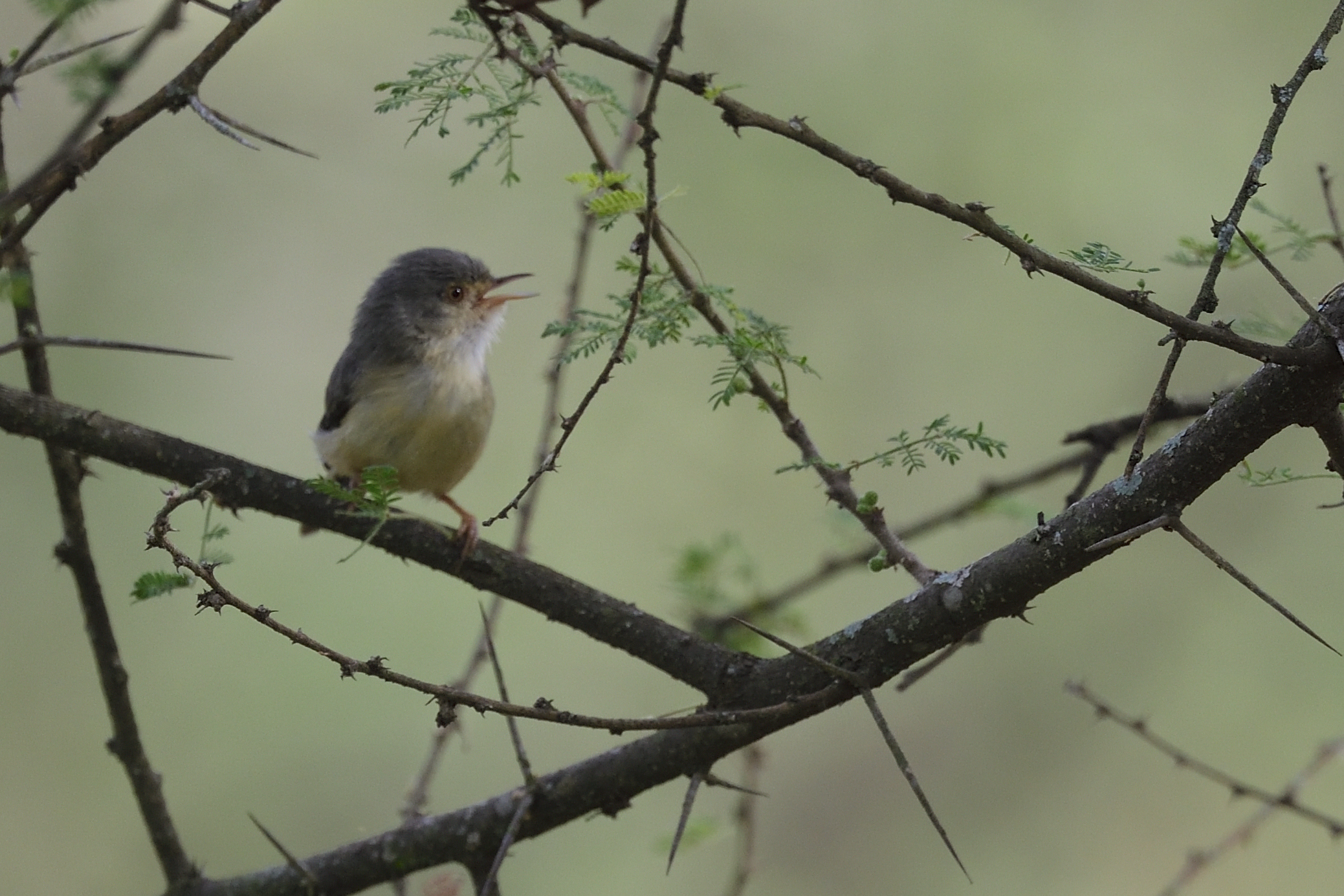
Buff-bellied Warbler, Phyllolais pulchella
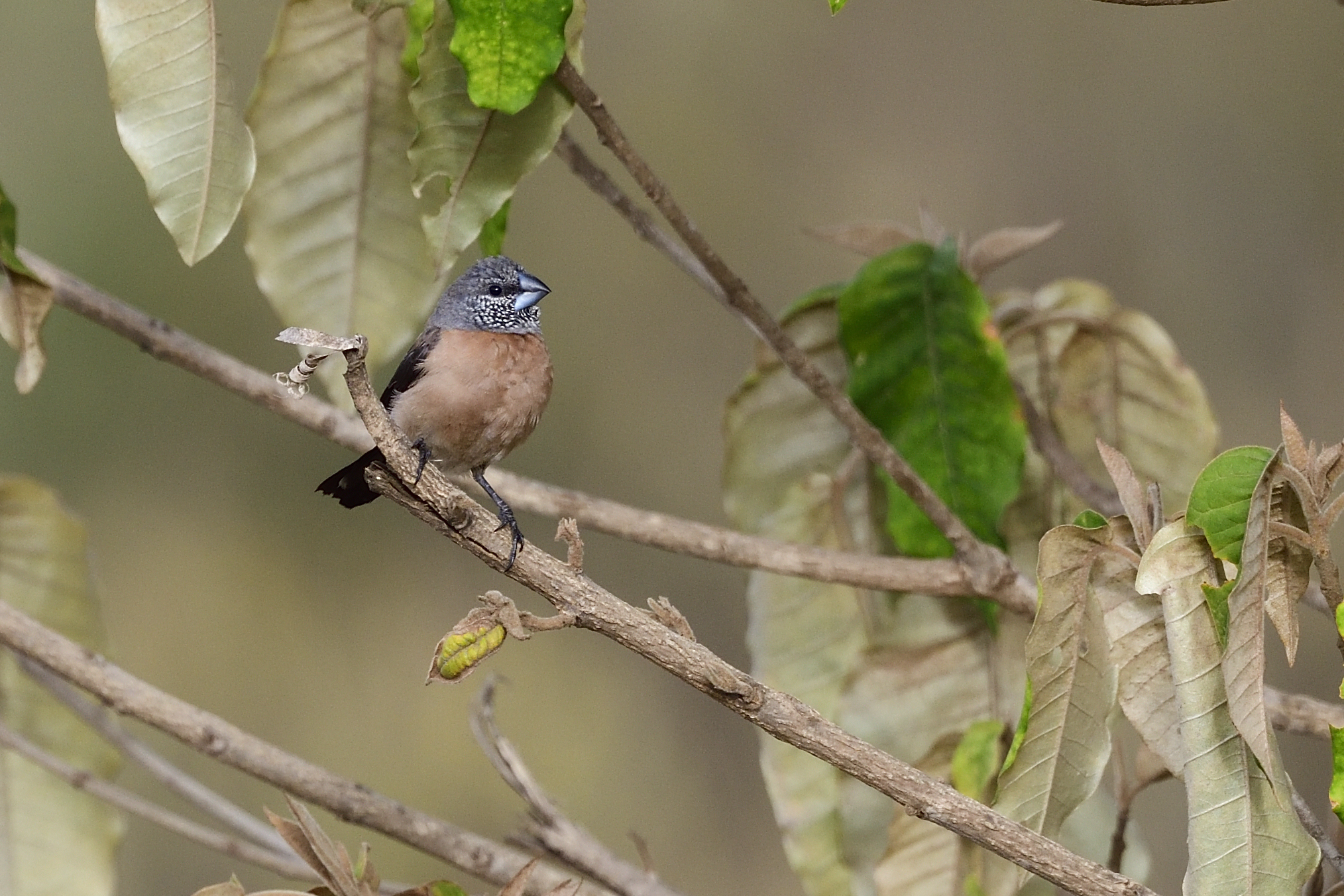
Grey-headed Silverbill, Spermestes griseicapilla, Endemic to NE Africa
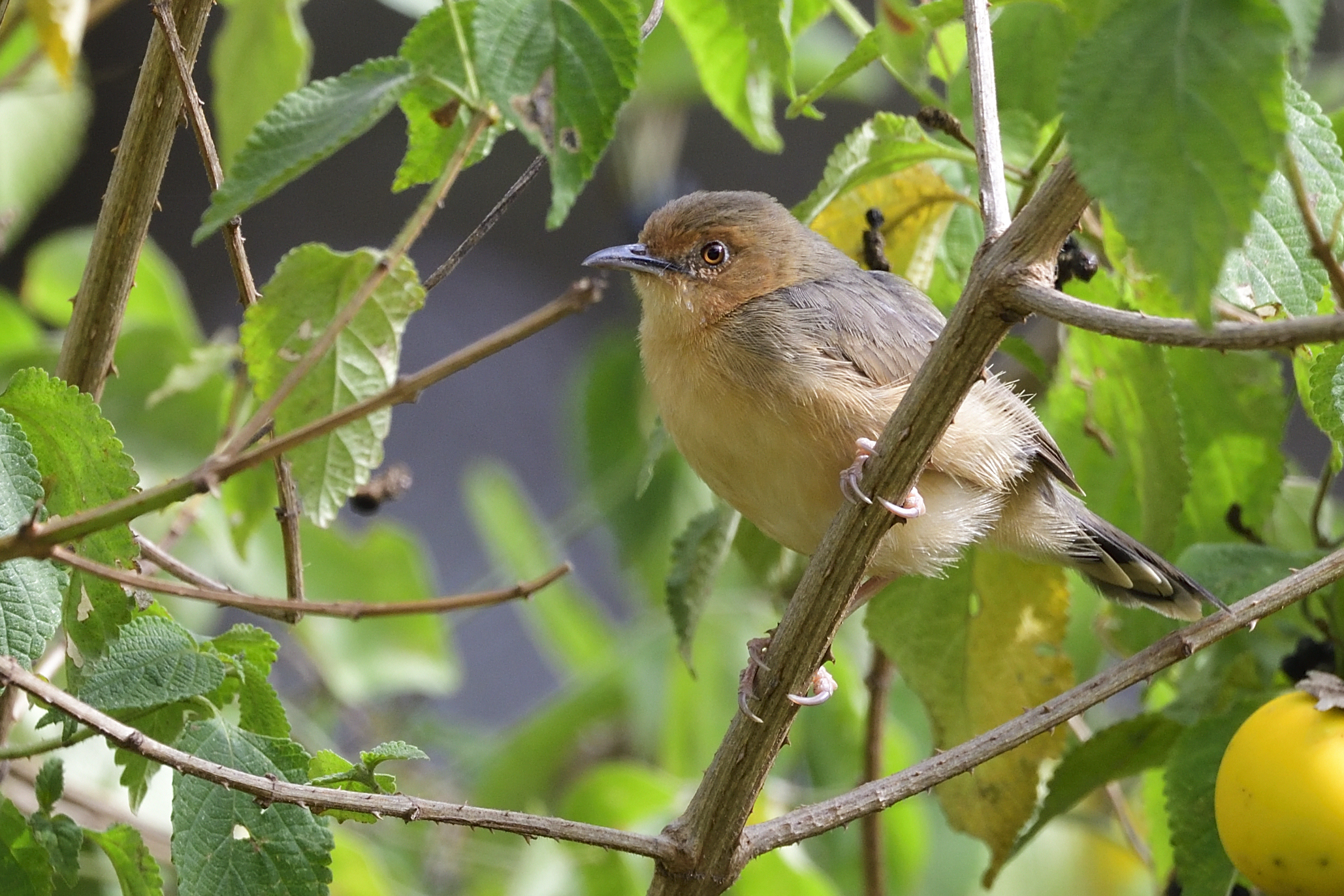
Red-faced Cisticola, Cisticola erythrops
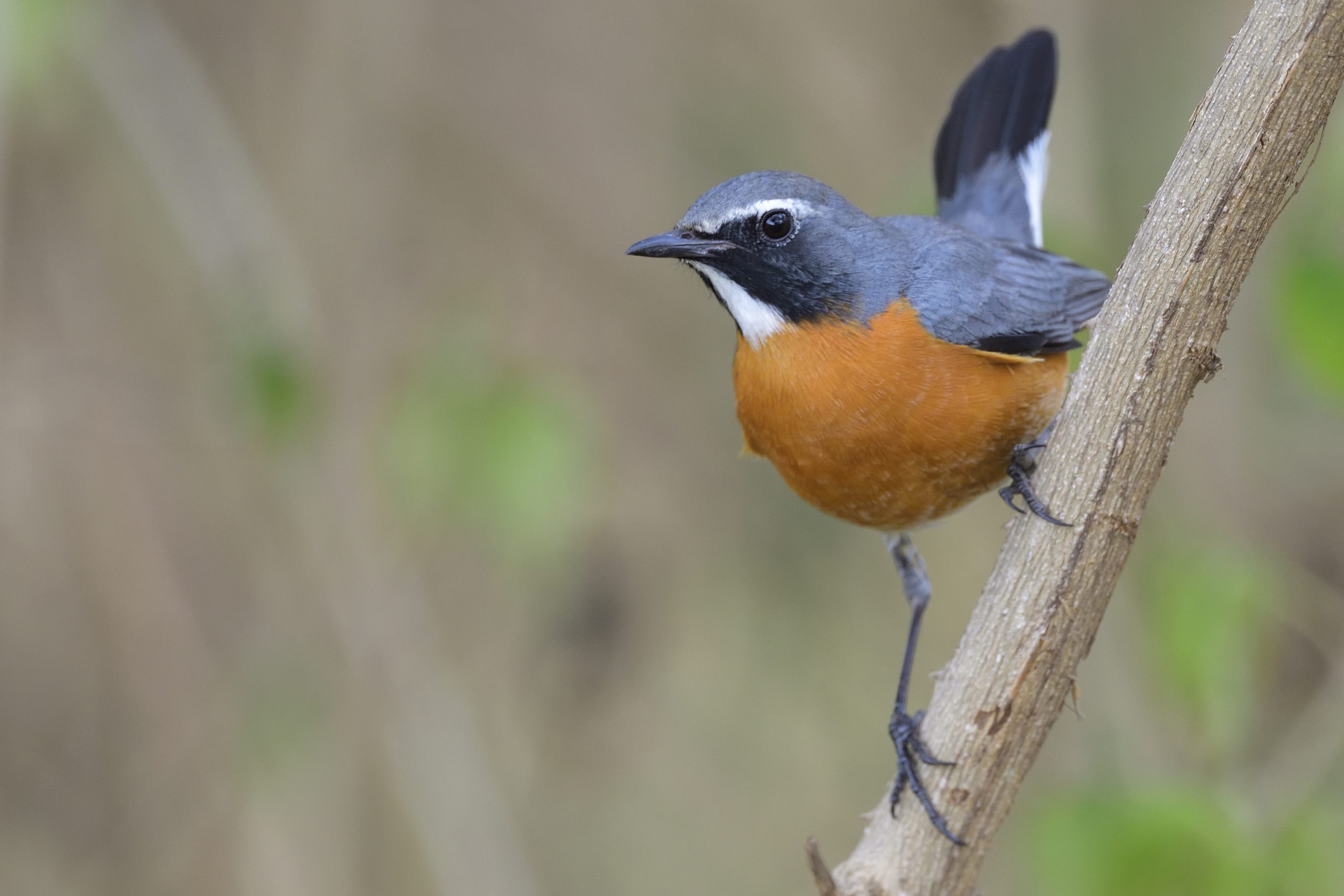
White-throated Robin, Irania gutturalis
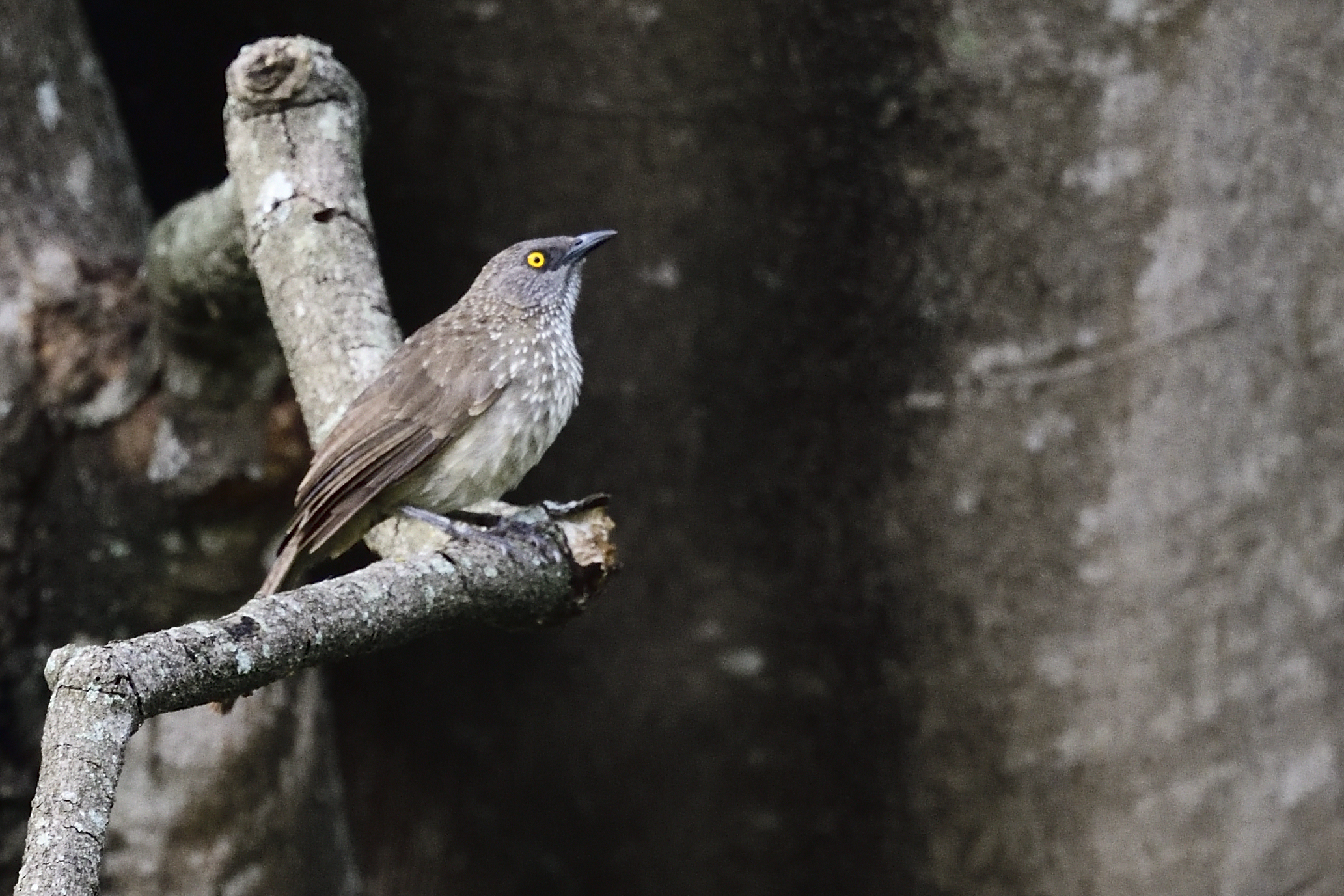
Arrow-marked Babbler, Turdoides jardineii
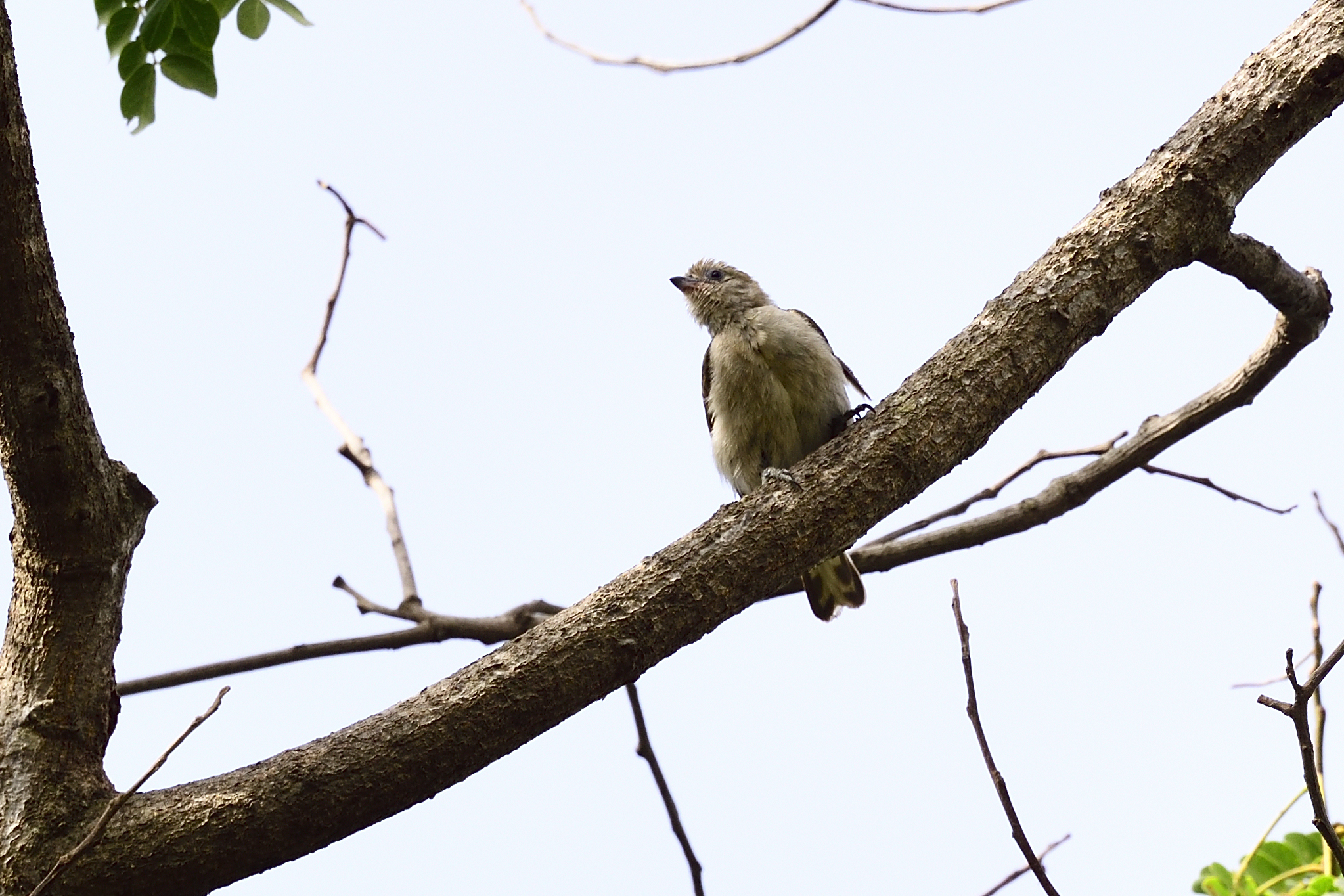
Pallid Honeyguide, Indicator meliphilus
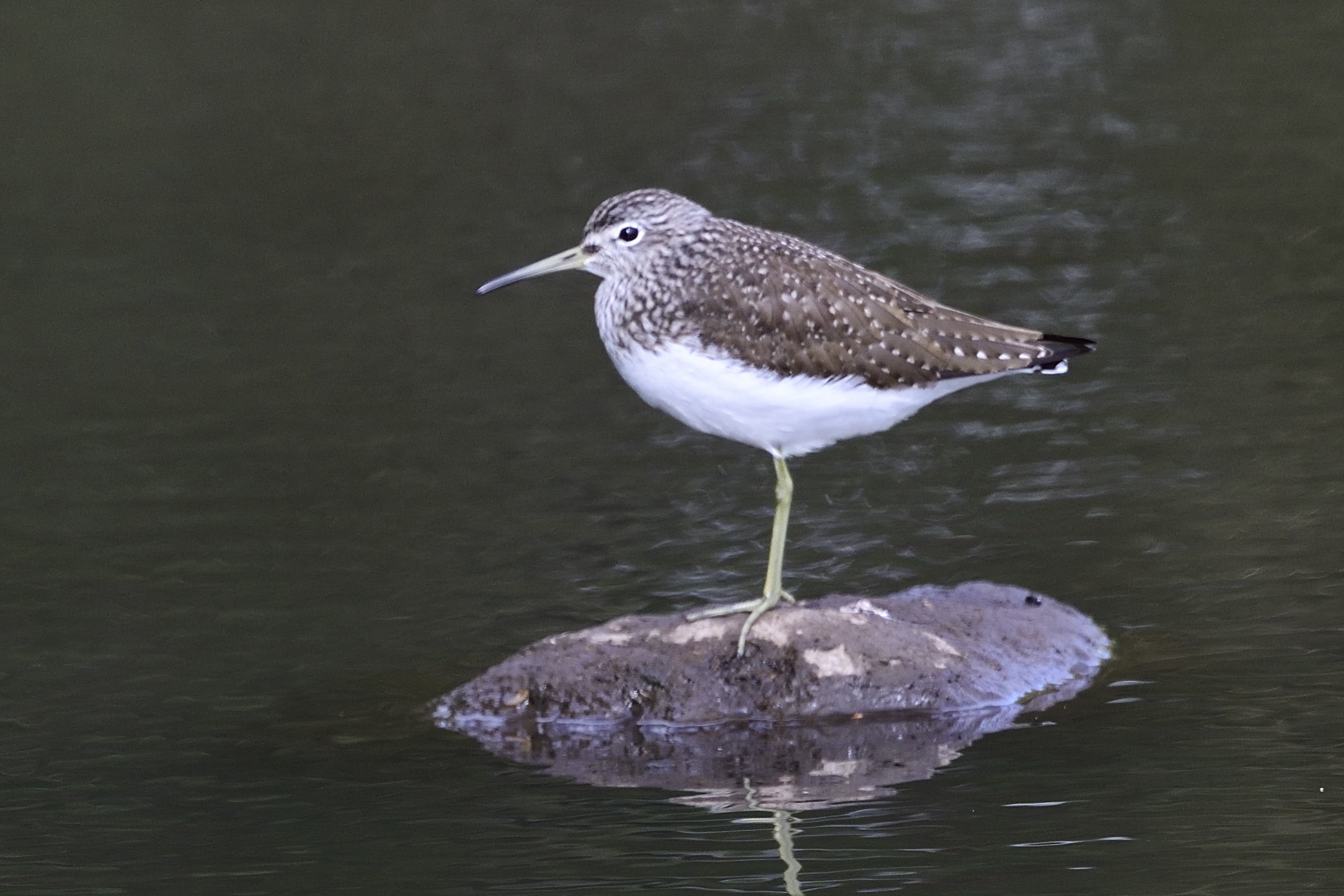
Greens Sandpiper, Tringa ochropus
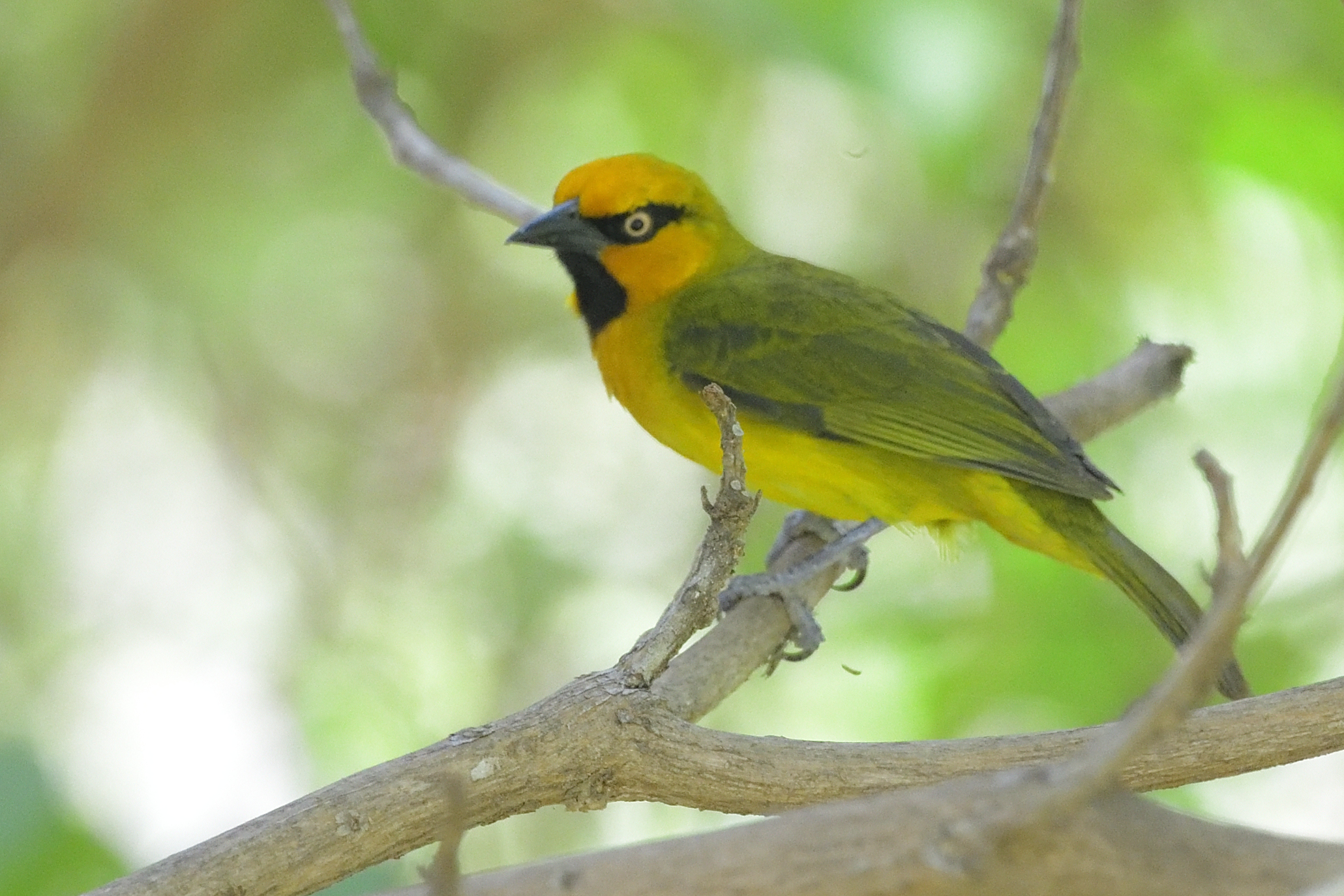
Spectackled Weaver, Ploceus ocularis
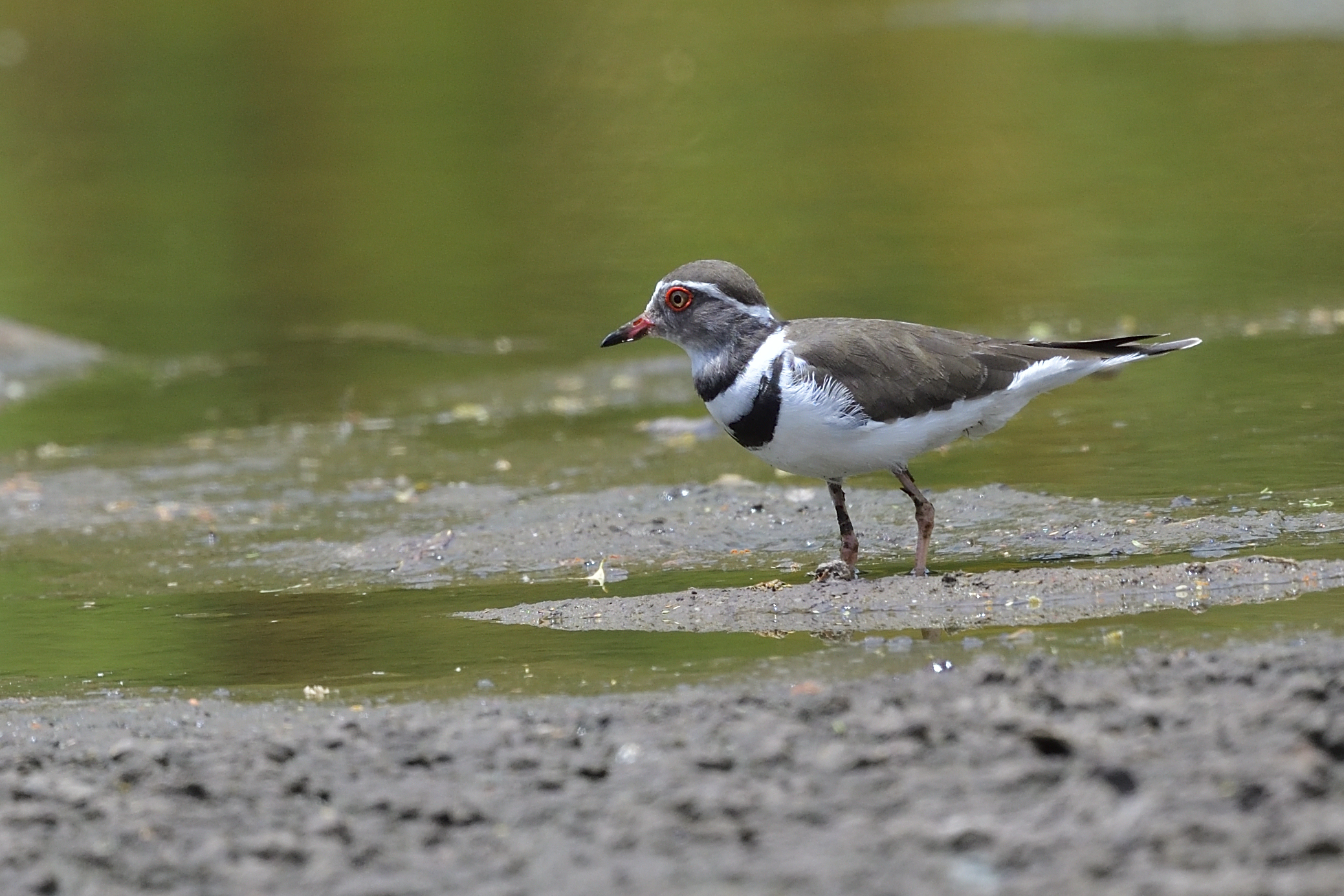
Three-banded Plover, Charadrius tricollaris
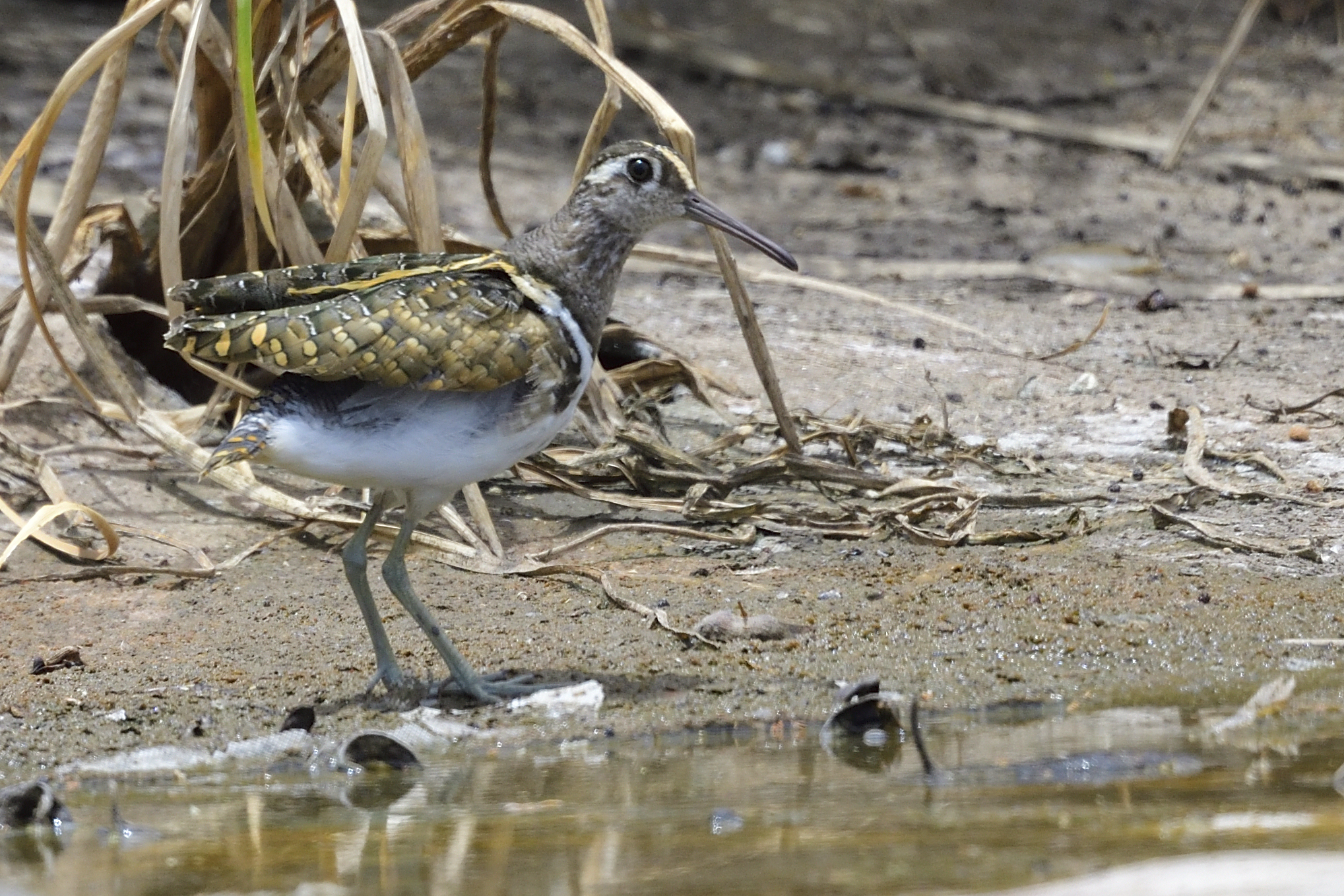
Greater Painted-snipe (male), Rosttratula benghalensis
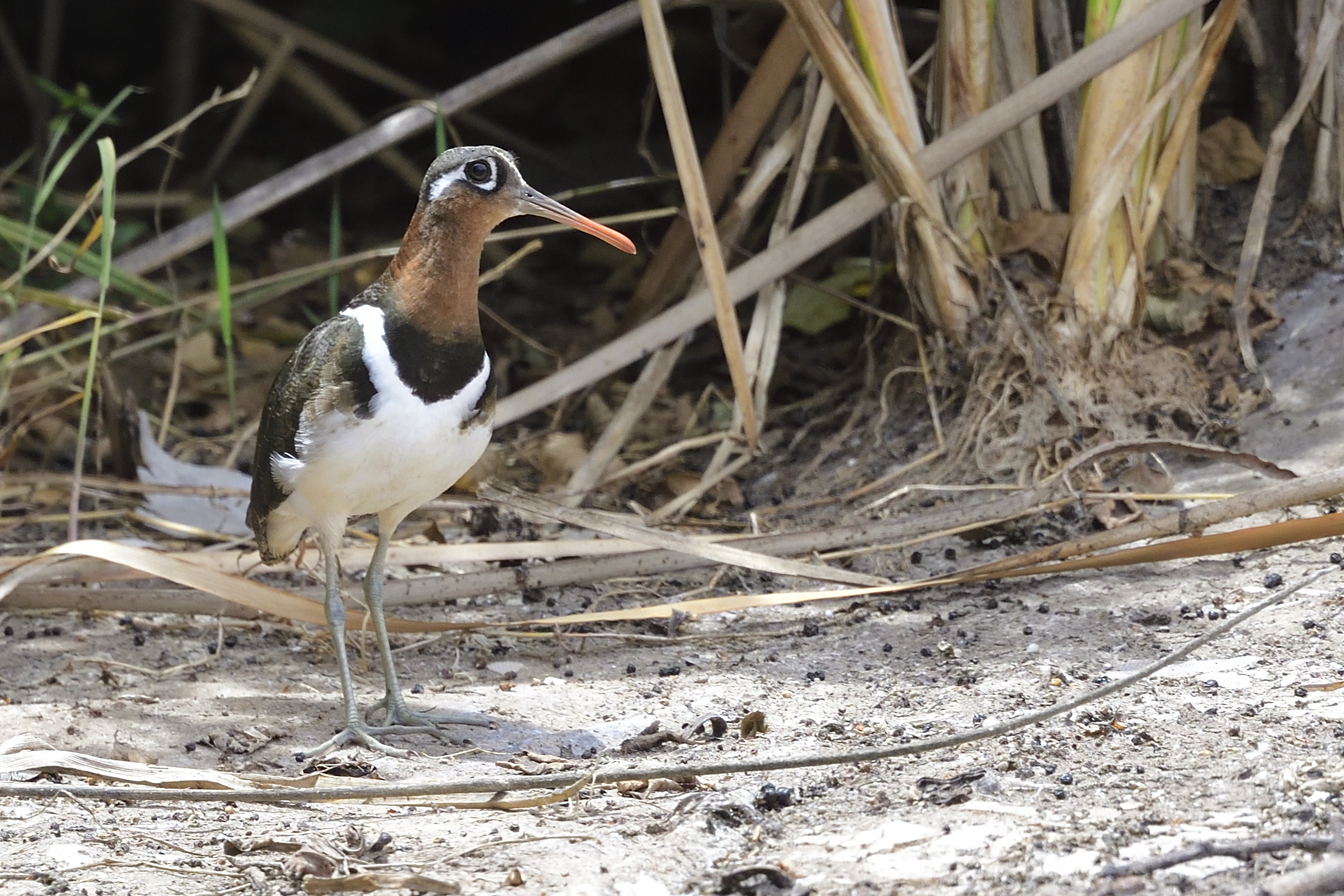
Greater Painted-snipe (female), Rosttratula benghalensis
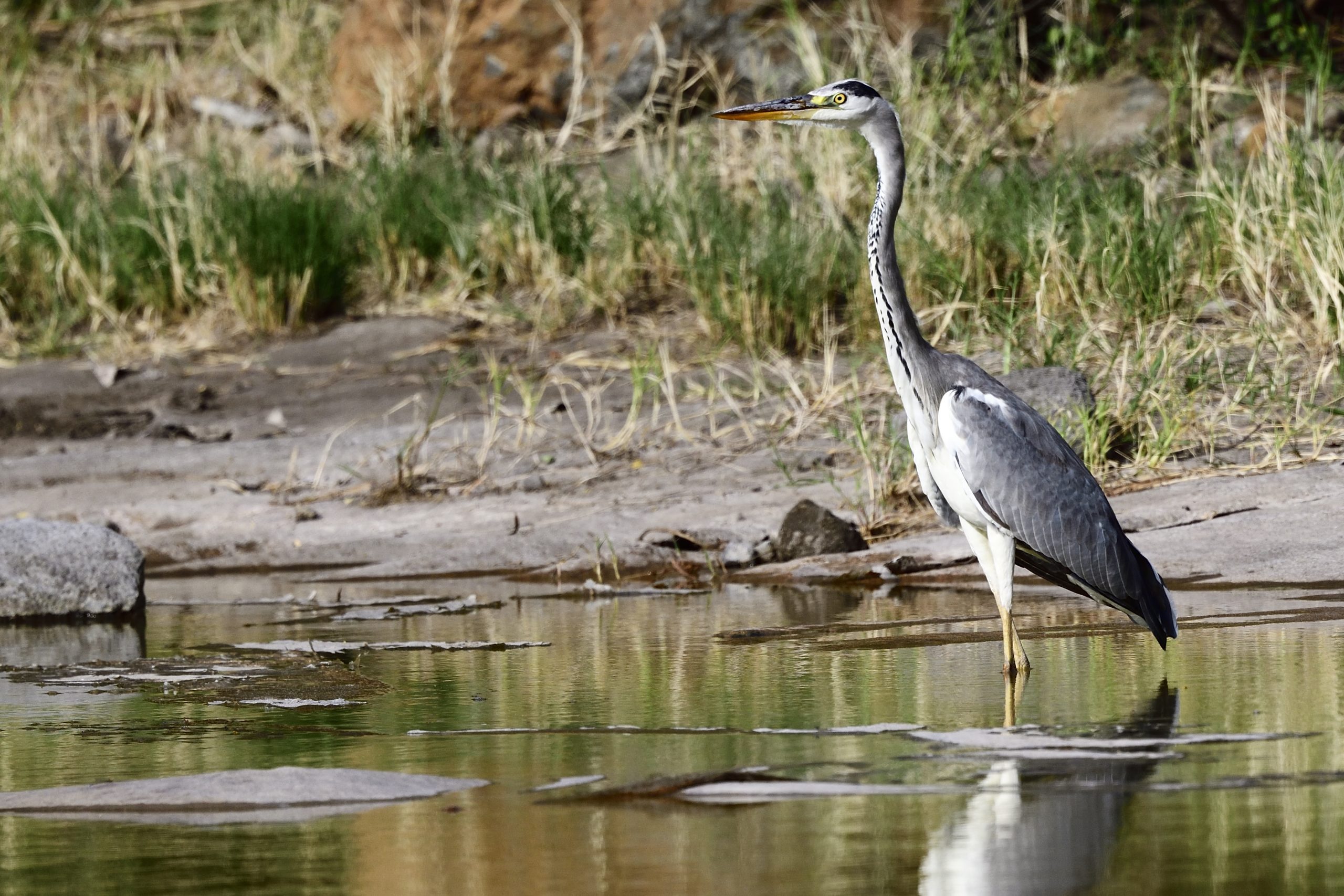
Grey Heron, Ardea cinerea
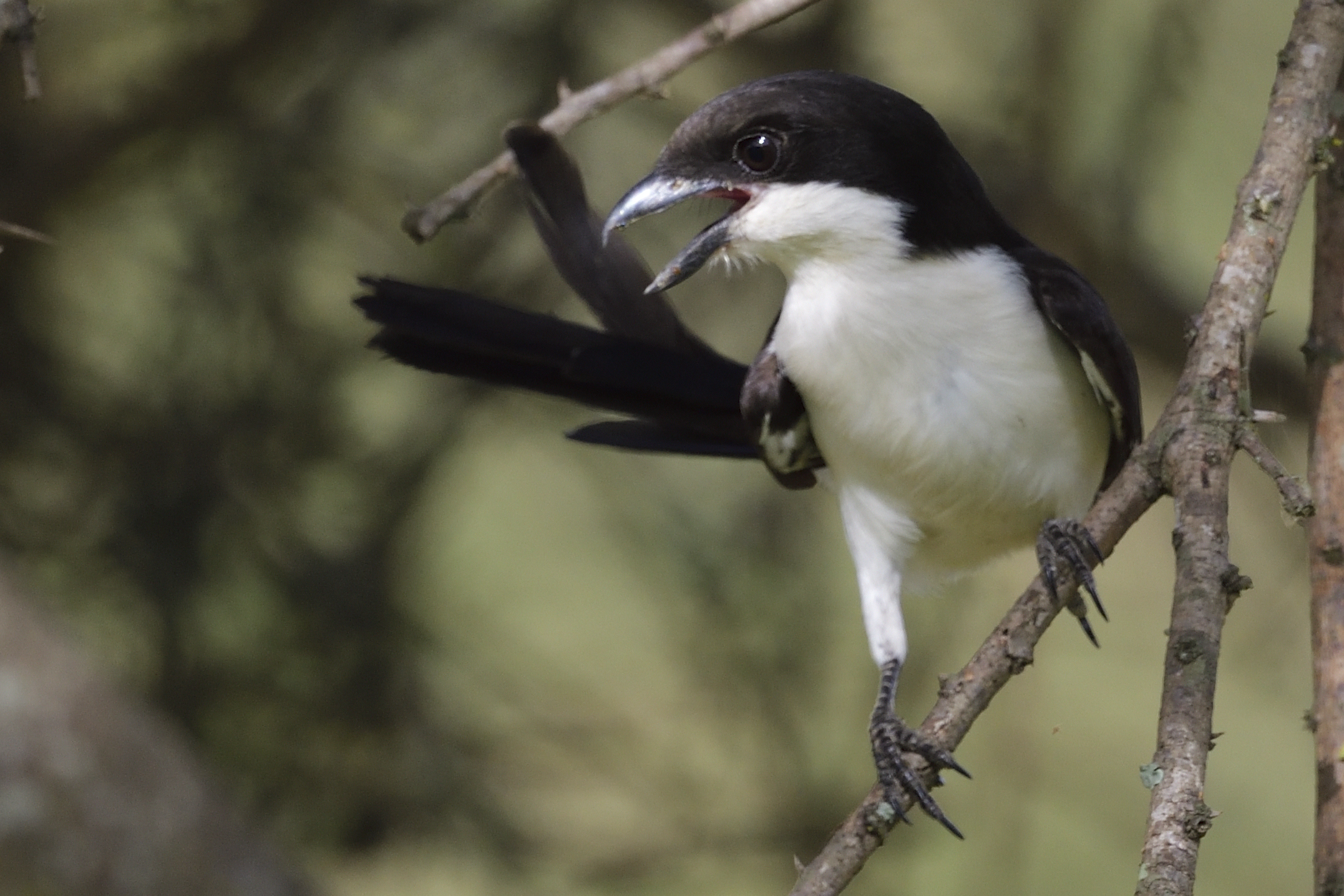
Long-tailed Fiscal, Lanius cabanisi, Endemic to NE Africa
Day 2, February 17, 2023: Lark Plains – Oldonyo Sambu – Monduli Mountains
The second day of my Usambara trip, we normally visit Lark Plains for the highly endemic Beesley´s Lark. I have been there 30+ times and have never dipped on this bird. We left early and arrived at the lark Plains around 07:30. On the way we had picked up these species from the car: Speckled Pigeon, Augur Buzzard, African Sacred Ibis, Common Kestrel and White-throated Bee-eater. At the turn off to the Lark Plains, we opened the roofs of my Green Land Rover and started to look for birds: Here are some of the ones we found while going to the normal stop to meet up with my Masai friends: Northern Wheatear, Foxy Lark, Red-fronted Prinia, Isabelline, Capped and Northern Wheatear, Crowned Lapwing, Pallid Harrier, a huge number of Chestnut-bellied Sandgrouses with a Yellow-throated mixed in one of the flocks and Taita Fiscal. We stopped the car and looked for our Masai friends, but they were nowhere to be seen. We spotted a pair of Short-tailed Larks from where we parked and also a Pale morphed Tawny Eagle. We had to start to search for the Beesley´s ourselves. We found Rosy-patched Bushshrike, African Pipit, Athi Short-toed Lark before the Masais finally turned up at 09:00. It did not take them long to find the Beesley´s Lark for us. We returned to the car and started driving slowly towards the dry Acacia forest behind my Masai friends boma. On the way we picked up a few new birds: Red-tailed Shrike, Kenya Sparrow, Diederik Cuckoo, Greater Kestrel, Temminck´s Courser and White-bellied Bustard. We parked at our normal breakfast spot, but before breakfast, we had to register the birds around us: White-bellied Go-away-bird, Banded Parisoma, Hildebrandt´s Starling, Brubru and Pygmy Falcon. We finished breakfast at around 11:00 and went for a walk in the very hot weather. Despite the heat, this dry Acacia forest is quite productive. Here are some of the new species we picked up: Grey-capped Social Weaver, Von der Decken´s Hornbill, Blue-naped Mousebird, Red-throated Tit, Yellow-bellied Eremomela, Chestnut Sparrow, Pygmy Batis, White-bellied Canary, Spotted Palm Thrush, Cardinal Woodpecker and Red-billed Oxpecker. We headed for Oldonyo Sambu at 12:30 and picked up an Eastern Chanting Goshawk on the way. We did not stay long at Oldonyo Sambu since there might be some challenging walking there, but we did pick up the following new species: Rock and Brown-throated Martin, House Sparrow, Little Rock Thrush, Tawny-flanked Prinia, Streaky Seed-eater, Cinnamon-breasted Bunting and Schalow´s (Abyssinian) Wheatear. We returned to the car and drove to our lunch spot just north of the little village Lengijave. Here are some of the new birds we registered before lunch: Yellow-crowned Canary, Lyne´s Cisticola, Long-billed Pipit, Red-winged Starling and Fischer´s Lovebird. We finished lunch and drove to our last spot of the day, Monduli Mountains. We arrived there at around 16:10 and it were still very hot. The birding were quite disappointing, but we registered the following new species: Northern Fiscal, White-eyed Slaty Flycatcher, African Stonechat, Waller´s Starling, Black Saw-wing, Eastern Double-collared Sunbird, Black-headed Oriole, African Hill Babbler, Hartlaub´s Turaco, Hunter´s Cisticola and African Dusky Flycatcher. We got back in the car and returned home just before dark. We freshened up and again had a lovely dinner prepared by the ladies. Again I retired early to bed while the boys sat up a little longer.
Some pictures from Day 2:
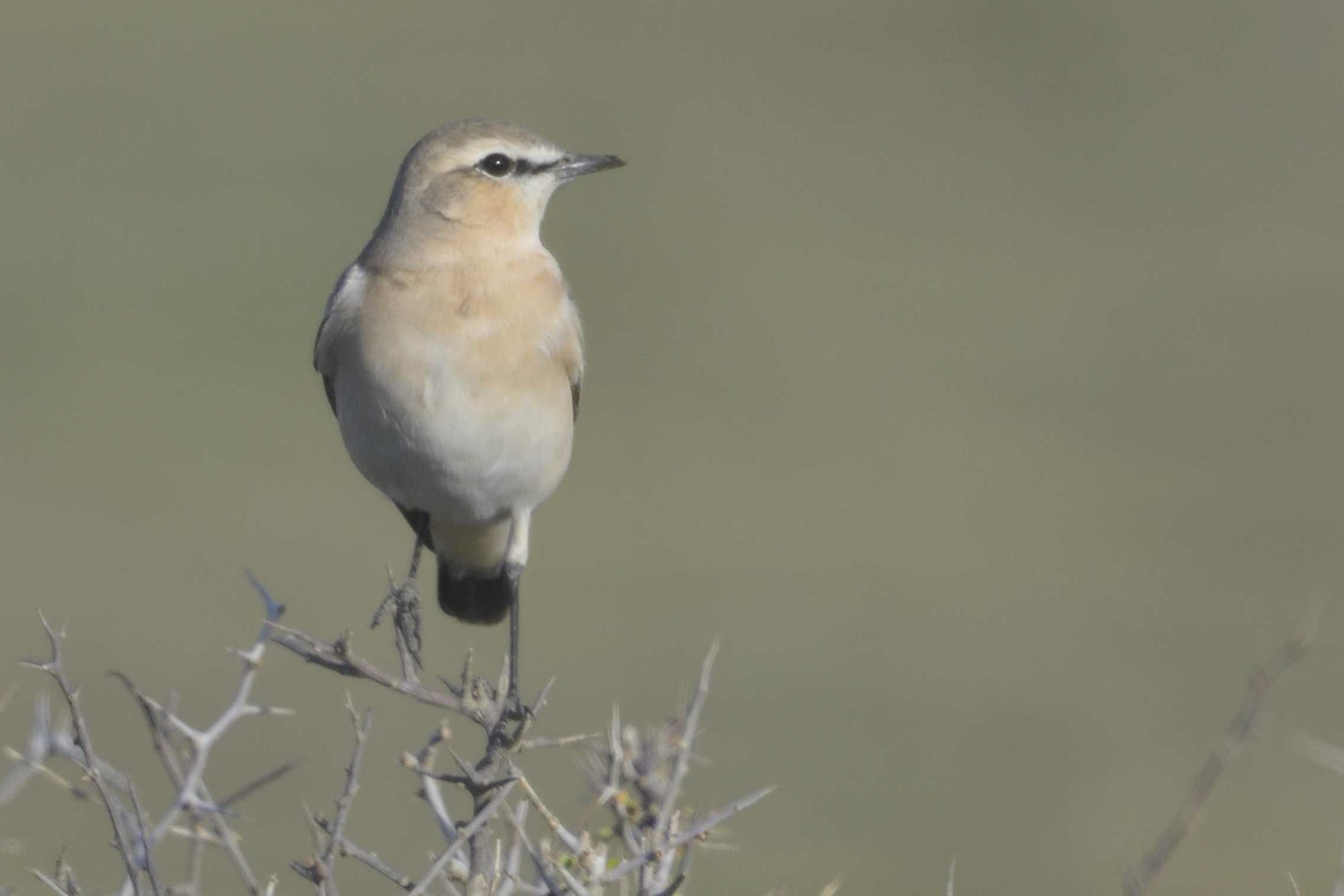
Isabelline Wheatear, Oenanthe isabellina
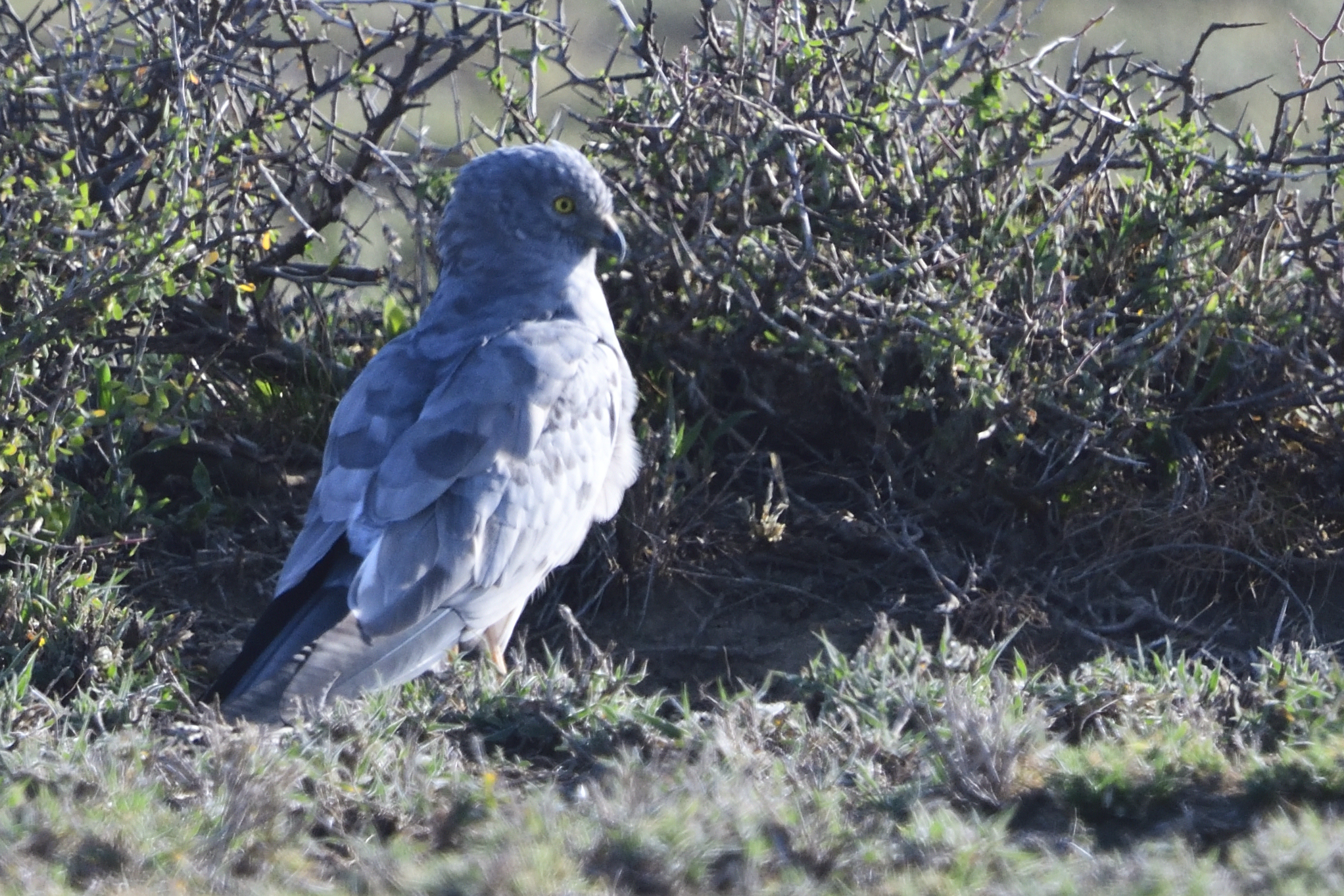
Pallid Harrier, Circus macrourus
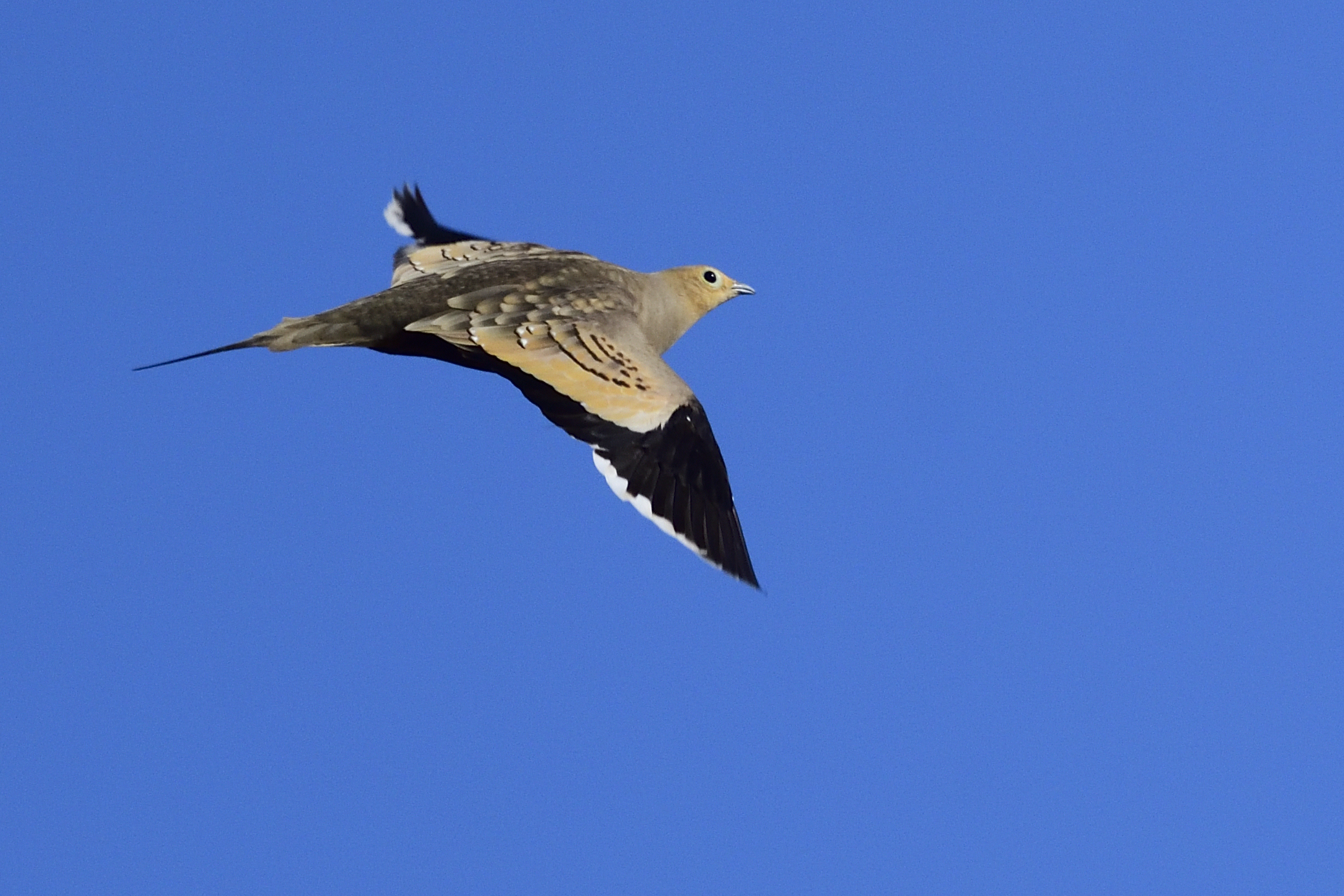
Chestnut-bellied Sandgrouse (male), Pterocles exustus
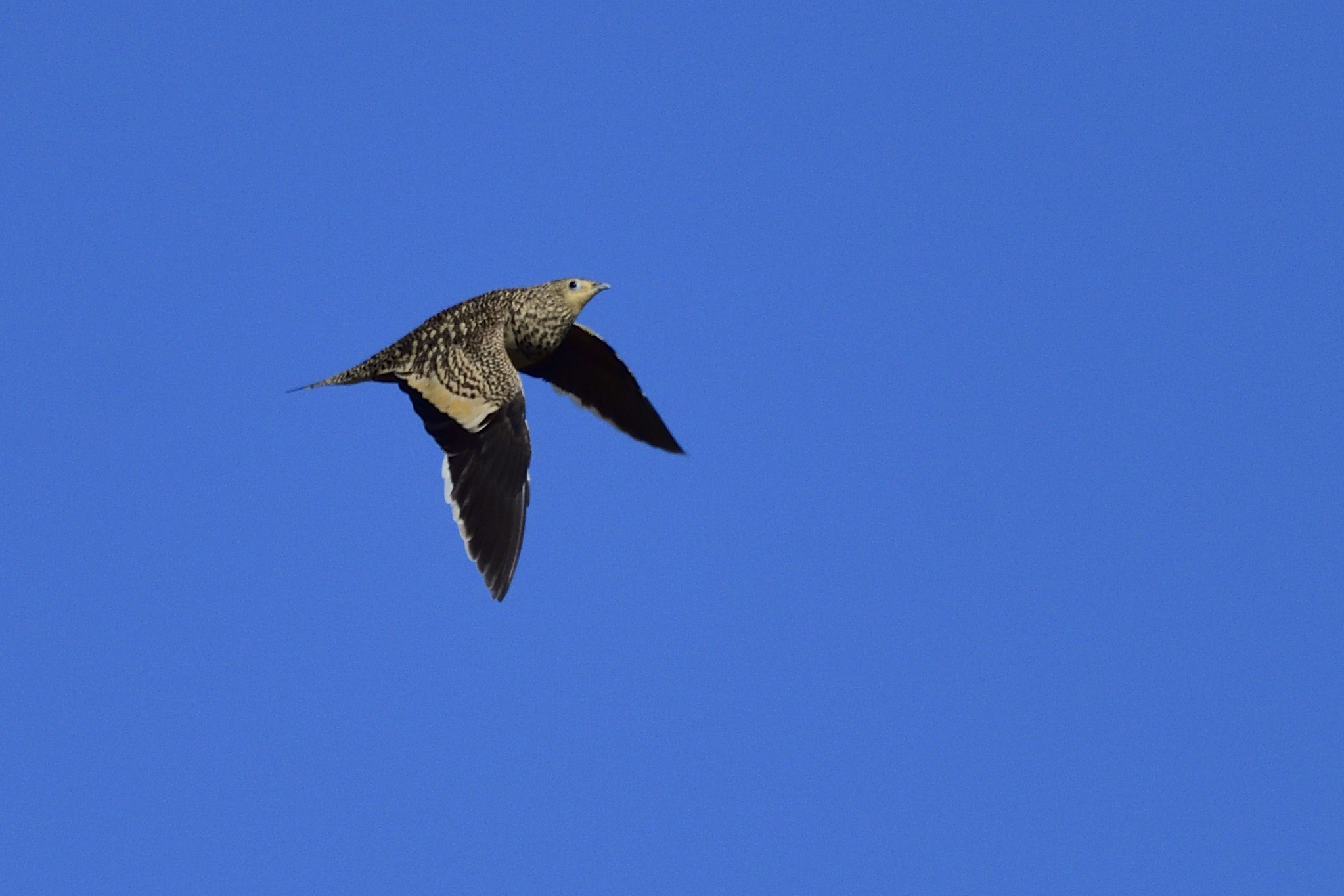
Chestnut-bellied Sandgrouse (female), Pterocles exustus
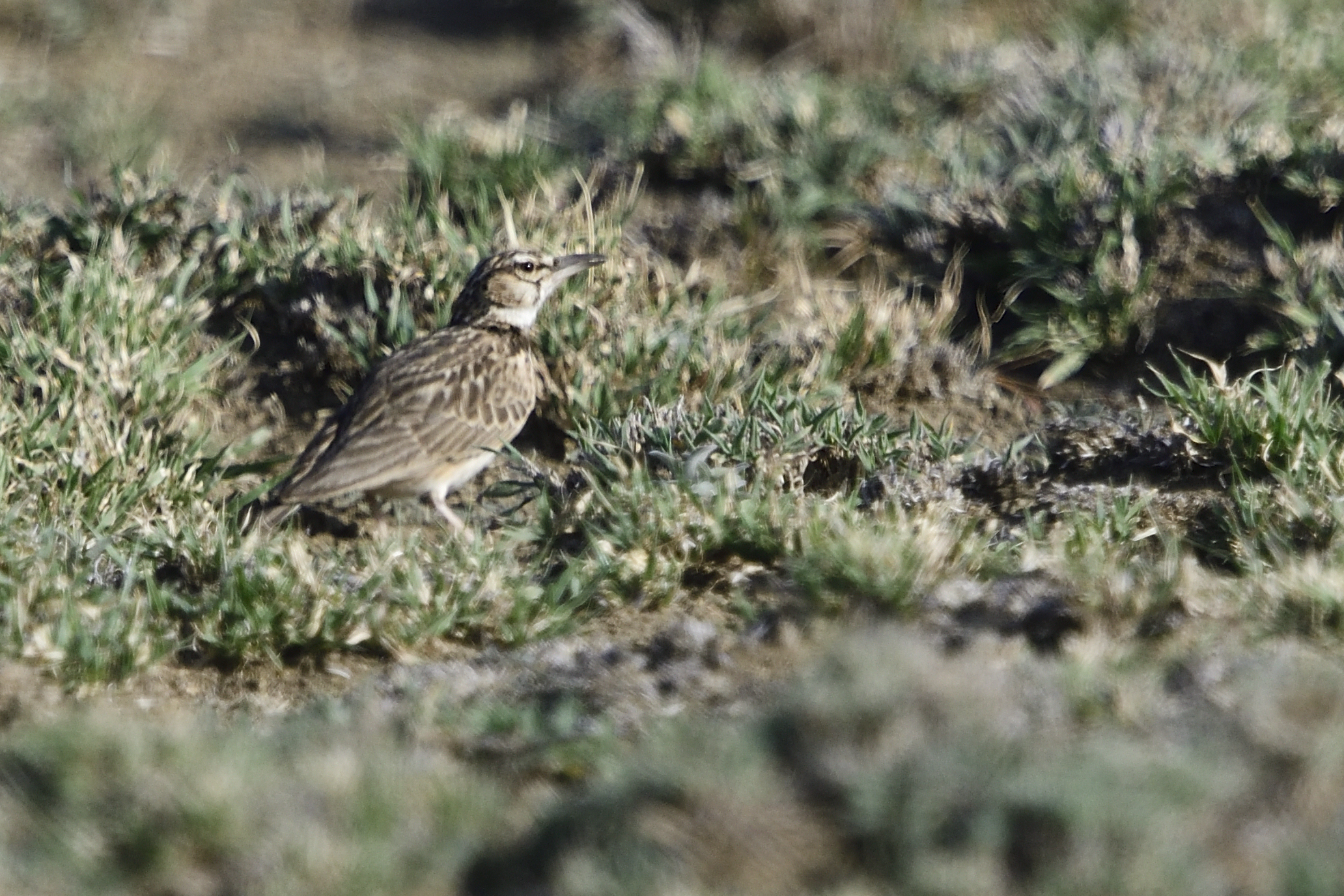
Short-tailed Lark, Spizocorys fremantlii, Endemic to NE Africa
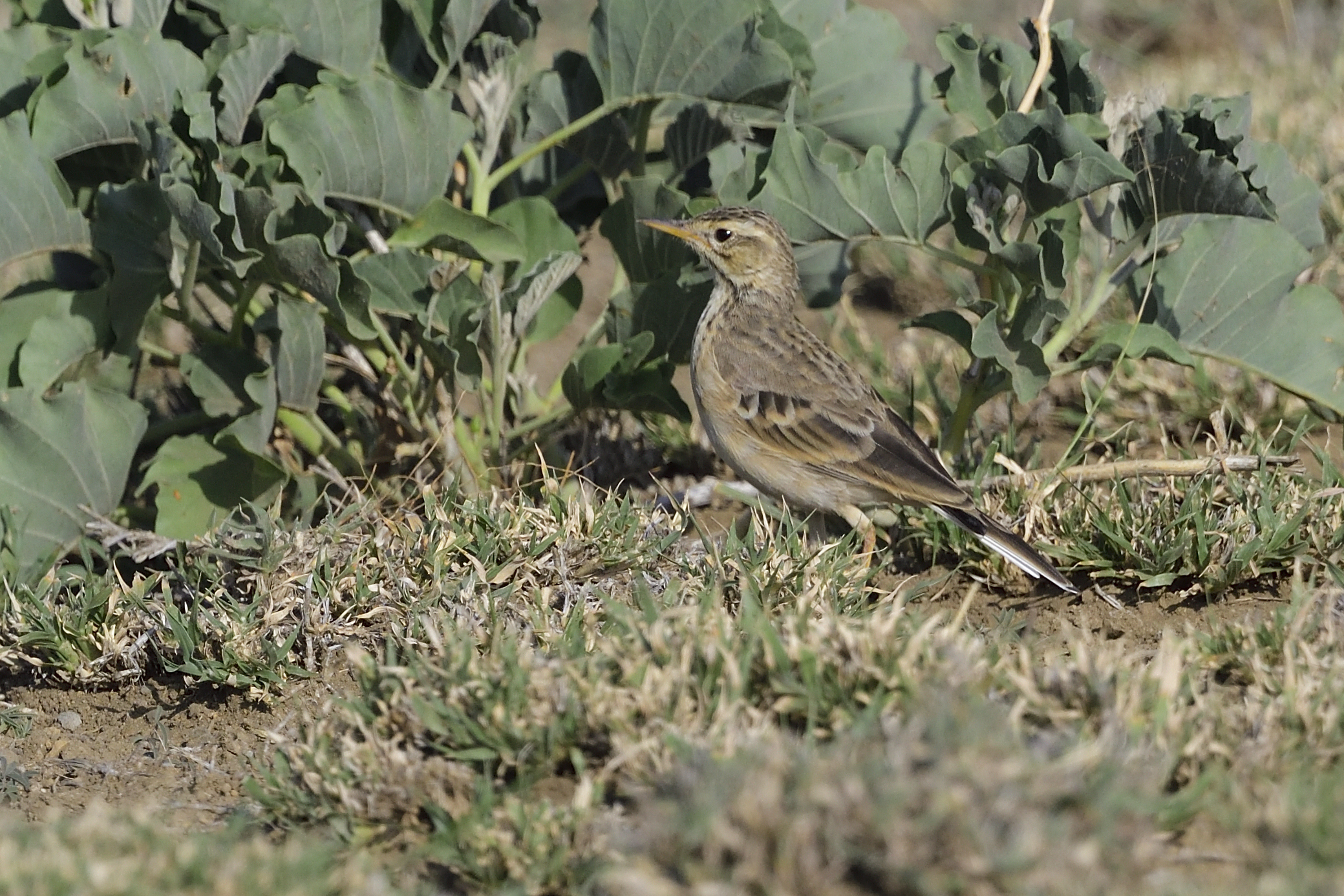
African Pipit, Anthus cinnamomeus
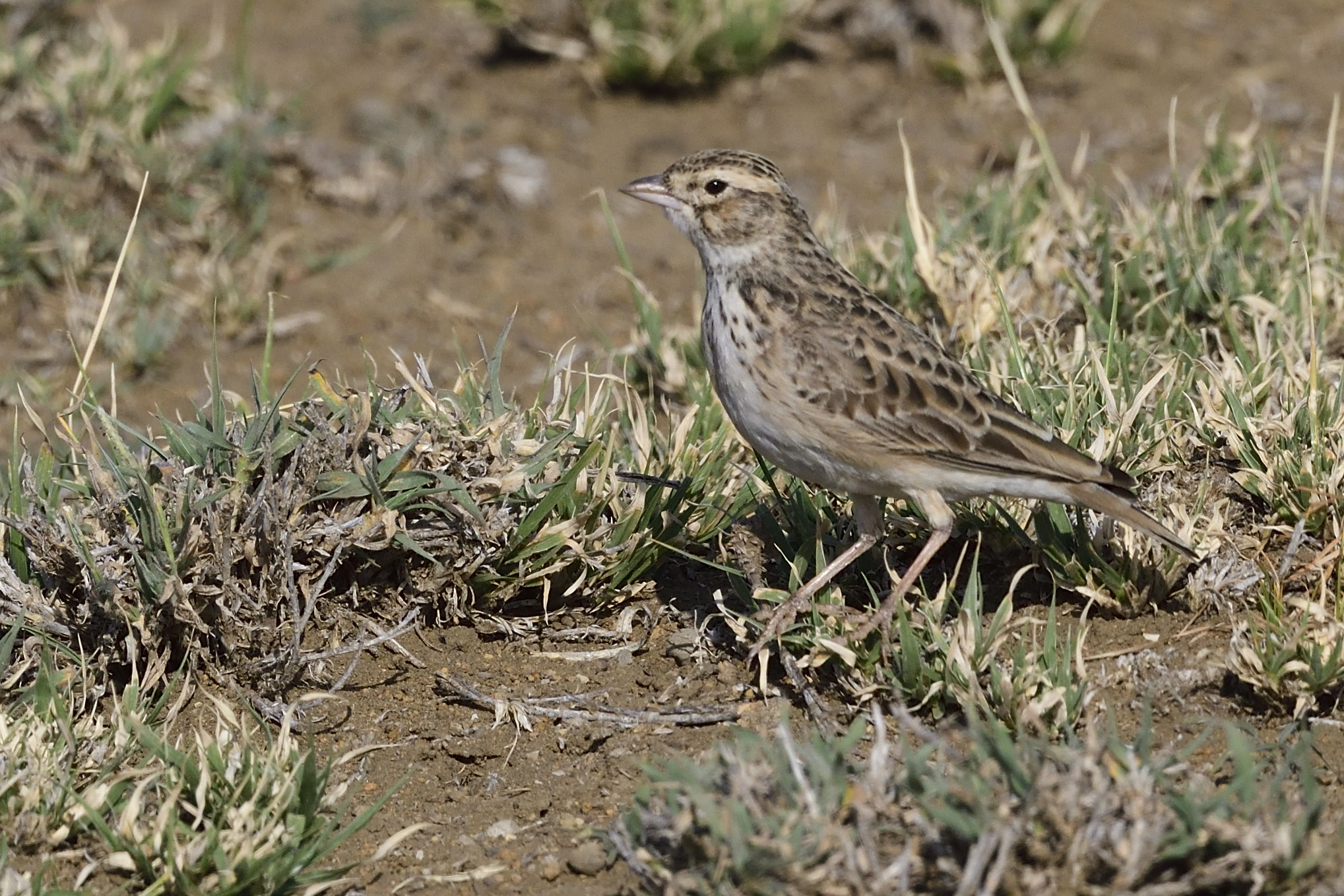
Athi Short-tailed Lark, Alaudala athensis, Endemic to N Tanzania and S Kenya
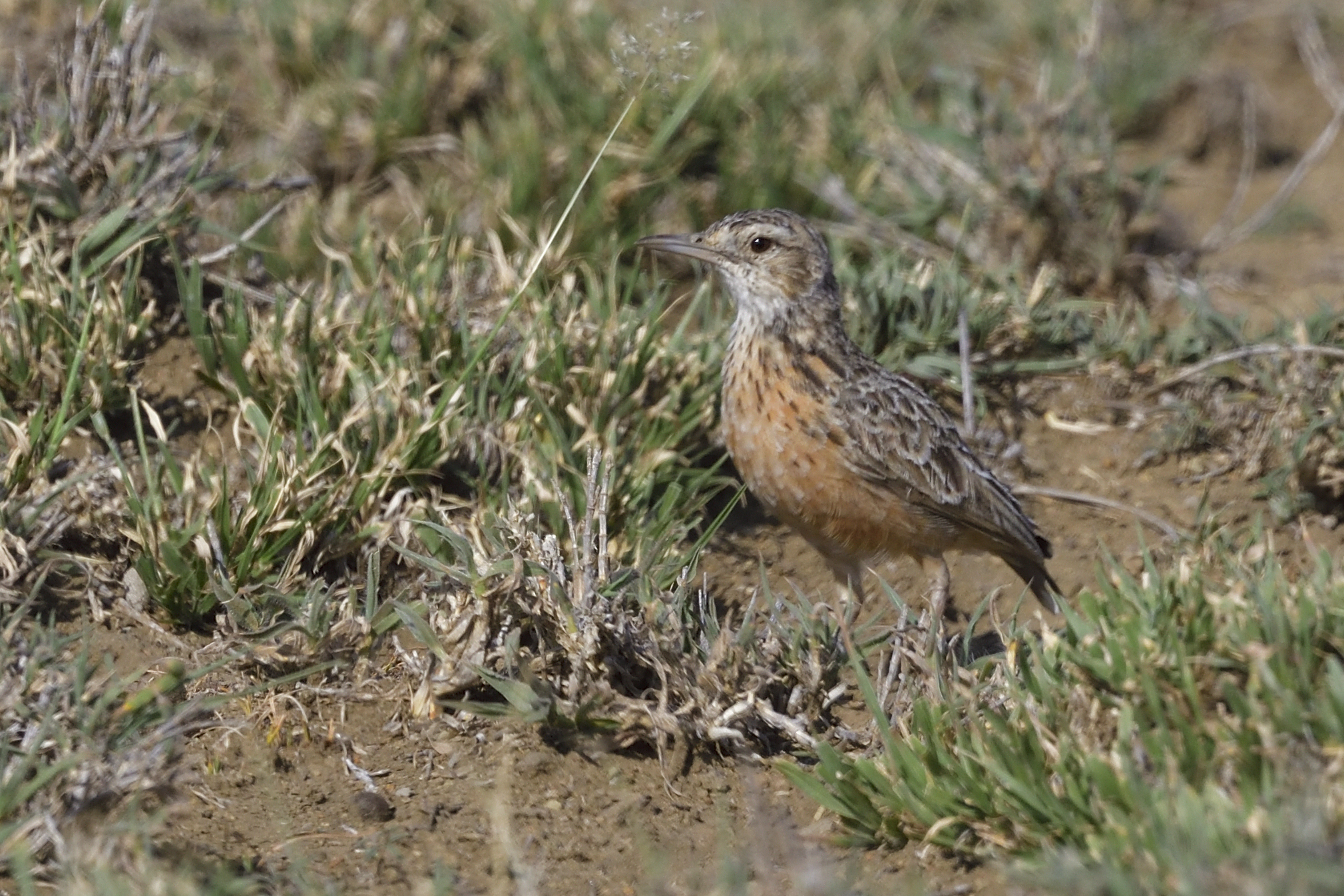
Beesley´s Lark, Chersomanes beesleyi, Endemic to a small area north of Arusha, Tanzania
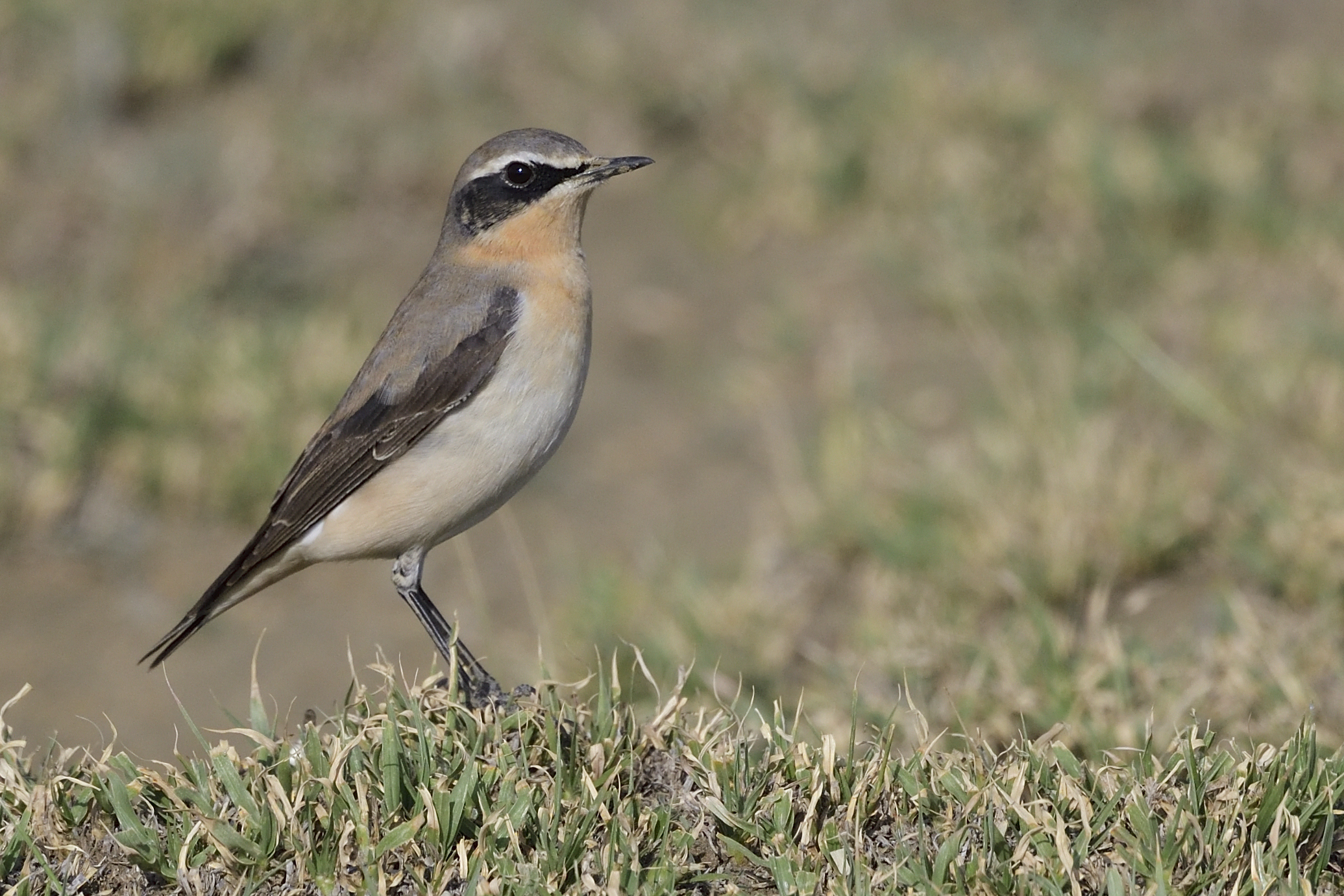
Northern Wheatear, Oenanthe oenanthe
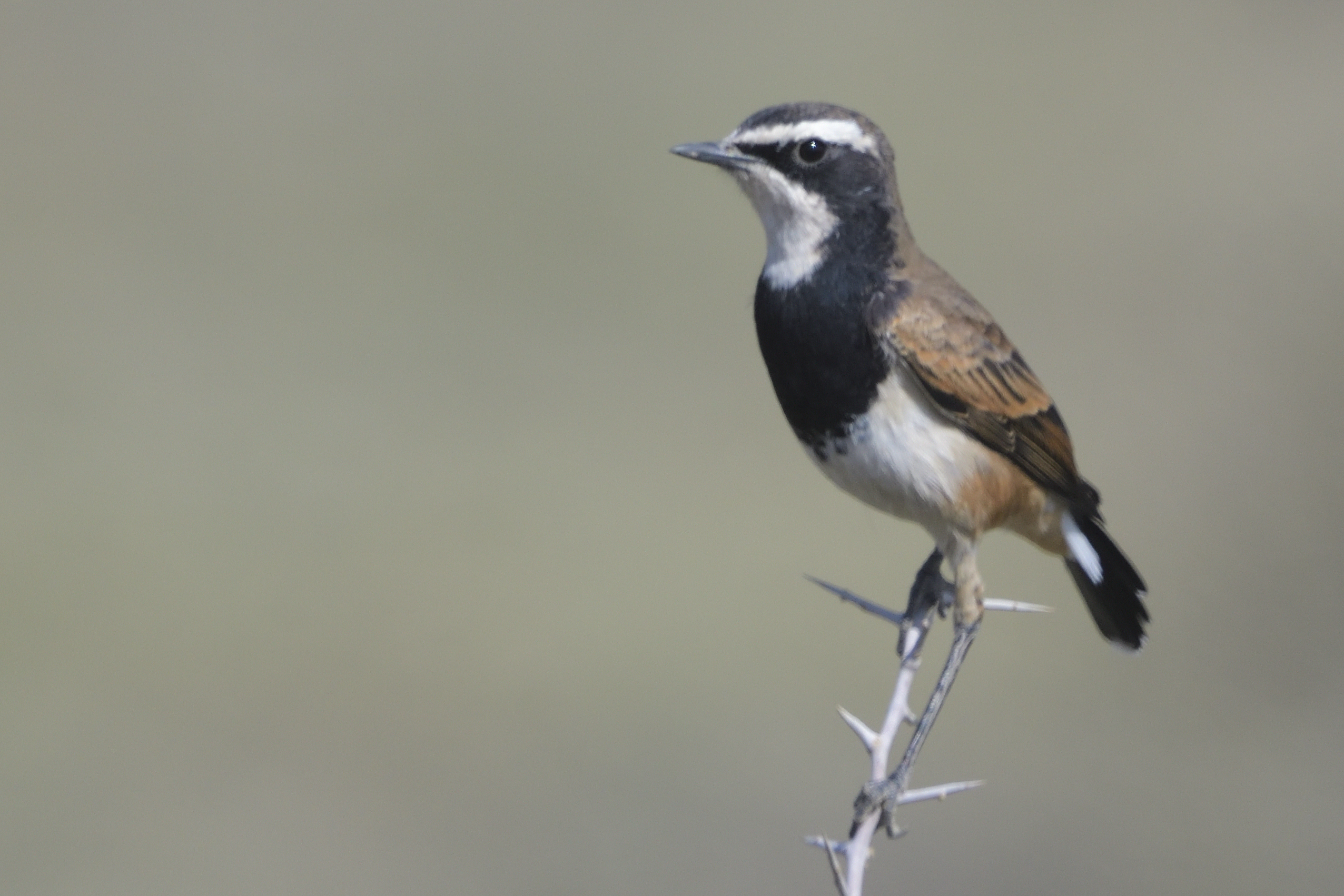
Capped Wheatear, Oenanthe pileata
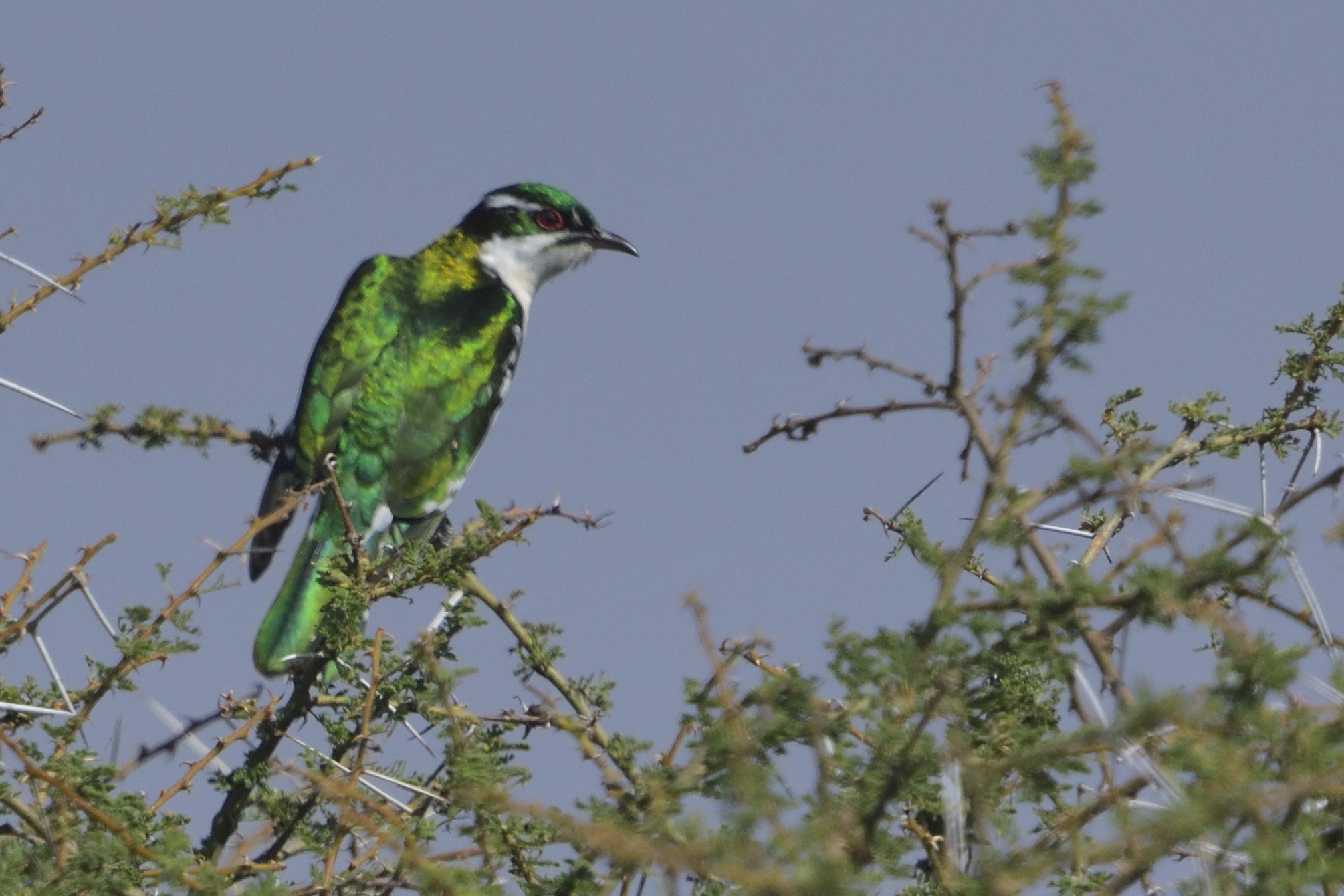
Diederik Cuckoo, Chrysococcyx caprius
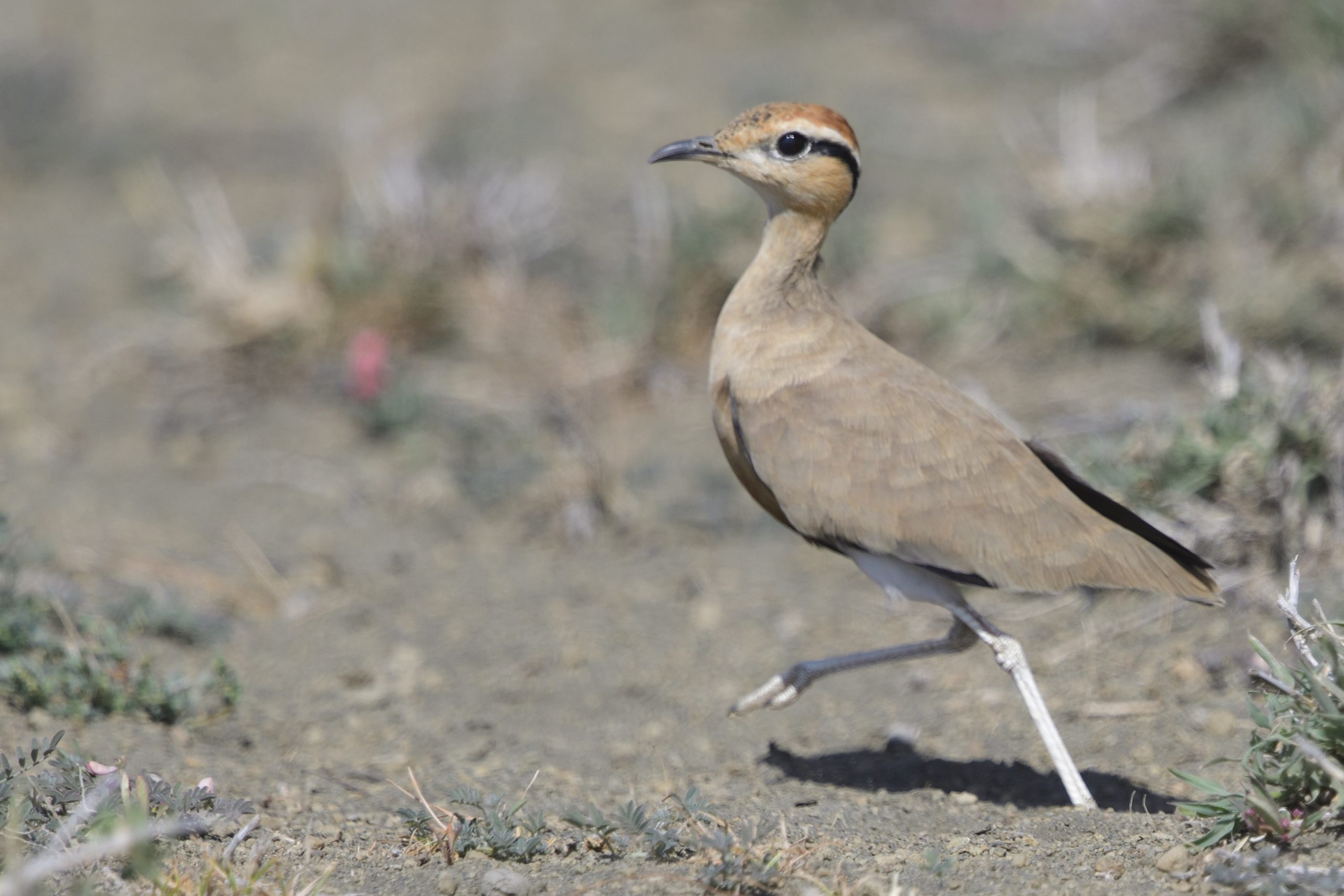
Temminck´s Courser, Cursorius temminckii
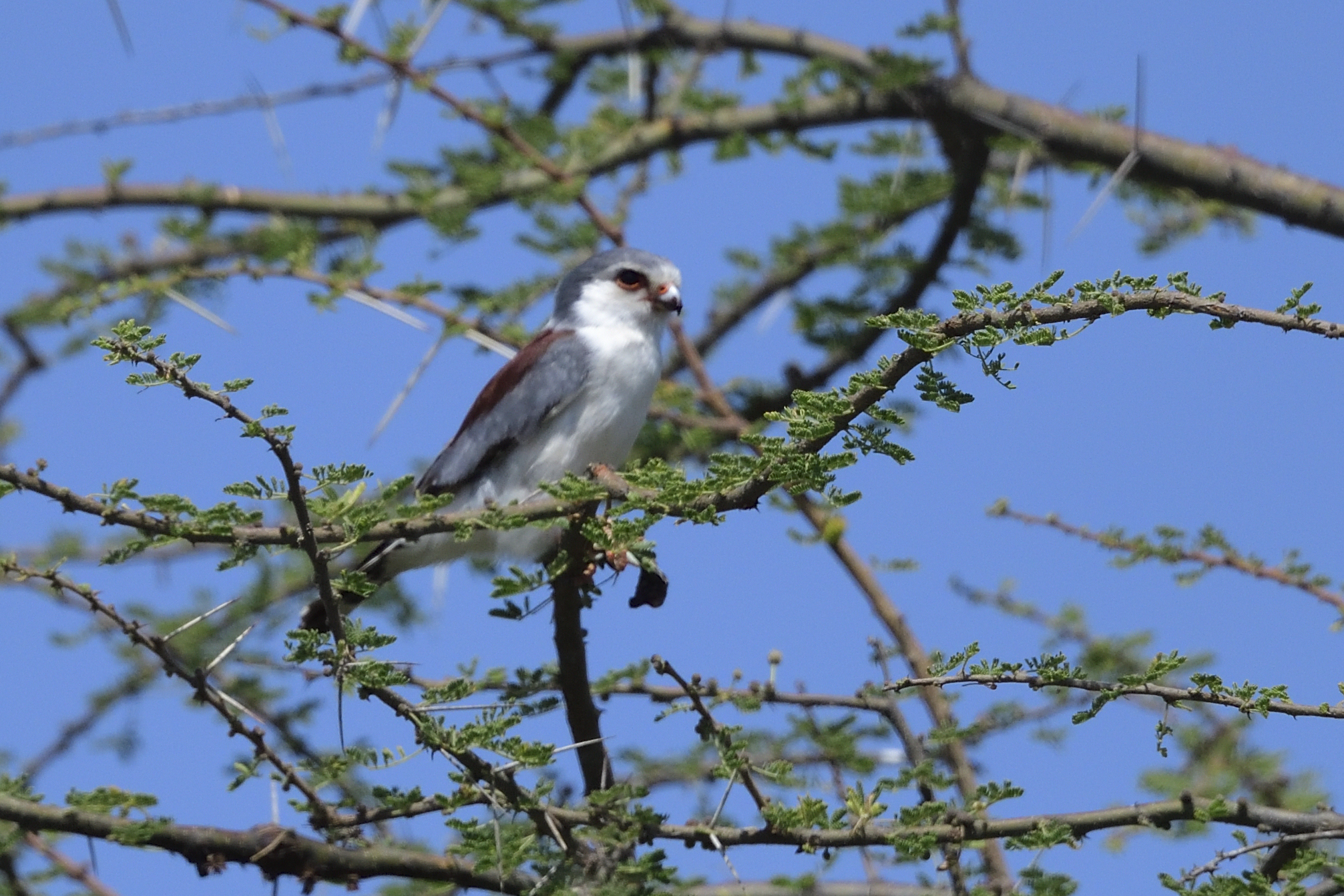
Pygmy Falcon, Polihierax semitorquatus
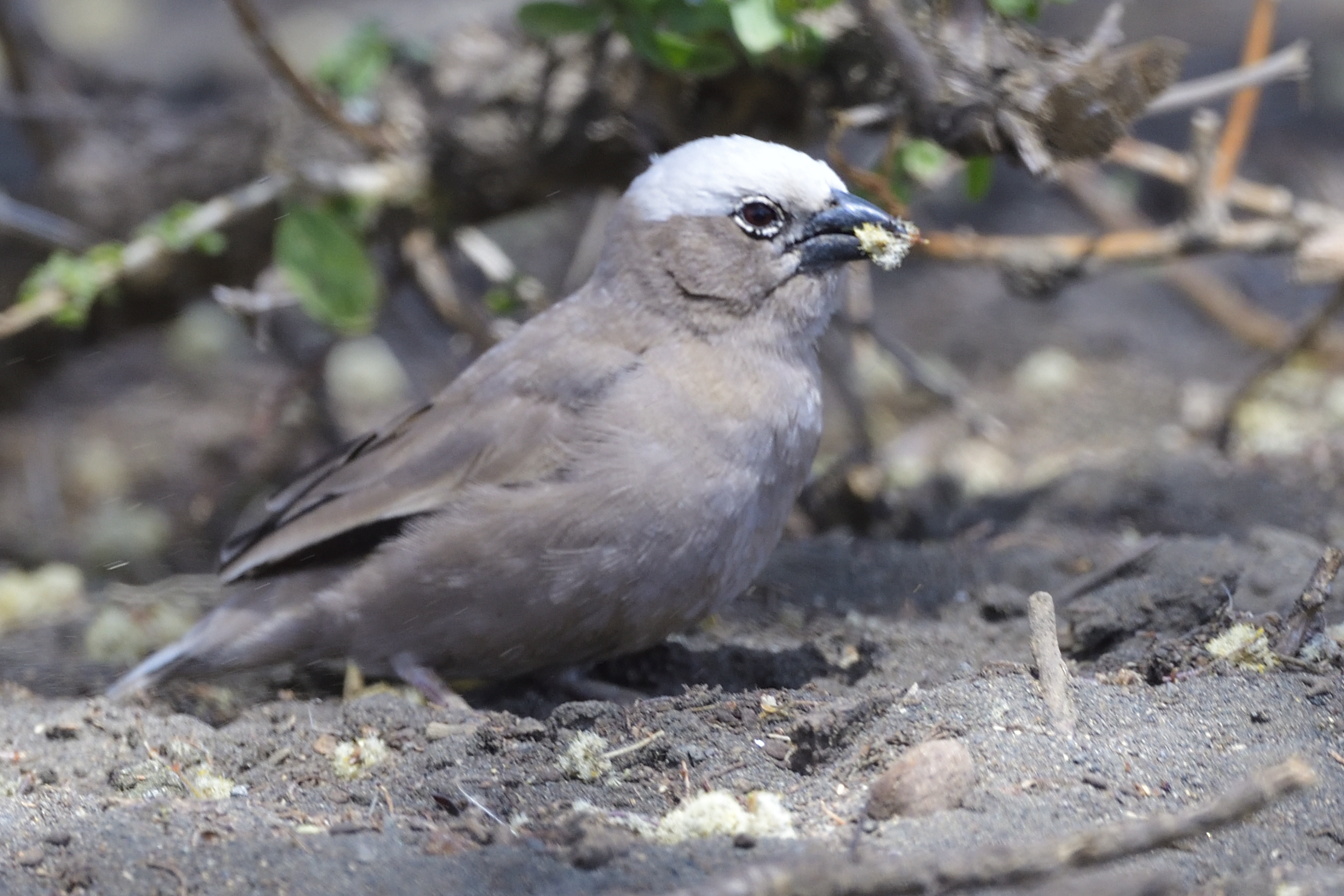
Grey-capped Social Weaver, Pseudonigrita arnaudi, Endemic to NE Africa
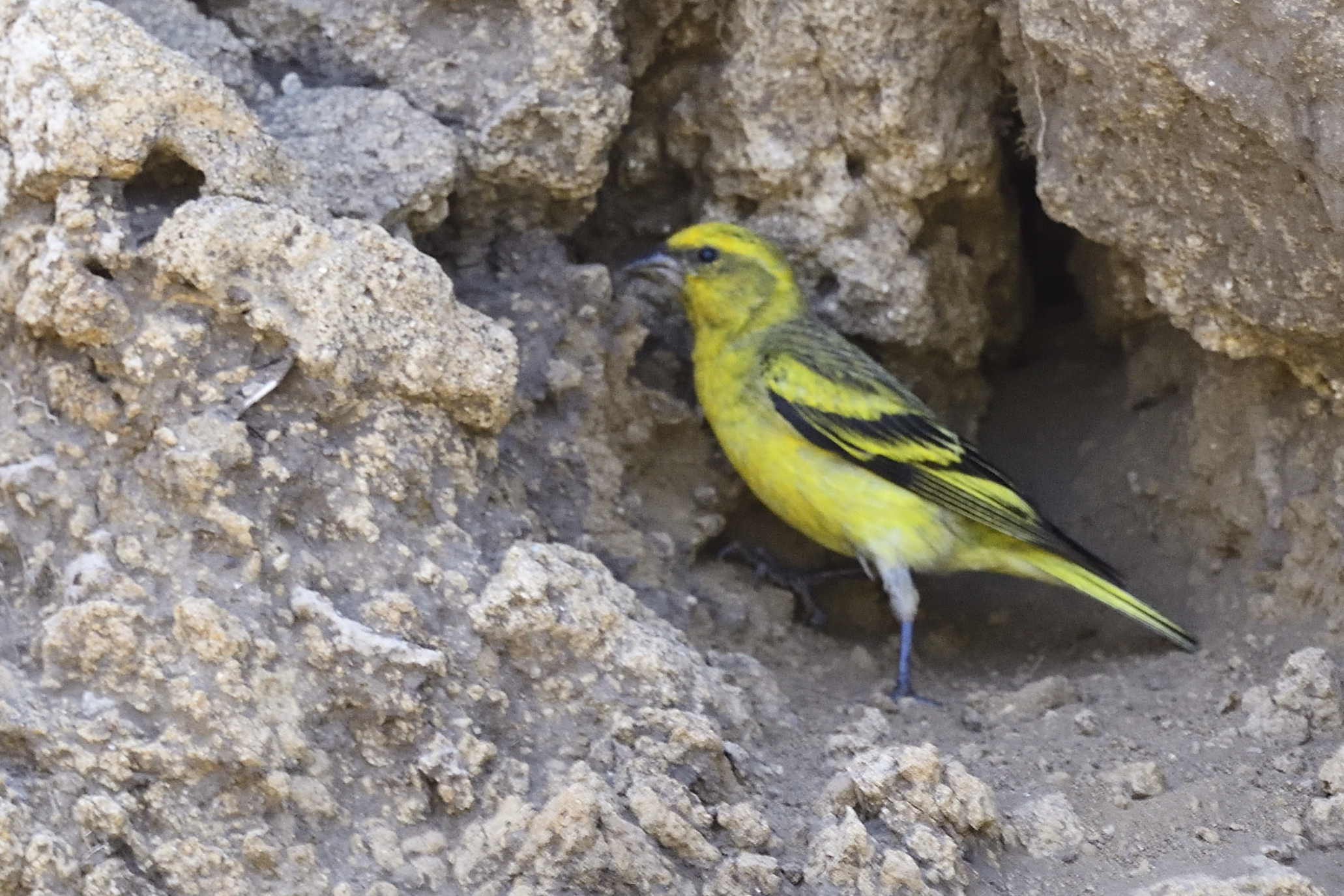
Yellow-crowned Canary, Serinus flavivertex
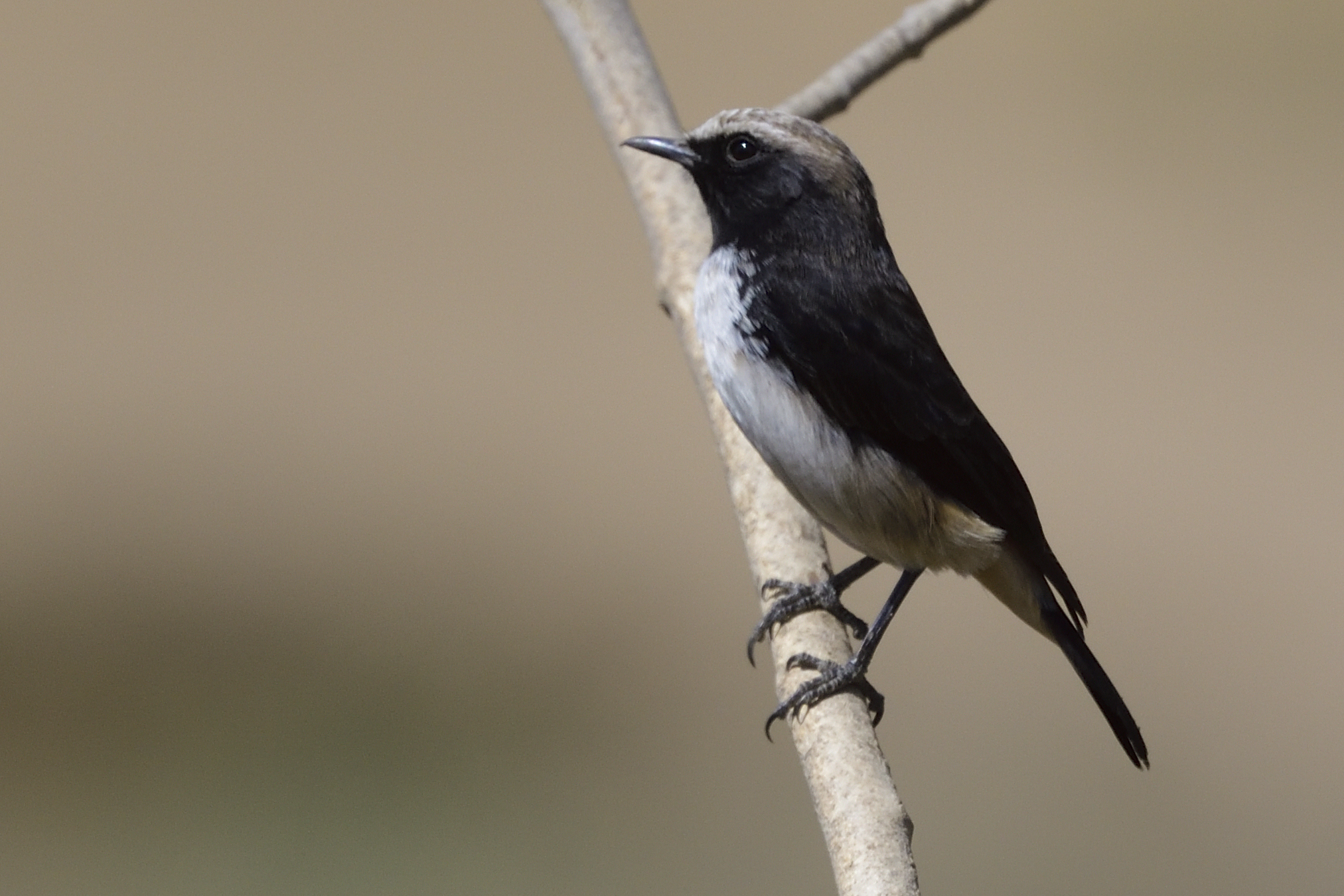
Schalow´s (Abyssinian) Wheatear, Oenanthe Schalowi
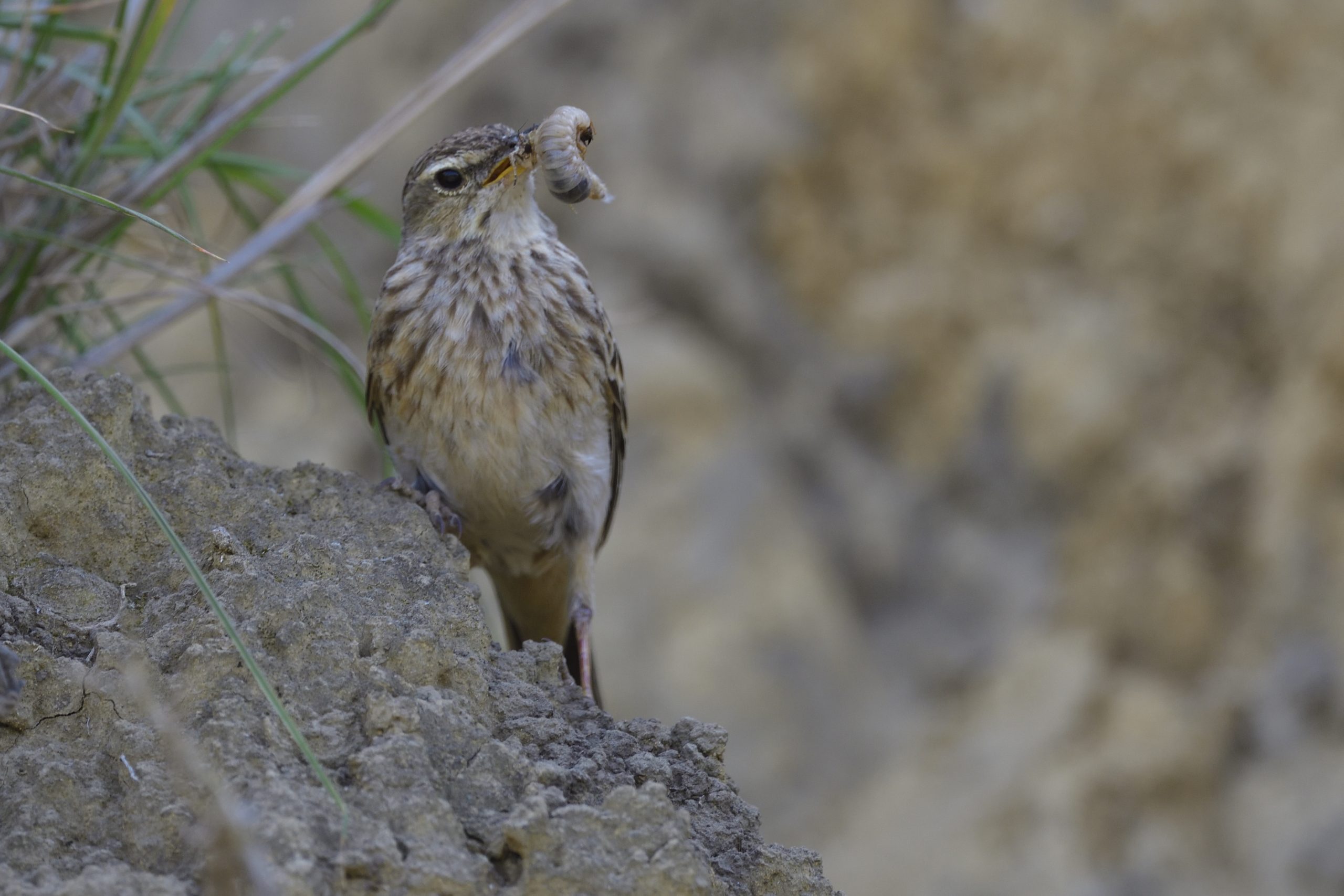
Long-billed Pipit, Anthus similis
Day 3, February 18, Tarangire National Park
We started early this morning. The entrance to Tarangire NP is a little more than 2 hours drive from my house. After we passed Makuyuni, I asked the boys to start to look for Abdim´s Stork. I have seen it a few times in that area and sure enough, I soon spotted a flock. The next bird we stopped for were a juvenile Lanner Falcon. We took off from the main road and stopped at a spot before the gate. Swahili Sparrow, Red-billed Buffalo Weaver, Silverbird and Rufous-tailed Weaver were some of the birds we added. We drove towards the gate and stopped for Blue-capped Cordon-bleu. Other birds observed before the gate included Red-bellied Parrot, Knob-billed Duck and White-headed Buffalo Weaver. We were at the gate around 09:00 and I told the boys to bird at the entrance gate while I organized the entrance fees. Top bird spotted: White-headed Vulture. The payment went quick and we were soon driving in the park. Here are some of the new birds we picked up before breakfast: Yellow-collared Lovebird, Marabou Stork, Pearl-spotted Owlet, Lilac-breasted Roller, Coqui Francolin (heard only), European Roller, Desert Cisticola, Speckle-fronted Weaver, Bateleur, Buff-crested Bustard, Ashy Starling, Striped Kingfisher, Double-banded Courser, African Hoopoe, Red-necked Spurfowl, Orange-breasted Bushshrike, Abyssinian Scimitarbill and Red-chested Cuckoo. While having breakfast, we had Ashy Starling and White-headed Buffalo Weaver eating crumbles between our legs :-). While visiting the toilet, I also got a close up of a Swahili Sparrow. After breakfast, we continued to our lunch spot. On the way we picked up amongst others: Slate-coloured Boubou, Spur-winged Lapwing, Water Thick-knee, Black-winged Kite, Nubian Woodpecker, Eastern Grey Woodpecker, African Fish Eagle, Northern Red-billed Hornbill, Namaqua Dove, Common Ostrich and Grey Crowned Crane. We reached our lunch spot at around 12:30. We spent about an hour at the lunch spot and were on our way again around 13:30. New birds registered on the way out included Fischer´s Sparrow-Lark, Spotted Thick-knee, Common Kestrel, Beautiful Sunbird, a juvenile Bateleur, Magpie Shrike, Yellow-necked Spurfowl and Northern White-crowned Shrike. We reached the gate at around 16:00, took a 5 minutes break and then continued to Karatu. I were in Karatu in November with my English friends. We then stayed at an over priced Hotel. This time, we had found a reasonable guest house. However; they did not serve dinner. We were recommended a restaurant probably dedicated for Wazungu (White people). It was a long long walk and I got more and more irritated for every other restaurant we passed. We finally found the restaurant. Let´s put it this way. they had prices for white people, but the quality of the food were not on par. I had some serious stomach problems the day after :-). Another change from last time we were in Karatu were that we did the Ngorongoro crater rim last time (with the cost involved). Isaac Kilusu, a good friend, recommended me to try a trail just 5 km from Karatu called the Endoro trail. Expectations were high for the day after.
Some pictures from Day 3 in Tarangire:
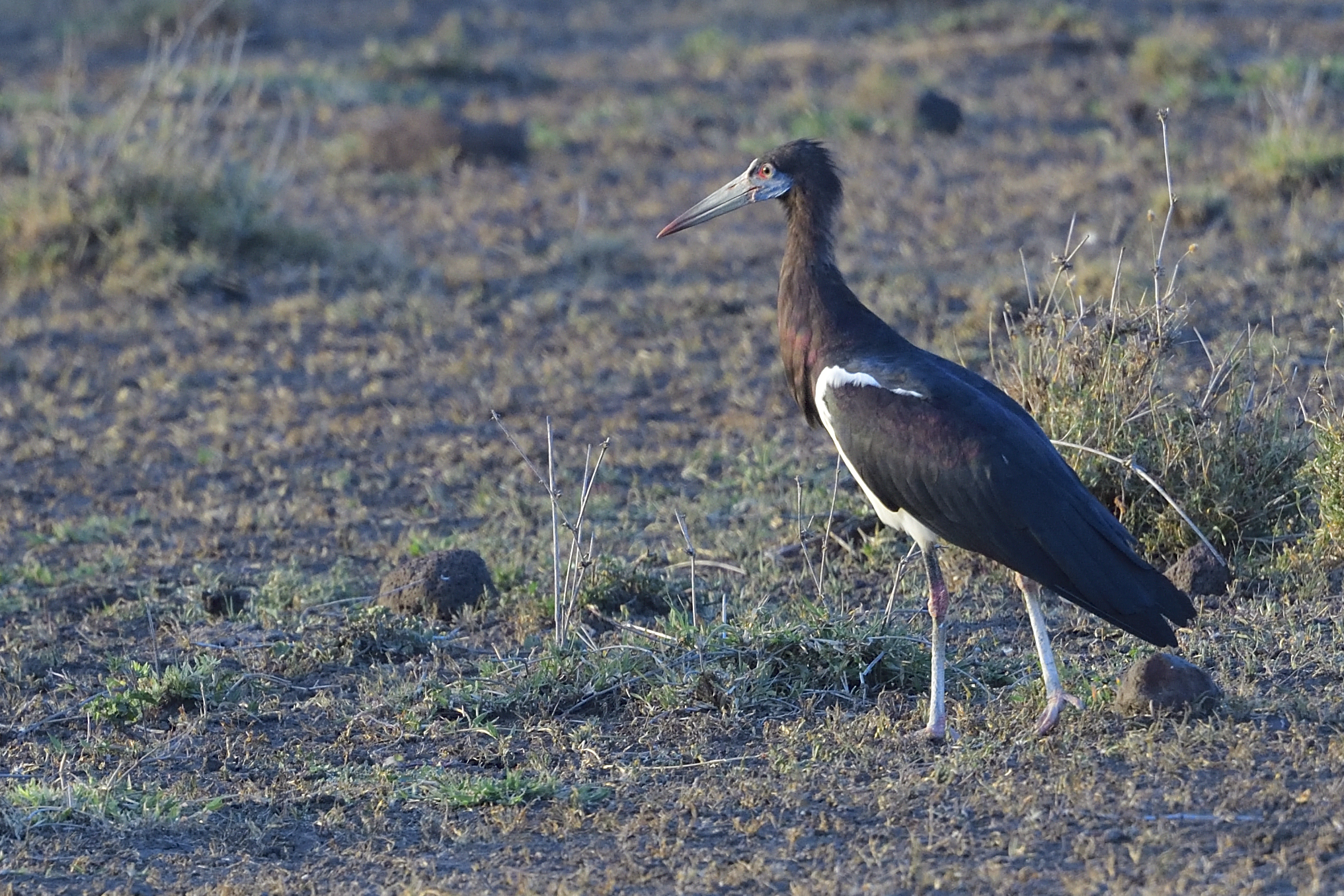
Abdim´s Stork, Ciconia abdimii
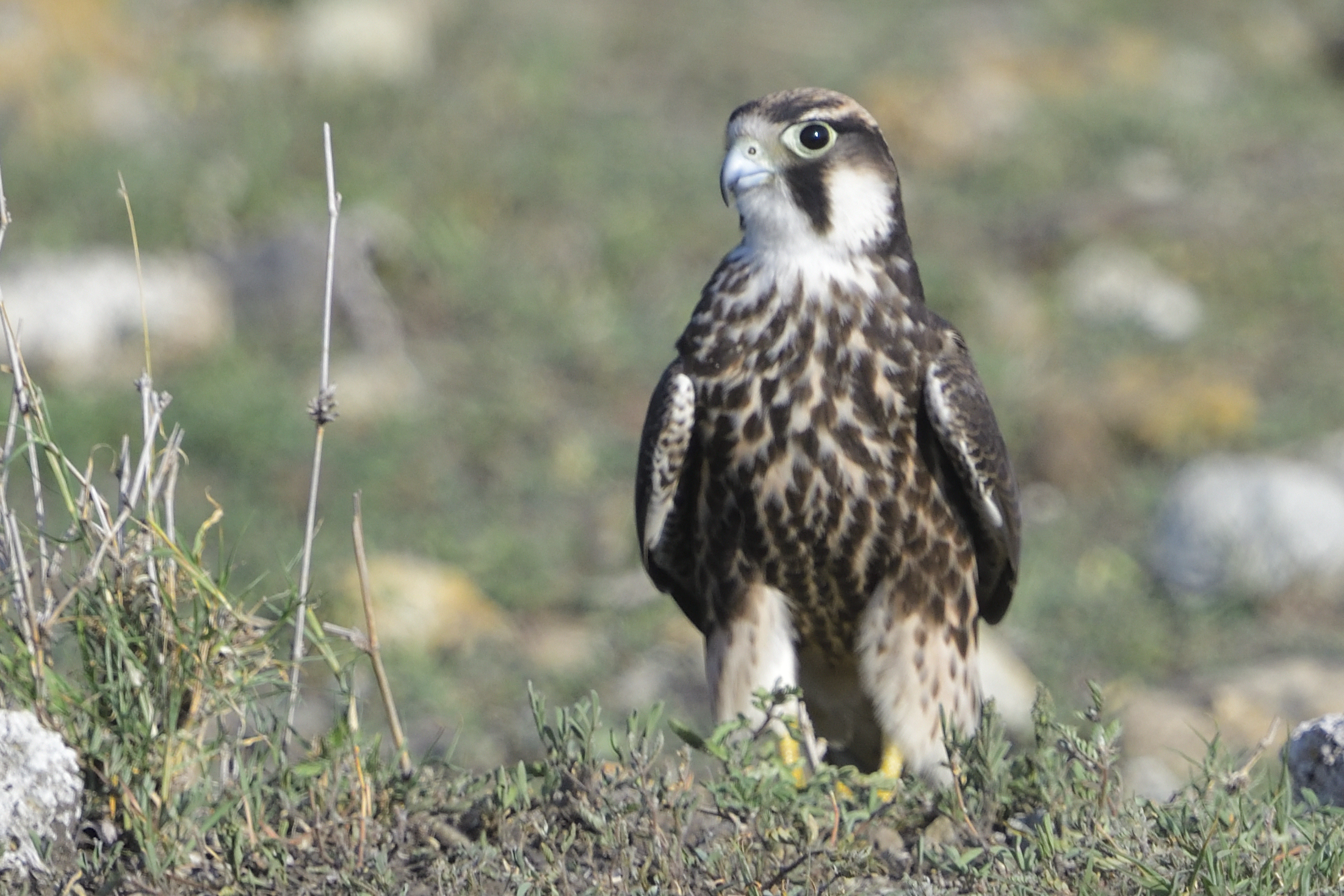
Lanner Falcon (juvenile), Falco biarmicus
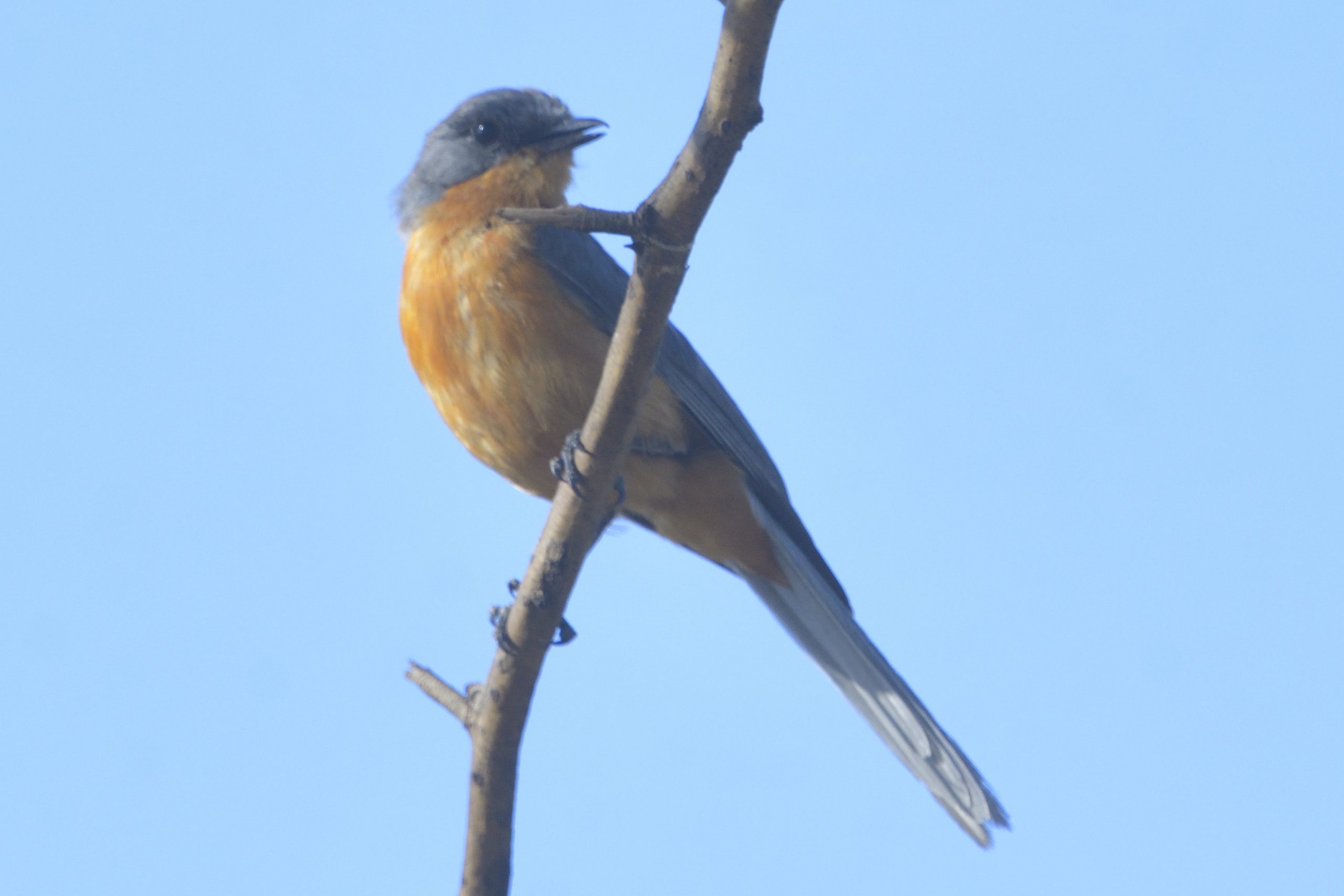
Silverbird, Empidornis semipartitus, Localised endemic to EC Africa
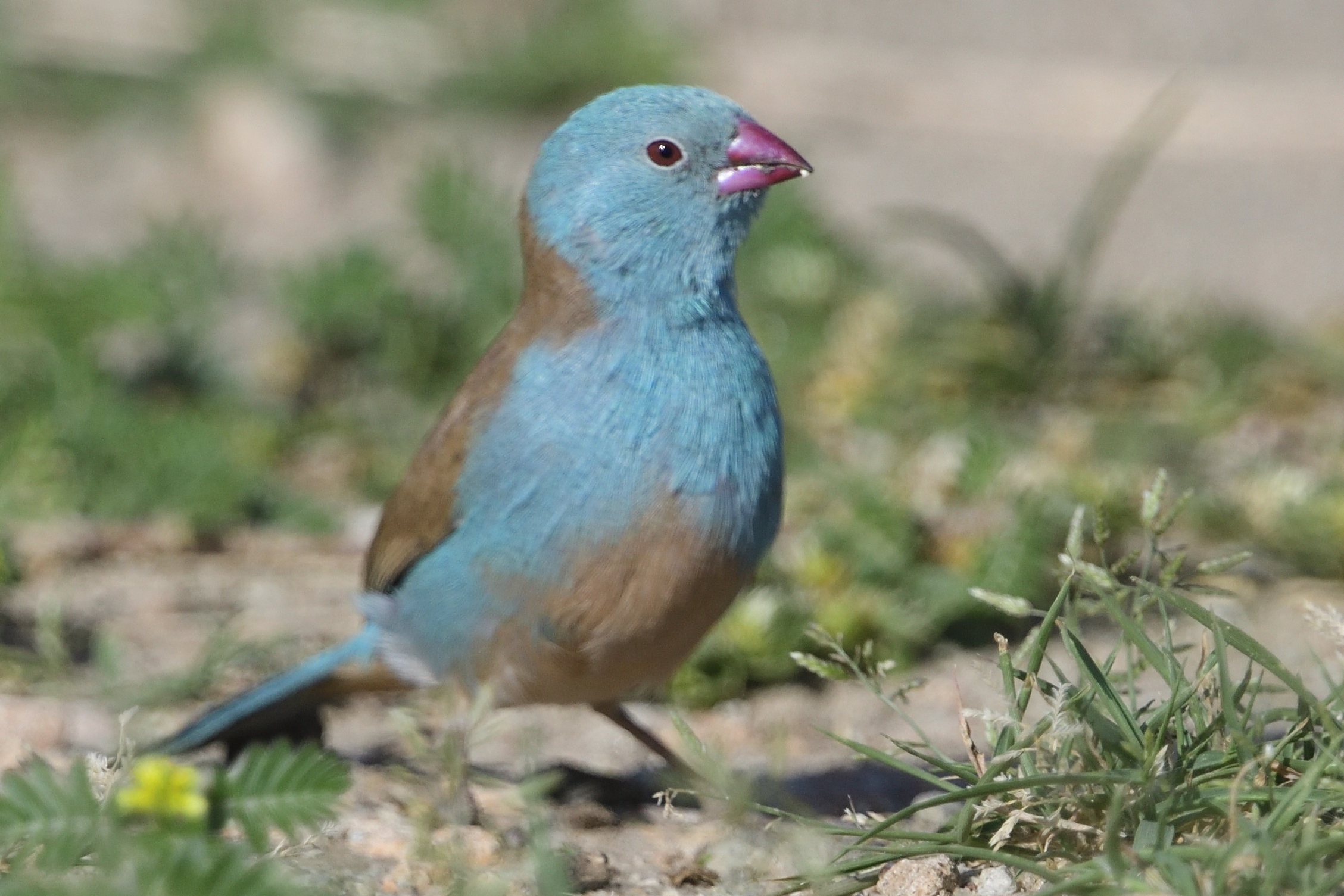
Blue-capped Cordon-bleu, Uraeginthus cyanocephalus, Endemic to NE Africa
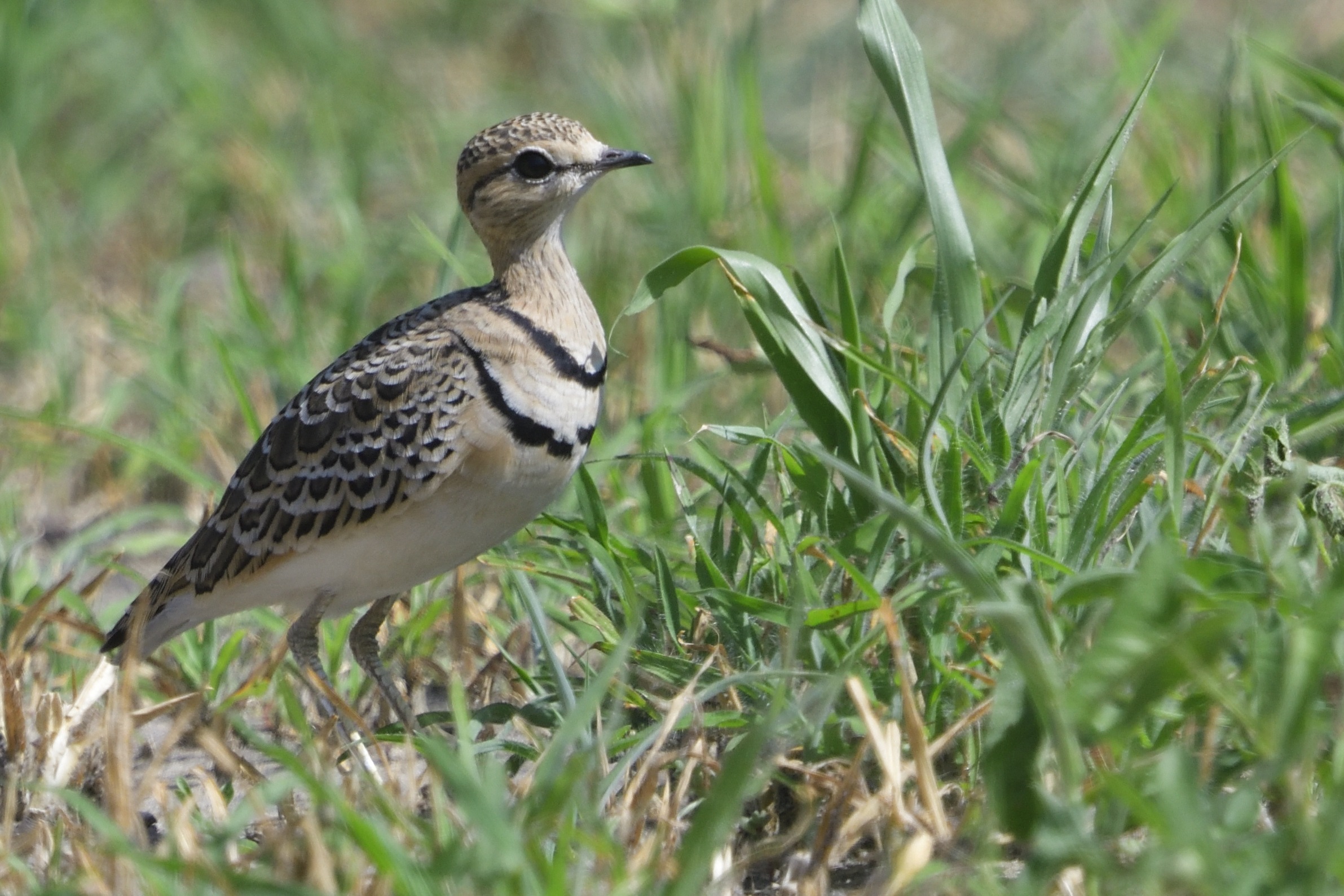
Double-banded Courser, Rhinoptilus africanus
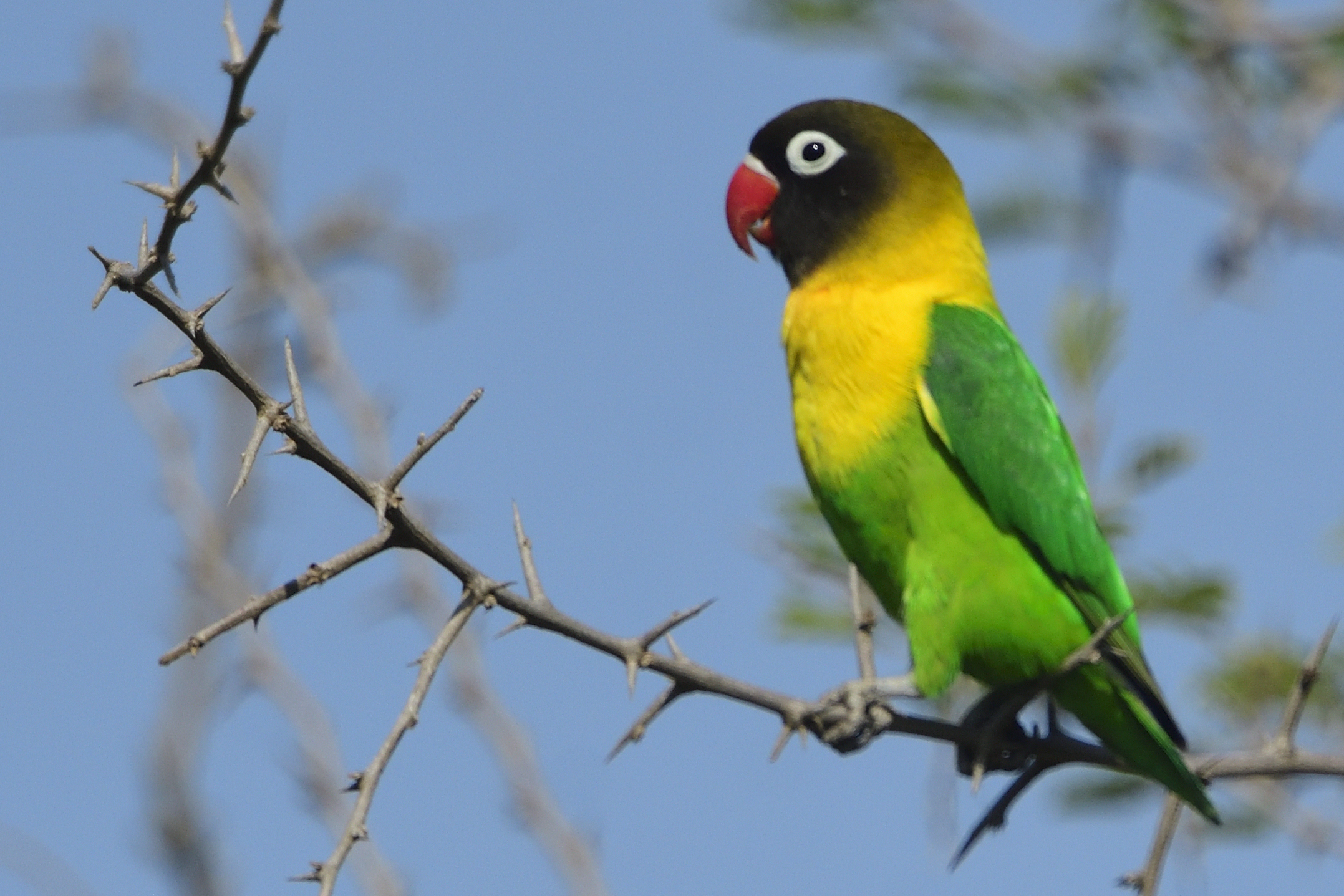
Yellow-collared Lovebird, Agapornis personatus, Endemic to East Africa
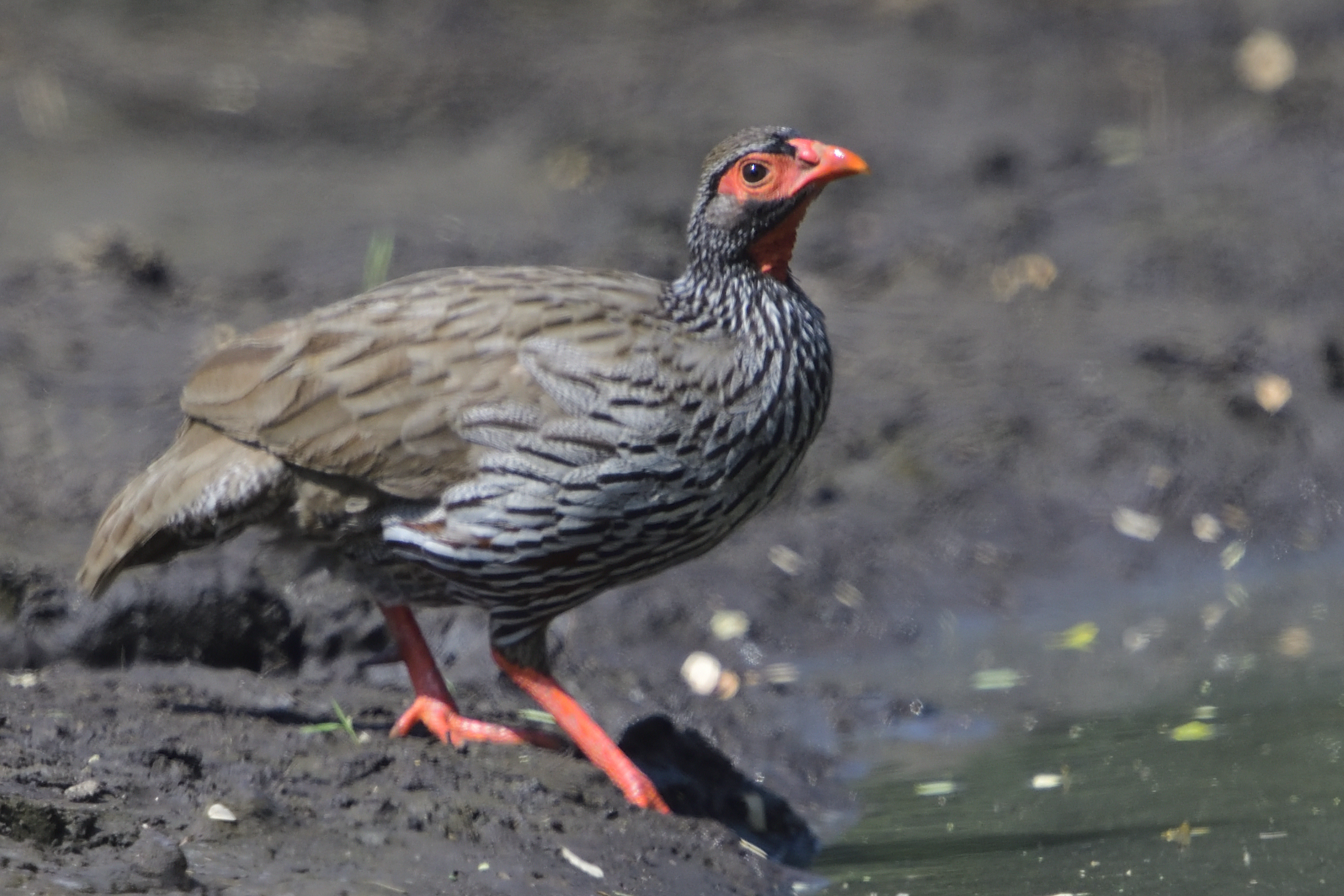
Red-necked Spurfowl, Pternistis afer
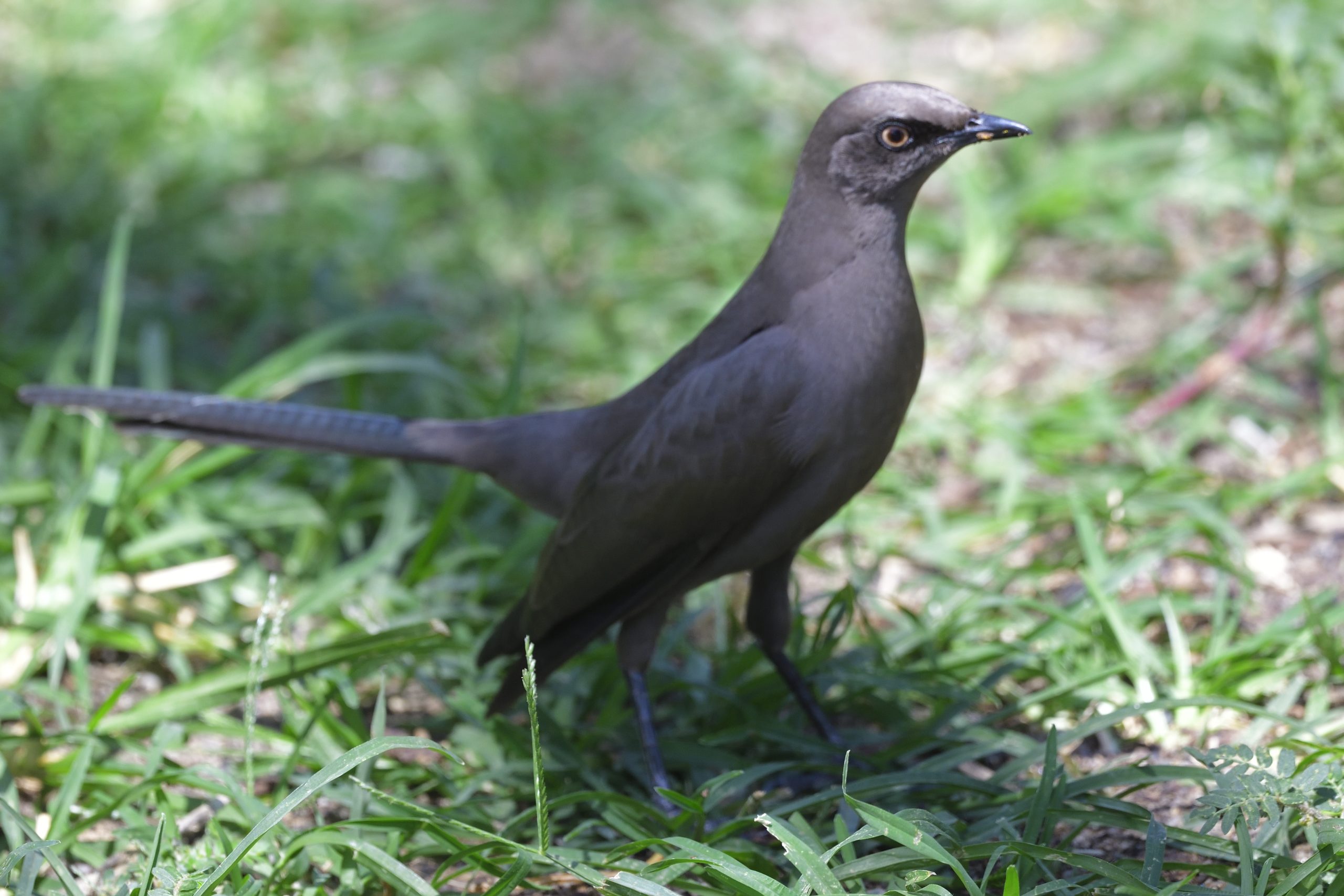
Ashy Starling, Lamprotornis unicolor, Endemic to Tanzania
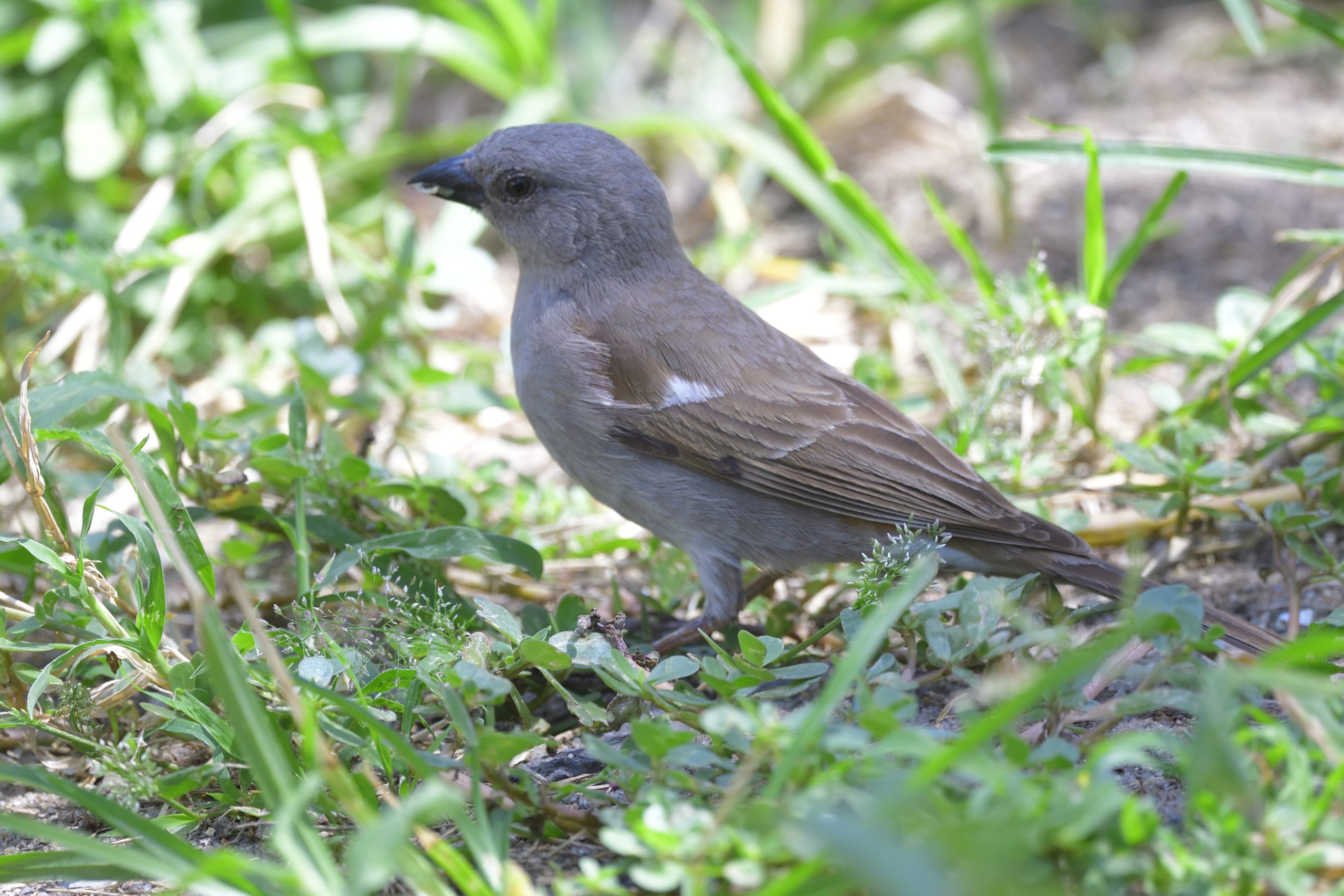
Swahili Sparrow, Passer suahelicus
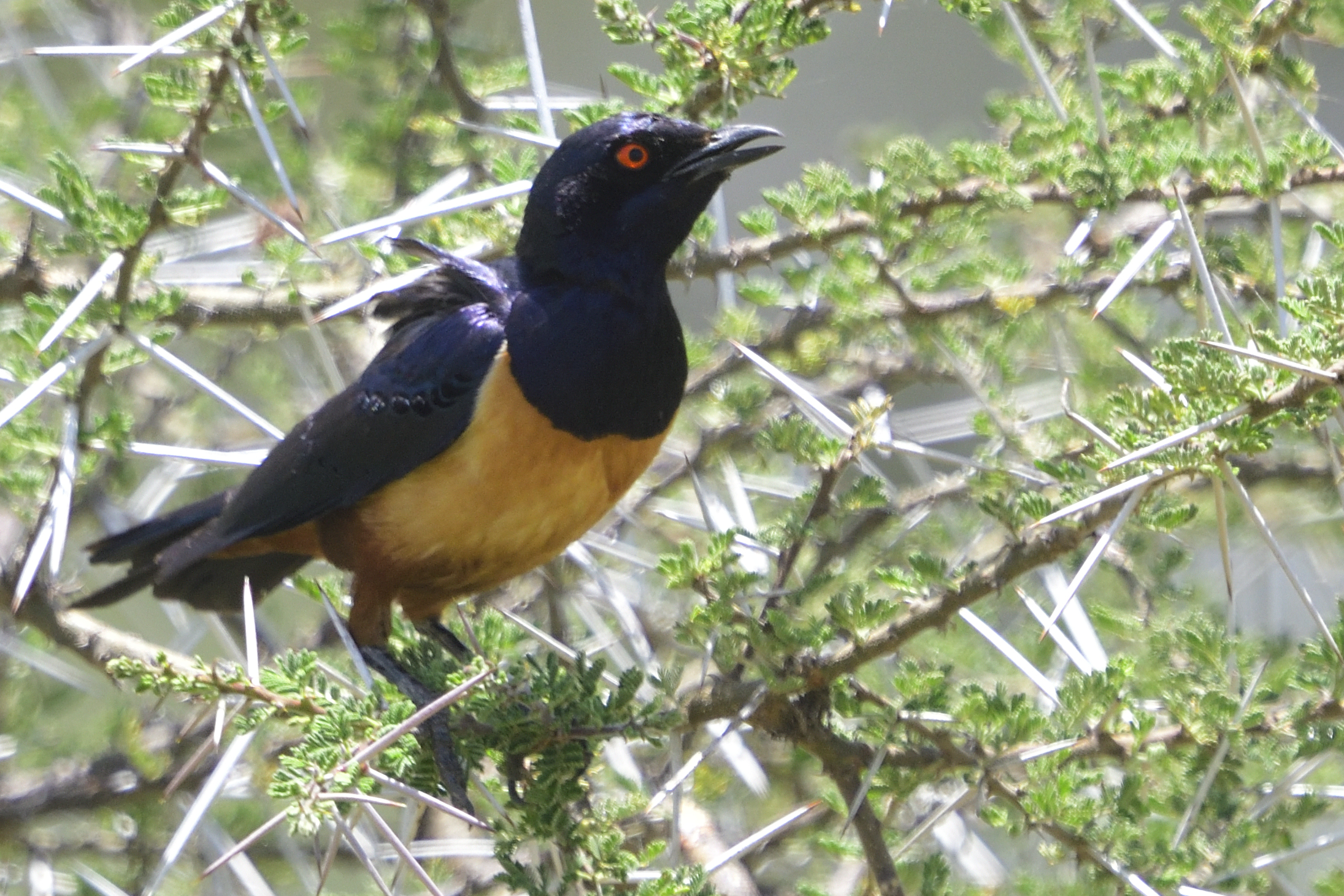
Hildebrandt´s Starling, Lamprotornis hildebrandti, Endemic to East Africa
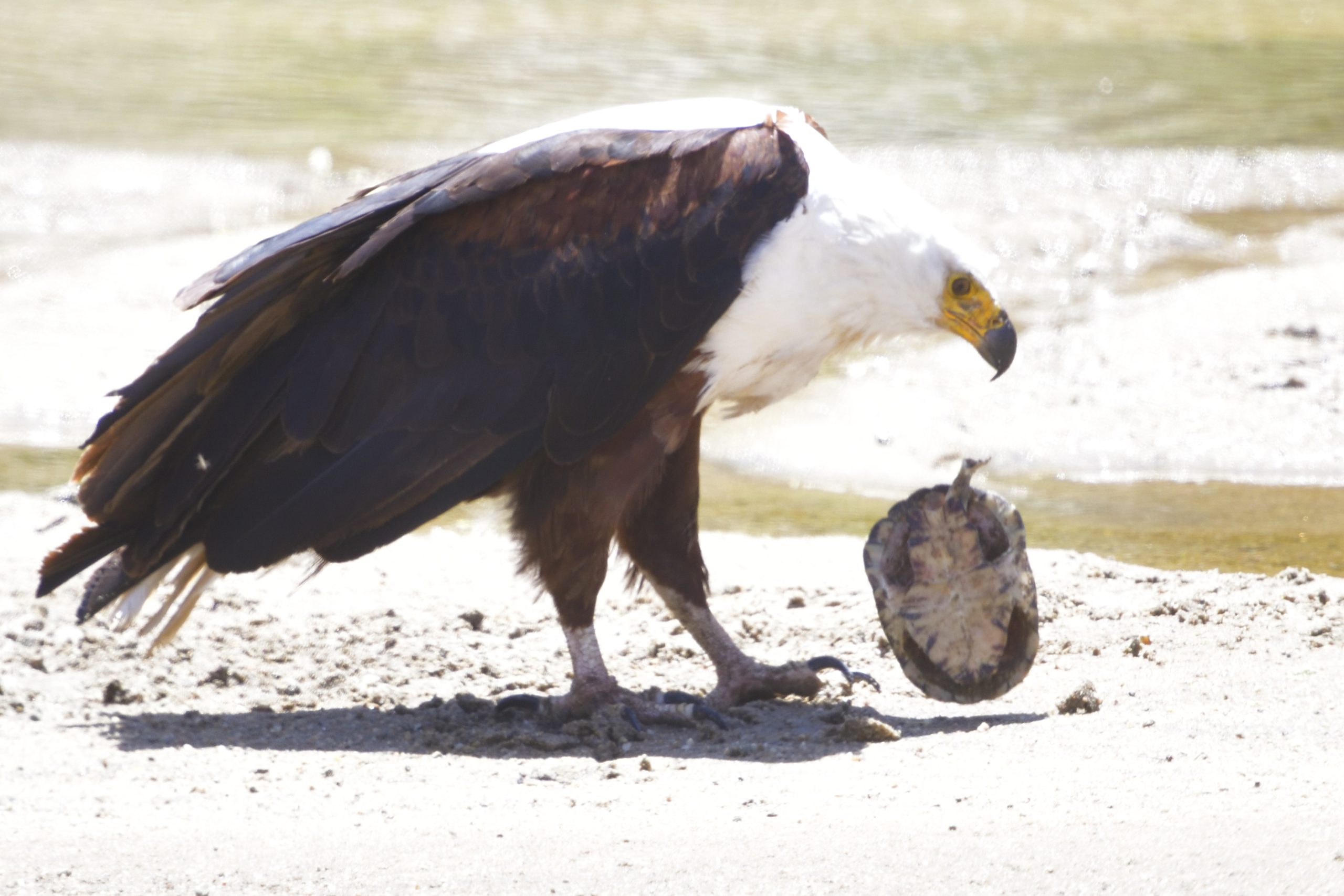
African Fish Eagle, Haliaeetus vocifer
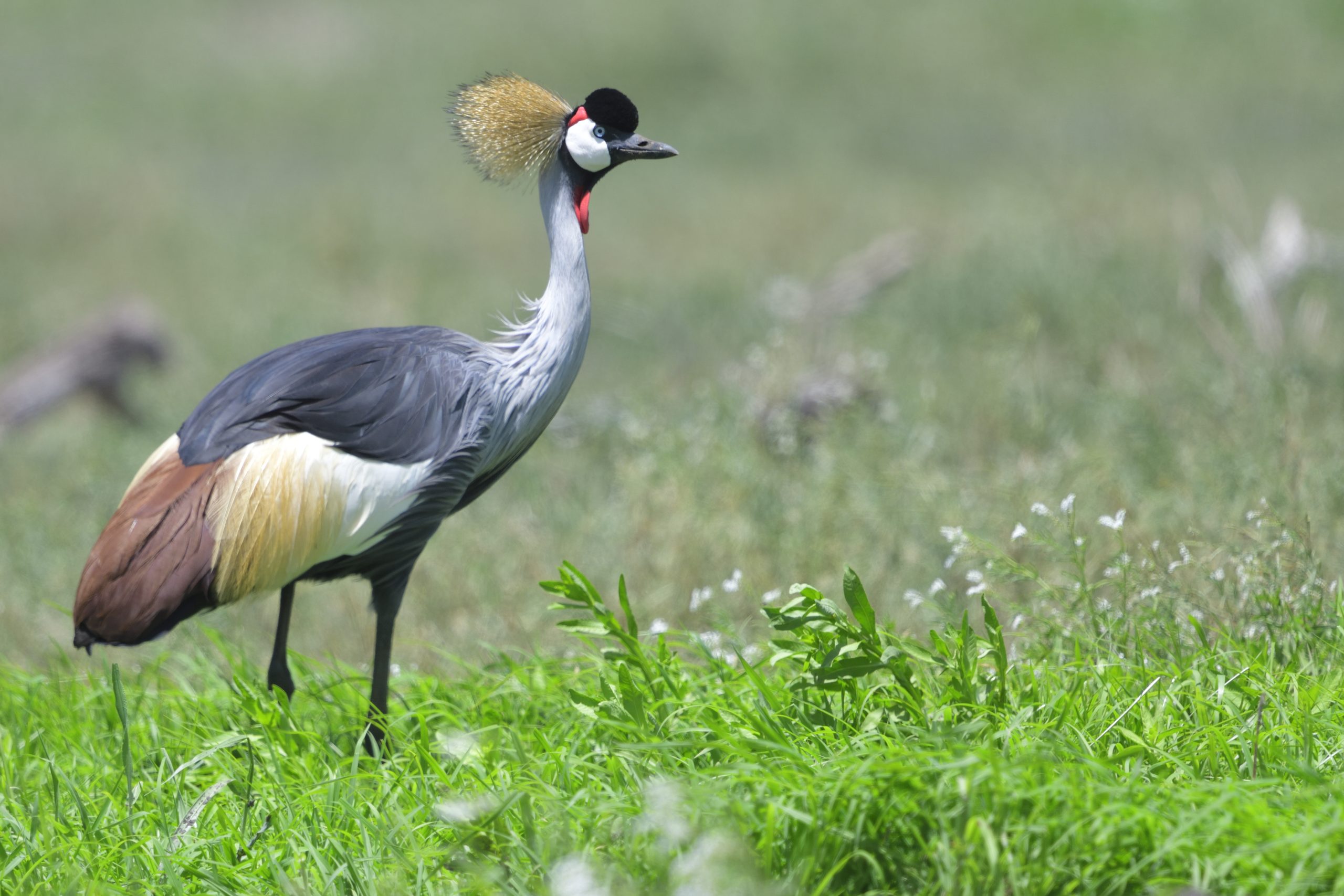
Grey Crowned Crane, Balearica regulorum
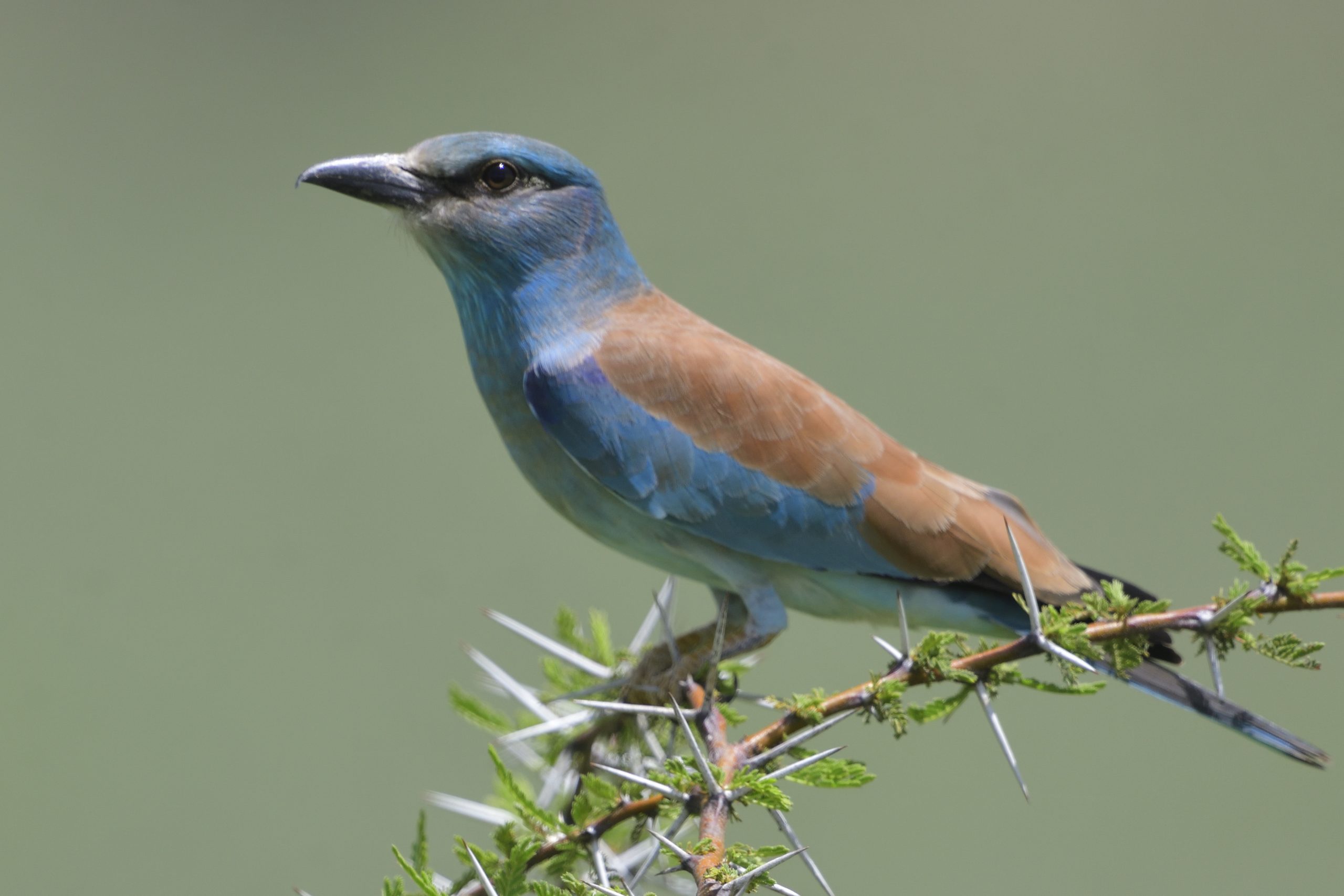
European Roller, Coracias garrulus
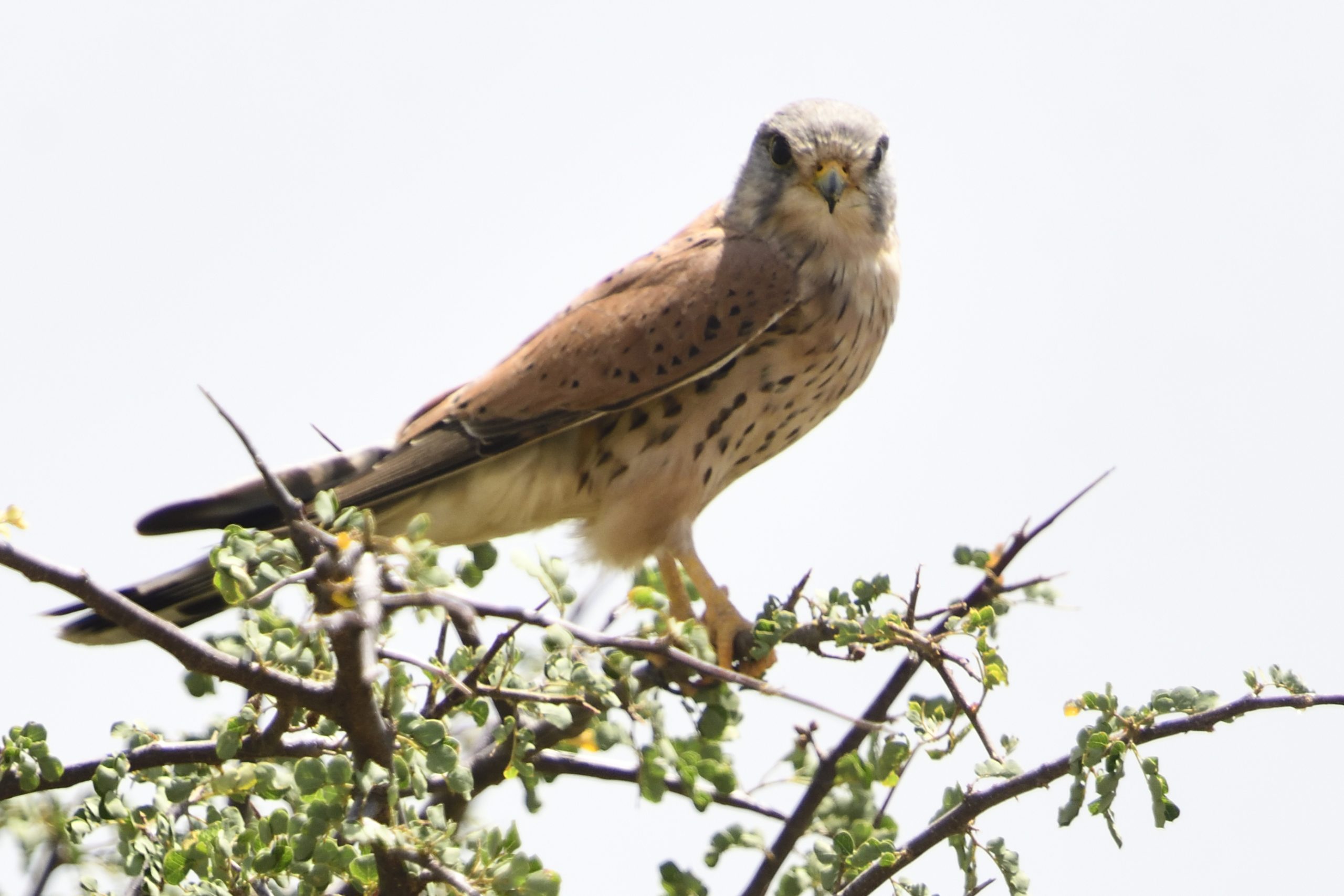
Common Kestrel, Falco tinnunculus
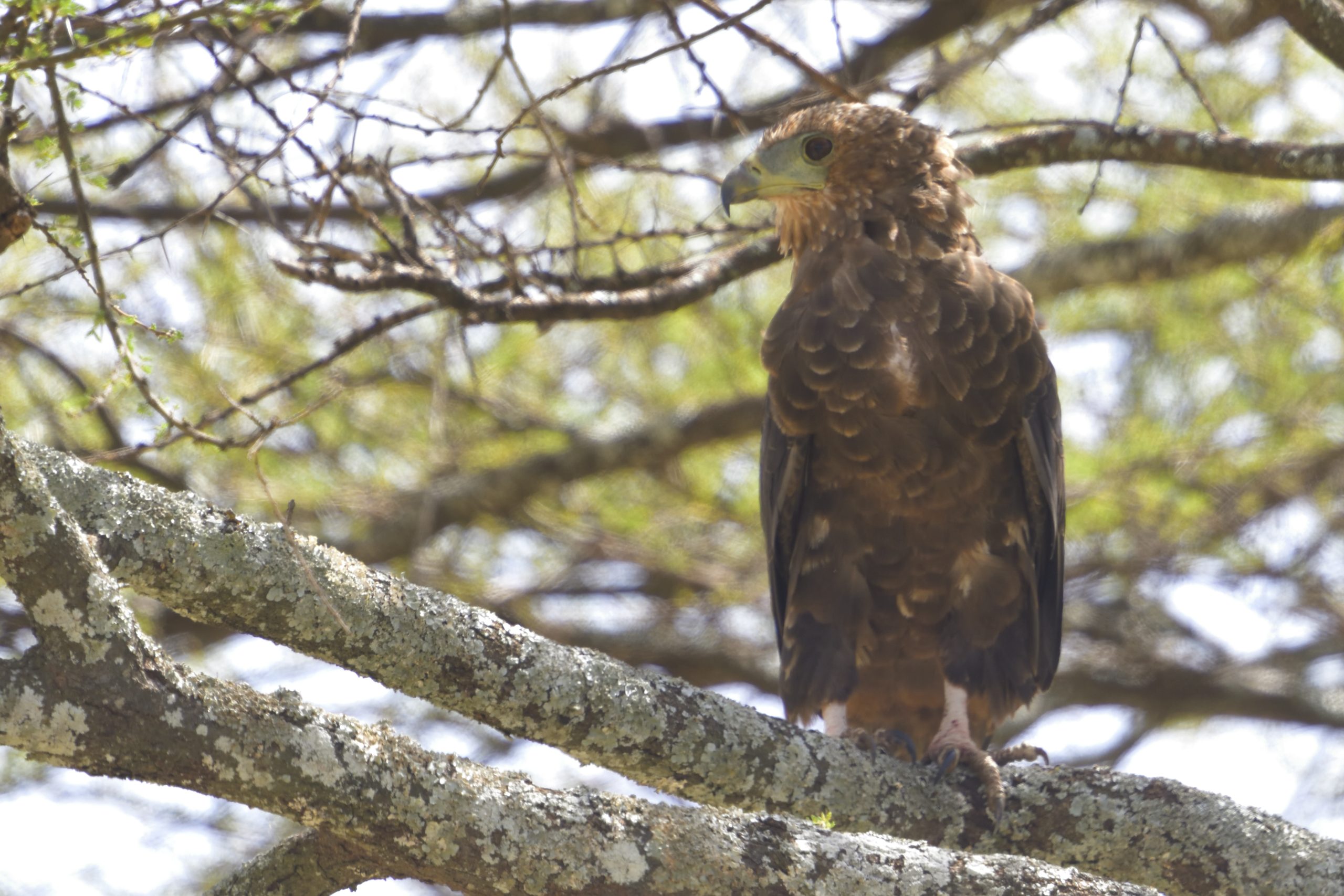
Bateleur (Juvenile), Terathopius ecaudatus
Day 4, February 19, 2023: Endoro Trail Near Karatu
Our guide Immi showed at our guesthouse at appointed time. As mentioned, it were only a 5 km drive to the head of the trail. I were a little irritated that the gate were closed. Immi reassured me that there were good birding up to the head of the offical trail. Here are some of the birds we registered on the way up to the office: Cape Robin-Chat, Baglafecht Weaver, Grey-capped Warbler, Cardinal Woodpecker, Garden Warbler, African Emerald Cuckoo (TZ picture lifer for me), Grey-backed Camaroptera, White-browed Robin-Chat, Black-backed Puffback, Nubian Woodpecker, Red-fronted Tinkerbird, Brown-headed Apalis, Schalow´s Turaco (EA picture lifer for me) and Spectackled Weaver. We were now at the office and Immi had arranged for us to keep going on our own. Normally you need an armed ranger on the path. Just after the office, we had good opportunities to take pictures of Grey-capped Warbler and Brown-headed Apalis. We continued up the trail and here are some of the birds, we saw: Mountain Buzzard, Hildebrandt´s Spurfowl, White-tailed Blue Flycatcher, Black Cuckooshrike, Red-capped Robin-Chat, Thick-billed Seedeater, Mbulu White-eye, White-starred Robin, Black-throated Wattle-eye, Mountain Greenbul, Grey Cuckooshrike, Eastern Double-collared Sunbird. We had now reached the area were Immi meant it were a good opportunity to find our last target, the Purple-throated Cuckooshrike. We tried for a while, but no success. We were also getting late for breakfast, so i decided to turn and head back for the car. We were close to the office when we actually found a pair of Purple-throated Cuckooshrikes. The last new bird for the day were a Moustached Tinkerbird. I stopped at the office to pay our entrance fees. The others walked slowly down to the car. We had breakfast and started to drive back to my house. We returned safe, freshened up and had a nice dinner prepared by the ladies. I will certainly add the Endoro trail to my future trips, although we will settle for a rstaurant a little closer to the guesthouse :-).
Some pictures from Day 4, Endoro Trail
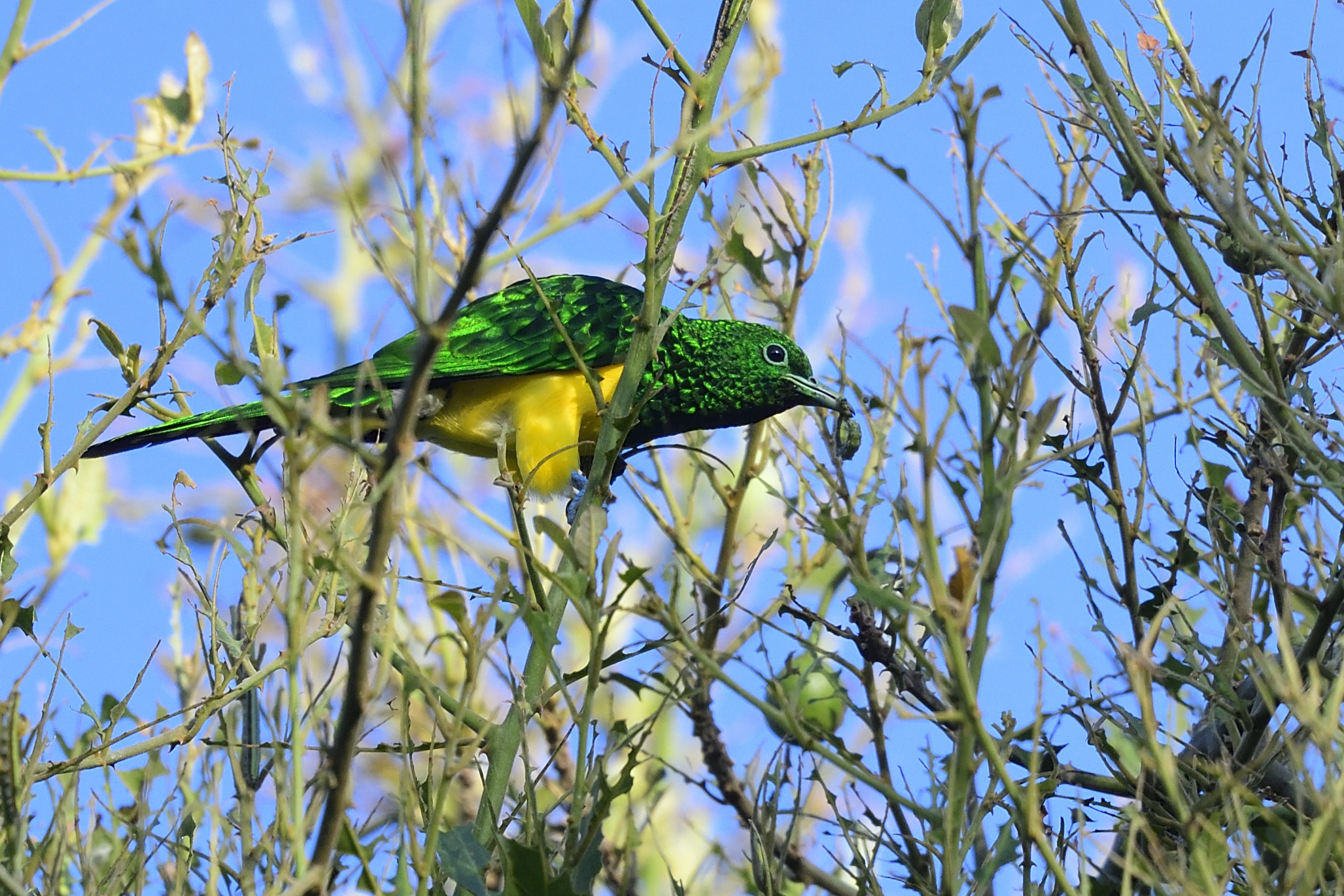
African Emerald Cuckoo, Chrysoccyx cupreus – TZ Picture lifer
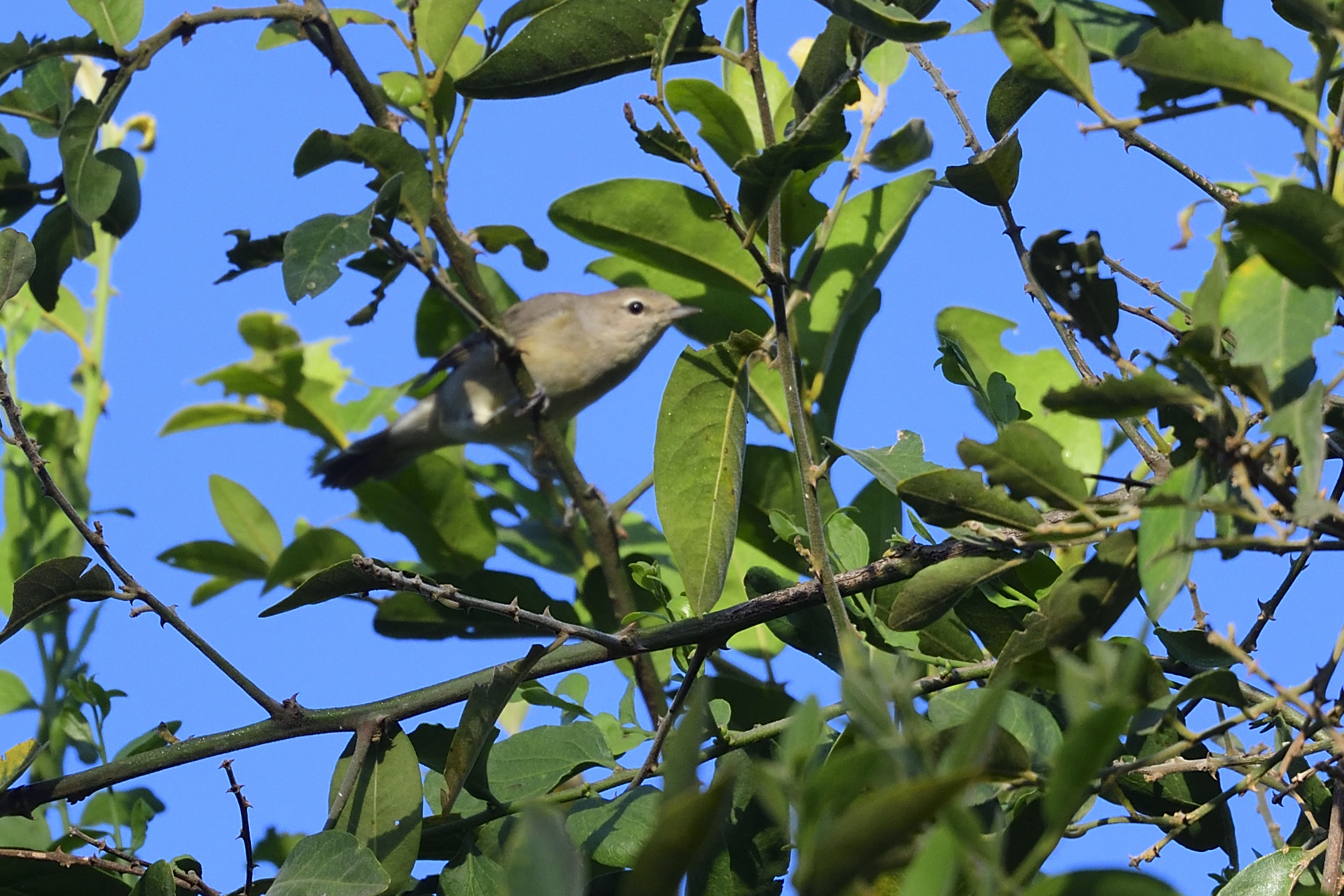
Garden Warbler, Sylvia borin
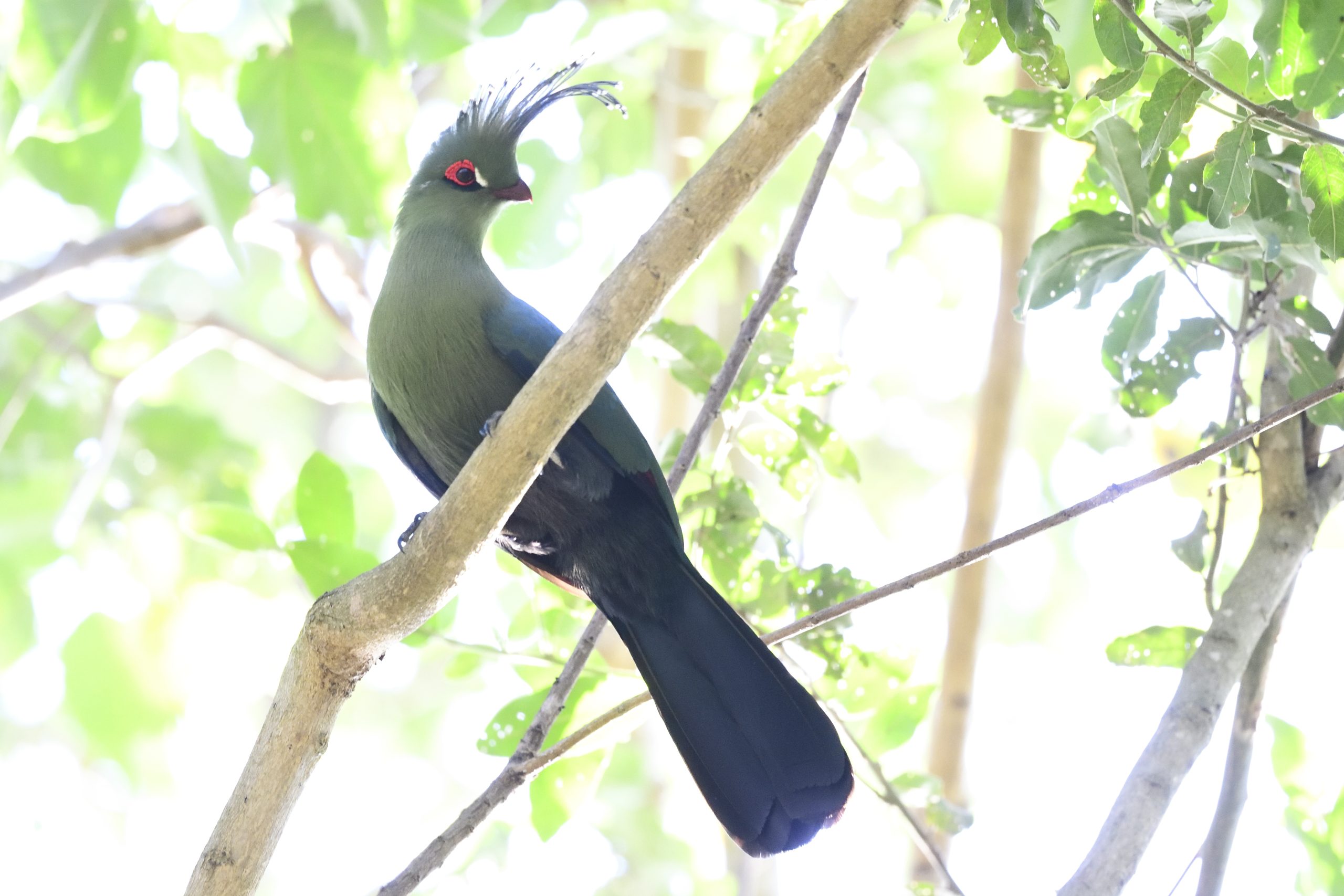
Schalow´s Turaco, Tauraco schalowi – East African Picture Lifer
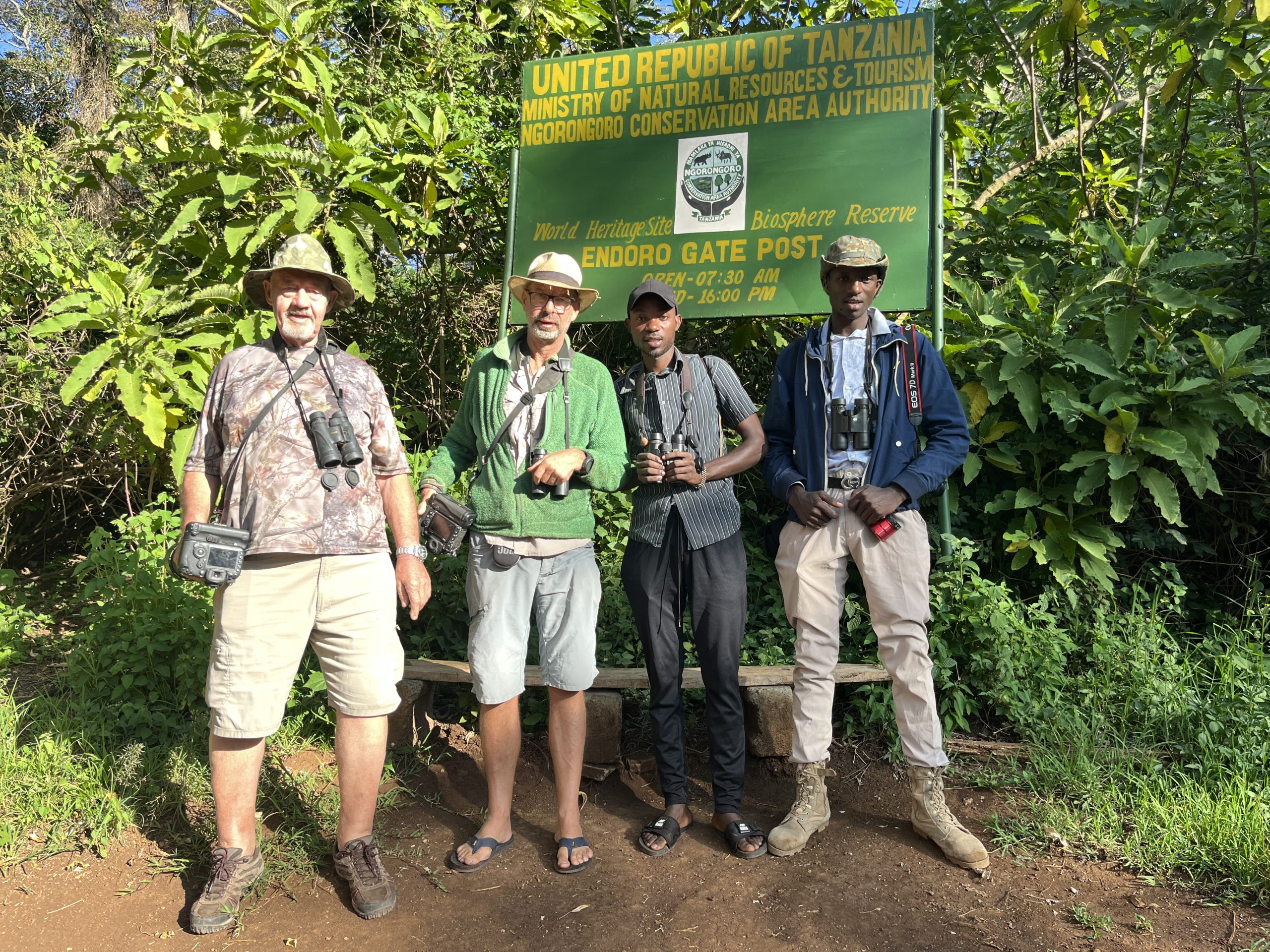
Jim, me, Dilenga and Apolloh at the head of the Endoro trail
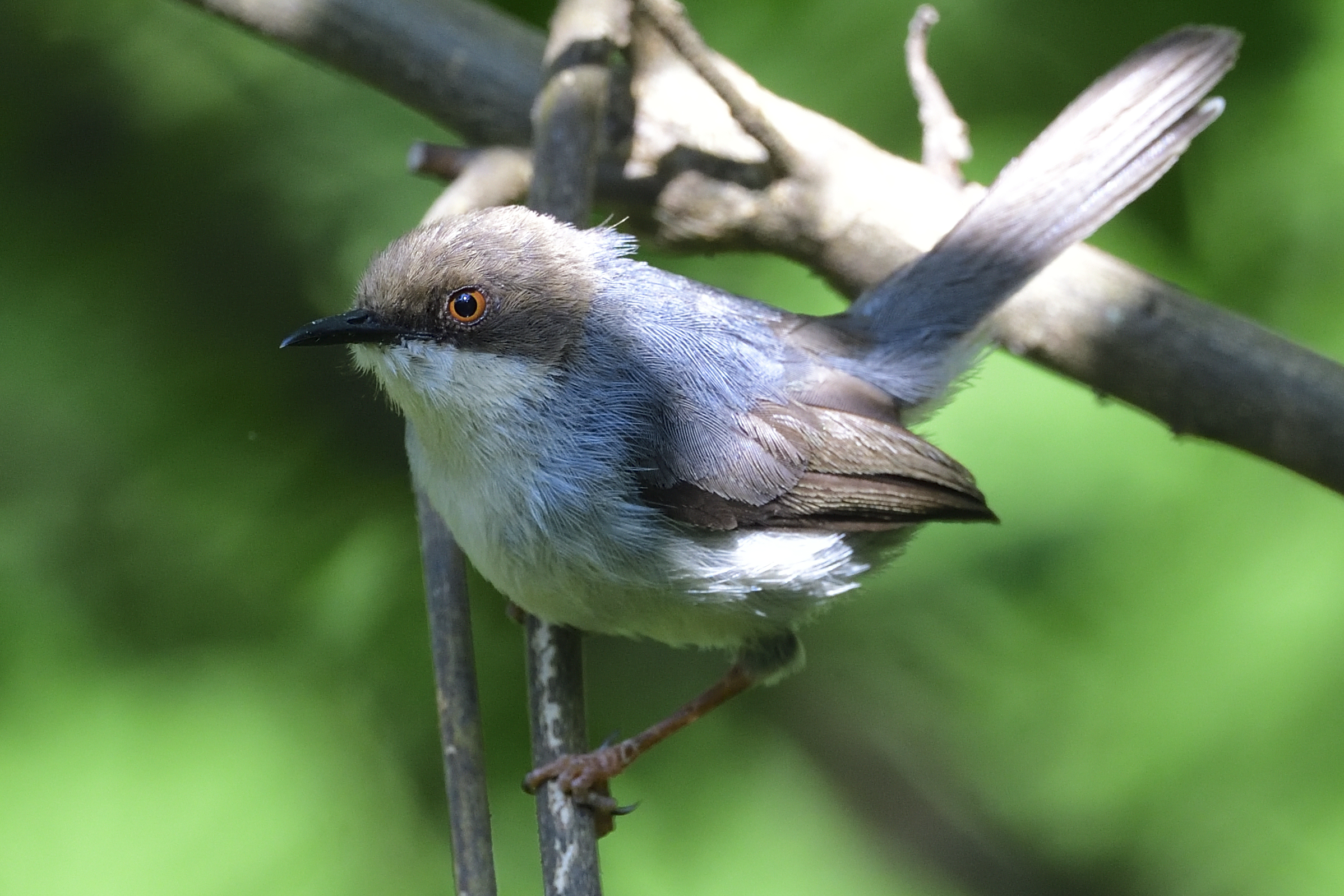
Brown-headed Apalis, Apalis alticola
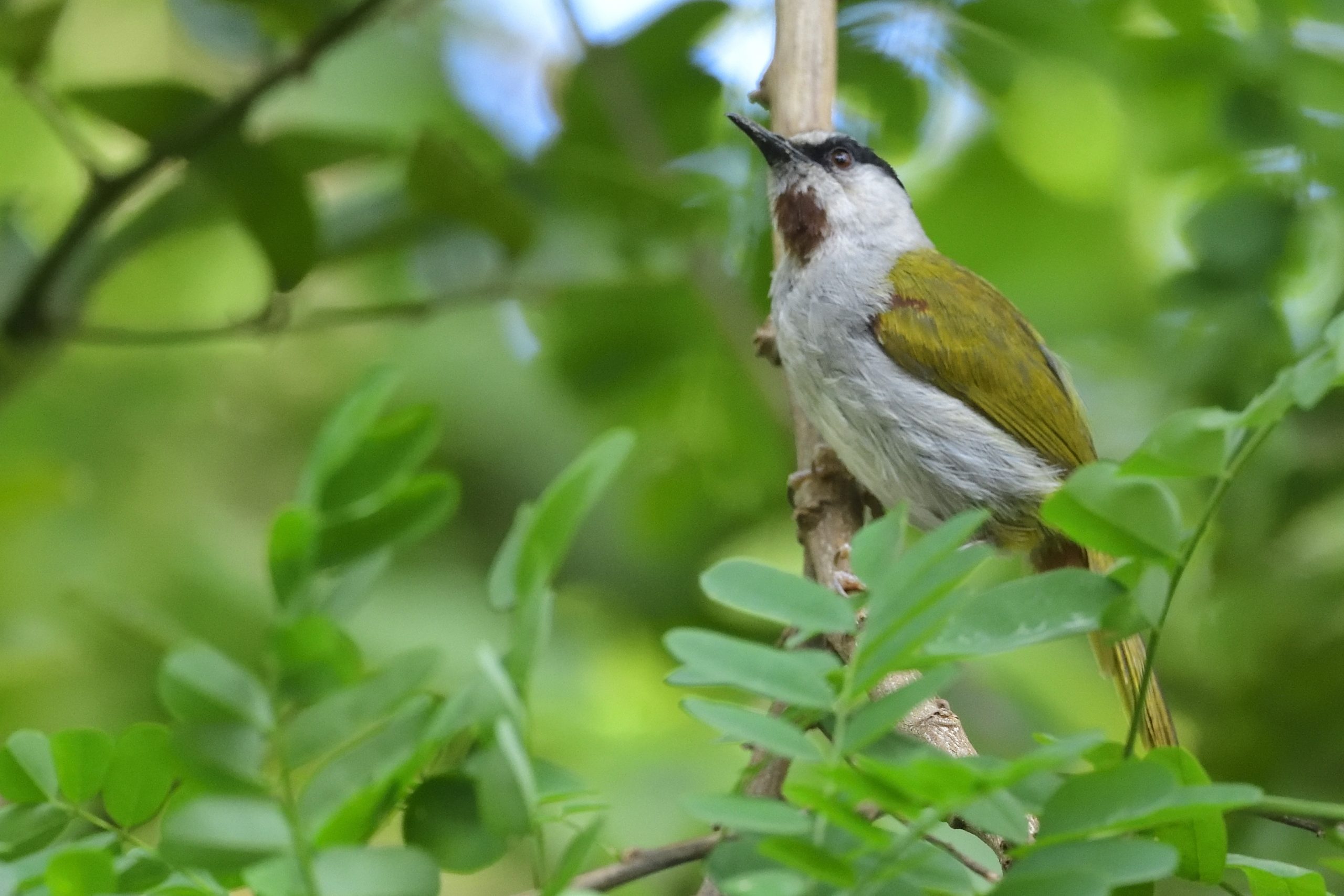
Grey-capped Warbler, Eminia lepida, Endemic to East Africa
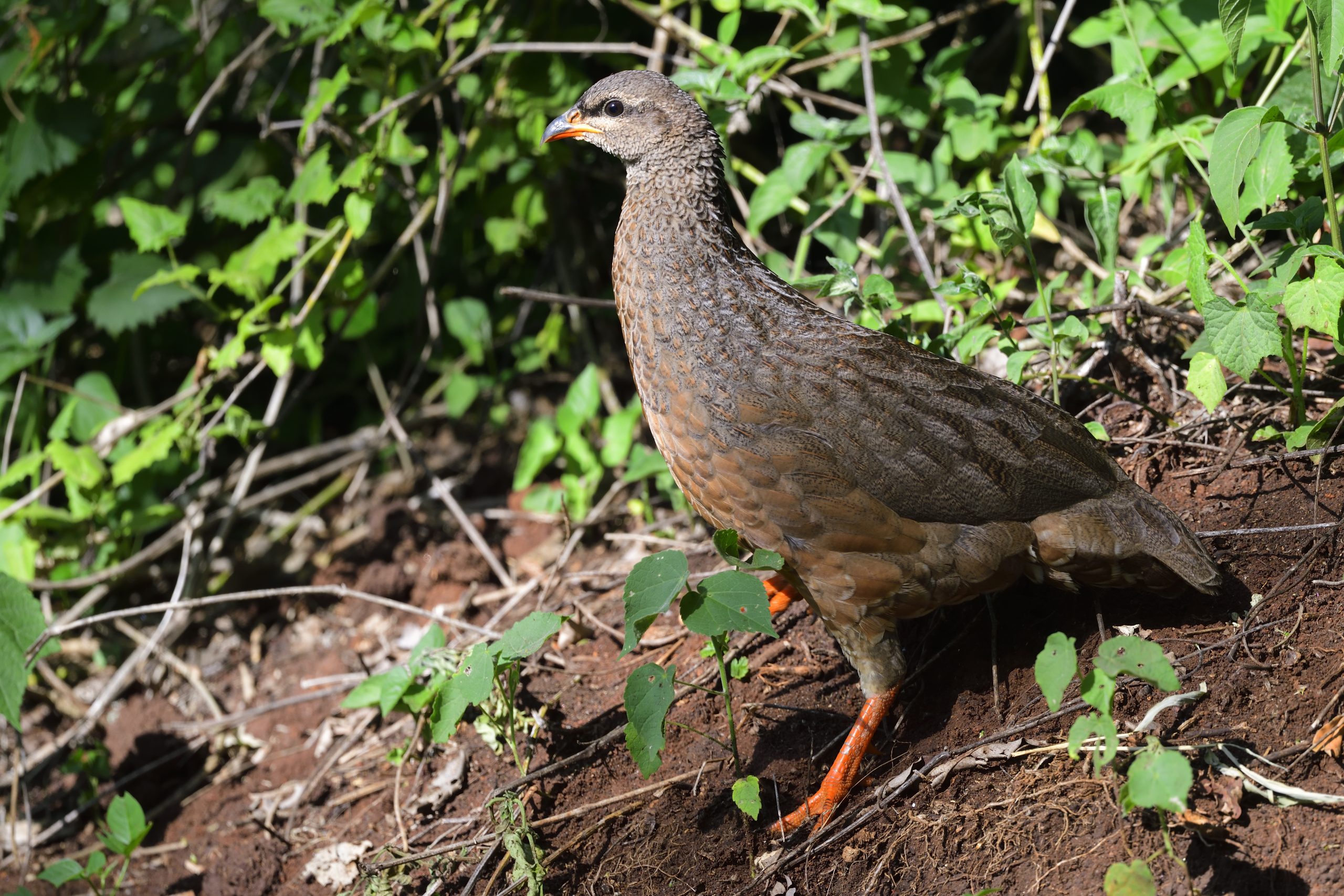
Hildebrandt´s Spurfowl, Pternistis hildebrandti, Endemic to East Africa
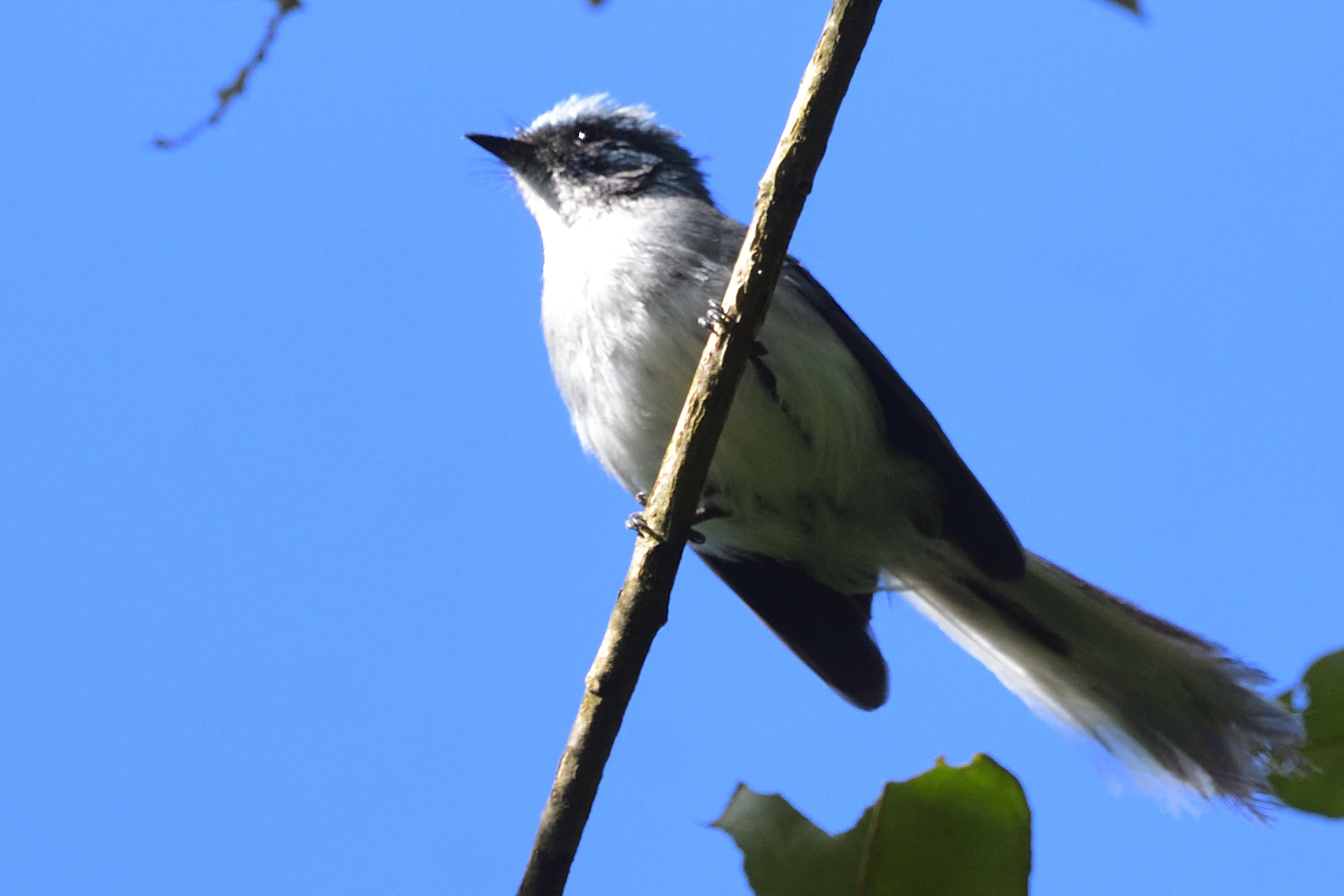
White-tailed Blue Flycatcher, Elminia albicauda
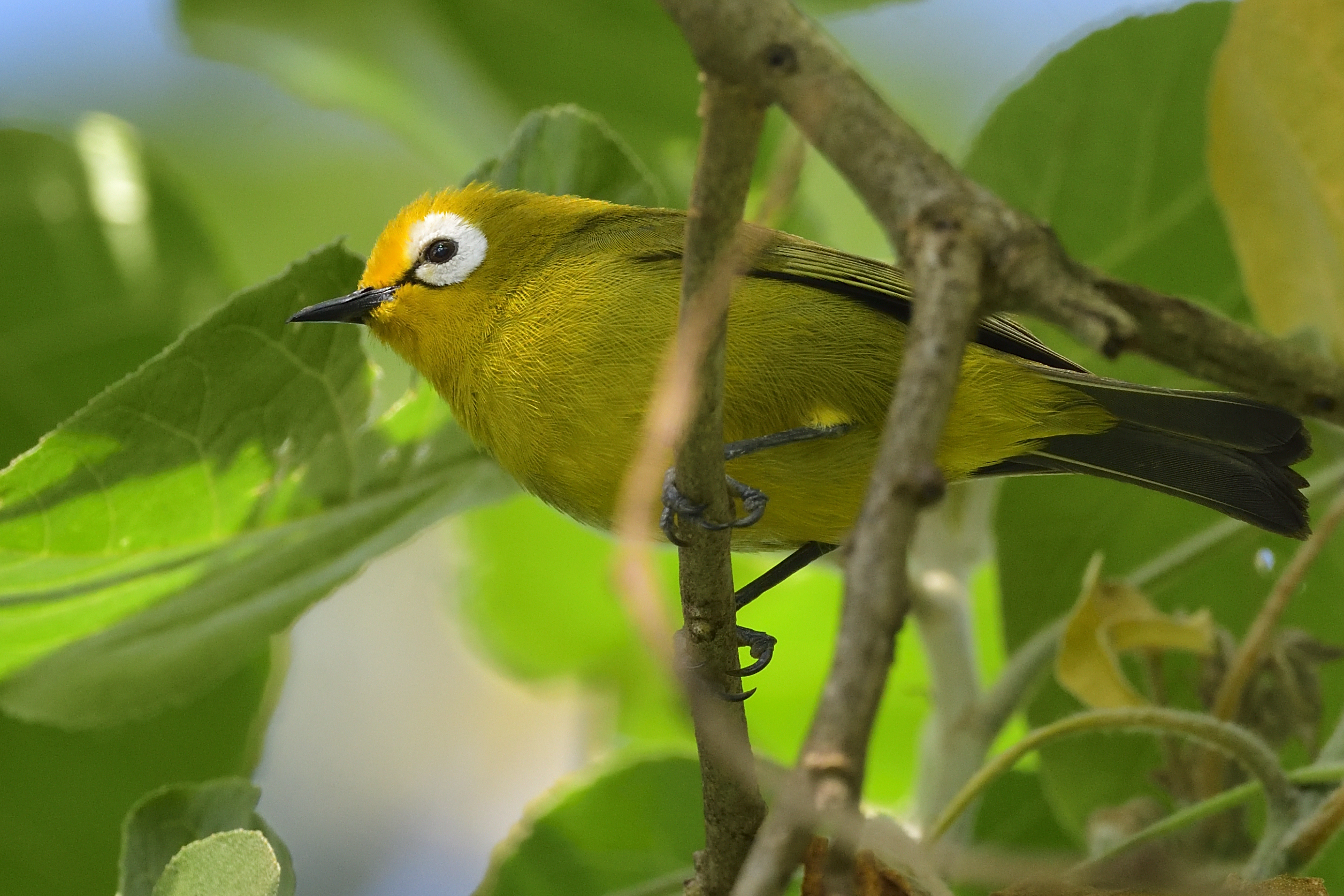
Mbulu White-eye, Zosterops mbulensis, Endemic to N Tanzania and S Kenya
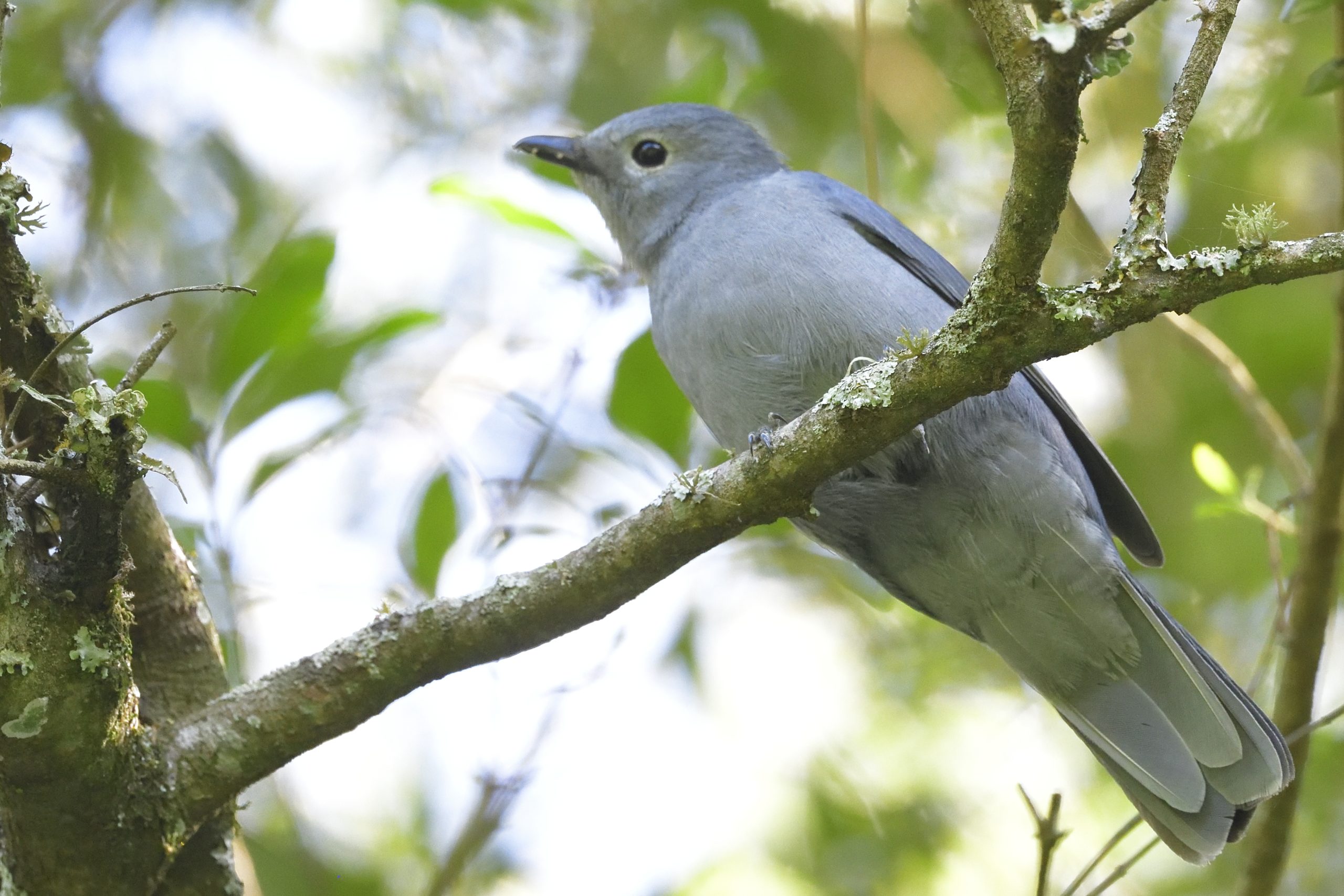
Grey Cuckooshrike, Ceblepyris caesius
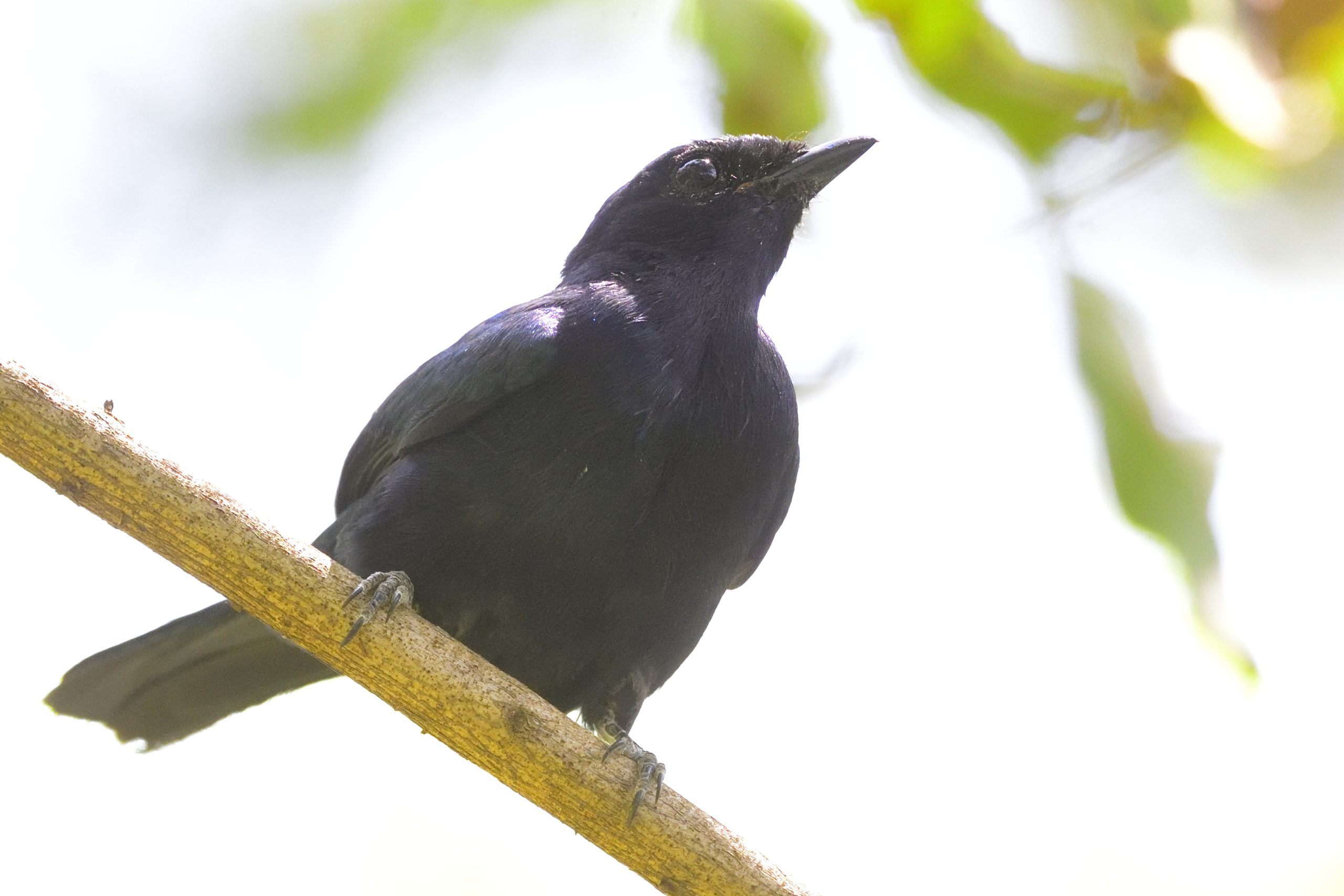
Purple-throated Cuckooshrike (male), Camphega quiscalina
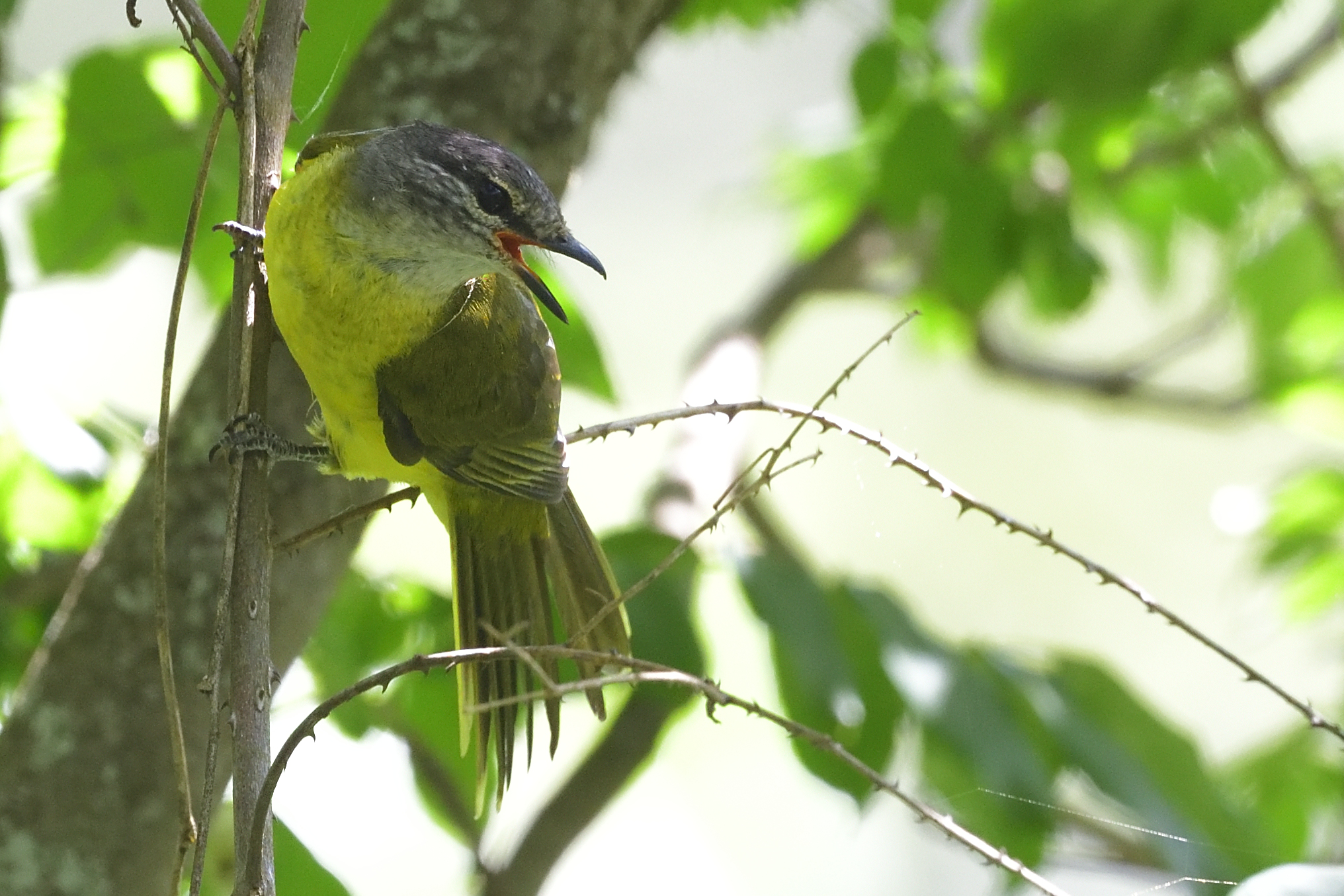
Purple-throated Cuckooshrike (female), Camphega quiscalina
Day 5, February 20, 2023: Masai Steppes
Masai Steppes are pretty close to my home. We normally enter it true the little town of Mererani. We started early that morning and were at the start of my birding path at around 07:00. Here are some of the birds we managed to tick before breakfast while driving slowly towards our breakfast spot: Black-faced Waxbill, Hunter´s Sunbird, Purple Grenadier, Grey-headed Bushshrike, Crested Francolin, Spotted Palm Thrush, Somali Bunting, Parrot-billed Sparrow, White-bellied Go-away-bird, Pygmy Batis, Eastern Violet-backed Sunbird, Red-cheeked Cordonbleu, Brubru, White-browed Scrub Robin, Slate-colored Boubou, African Pied Wagtail, Pink-breasted Lark, Crowned Lapwing, African Grey Flycatcher, Buff-crested Bustard, White-headed Mousebird, Red-and-yellow Barbet, Black-throated Barbet, Blue-naped Mousebird, Rosy-patched Bushshrike, Green-winged Pytilia, Nubian Woodpecker, Speckle-fronted Weaver, Lesser Masked Weaver, Blue-cheeked Bee-eater, White-bellied Canary, Tsavo Sunbird, Klaas´s Cuckoo, Beautiful Sunbird, African Palm Swift, Grey Wren-Warbler, Pygmy Falcon, Yellow-collared Lovebird, Eastern Chanting Goshawk, Blue-capped Cordon-bleu, Northern White-crowned Shrike, Lesser Striped Swallow, Northern Crombec, Little Bee-eater, White-throated Robin and Von der Decken´s Hornbill. We stopped at our normal breakfast spot and did a small walk. Next on that day, I normally drive a little further for a nesting colony of Black-capped Social Weavers, but since both Jim and Apolloh had that species from Kenya, we decided to return and stop at Shambalaya dam instead. Here are some of the birds we registered at the dam: Golden-breasted Starling, Three-banded Plover, African Fish Eagle, Straw-tailed and Steal-blue Whydah, Squacco Heron, Crimson-rumped Waxbill, African Openbill, Namaqua Dove, Yellow-billed Stork, Spur-winged Lapwing, White-faced Whistling Duck, Black-winged Stilt, Black Heron, Great Egret, African Jacana, Common Moorhen, Wood Sandpiper, Pied Kingfisher, Red-billed Firefinch, Whiskered Tern, Malachite Kingfisher, Fulvous Whistling Duck, Blue-billed Teal, Common Greenshank, Red-knobbed Coot, Knob-billed Duck, African Swamphen, Striated Heron, Western Yellow Wagtail, Northern Carmine Bee-eater, Lilac-breasted Roller, African Sacred Ibis, Red-billed Teal, Grey-headed Gull, Gull-billed Tern, Reed Cormorant, Pink-backed Pelican, White-winged Tern, Banded Parisoma, Long-tailed Paradise Whydah, Reichenow´s Seedeater, Red-billed Quelea, Grey-headed Silverbill, Black-crowned Night Heron, African Harrier-Hawk, Chestnut Sparrow, Hamerkop, Long-toed Lapwing, Pin-tailed Whydah and Black-headed Heron. We headed back towards my house, but stopped at a little wetland close to my house for a breeding colony of Taveta Weavers. We returned home after that, Freshened up, had dinner and early to bed.
Some pictures from Day 5, Masai Steppes:
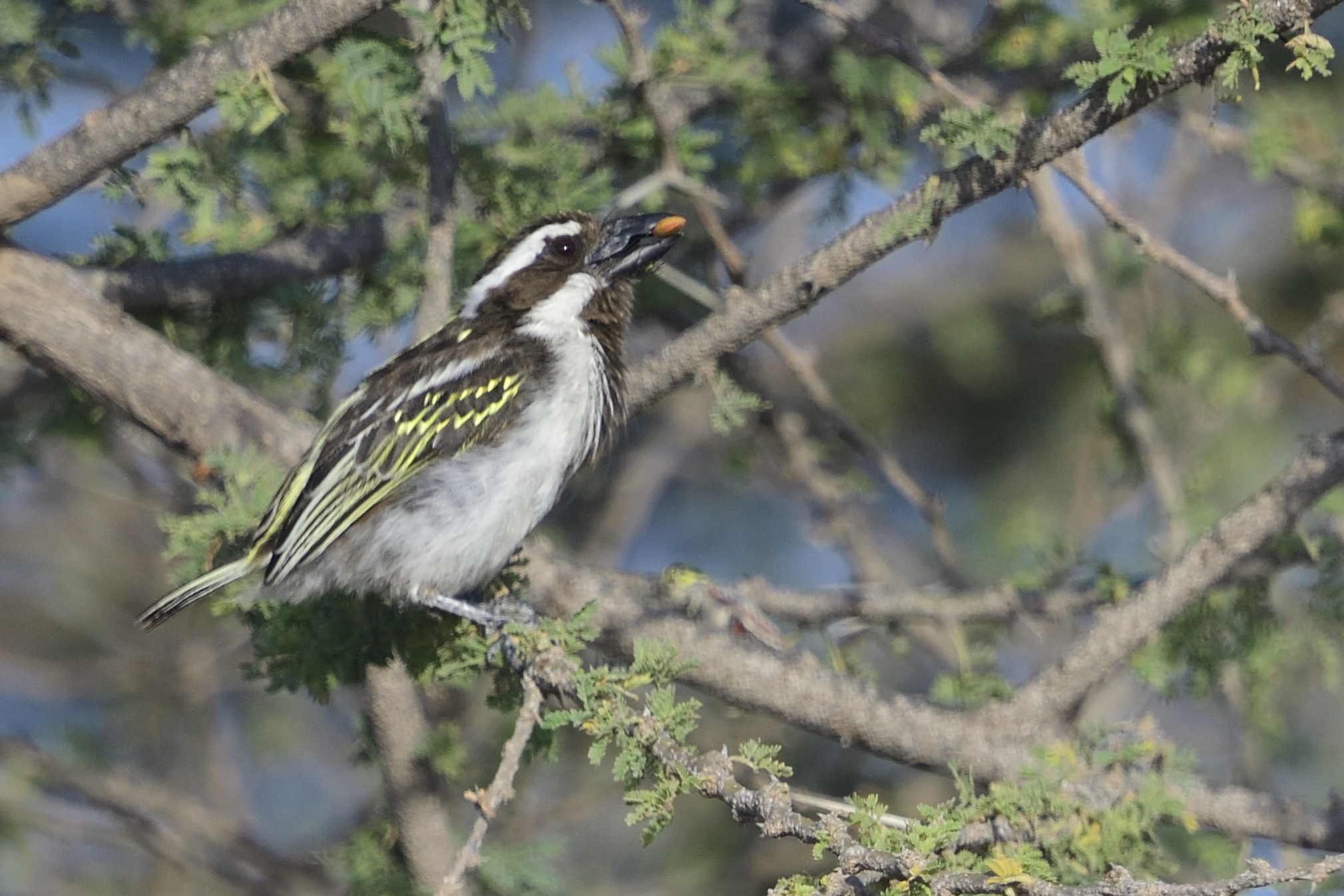
Black-throated Barbet, Tricholaema melanocephalus, Endemic to NE Africa
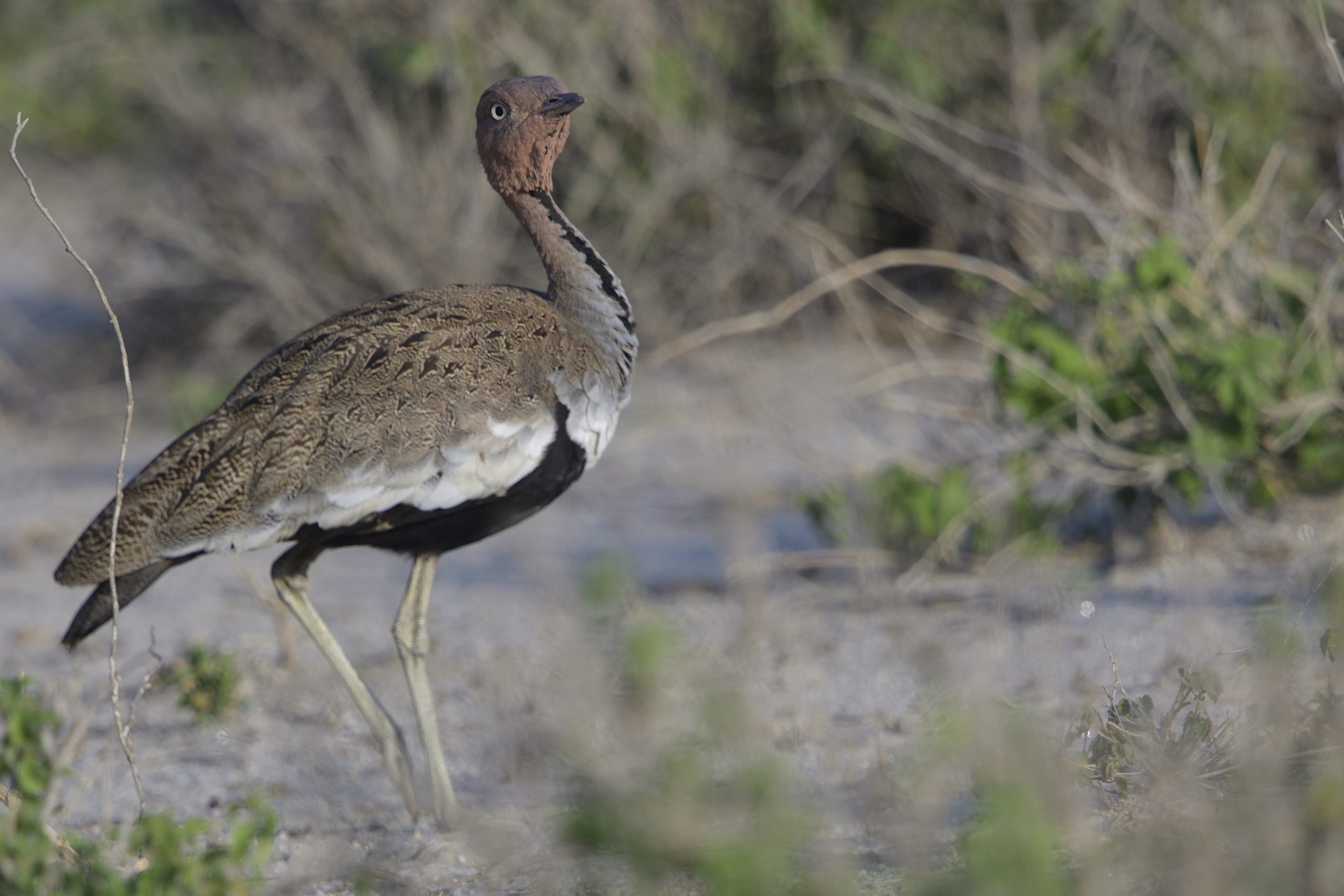
Buff-crested Bustard, Lophotis gindiana, Endemic to NE Africa
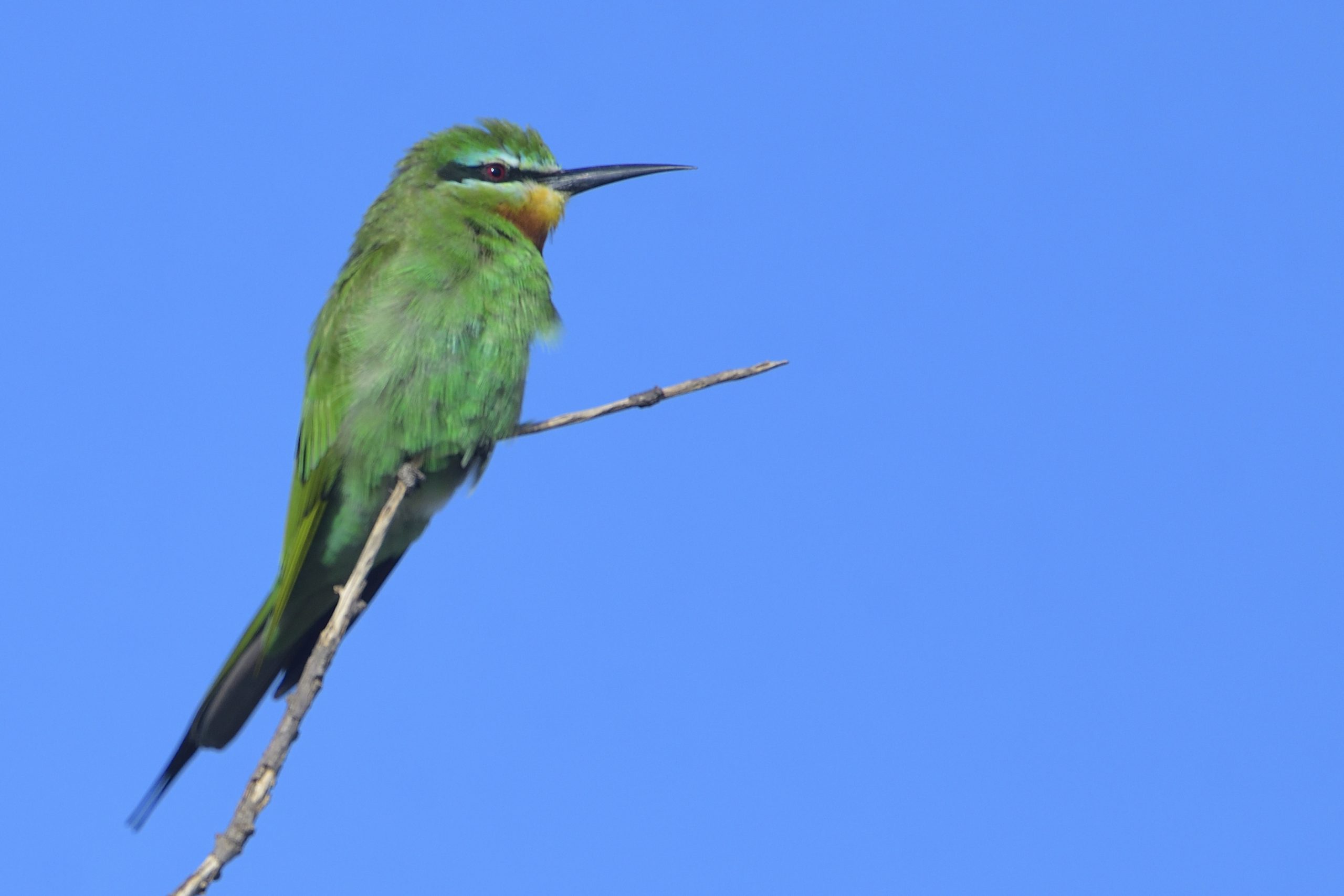
Blue-cheeked Bee-eater, Merops persicus
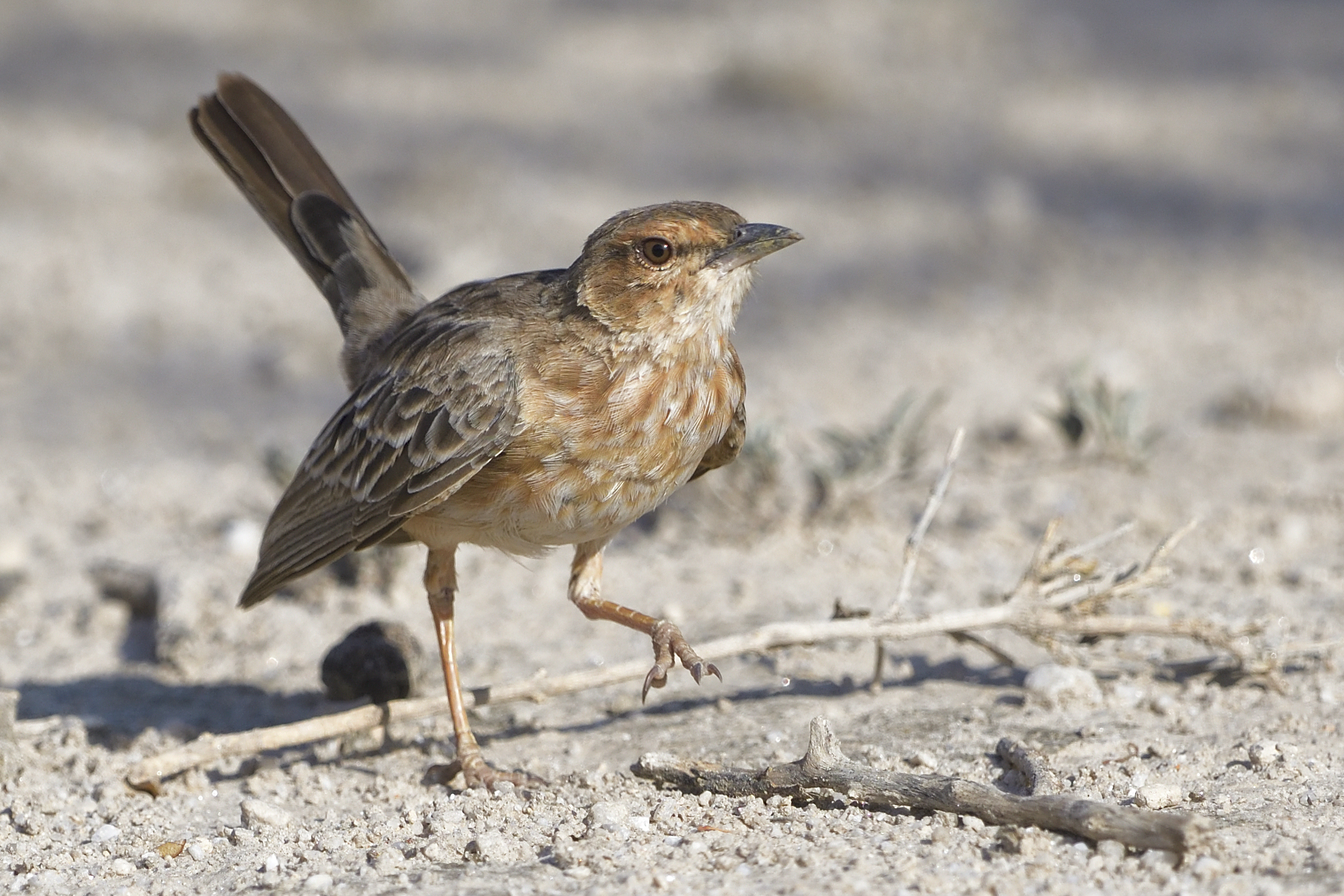
Pink-breasted Lark, Calendulauda poecilosterna, Endemic to NE Africa
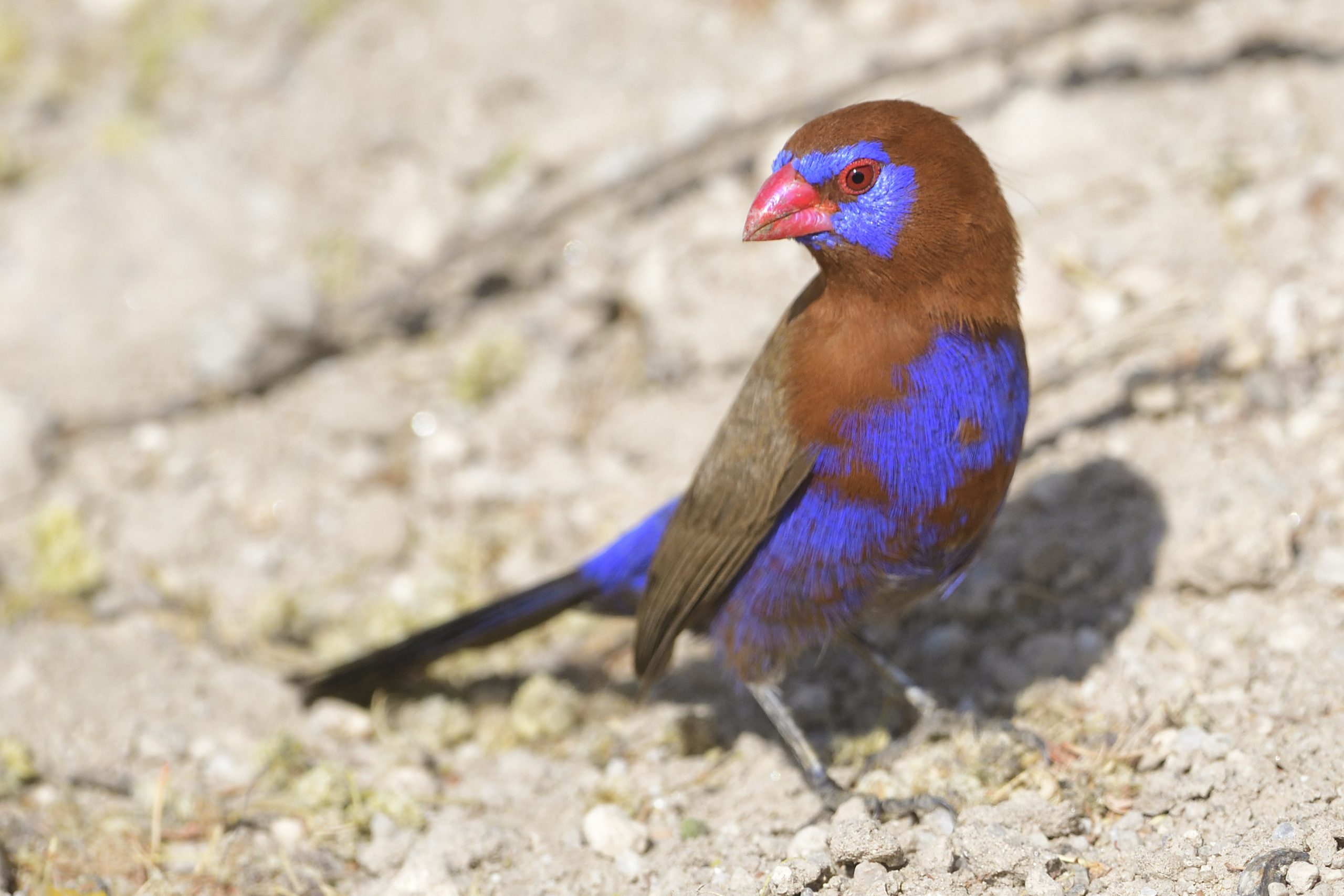
Purple Grenadier (male), Uraeginthus ianthinogaster, Endemic to NE Africa
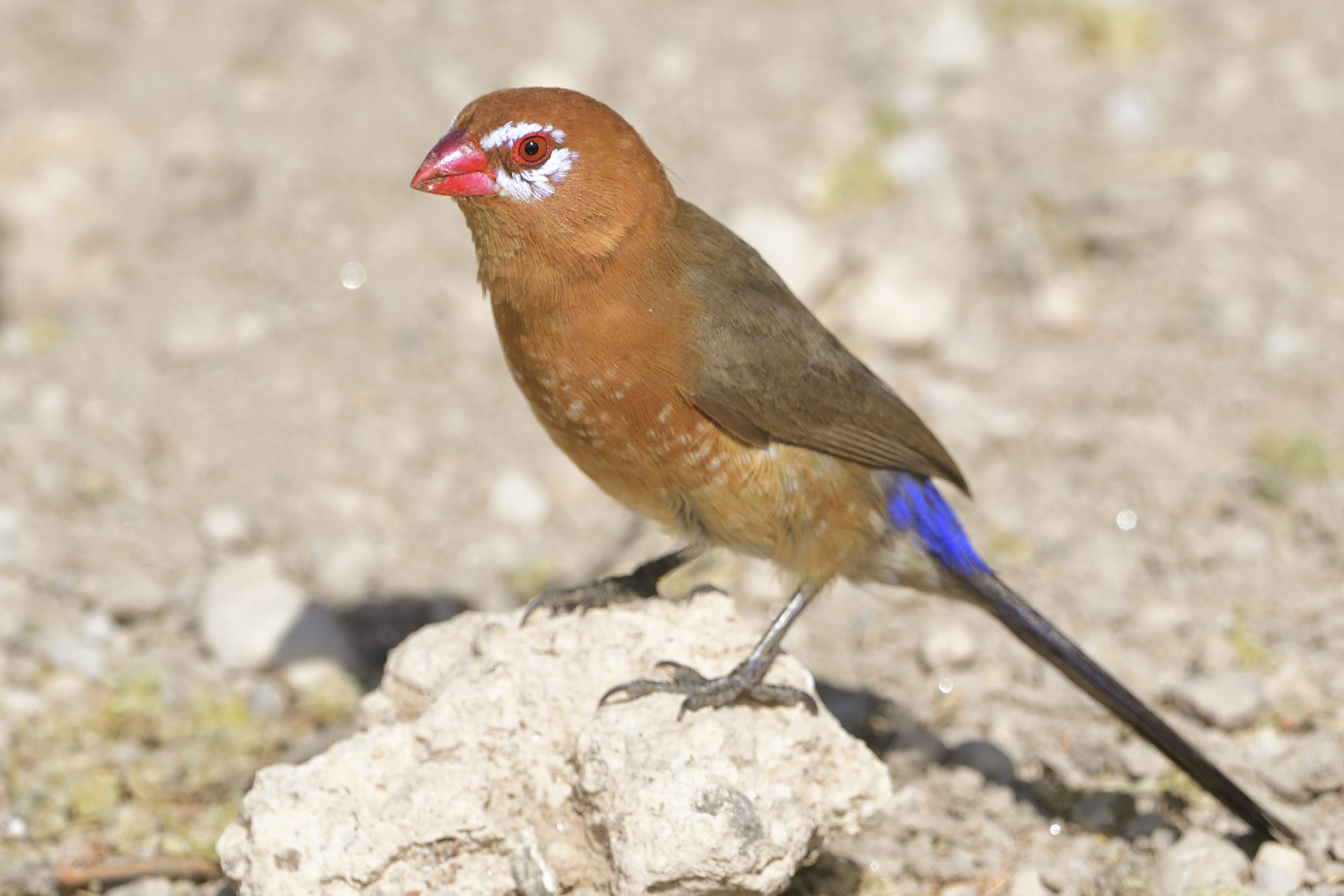
Purple Grenadier (female), Uraeginthus ianthinogaster, Endemic to NE Africa
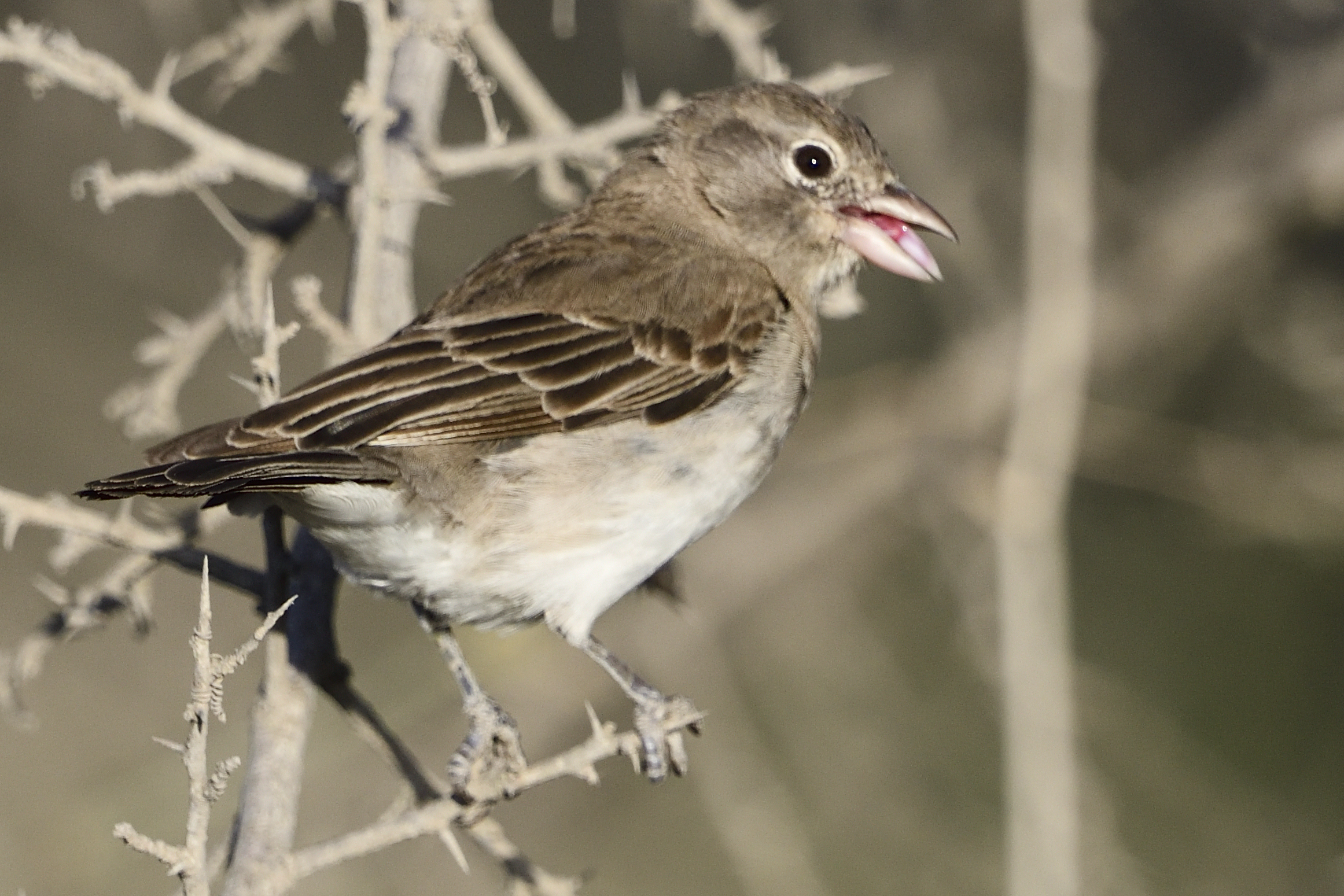
Yellow-spotted Bush Sparrow, Gymnoris pyrgita
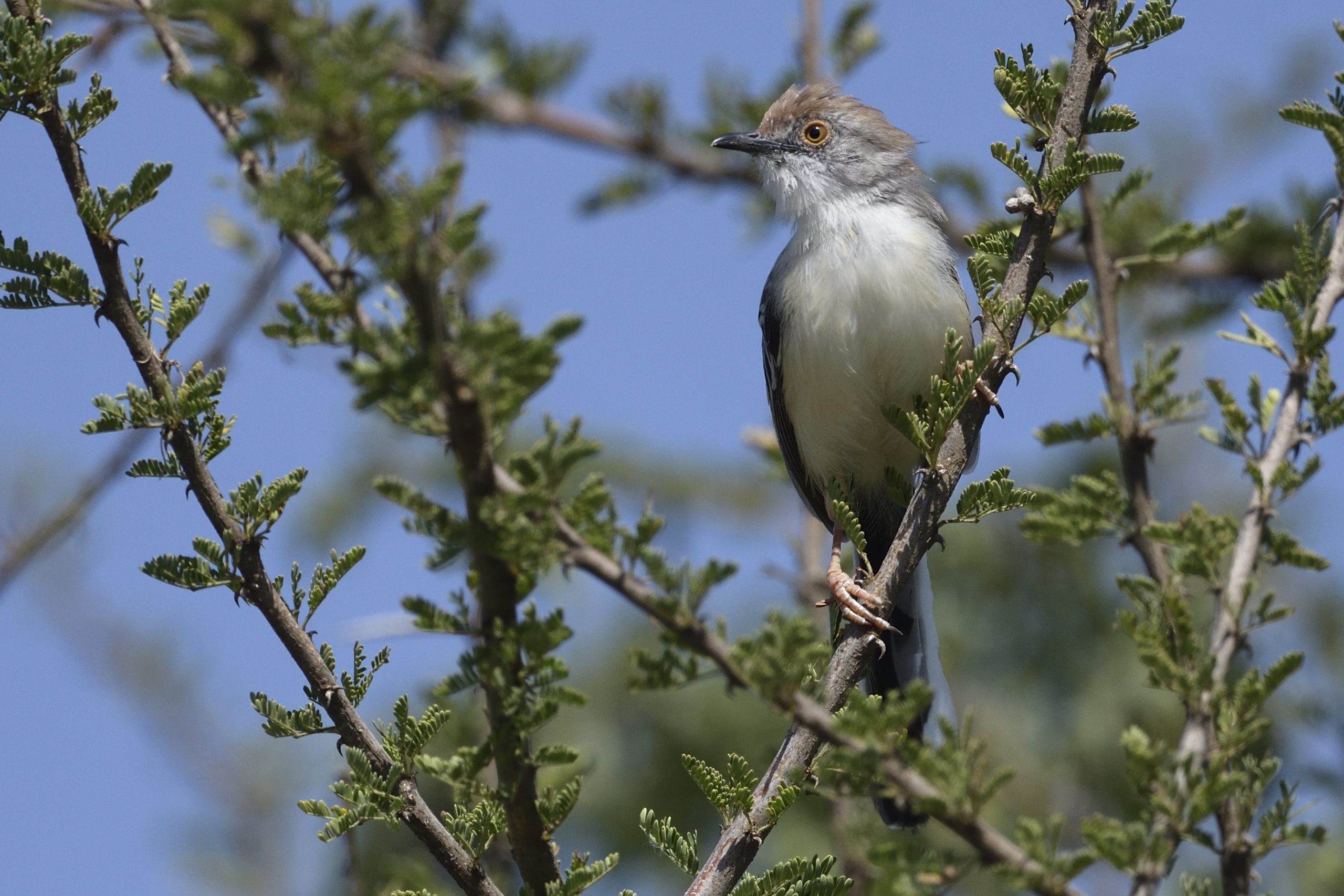
Red-fronted Prinia, Prinia rufifrons
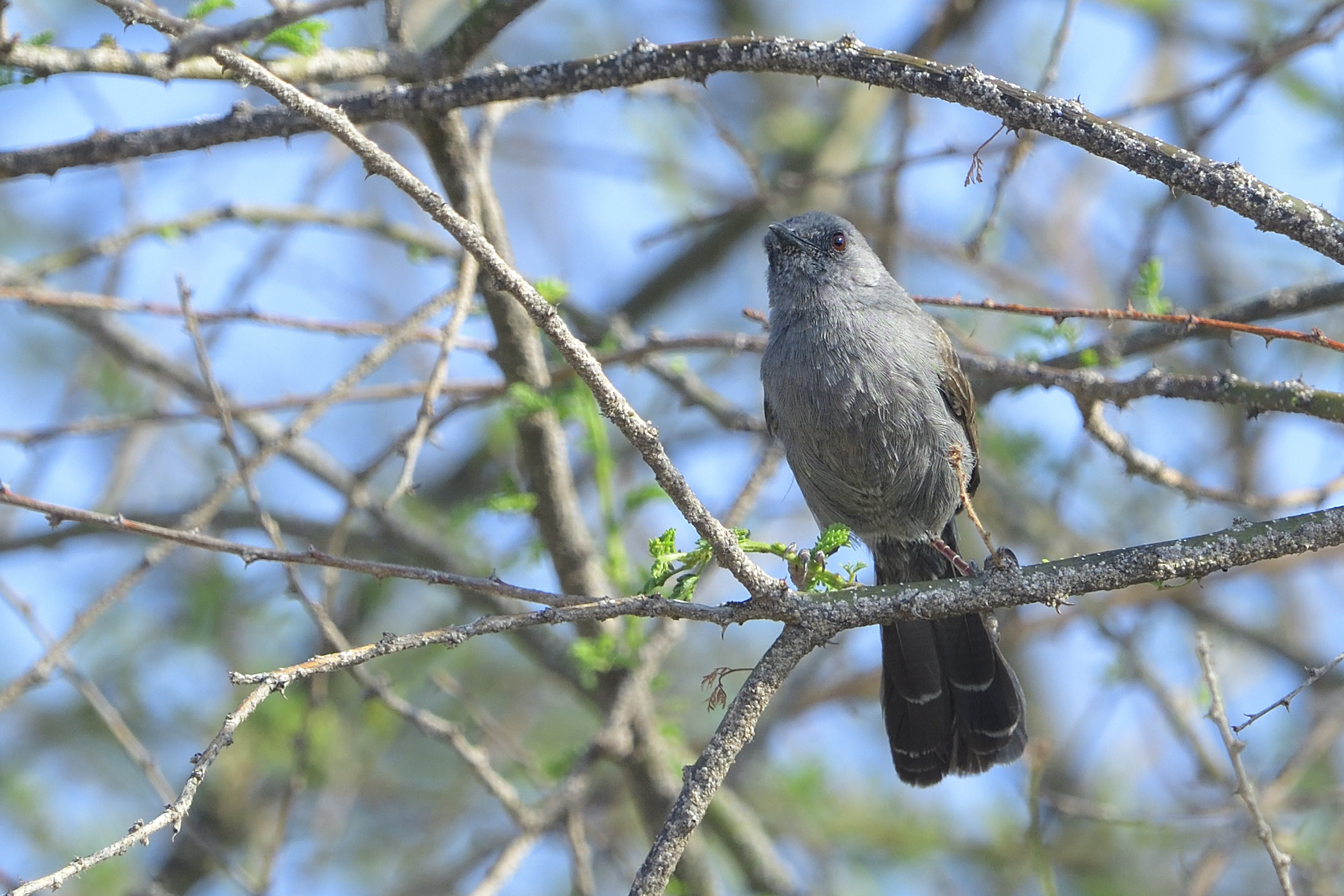
Grey Wren-Warbler, Calomonastes simplex, Endemic to NE Africa
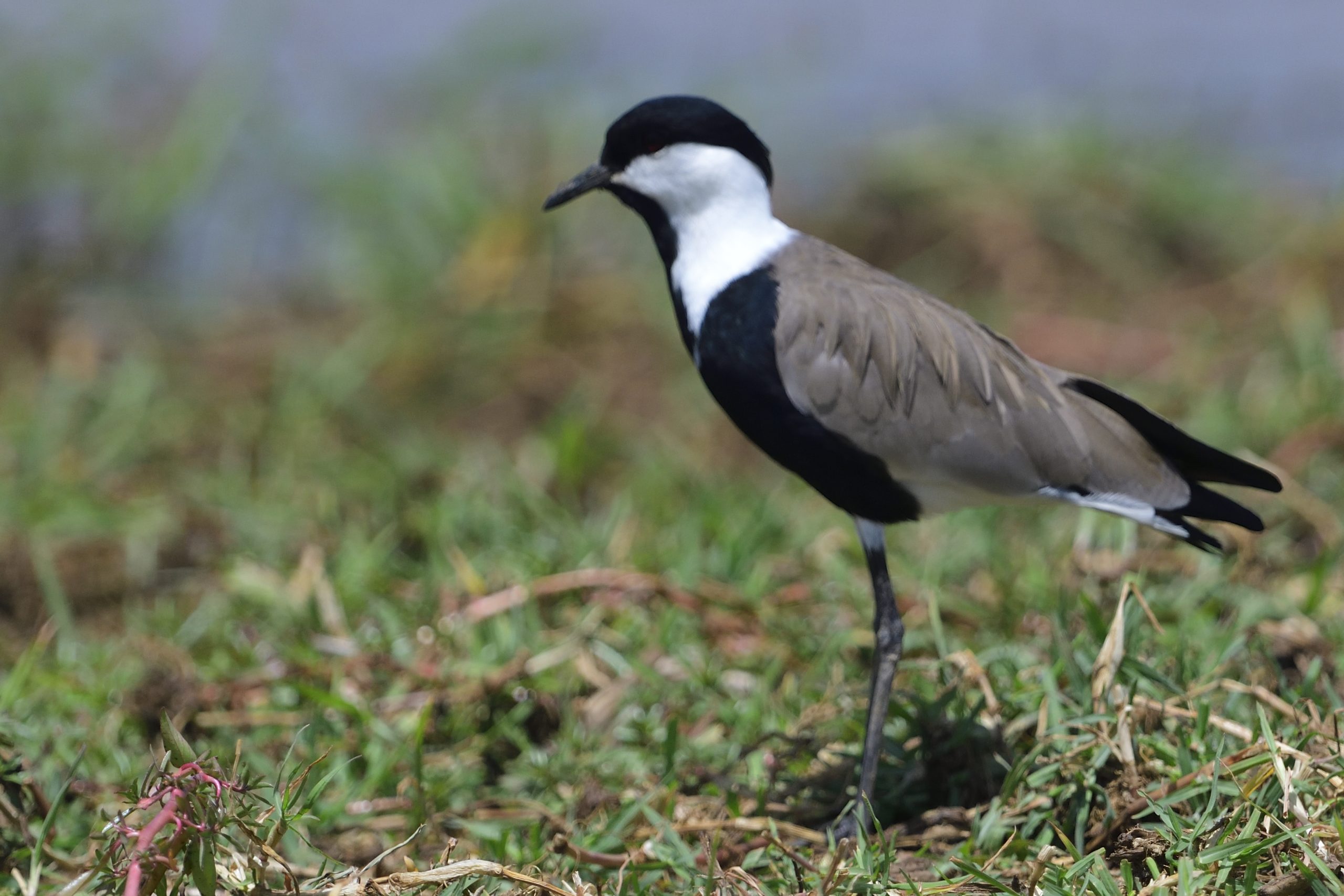
Spur-winged Lapwing, Vanellus spinosis
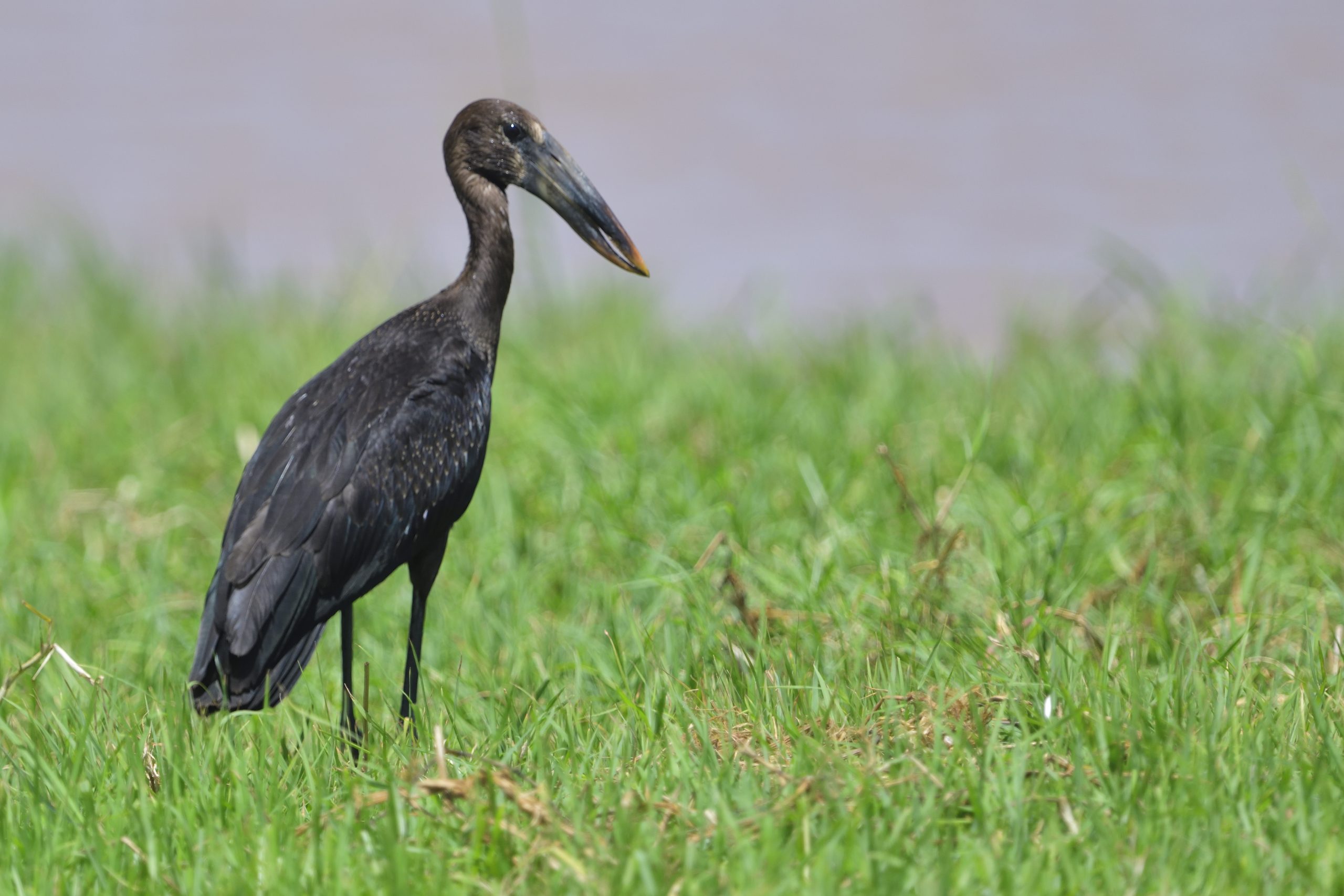
African Openbill, Anastomus lammelligerus
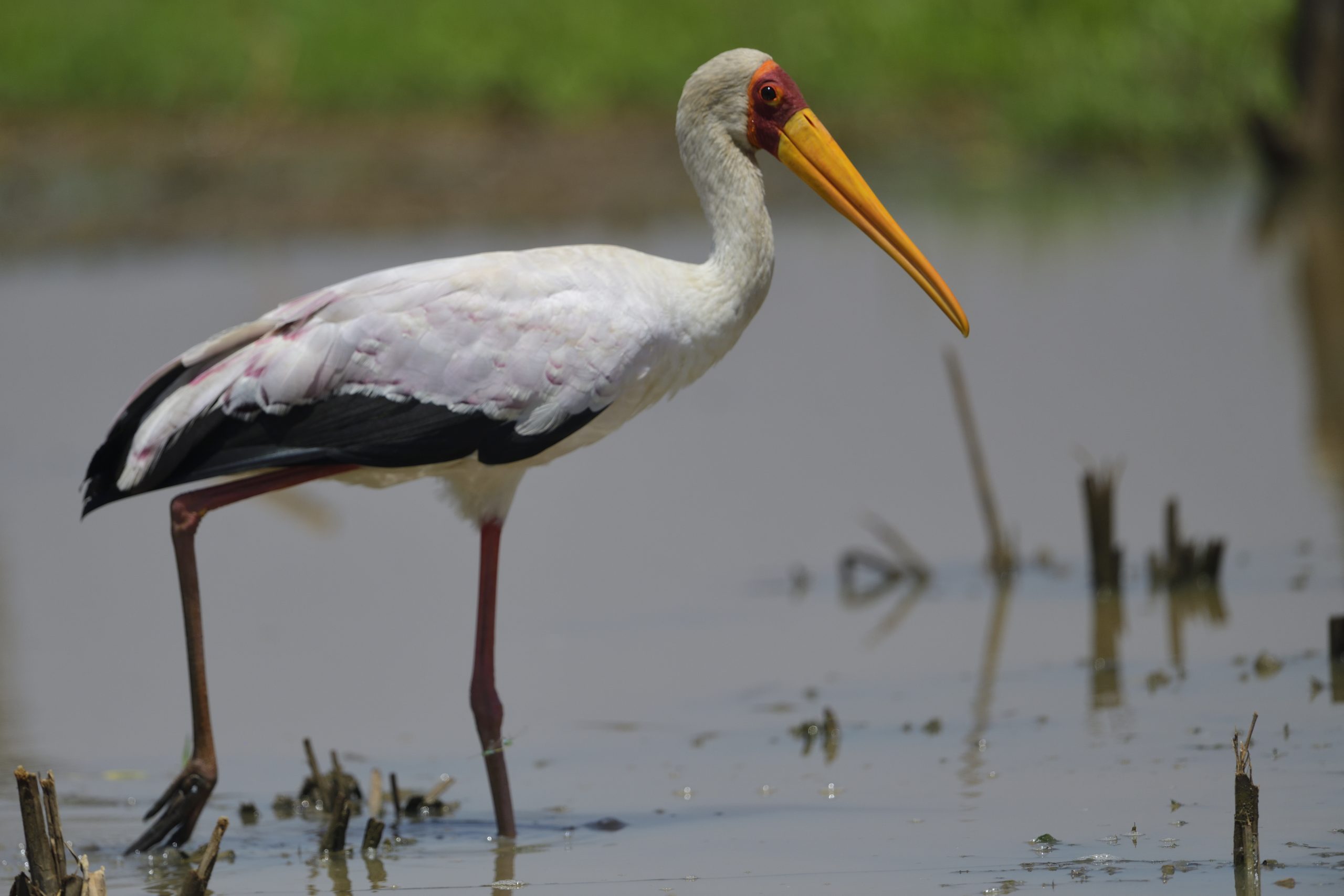
Yellow-billed Stork, Mycteria ibis
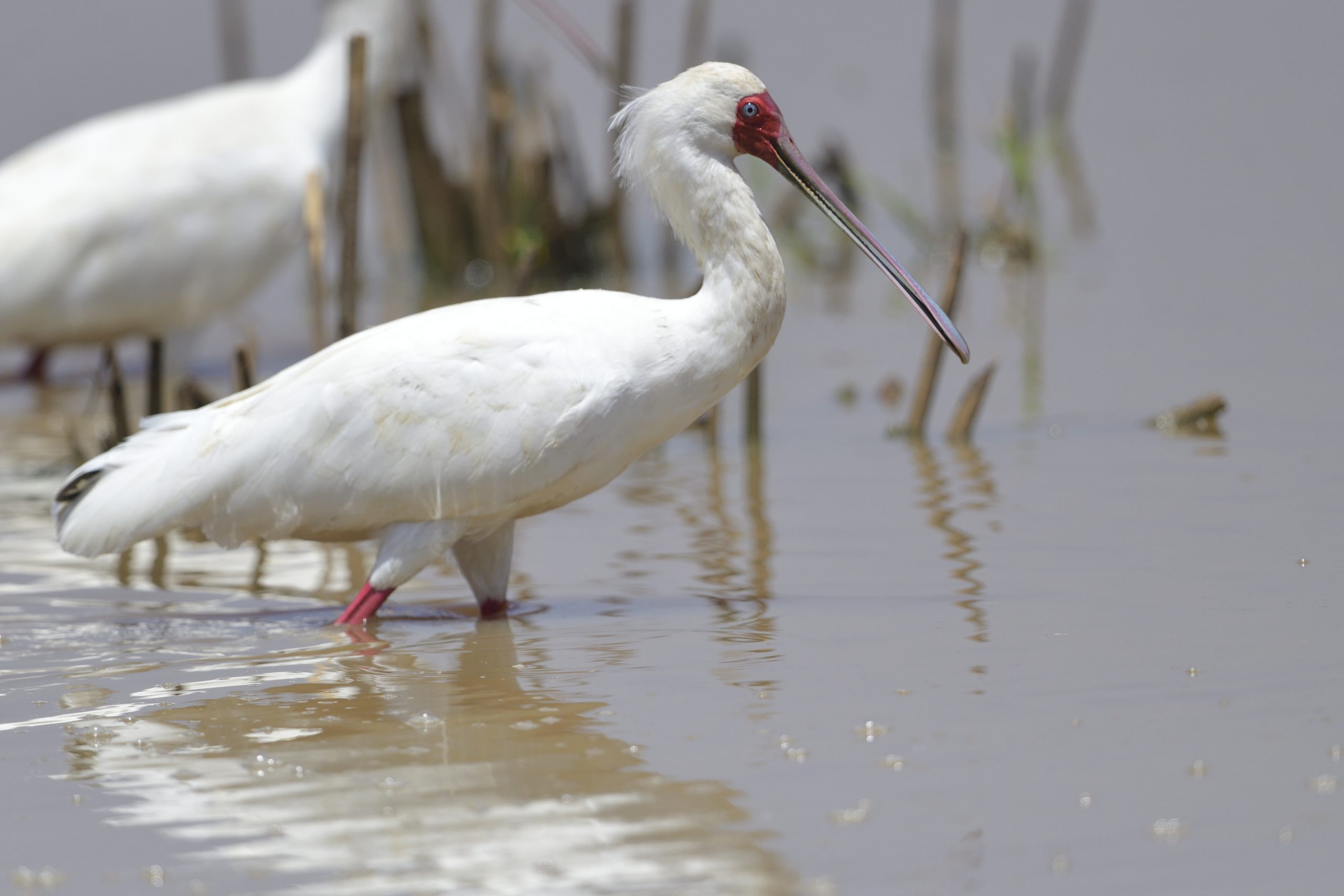
African Spoonbill, Platalea alba
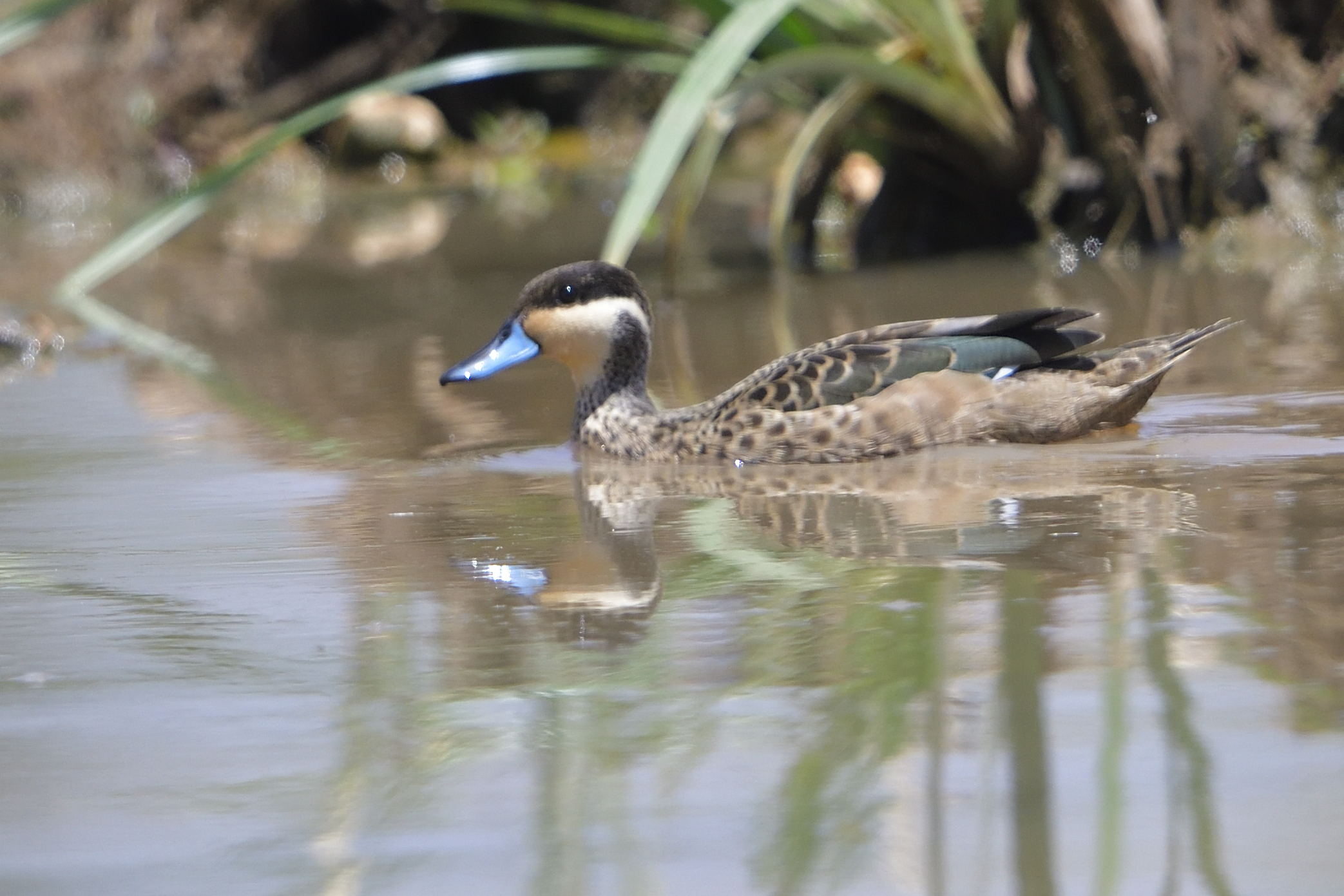
Blue-billed Teal, Anas hottentota
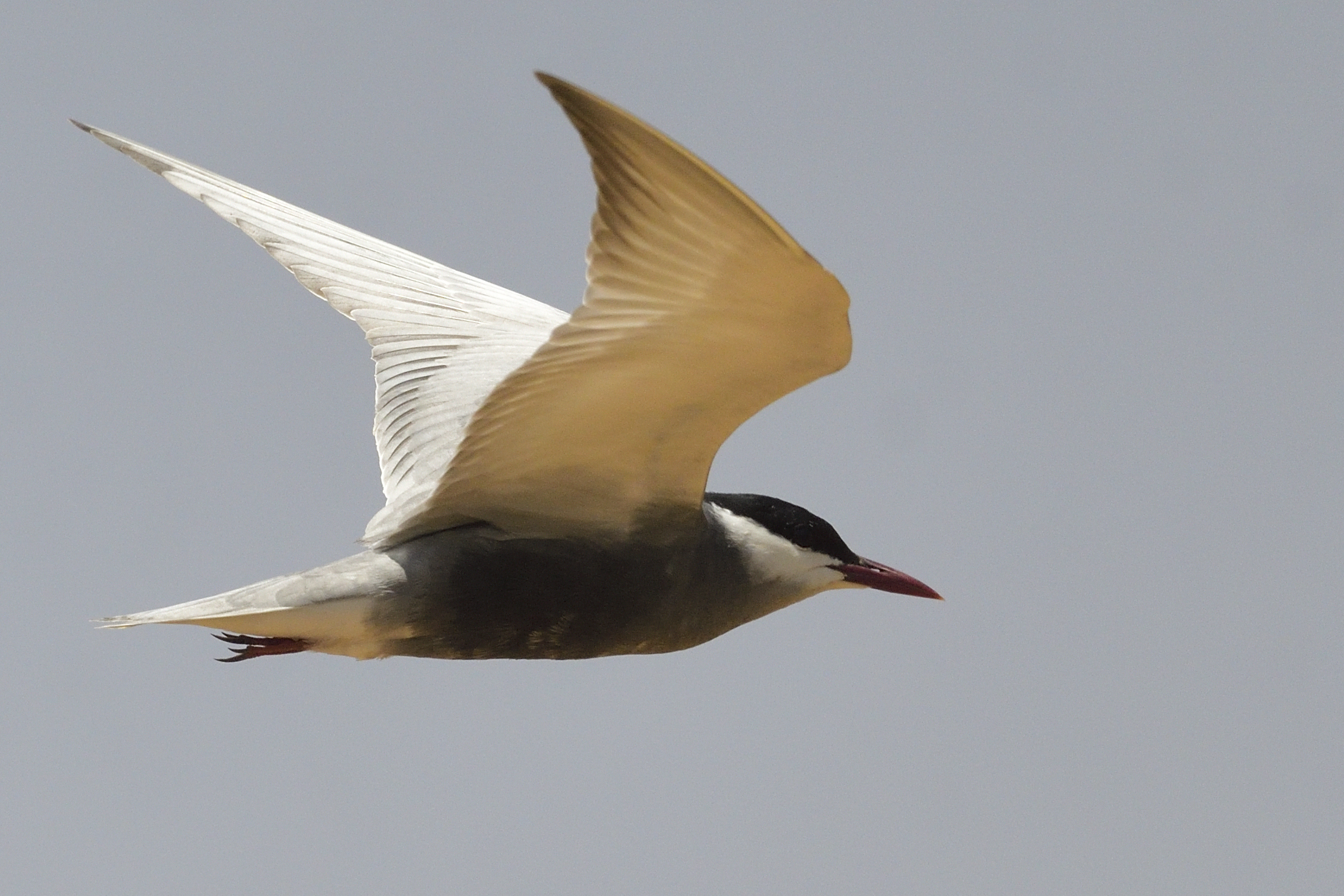
Whiskered Tern, Chlidonias hybrida
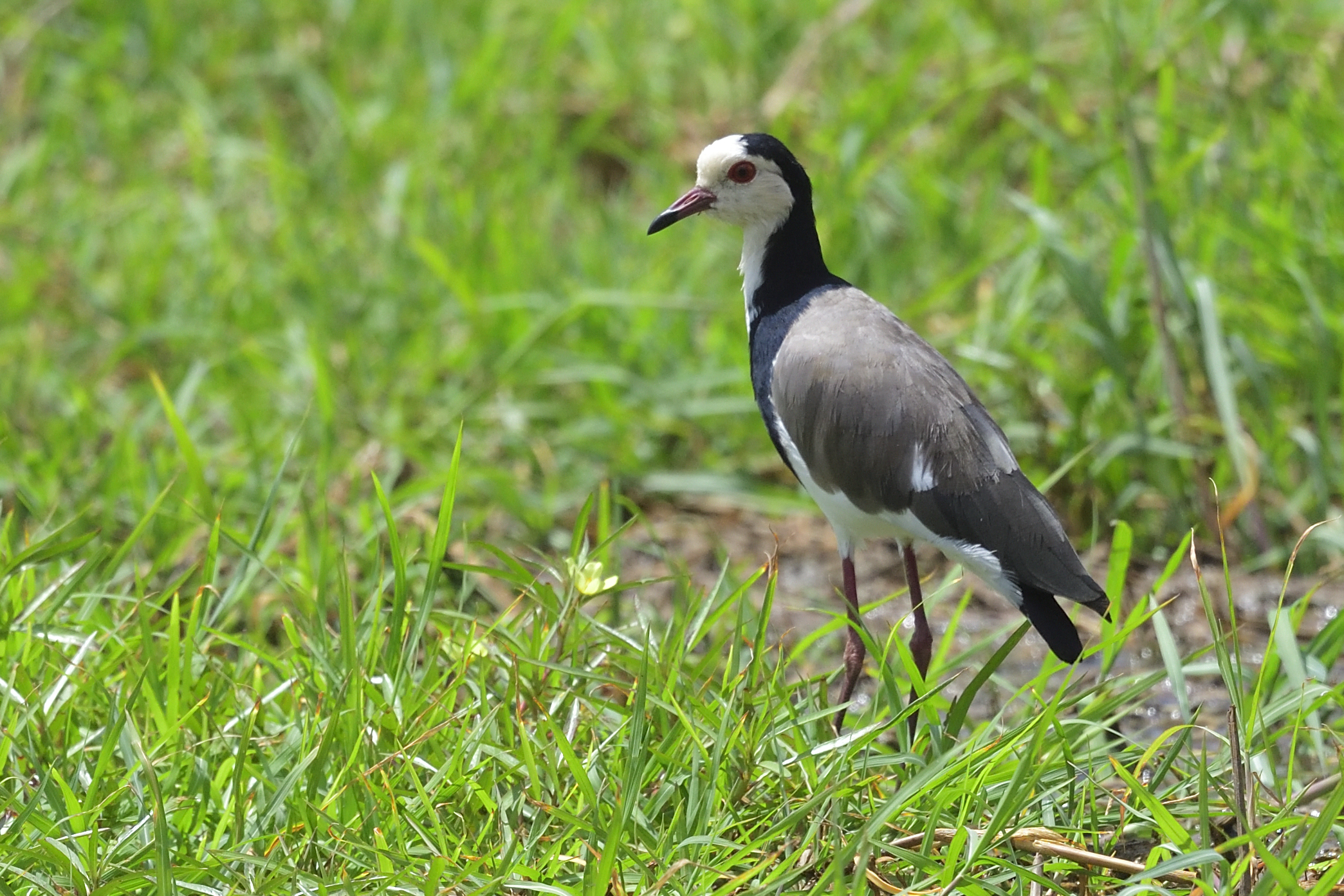
Long-toed Lapwing, Vanellus crassirostris
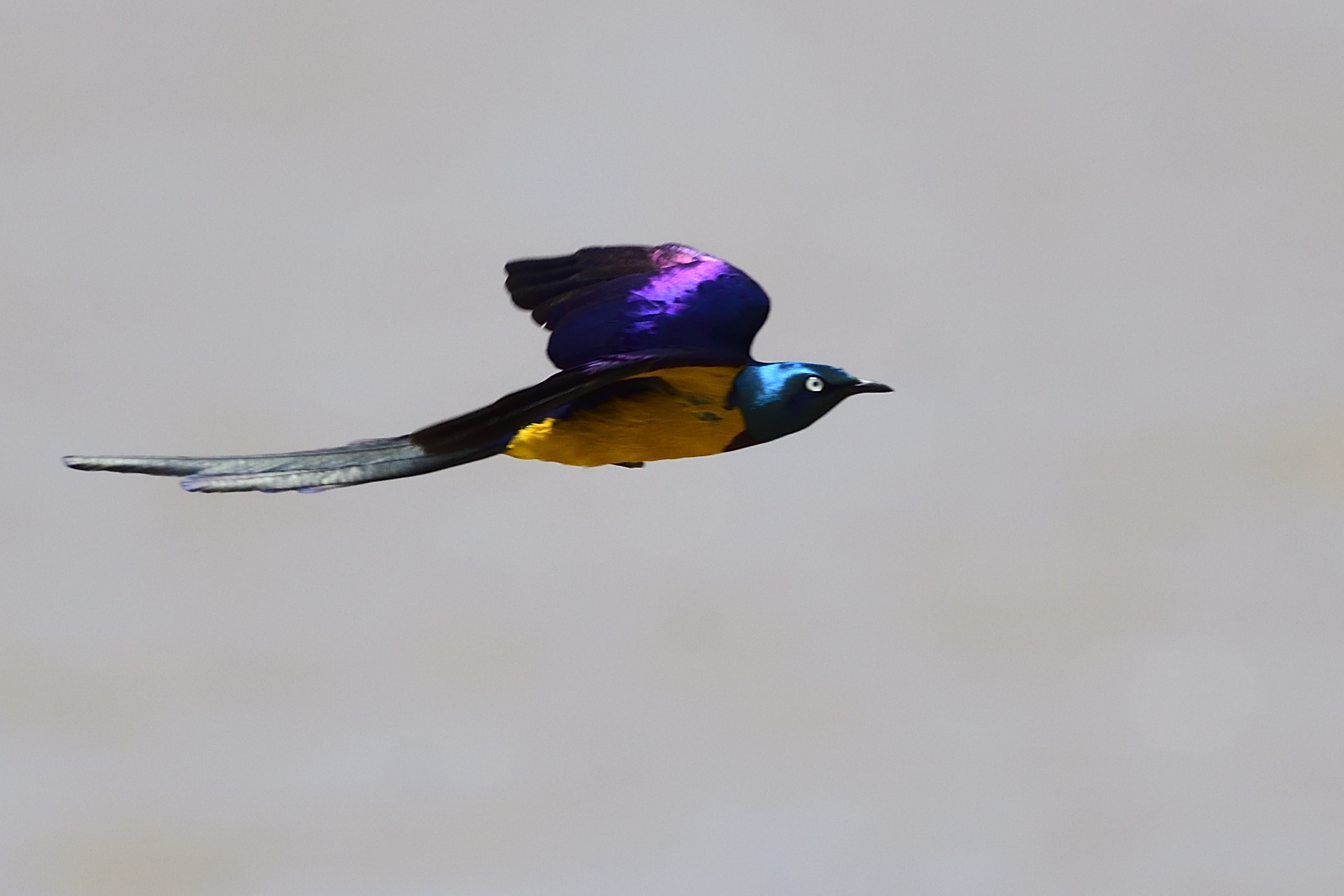
Golden-breasted Starling, Lamprotornis regius, Endemic to NE Africa
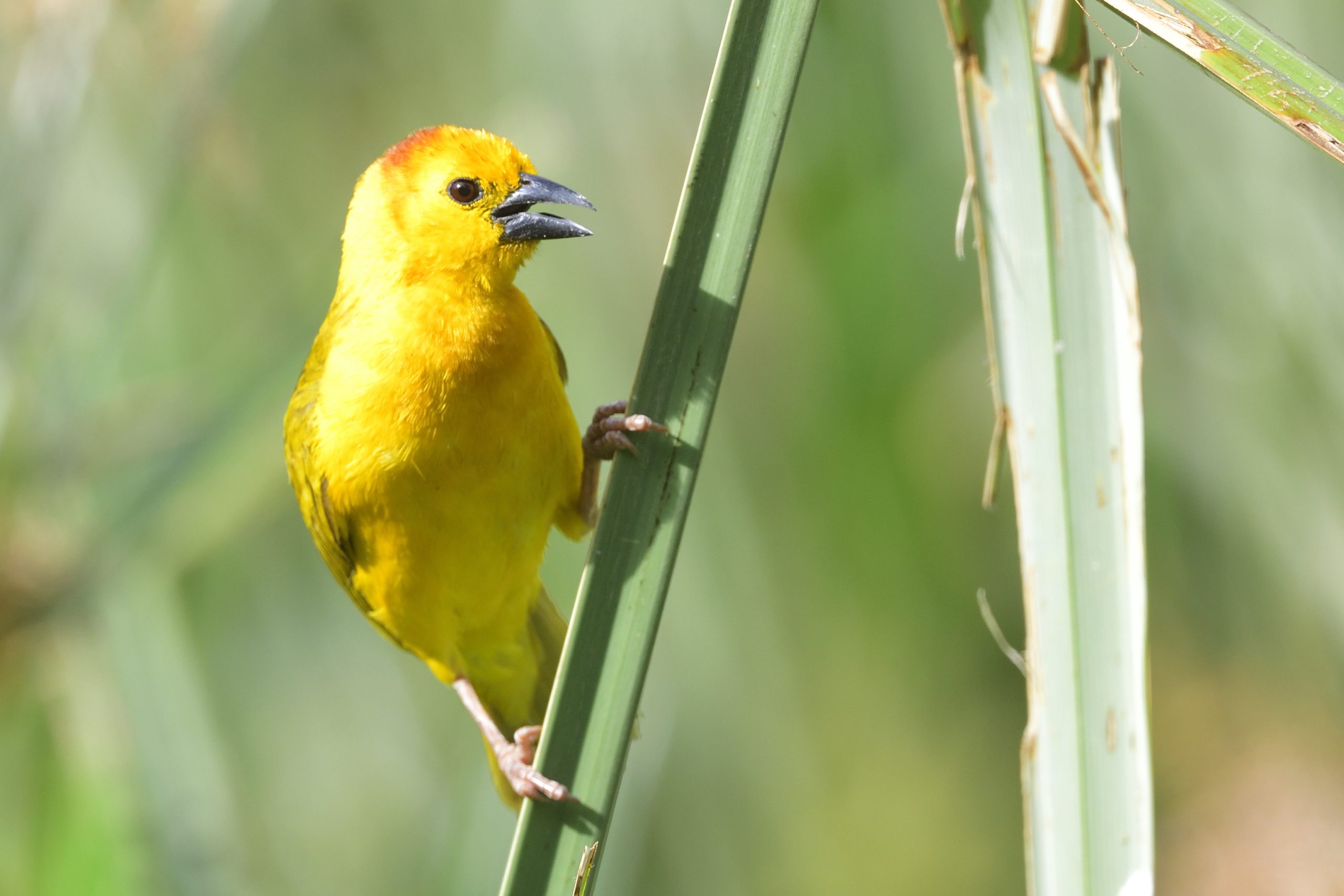
Taveta Weaver, Ploceus castaneiceps, Endemic to S Kenya and N Tanzania
Day 6, February 21: Nyumba ya Mungu Dam – South Pare Mountains
Let the Safari begin. That day we were first heading for an area just short of Nyumba ya Mungu Dam before the Dam itself. After that we were supposed to go up South Pare Mountains in search of the endemic South Pare White-eye. We left pretty early and picked up our first House Crow in Moshi. On the way to our first stop we found a flock of Vulturine Guineafowl. That is the first time I have observed the species in that area. We stopped at my regular spot to look for Pringle´s Puffback since we dipped on that at the Masai Steppes, but did not connect with it. We did however find another bird that had eluded us: Southern Grosbeak Canary. Other birds in the area included Sombre Greenbul, Pink-breasted Lark, Somali Bunting, Eastern Violet-backed Sunbird, Yellow-spotted Bush Sparrow and Von der Decken´s Hornbill. We drove towards the dam. Our prime target here were African Skimmer. When the water level is right (low), it is possible to get to the area where the Skimmers roost. I actually overshot the roosting spot on the way in, but found quite a flock on the way out. Some of the other species observed included: African Fish Eagle, Pygmy Falcon, Pink-backed and Great White Pelican, Whiskered Tern, Black-winged Stilt, Reed and Great Cormorants, Grey-headed Gull, Greater Flamingo, Western Yellow Wagtail, 3 spotting of Osprey, Little Grebe, Yellow-billed Stork, Kittlitz´s Plover, Ruff, Black-tailed Godwit, Common Ringed Plover, Glossy Ibis and Squacco Heron. We drove towards Same and Elephant Motel and picked up a couple of Woolly-necked Storks on the way. We reached the Motel, ordered lunch and had a little time to relax before we agreed to meet again at 15:00. We took off at that time and I navigated the old Land Rover up the South Pare Mountains. It was hot when we came up there around 15:45, so out of experience I did not expect too much performance from the white-eye before closer to 17:30 when they usually cross the road in quite huge flocks. We had one or two sightings before that, but the flock came in at the designated time. Not a huge flock this time, but enough for some of us to get some pictures. Some of the birds are quite yellow and do not have a grey belly, so I suspect they are Southern Yellow White-eye, the highland race Stierlingi. Other birds encountered up the mountain included: Cinnamon-chested Bee-eater, Pin-tailed Whydah, Black Saw-wing, Bar-throated Apalis, Moustached Tinkerbird, Common Waxbill, East Coast Boubou, Hartlaub´s Turaco, Usambara Double-collared Sunbird, Singing Cisticola, African Firefinch, African Stonechat, White-browed Robin-Chat, Spectackled Weaver, Cinnamon Bracken Warbler and Black Sparrowhawk. At 18:00 we returned to the car and the drive down the mountain went smooth. We arrived at the motel just before it got dark, ordered dinner and went to the room to freshen up. We met for dinner and had an early night.
Some pictures from Day 6:
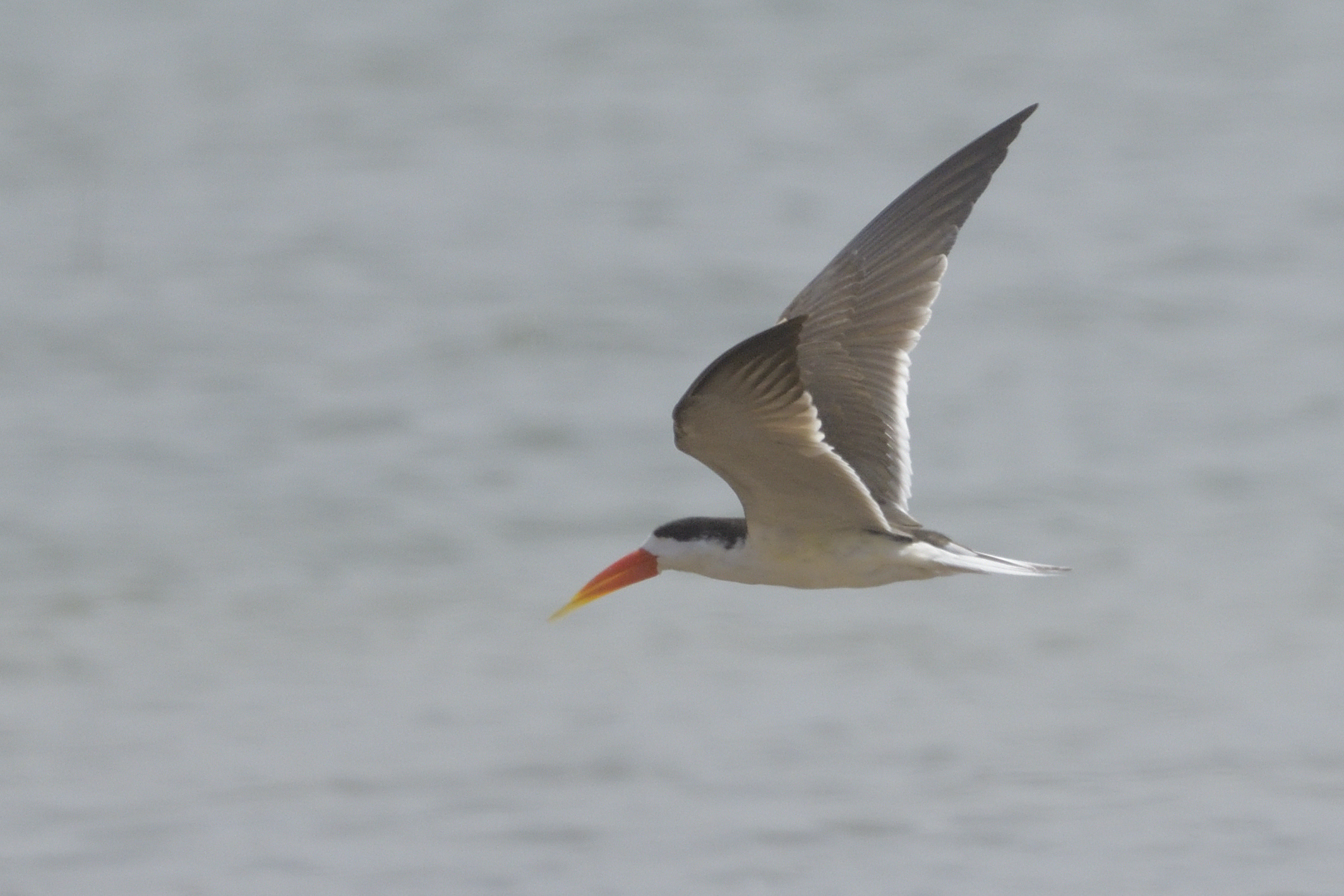
African Skimmer, Rynchops flavirostris
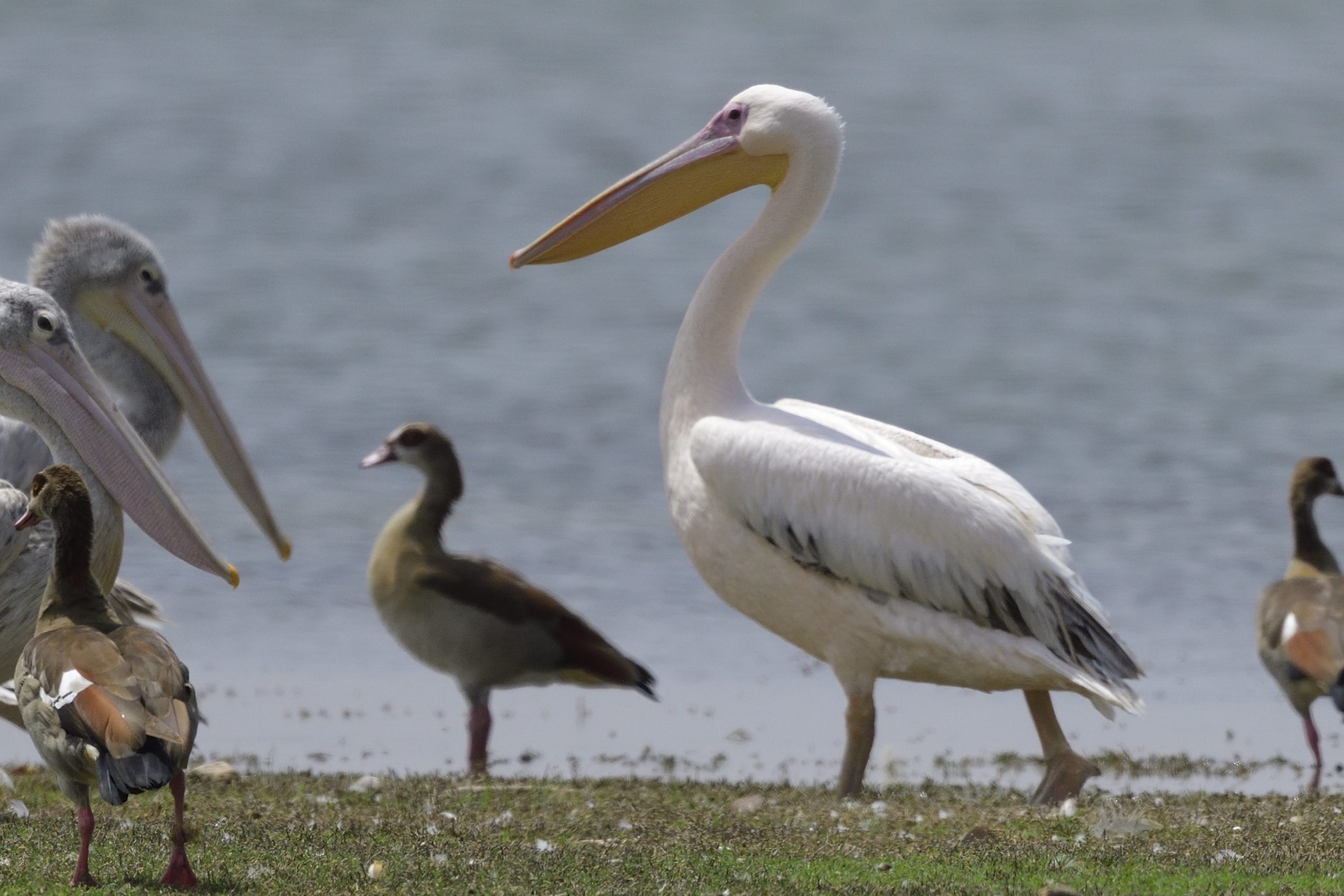
Great White Pelican, Pelecanus onocrotalus
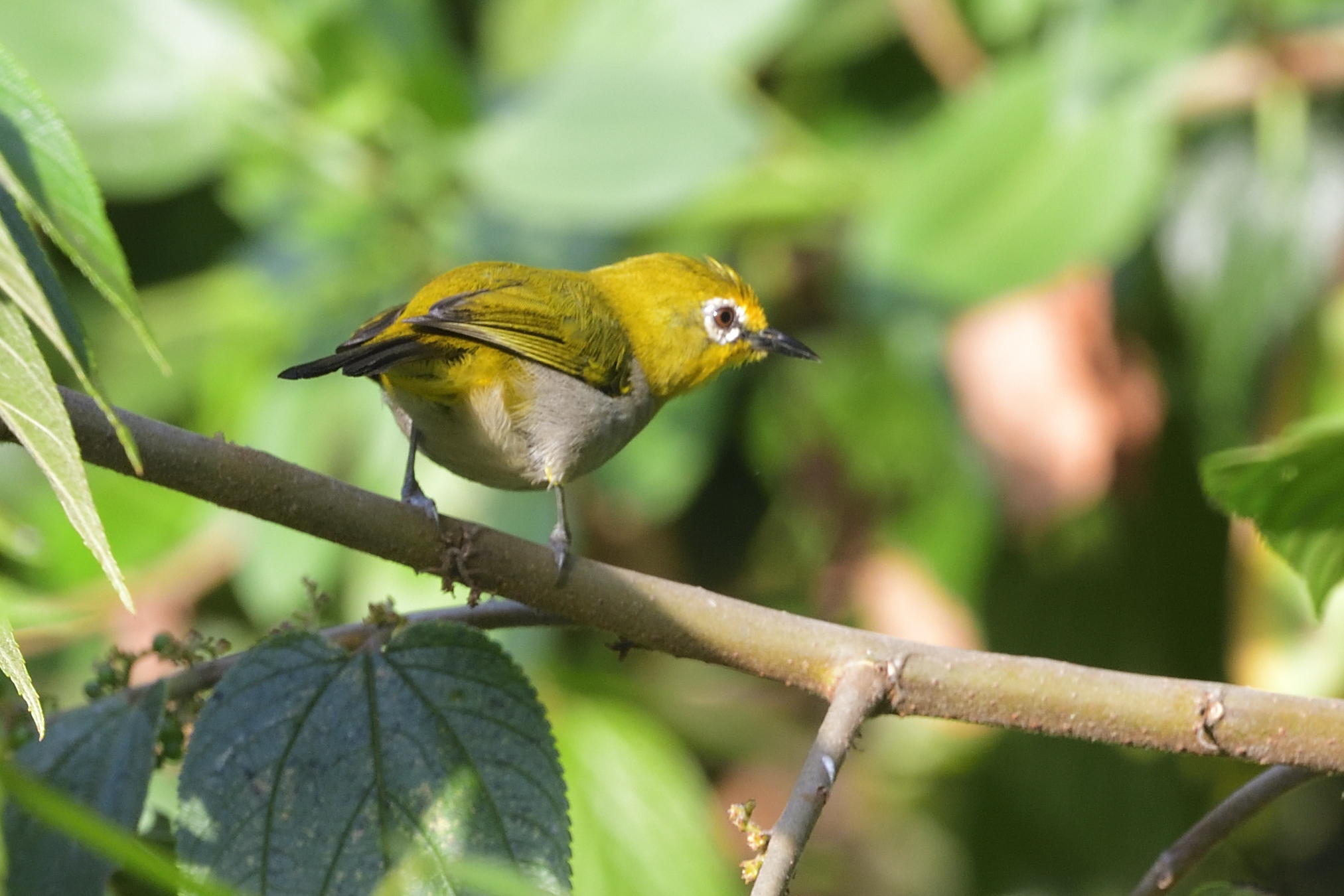
South Pare White-eye, Zosterops Winifredae, Endemic to Pare Mountains in Tanzania
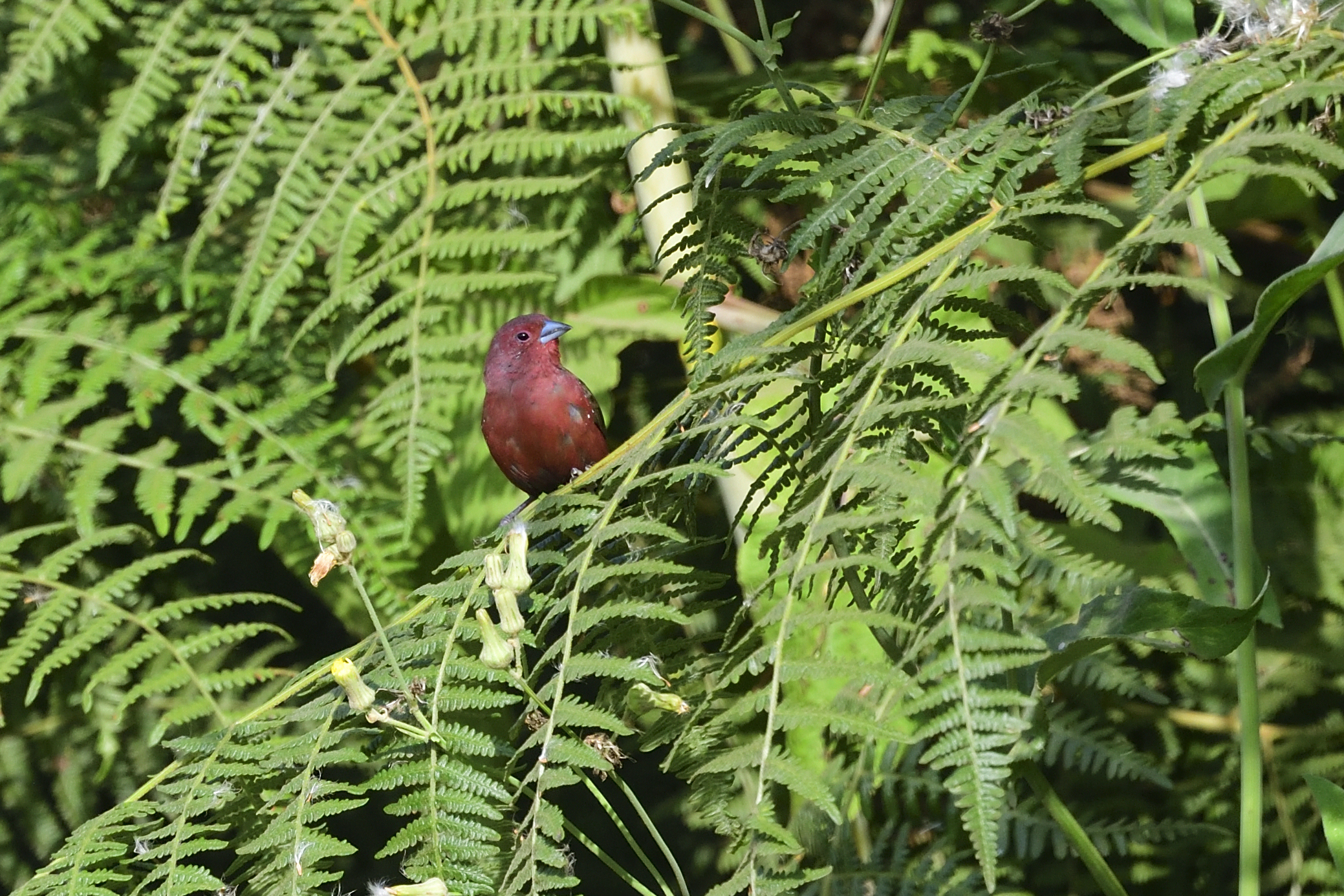
African Firefinch, Lagonosticta rubricata
Day 7, February 22, 2023: Same – Magamba Forest East Usambara
On that morning, we normally bird around Same, just outside Mkomazi National Park and then return to the motel for breakfast. Here are some of the species we observed before breakfast: D´Arnaud´s Barbet, Red-faced Crombec, Black-bellied Sunbird, Abyssinian Scimitarbill, Hildebrandt´s Starling, Spotted Flycatcher, Red-backed Shrike, Southern Black Flycatcher, Pygmy Batis, Red-rumped Swallow, Long-tailed Paradise Whydah, Bare-eyed Thrush, Red-tailed Shrike, Black-throated Barbet, Purple Grenadier, Red-headed Weaver, Orange-breasted Bushshrike, Common Whitethroat, Tsavo Sunbird, Black-headed Oriole, Tiny Cisticola, Reichenow´s Seed-eater, Nubian Woodpecker, Lesser Honeyguide, Klaas´s Cuckoo, Blue-cheeked Bee-eater, Steel-blue Whydah, White-throated Robin and Red-bellied Parrot. We returned to the Motel, packed had breakfast and were soon on our way to our next destination: Magamba Forest, West Usambara. The drive went fine to Mombo. We took off there and headed for Lushoto. We stopped just short of Soni to look for a few birds. We saw Eastern Golden Weaver and Mountain Wagtail. We continued to Soni where we filled up on supplies. We arrived in camp around 14:00. We sat up camp and were soon out birding. Here are some of the birds we observed in Magamba forest the first afternoon: Moustached Tinkerbird, Usambara Double-collared Sunbird, Southern Citril, Southern Yellow White-eye (race stierlingi), Silvery-cheeked Hornbill, Eastern Bronze-naped Pigeon, Evergreen Forest Warbler, White-starred Robin, Giant Kingfisher, Black Saw-wing, Red-capped Forest Warbler, Cinnamon Bracken Warbler, Yellow-throated Woodland Warbler, Mountain Greenbul, African Hill Babbler, Green Barbet, Tambourine Dove, Olive Sunbird and Bar-throated Apalis. We returned to camp. I had already the local chicken boiling. Apolloh turned out to be very good in chopping vegetables and we soon had dinner by the bonfire. We retired early to bed that night.
Some pictures from Day 7:
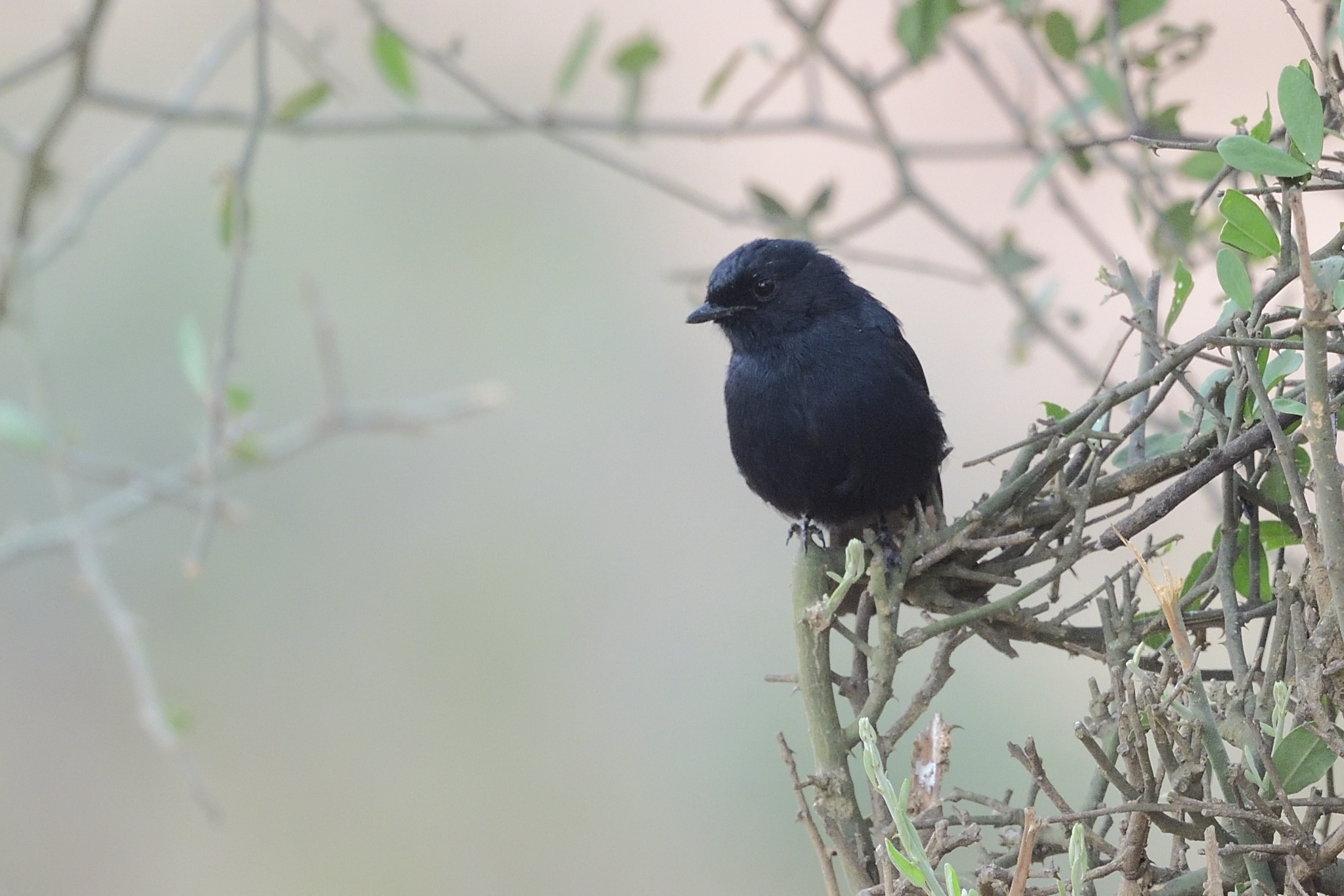
Southern Black Flycatcher, Melaenornis pammelaina
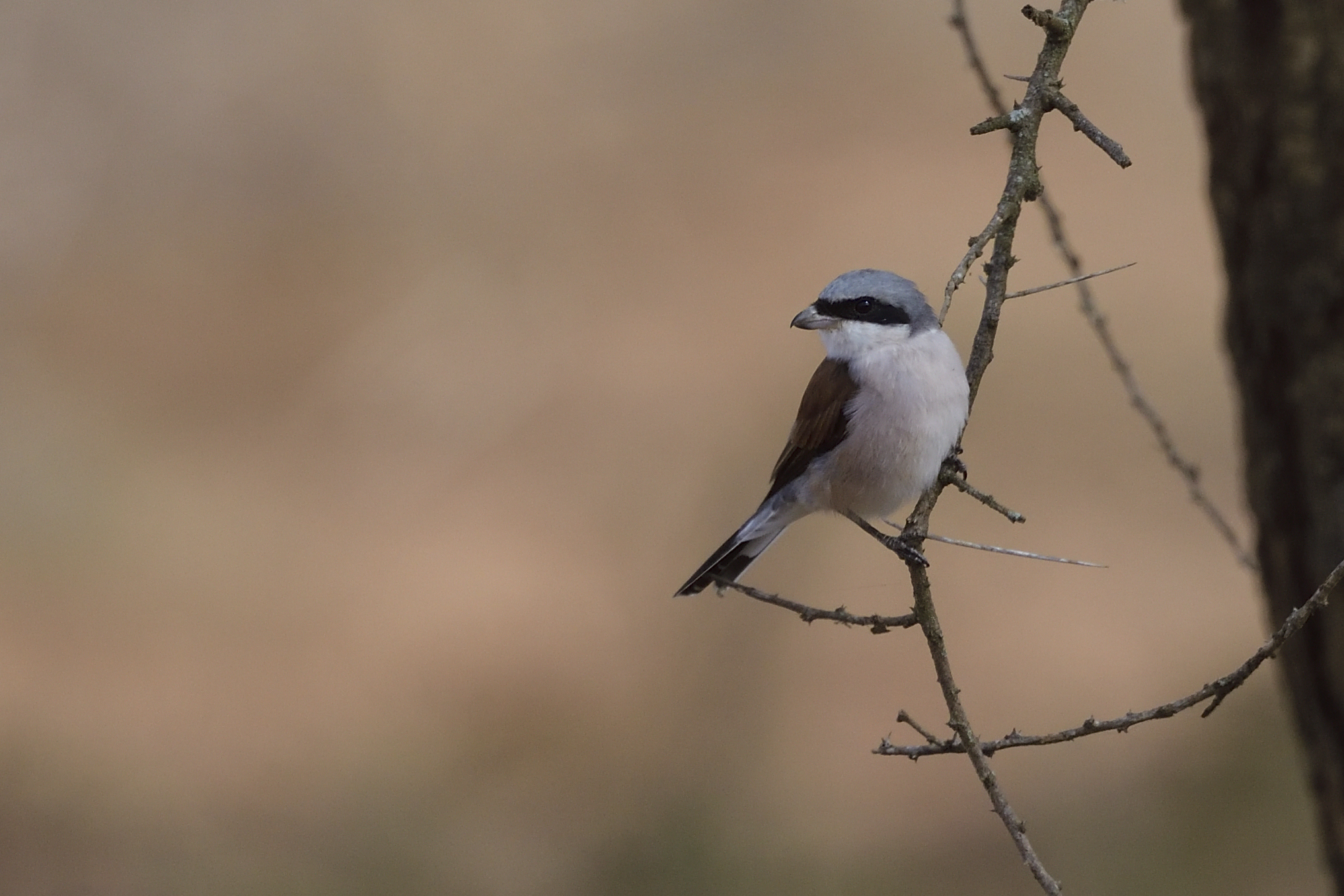
Red-backed Shrike, Lanius collurio
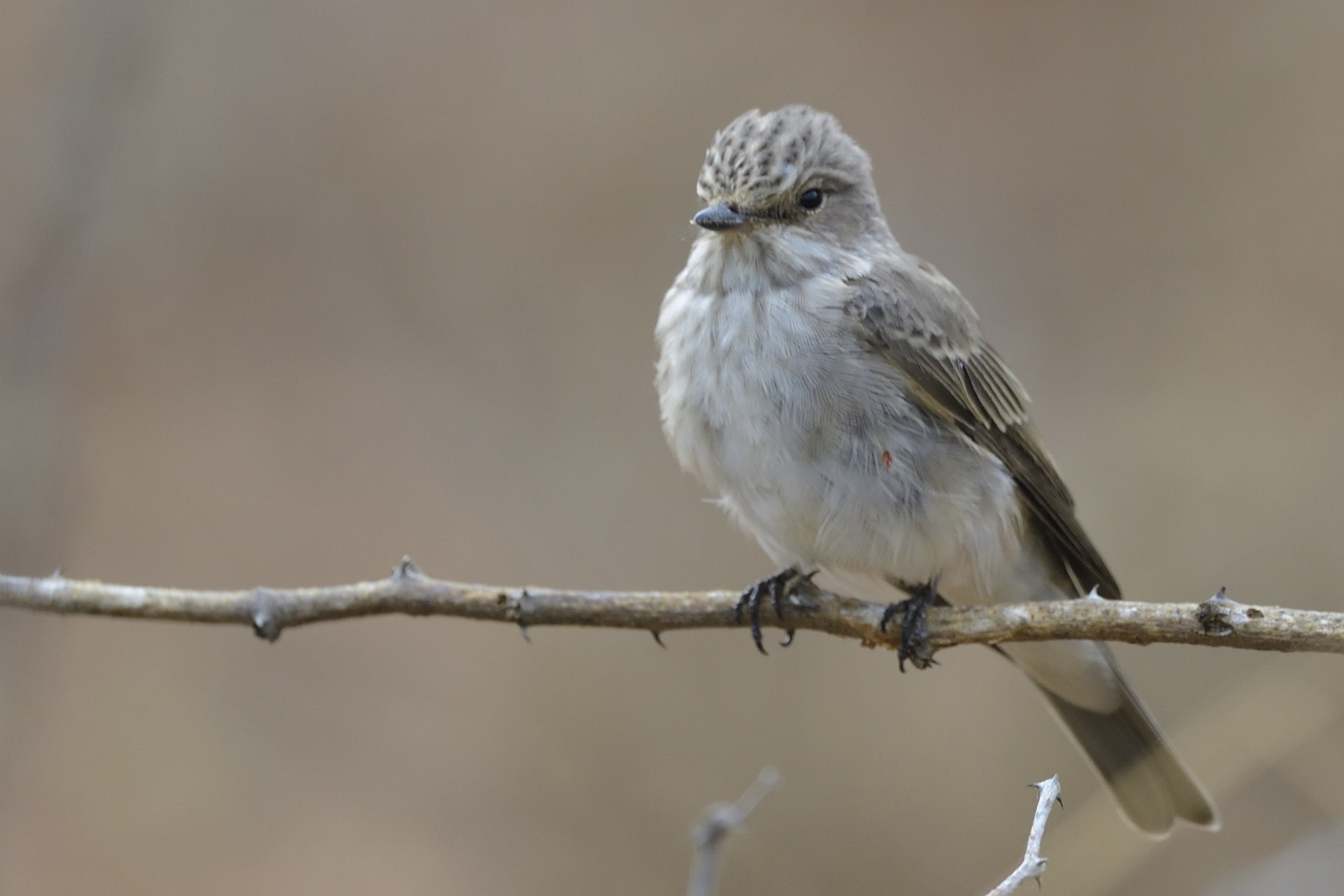
Spotted Flycatcher, Muscicapa striata
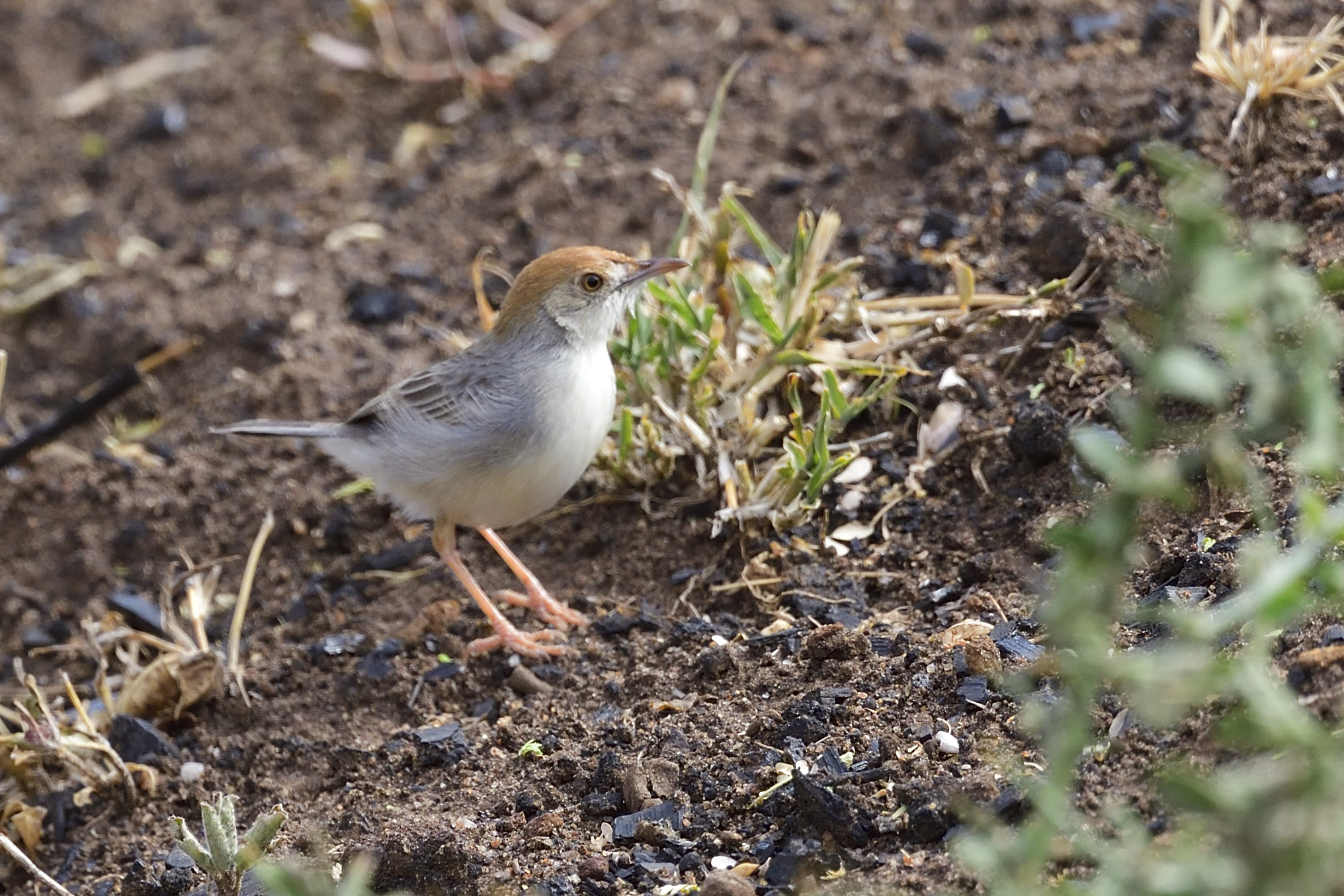
Tiny Cisticola, Cisticola nana, Endemic to NE Africa
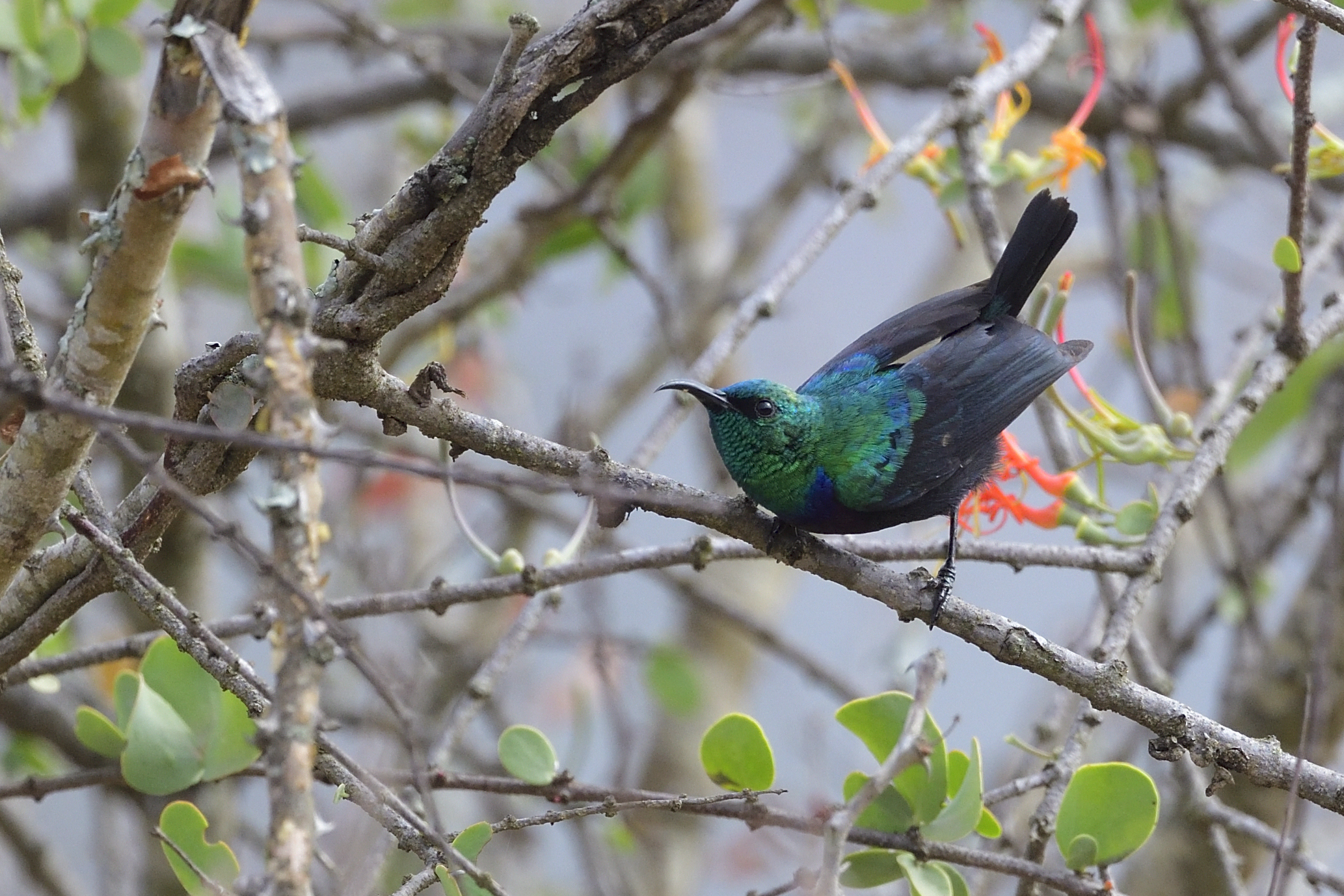
Tsavo Sunbird, Cinnyris tsavoensis, Endemic to East Africa
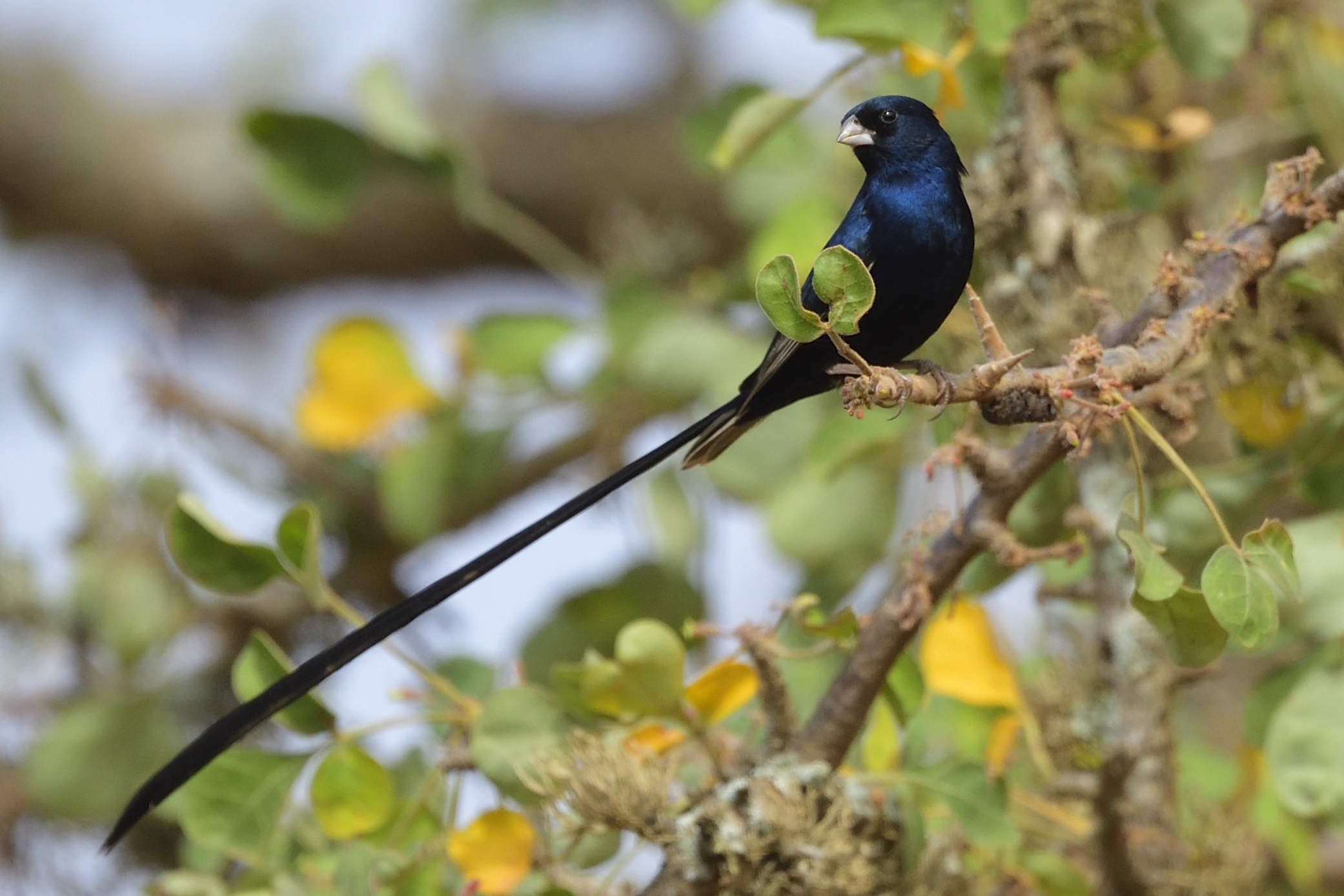
Steel-blue Whydah, Vidua hypocherina, Endemic to NE Africa
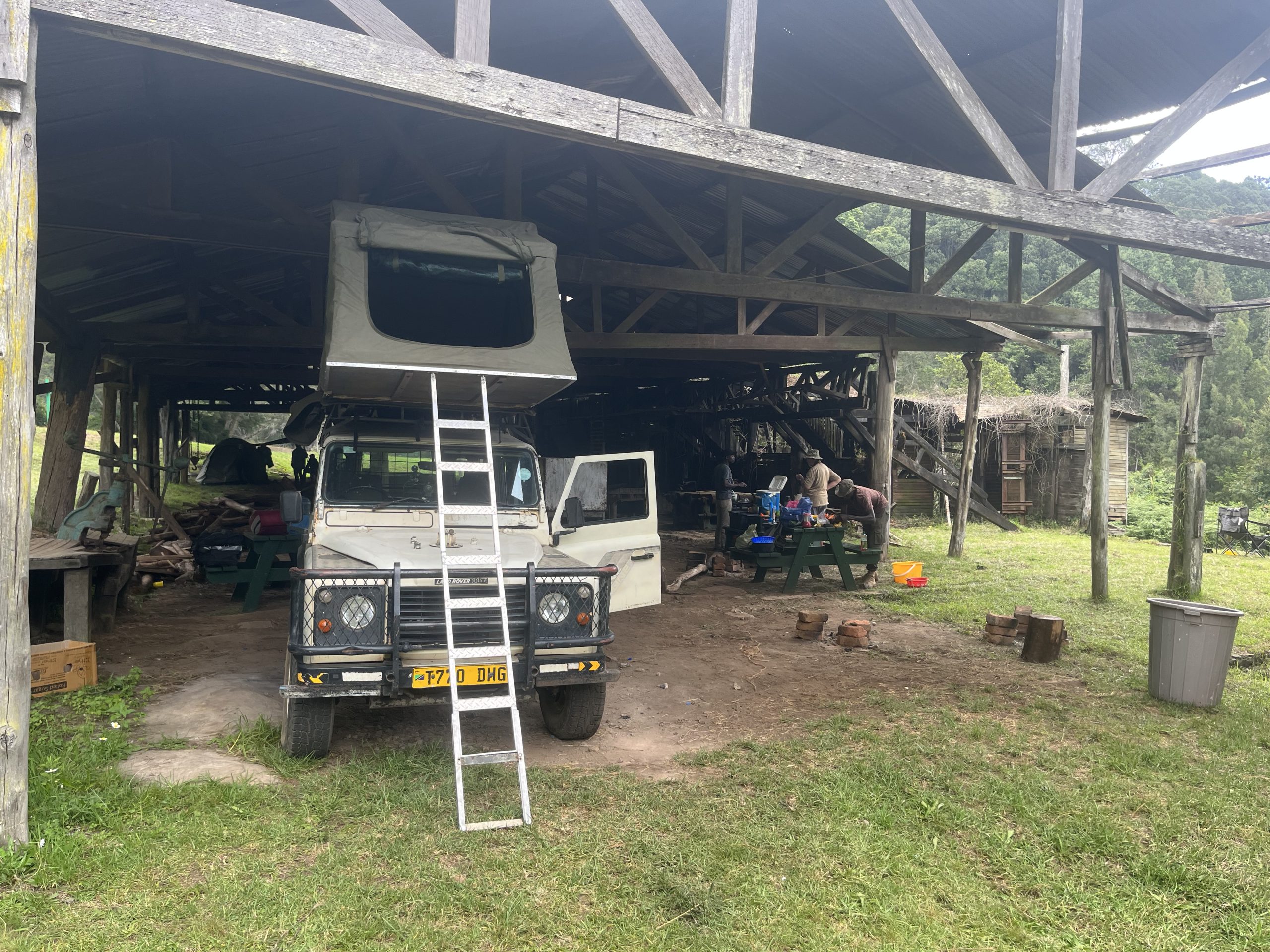
Camp in Magamba Forest, West Usambara
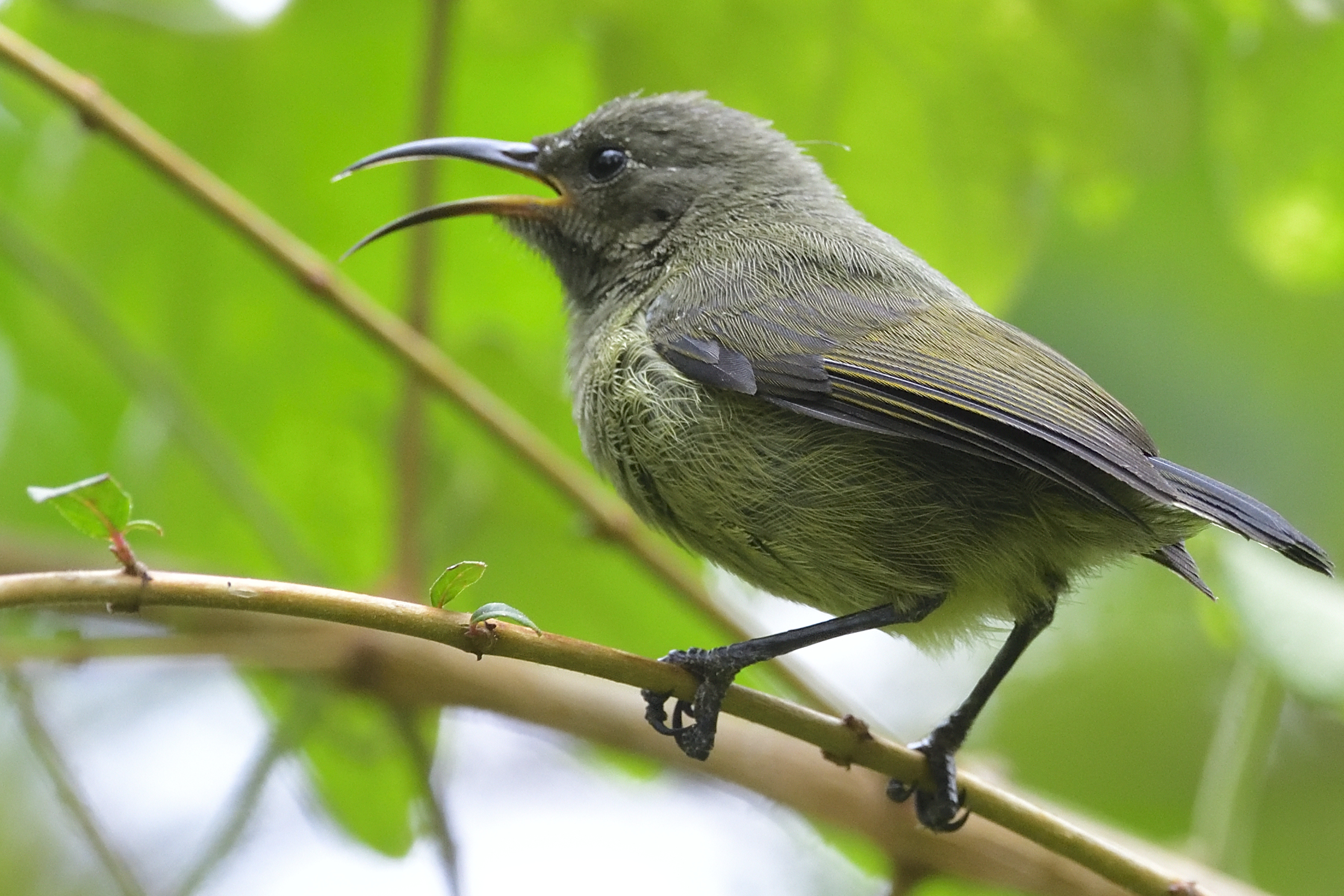
Usambara Double-collared Sunbird (female), Cinnyris usambaricus, Endemic to South Pare and Usambara Mountains in Tanzania.
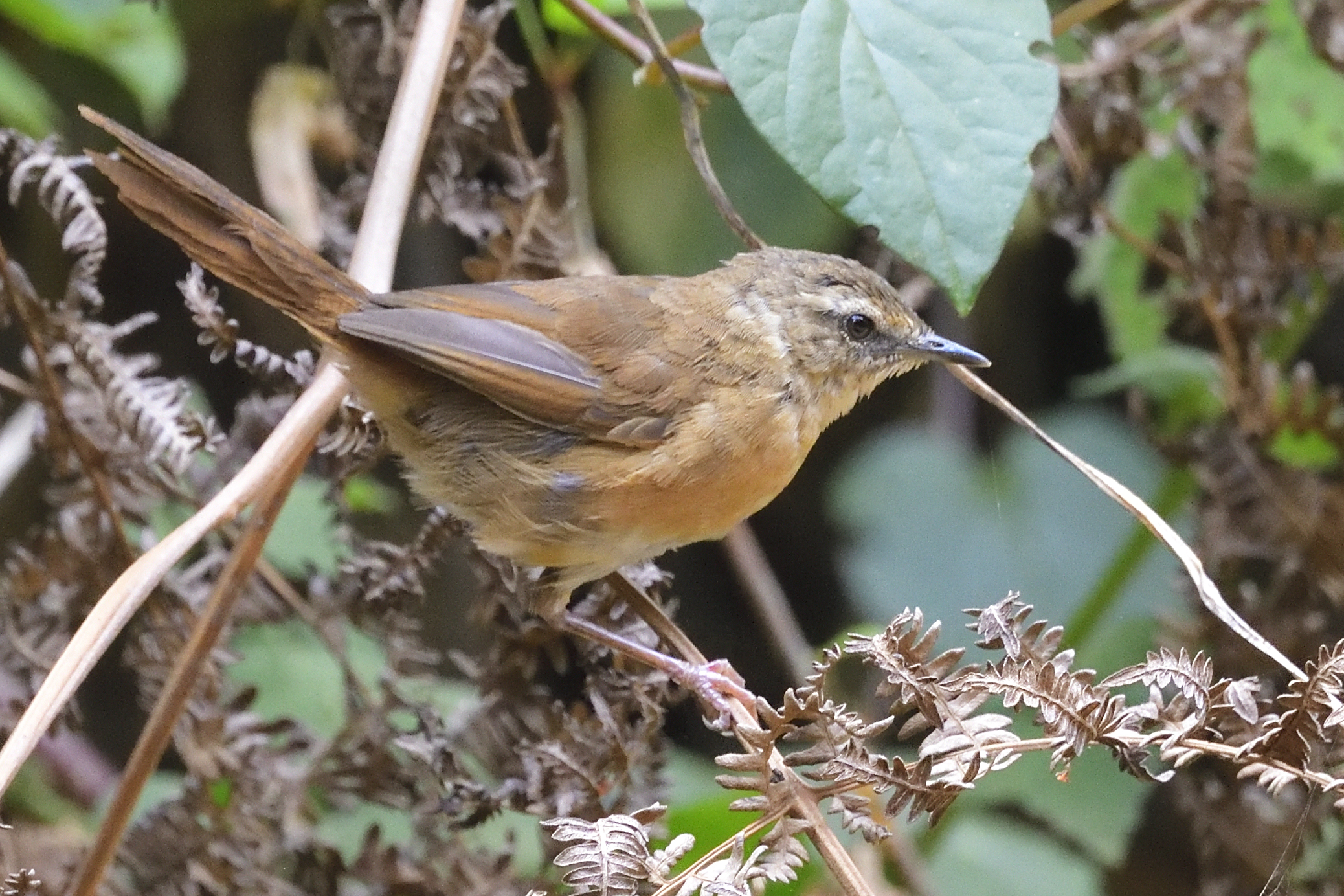
Cinnamon Bracken Warbler, Bradypterus cinnamomeus
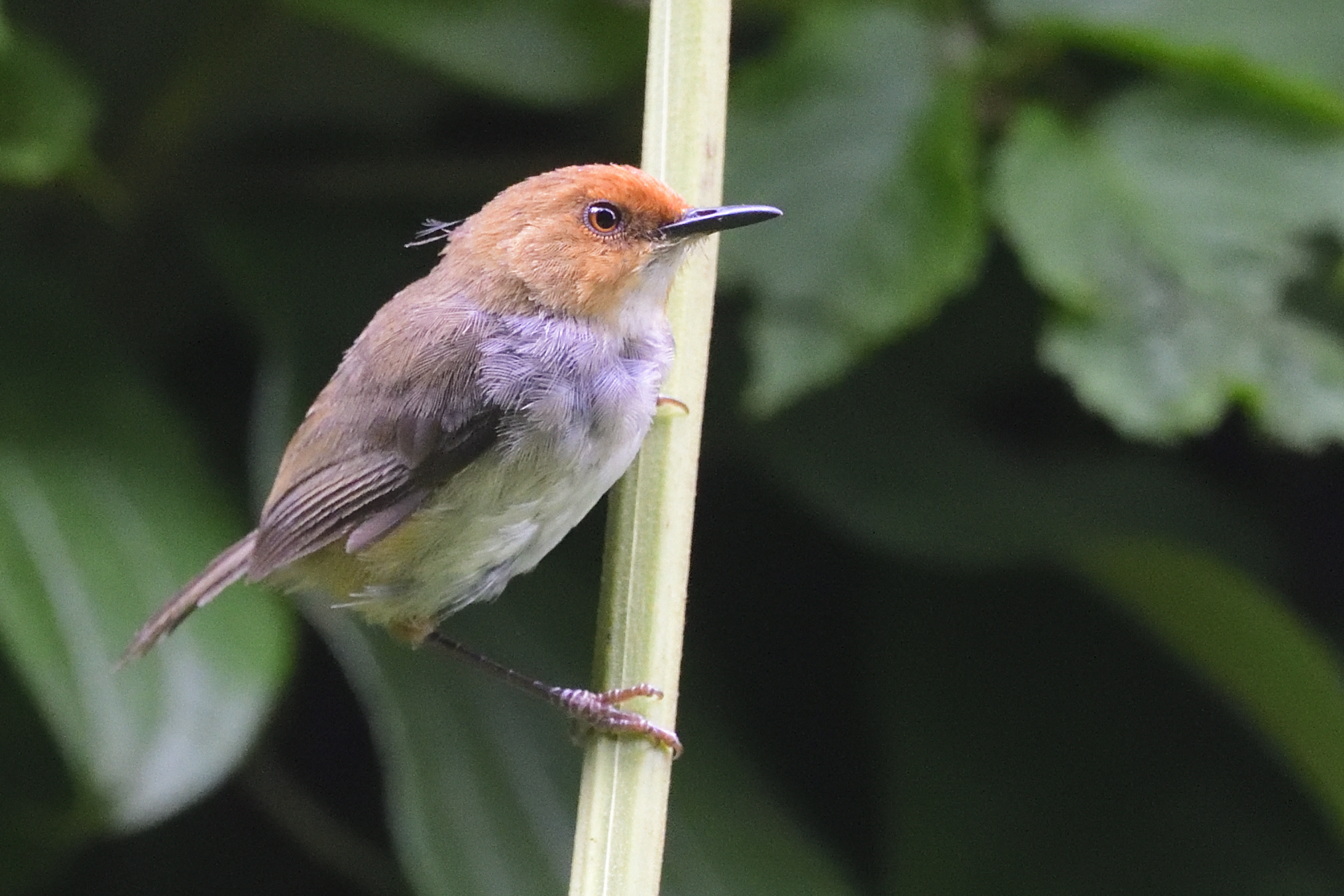
Red-capped Forest Warbler, Artisornis metopias, Endemic to eastern Arc Mountains of Tanzania and N. Mozambique
Day 8, February 23, 2023: Magamba Forest, West Usambara
A full day in Magamba Forest. We started going up from camp before breakfast. Here are some of the new birds we observed for the Forest: Red-faced Crimsonwing, Cape Robin-Chat, Yellow-bellied Waxbill, Olive Sunbird, Black-fronted Bushshrike and White-tailed Crested Flycatcher. We returned to camp and made breakfast, then relaxed a little before we walked out around 13:00. We took a path close to camp. It were to steep for Jim, so Dilenga, Apolloh and I continued. We had 2 targets: Usambara Akalat and Spot-throat. At the first stop. we managed to get the Akalat. The Spot-throat were singing and singing every where we stopped, but we just got tiny glimpses of it. We also recorded Montane Tiny Greenbul and Bar-tailed Trogon before we returned to Jim in camp for lunch. After lunch we walked down the path from camp. Some of the new birds we encountered for the forest included: Fülleborn´s Boubou, Usambara Thrush, Placid Greenbul, Mountain Buzzard and Waller´s Starling. We returned to camp, made dinner and heard an African Wood-Owl call. We retired early to bed.
Some pictures from Day 8:
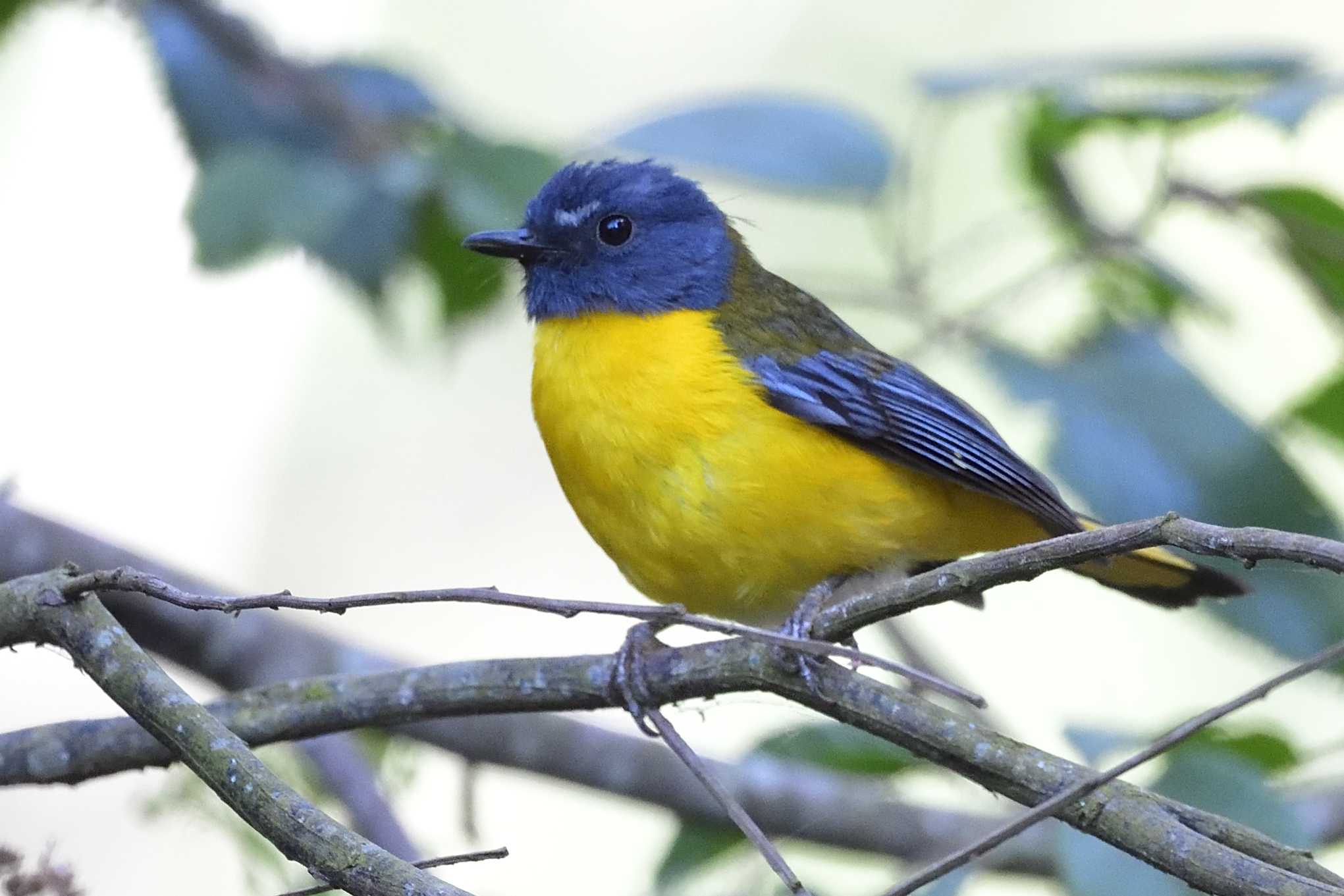
White-starred Robin, Pogonocichla stellata
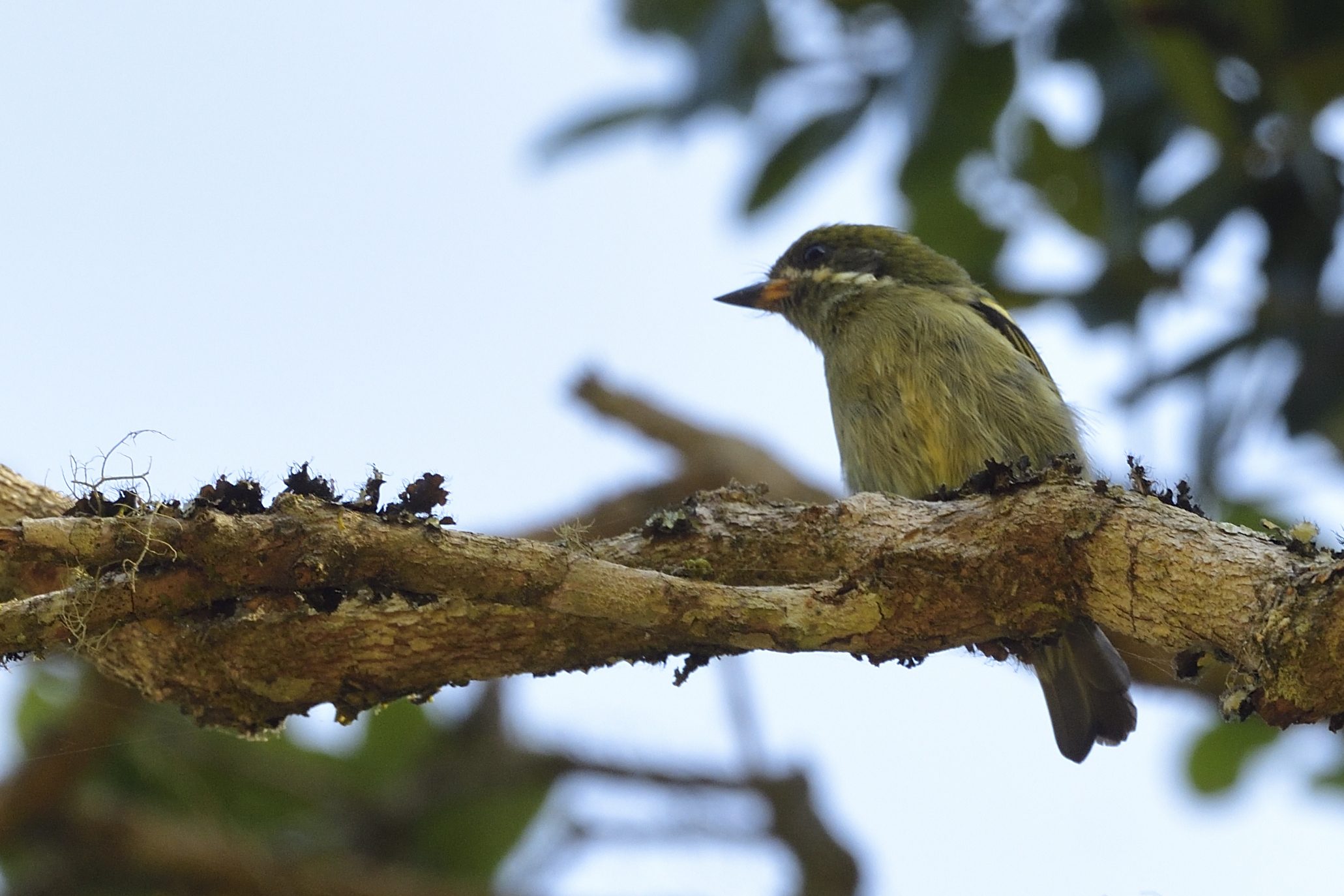
Moustached Tinkerbird, Pogoniulus leucomystax
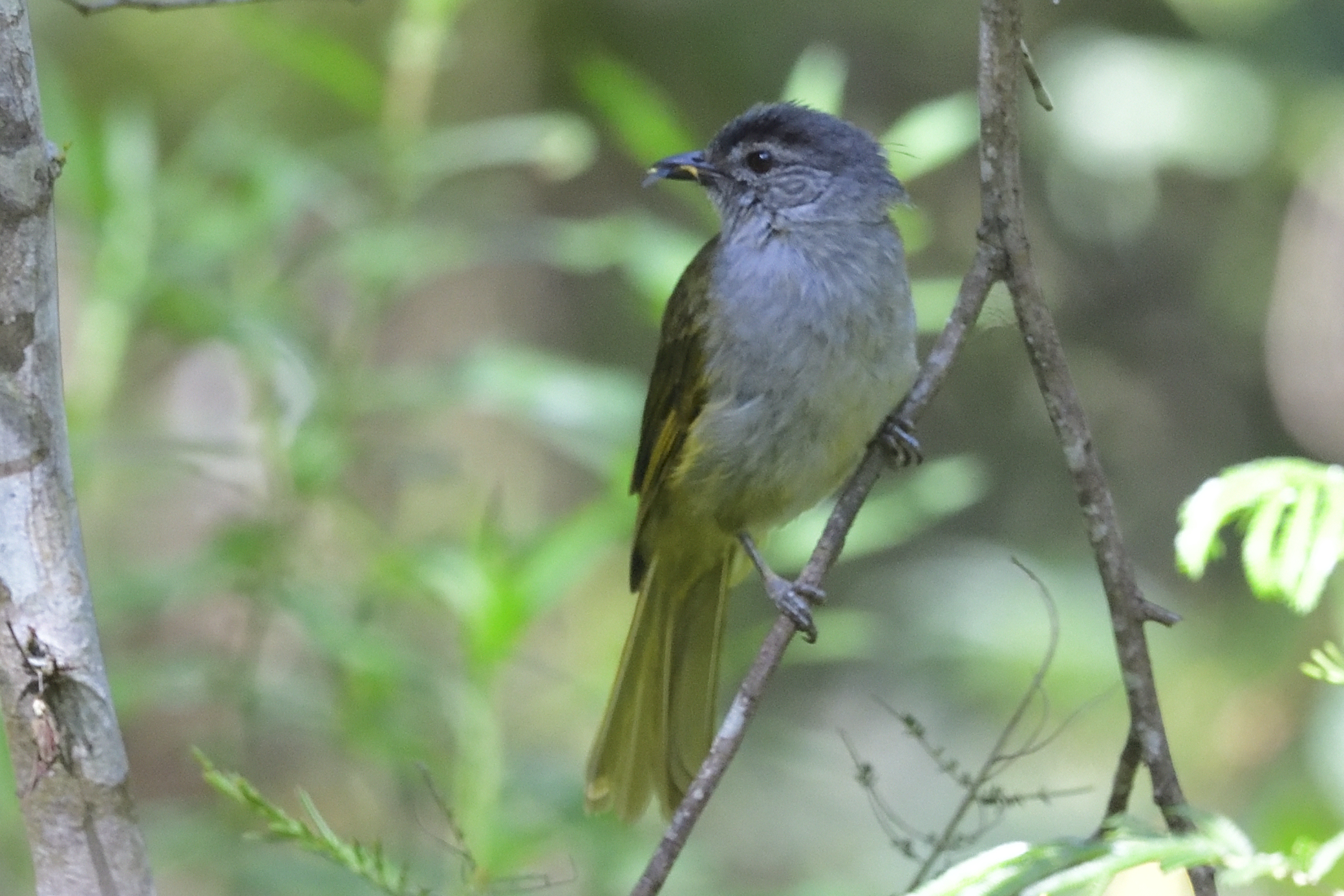
Mountain Greenbul, Arizelocichla nigriceps, Endemic to highland forests in S Kenya and N Tanzania
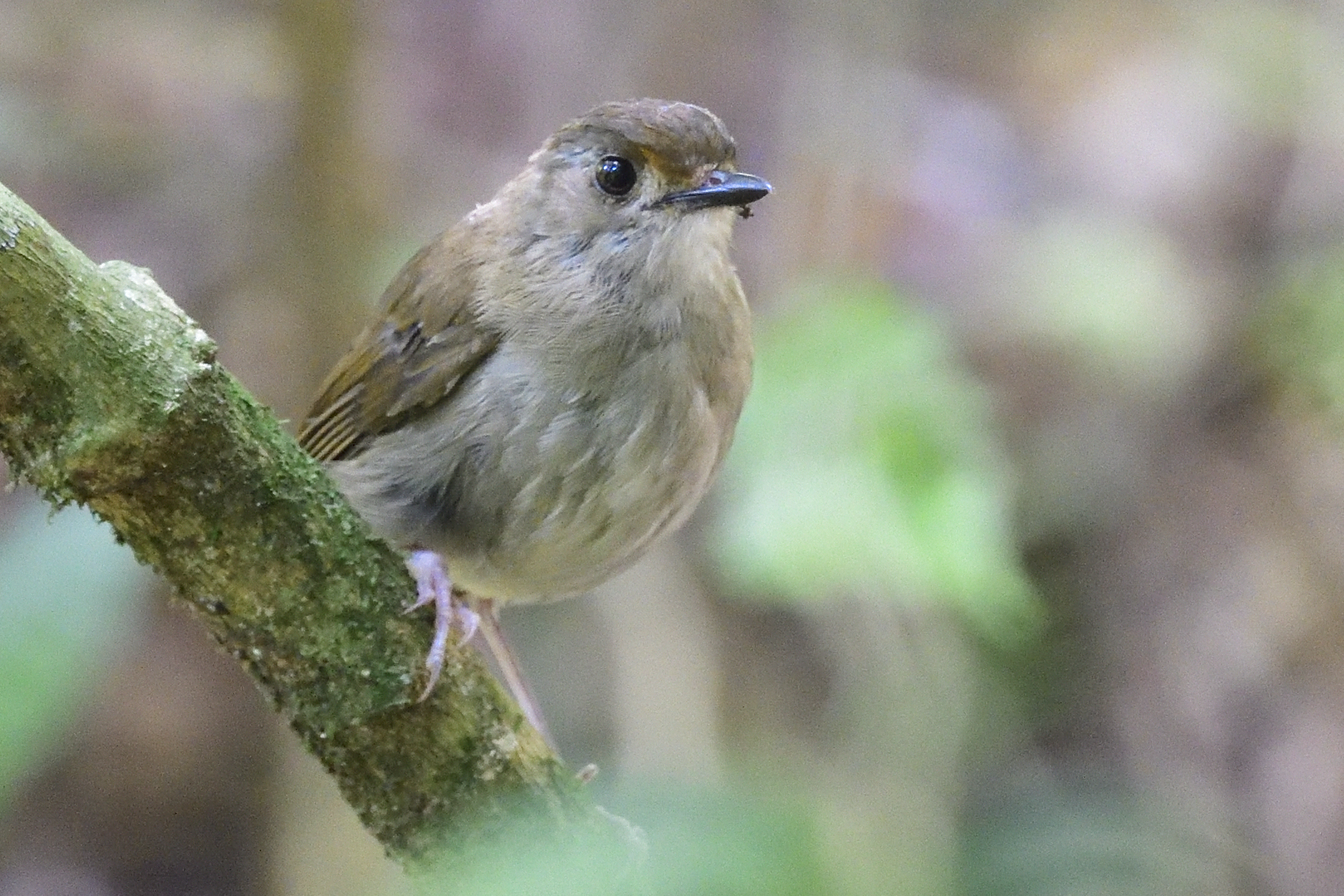
Usambara Akalat, Sheppardia montana, Endemic to West Usambara Mountains in Tanzania
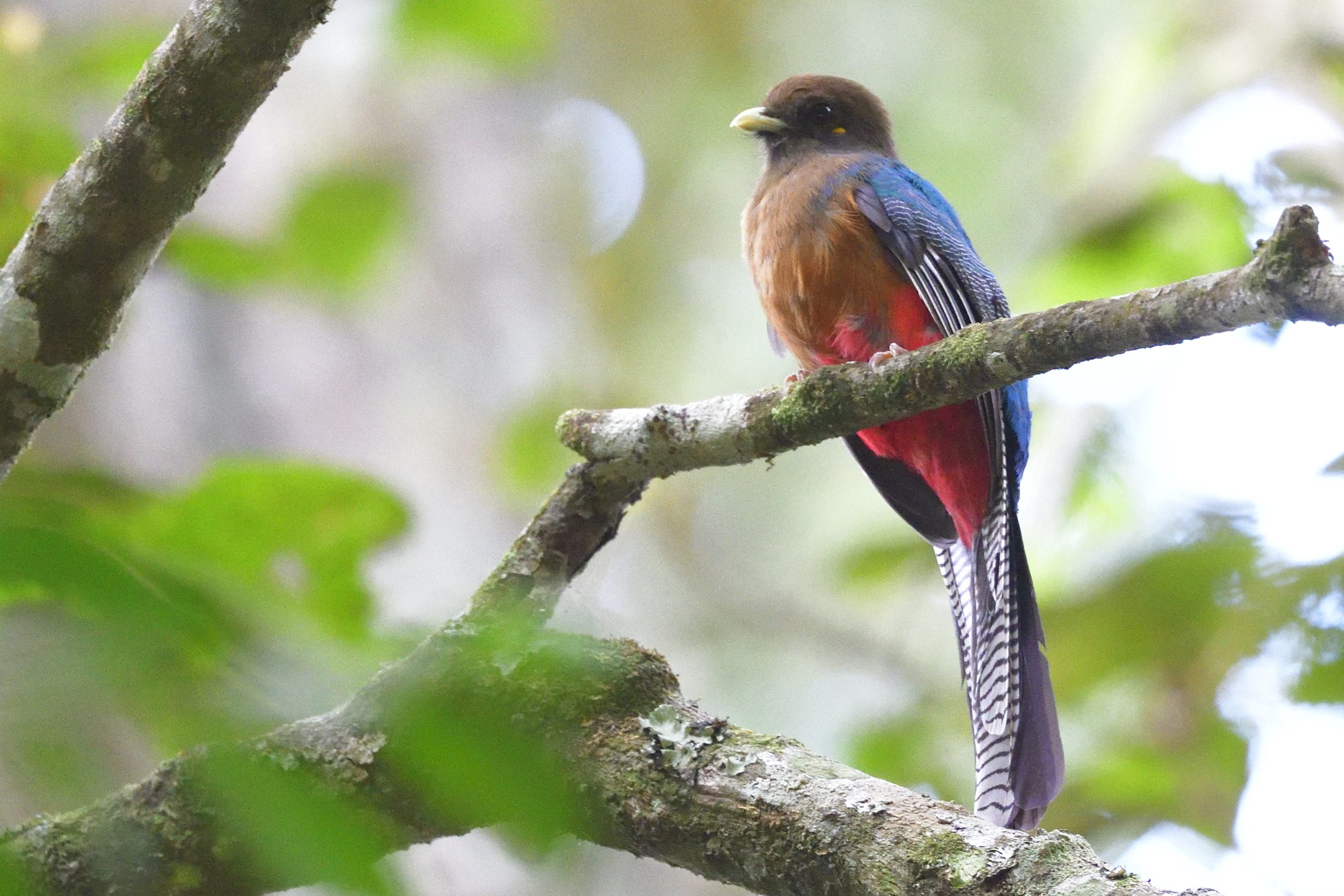
Bar-tailed Trogon, Apaloderma vittatum
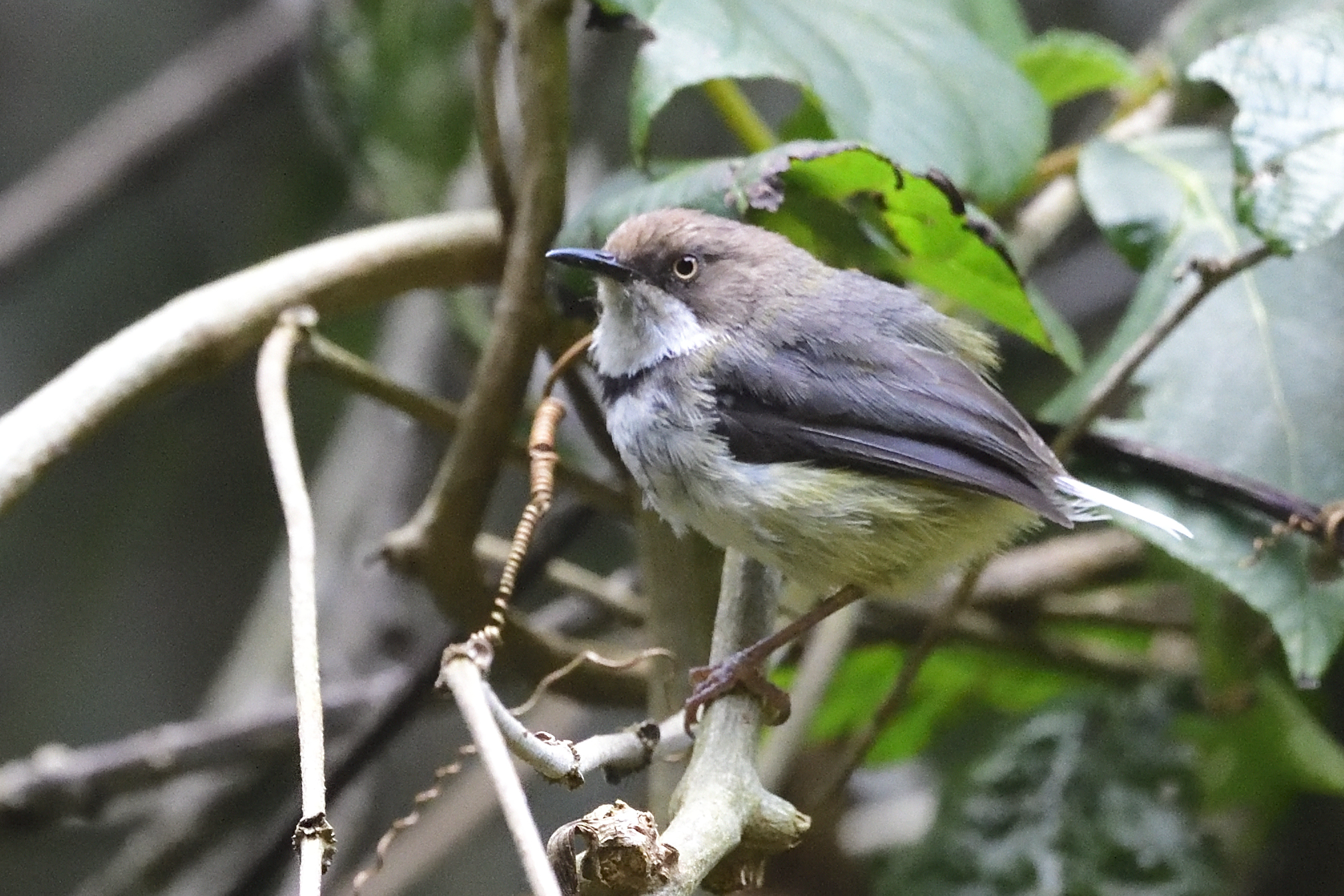
Bar-throated Apalis, Apalis thoracica
Day 9, February 24, 2023: Magamba Forest West Usambara – Amani Forest, East Usambara
We did the morning birding in Magamba forest without getting any new birds for the forest list. For the first time in many tries, I actually dipped on the Usambara Weaver :-(. We packed the car after breakfast and started the drive. I saw a Mocking Cliff Chat cross the road and stopped since I knew Jim wanted that bird. We stopped in Segera to get some lunch to eat on the way. After Muheza I normally stop for Coastal Cisticola, but since both Jim and Apolloh had that bird from Kenya, we just drove straight to the headquarter. We relaxed a little and were out birding at 16:00. It was still very hot, but we managed to pick up amongst others, these species: Silvery-cheeked Hornbill, Long-crested Eagle, Green and White-eared Barbet, Black-and-white (Red-backed) Mannikin, Rock Martin, Purple-banded and Collared Sunbird, Black-backed Puffback, Black Sparrowhawk, Banded Green Sunbird, Green Tinkerbird and White-browed Robin-Chat. We returned to camp, had dinner and retired early.
Some pictures from Day 9:
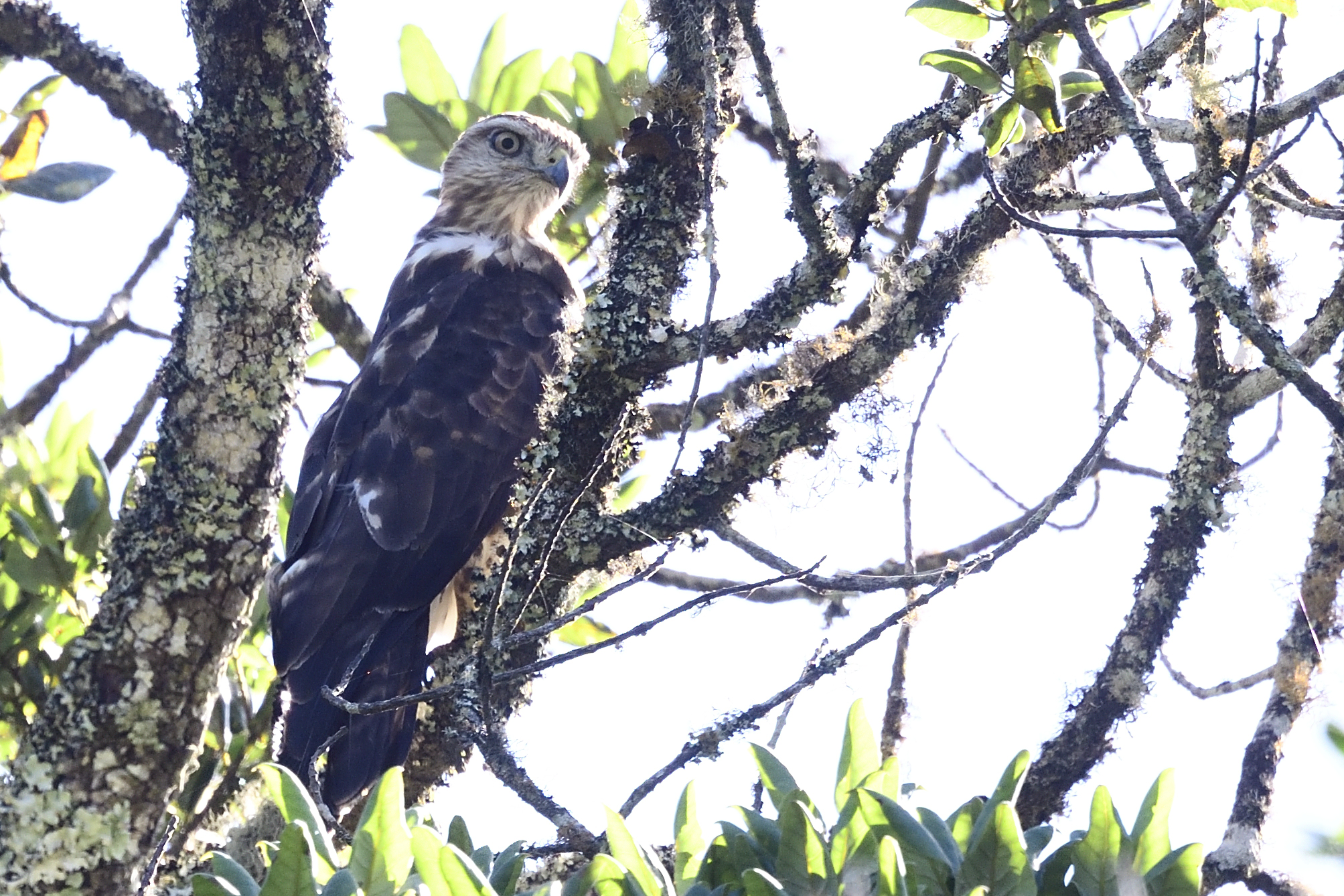
Mountain Buzzard (Juvenile), Buteo oreophilus, Endemic to NE Africa
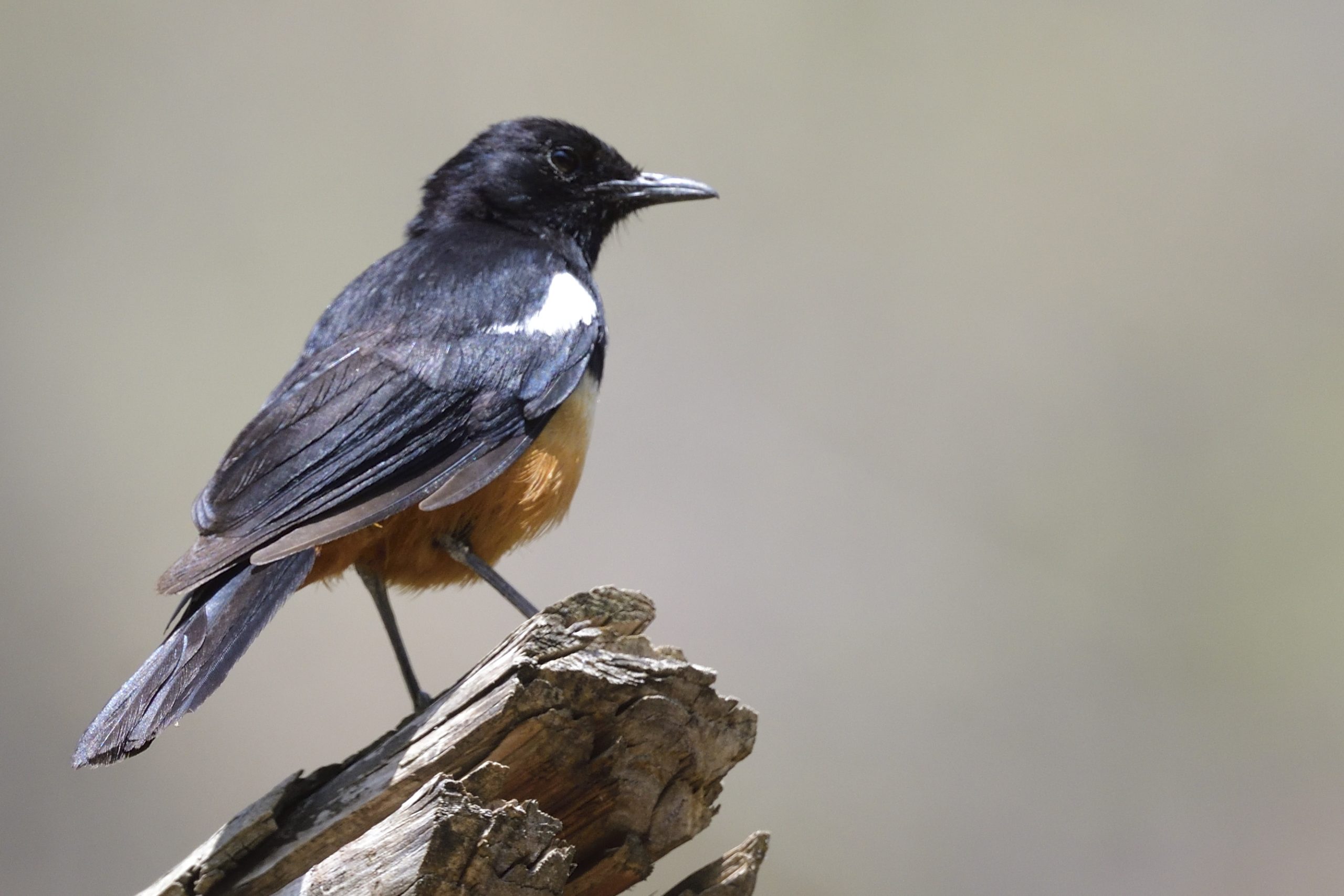
Mocking Cliff Chat, Thamnolaea cinnamomeiventris
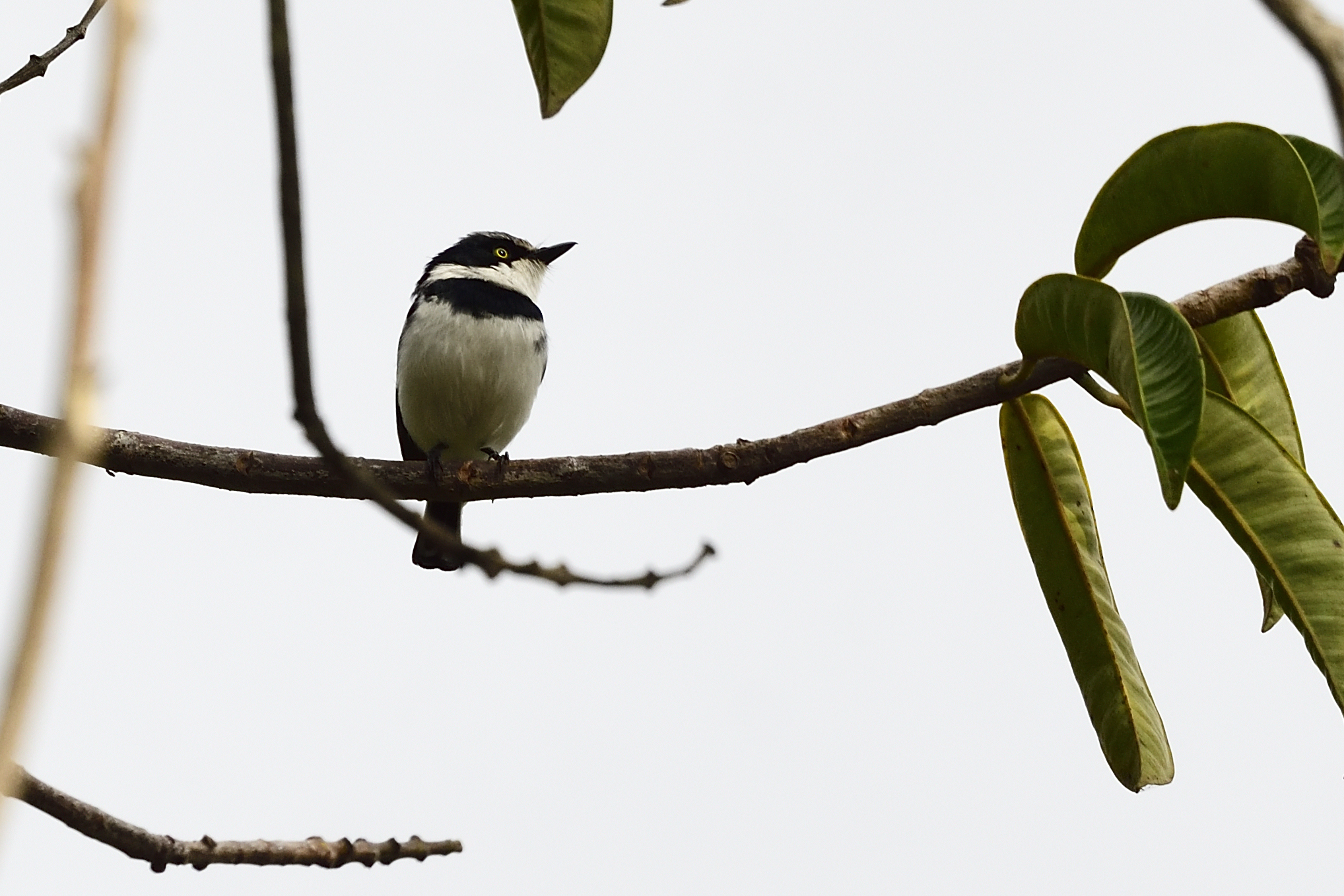
Pale Batis (male), Batis soros
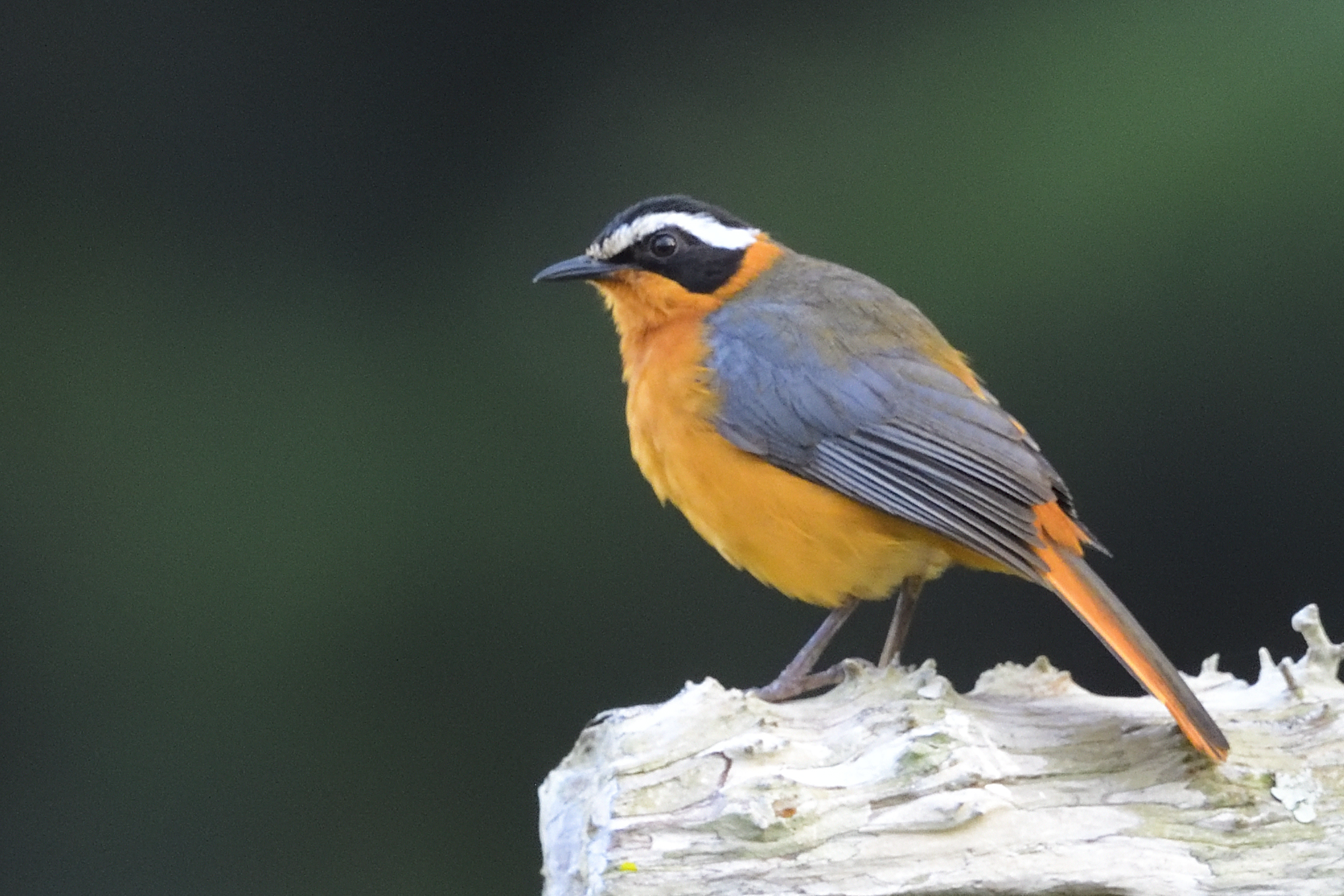
White-browed Robin-Chat, Cossypha heuglini
Day 10, February 25, 2023: Amani Forest to home
Jim had been complaining of pain in the arm for a few days. In the morning of the 10th day, he decided he was to ill to join us birding. Dilinga, Apolloh and I decided to go in search for our morning targets. We drove up to the normal spot for Long-billed Forest Warbler and Kretchmer´s Longbill. We had some trouble, but found them in the end. Some of the other birds observed in the area included: Brown-headed Kingfisher, Long-crested Eagle, Common Waxbill, Mountain Wagtail, Grey Wagtail, Tambourine Dove, Little Greenbul, Green-headed Oriole, East Coast Boubou, Green Tinkerbird, Dark-backed Weaver, Olive Sunbird, Common Square-tailed Drongo, Pale Batis, Ashy Flycatcher, Fischer´s Turaco, Uluguru Violet-backed Sunbird and Banded Green Sunbird. We had packed breakfast at the car and drove to our next destination. Our target here were Sharpe´s Akalat. It took some time, but eventually we had great views. Other birds in the area included African Broadbill, Green Barbet and Blue-mantled Crested Flycatcher. The next target Half-collared Kingfisher, we searched for a long time at different spots, but no luck. We returned to camp for lunch. Jim still felt bad and did not even want to have lunch. I made a decision to go home there and then in case Jim got worse. We had lunch and packed the car quickly. On the way down the mountain, we finally got the Half-collared Kingfisher. We tanked up the car in Muheza and bought some take away food in Segera. We still had a long drive home. We managed to reach Moshi before it got dark and were home safely around 20:30. The ladies had dinner prepared for us and we all went to sleep right after that. Jim felt better, but I still decided that the day after should be a day of rest.
Some pictures from Day 10:
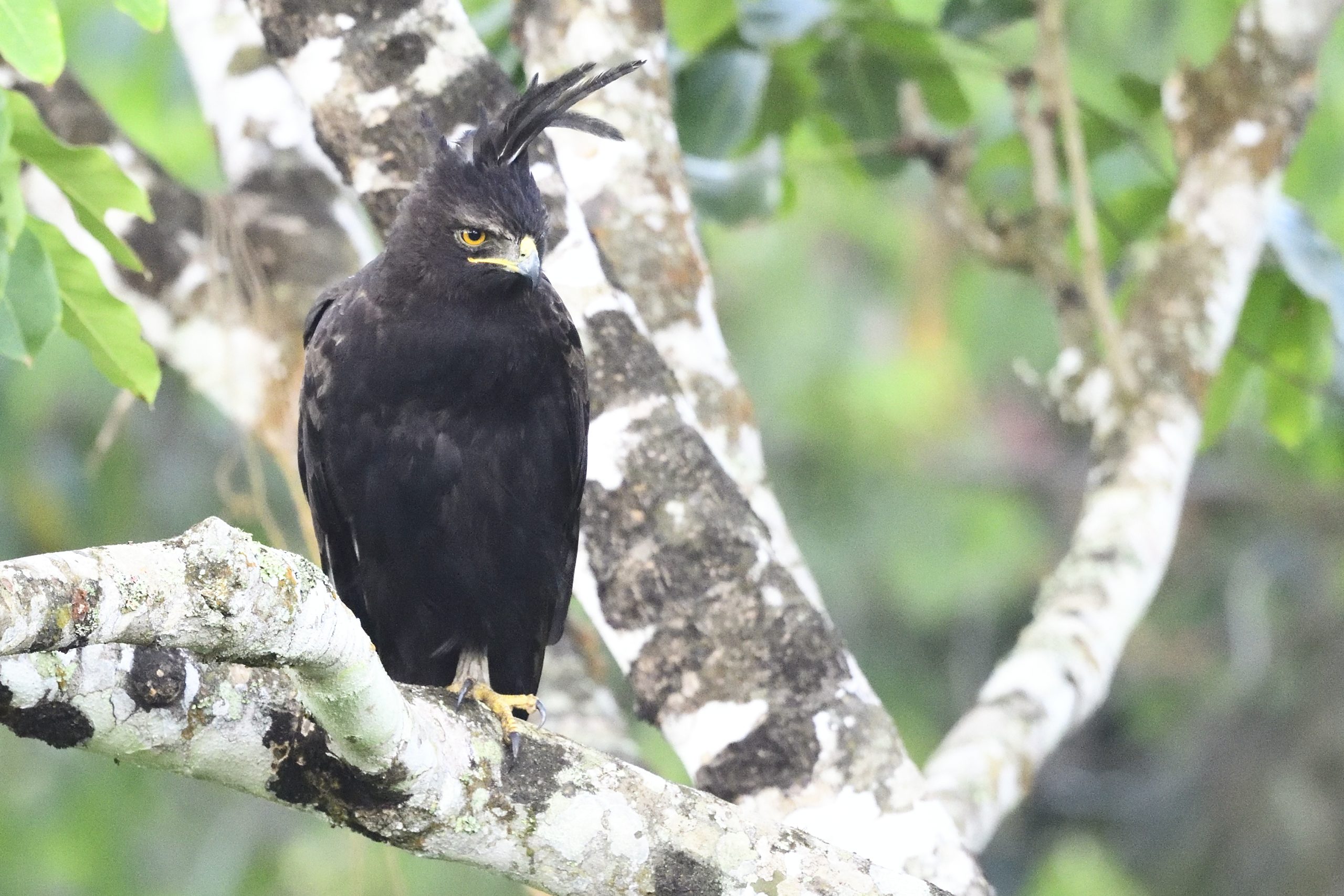
Long-crested Eagle, Lophaetus occipitalis
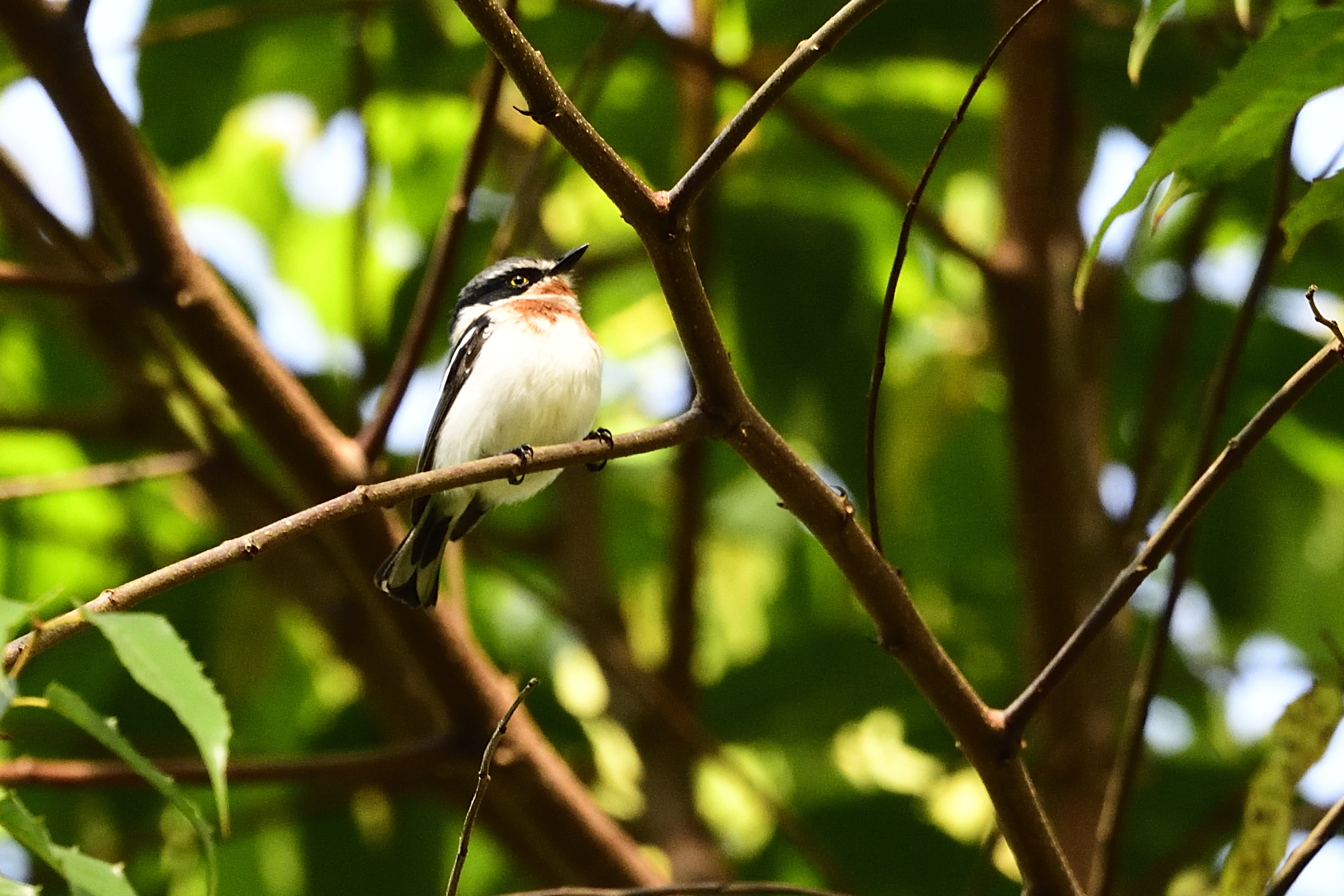
Pale Batis (female), Batis soror
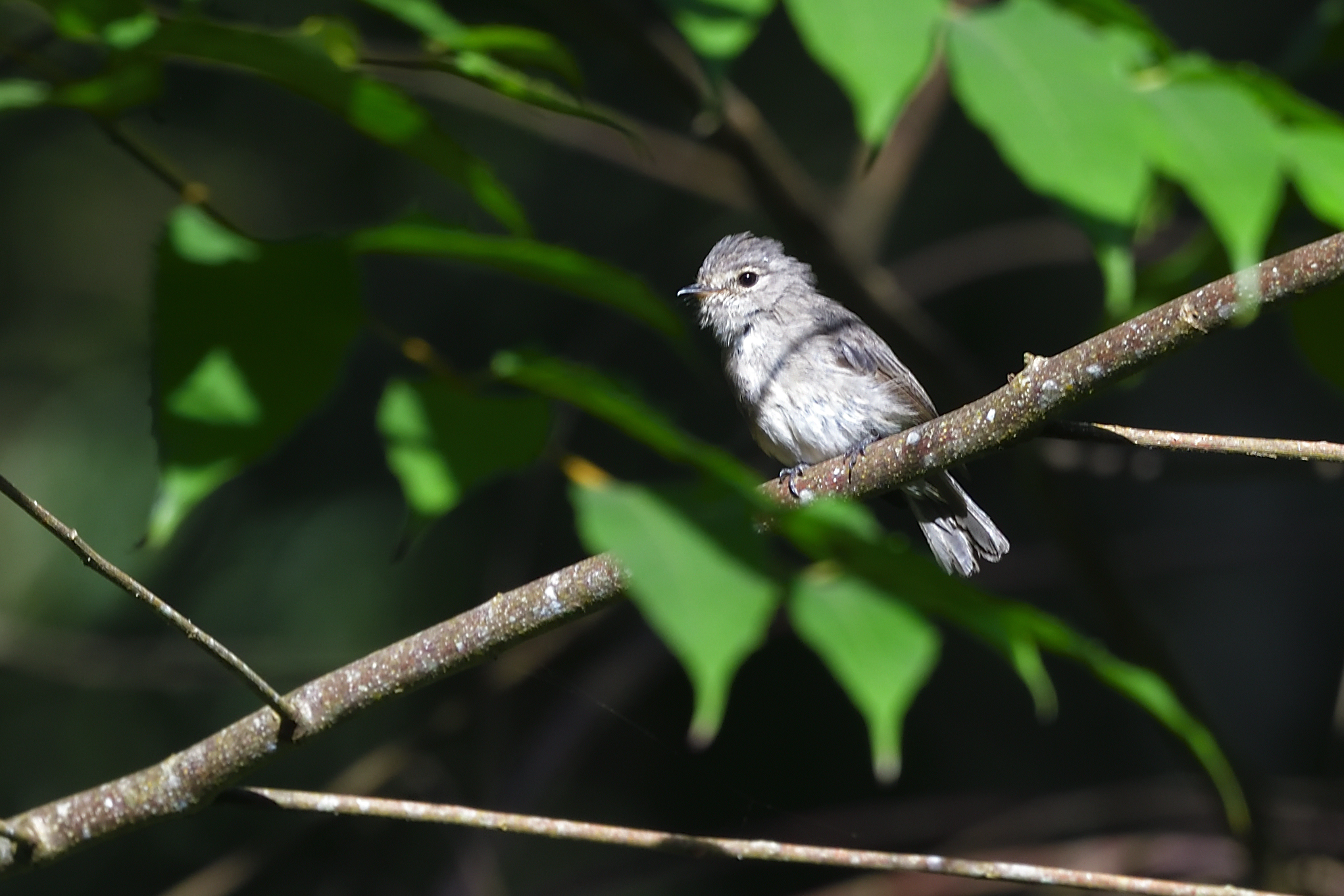
Ashy Flycatcher, Muscicapa caerulescens
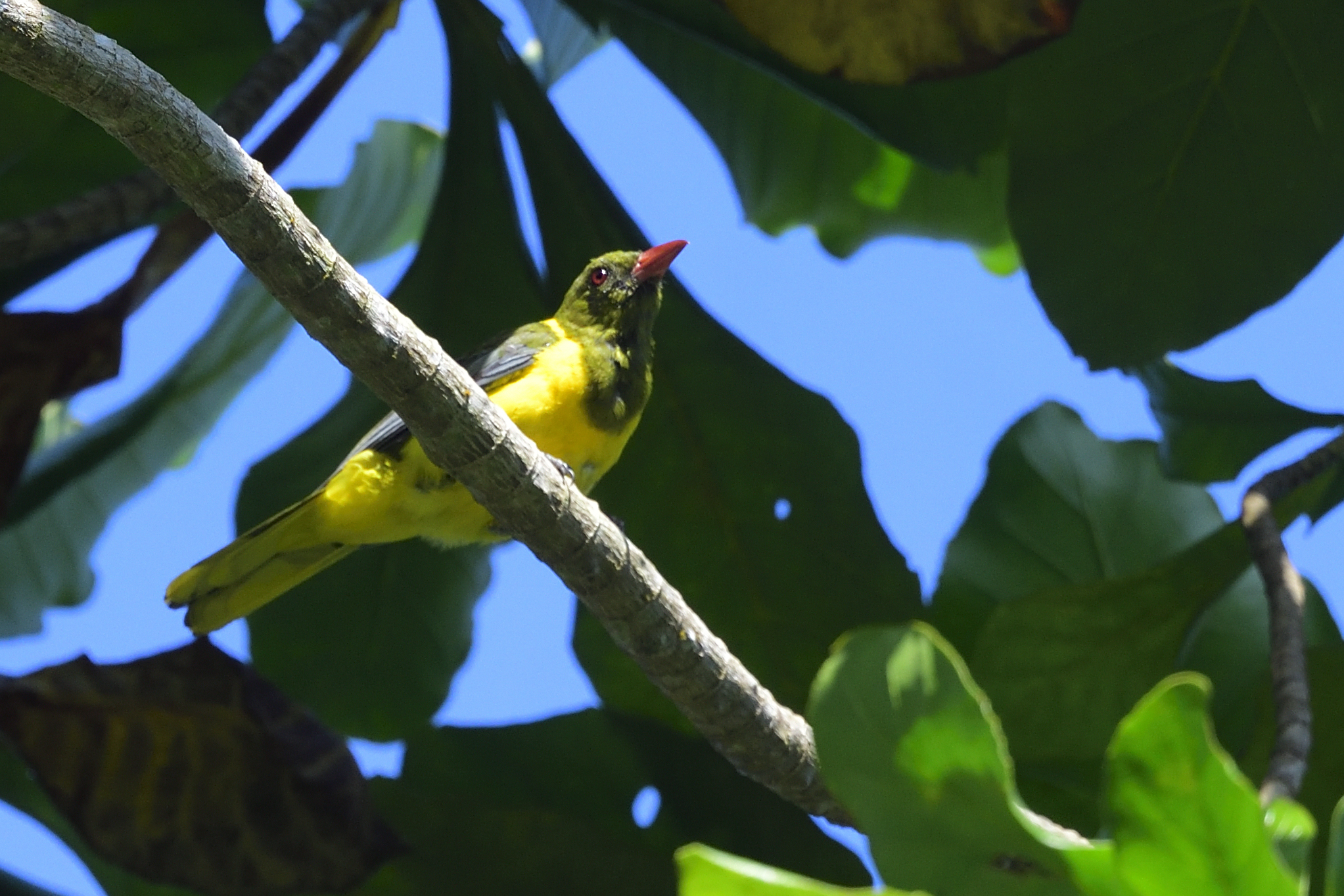
Green-headed Oriole, Oriolus chlorocephalus
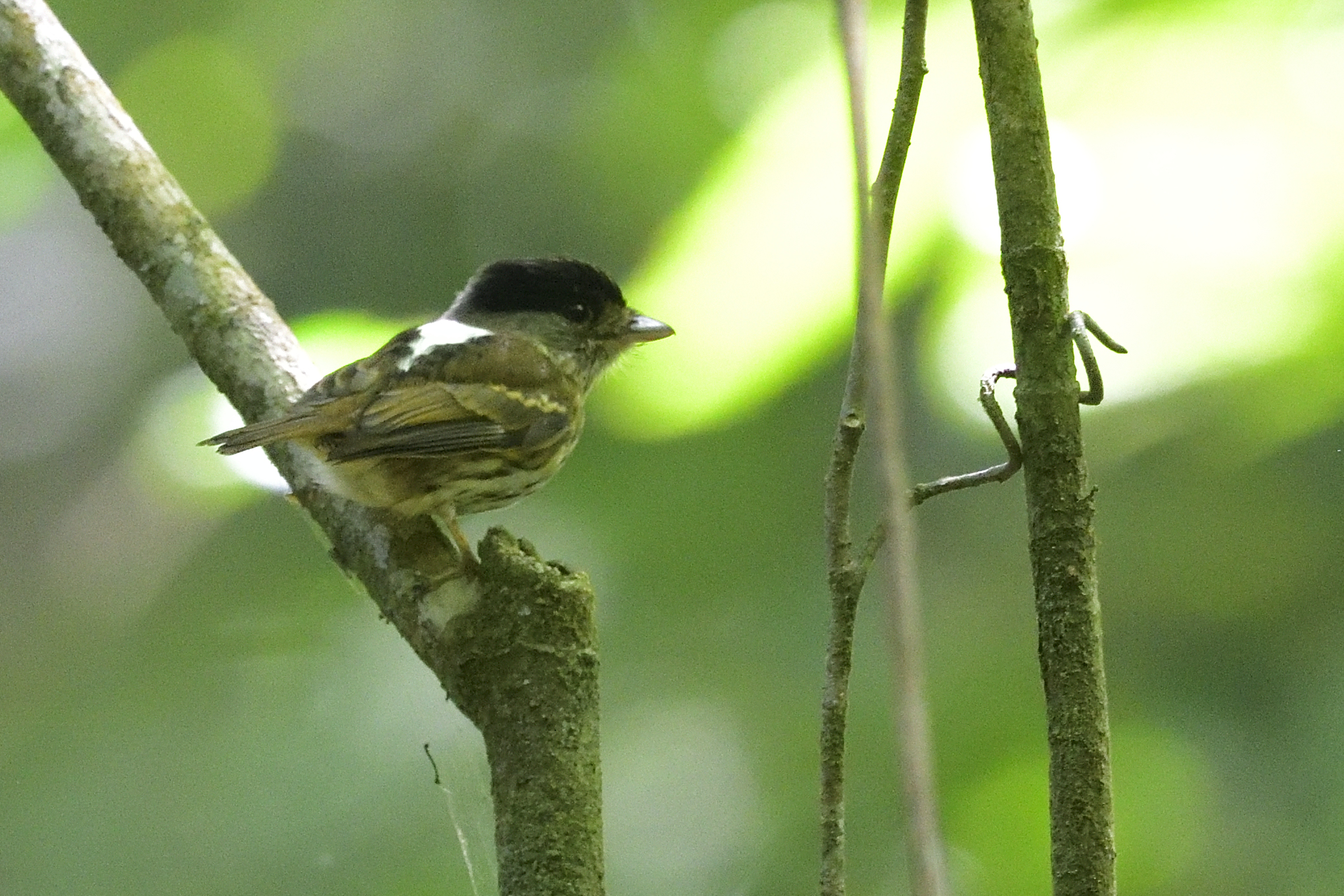
African Broadbill, Smithornis capensis
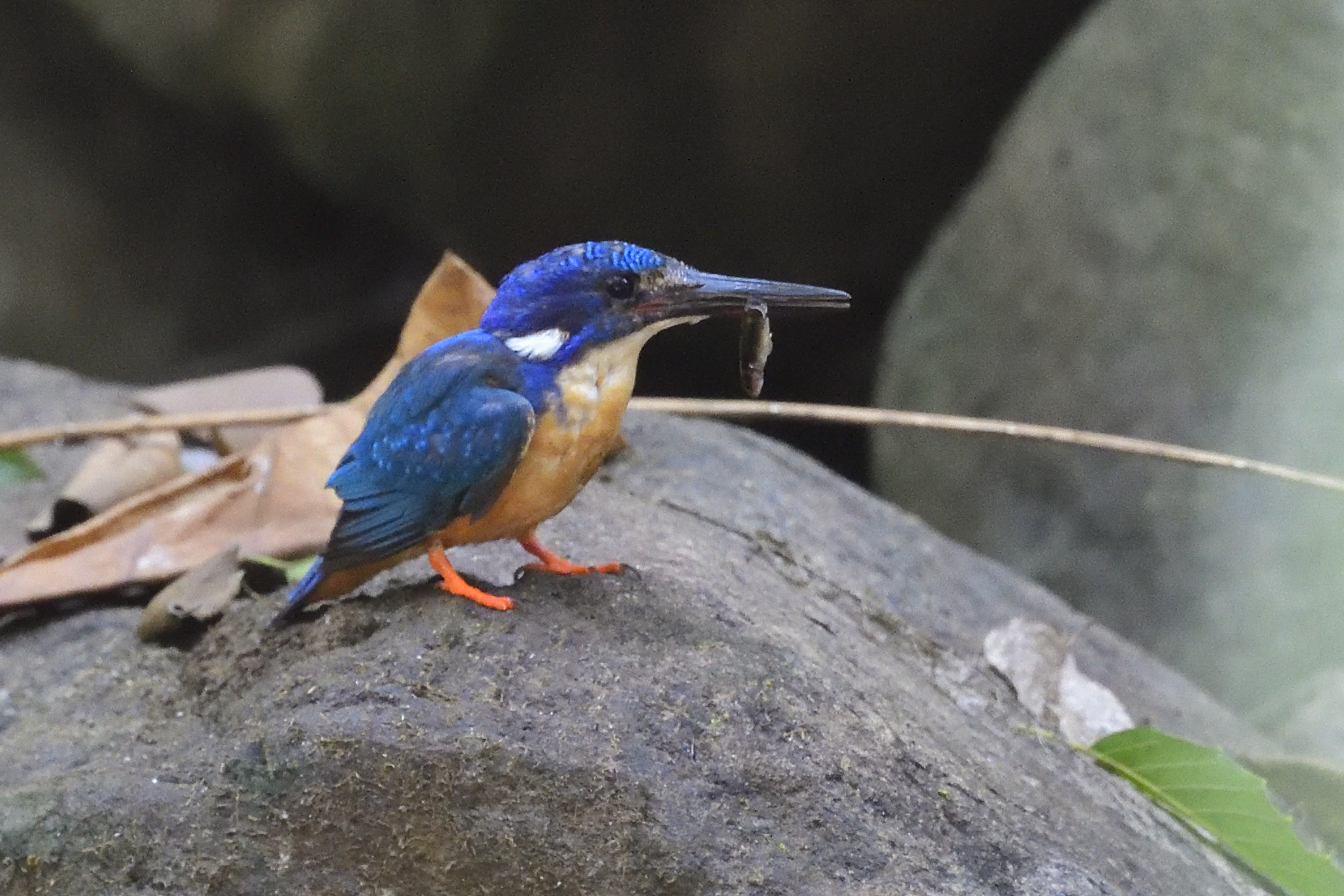
Half-collared Kingfisher, Alcedo semitorquata
Day 11, February 26, 2023: Day of rest
With Jim´s condition I decided to take a day of rest. The young boys took a walk on Kiligolf without finding anything too exiting and Jim just relaxed taking pictures in my garden. After dinner, Jim felt good enough to go on with the program, so the day after we were headed for Arusha National Park.
Day 12, February 27, 2023: Arusha National Park
Arusha NP is only half an hour drive from my home. We were at the gate just after 07:00. While I was organising the entrance fee, the boys went birding and found Scaly Spurfowl at the gate. Arusha NP, can be very good or also very slow. This were one of the slow days, but before breakfast we registered amongst others these species: Southern Citril, Spot-flanked Barbet, Trilling Cisticola, Tambourine Dove, Black Cuckooshrike, Black-headed Oriole, Green Malkoha, Broad-ringed White-eye, Black-headed Apalis, White-eared Barbet, Oriole Finch, Black-fronted Bushshrike, another pair of Scaly Spurfowls, Abbott´s Starling, Rüppel´s Robin-Chat, Harlaub´s Turaco, Silvery-cheeked Hornbill and a flying Black Stork. We continued the drive towards the lakes and found a newly fed Rock Python in the middle of the road. Further on Crowned Eagle and White-fronted Bee-eater. We reached the lakes and started ticking water birds (some of them lifers for my Kenyan friends): Little Grebe, Wood Sandpiper, White-breasted and Reed Cormorant, Southern Pochard, Black-winged Stilt, Cape Teal and Curlew Sandpiper. We had now reached the new picnic building overlooking the lake and we had quite a number of Sand Martins there (TZ picture lifer for me). We continued and picked up Grey-crowned Crane, Banded Martin and Whinchat before we reached the lakes again. Around the lakes, we saw Pied Avocet and Greater and Lesser Flamingos. We headed towards Mount Meru and picked up Rufous-naped Lark. On the way up to the fig tree, we saw a Bar-tailed Trogon. We drove up to the waterfall, but it was very quiet. We drove down again to the fig tree and picked up Mountain Greenbul, Abyssinian Thrush, White-starred Robin, Lesser Honeyguide, Cinnamon-chested Bee-eater, Olive Sunbird and Grey Wagtail. We drove slowly down the mountain and finally picked up a Brown Woodland Warbler. We got to the main road and headed for the gate. We saw a Tawny Eagle in the distance and finally hooked up with a Trilling Cisticola. Also a flock of Red-billed Queleas. We exited the gate and drove home. For me a rather slow day in the park, but my friends were happy, so who were I to complain?
Some pictures from day 12, Arusha NP:
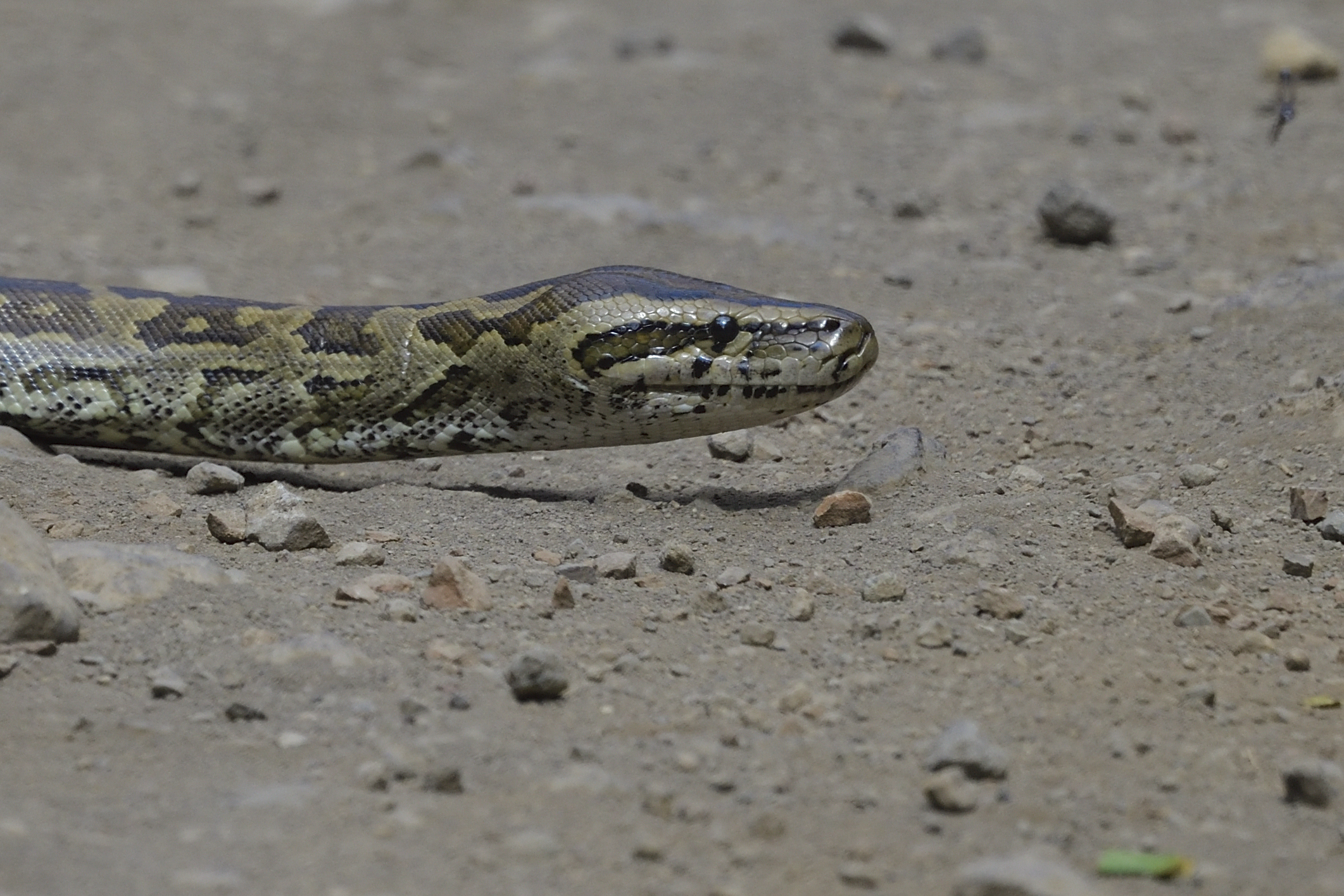
Rock Python, Python sebae
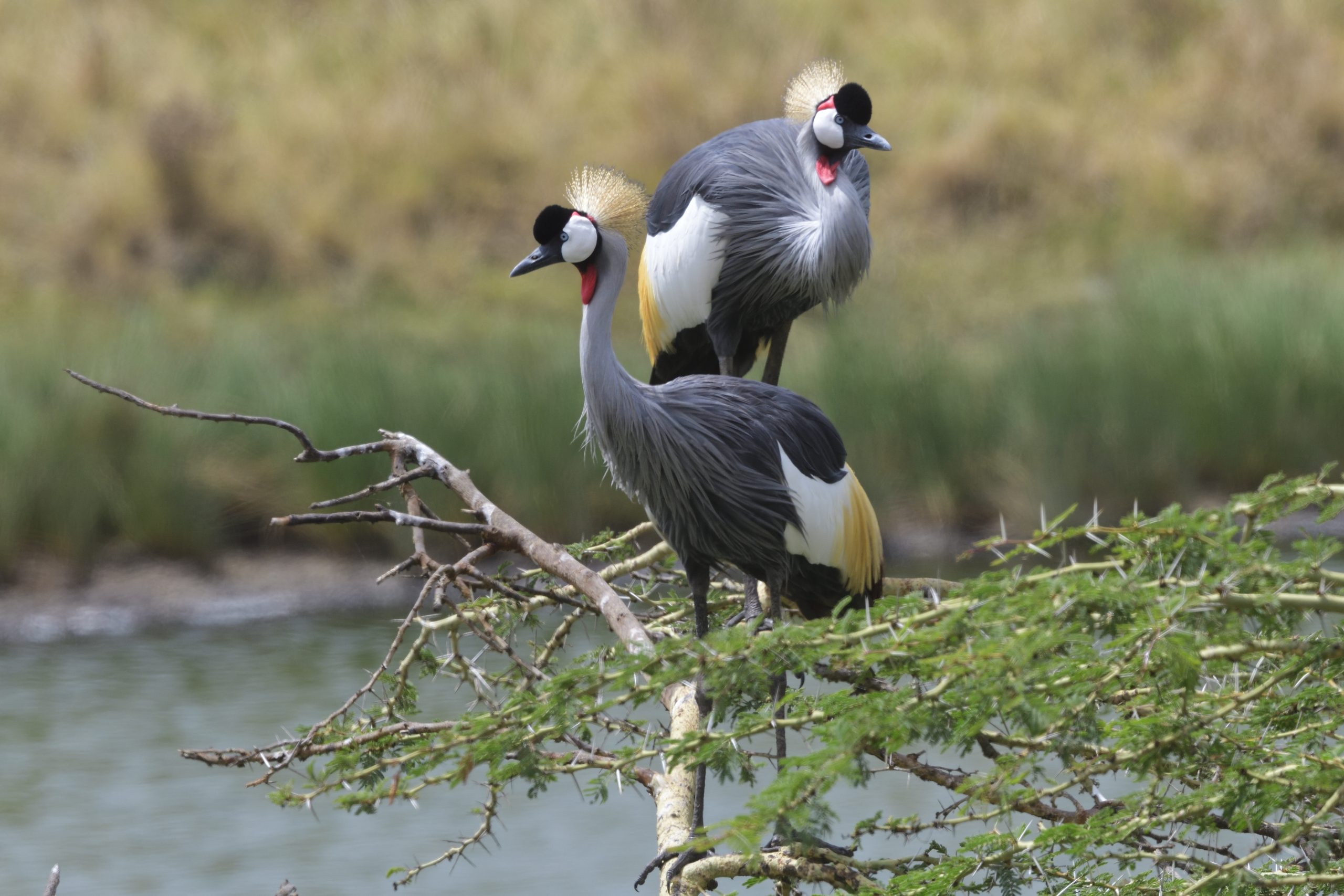
Grey-crowned Crane, Balearica regulorum
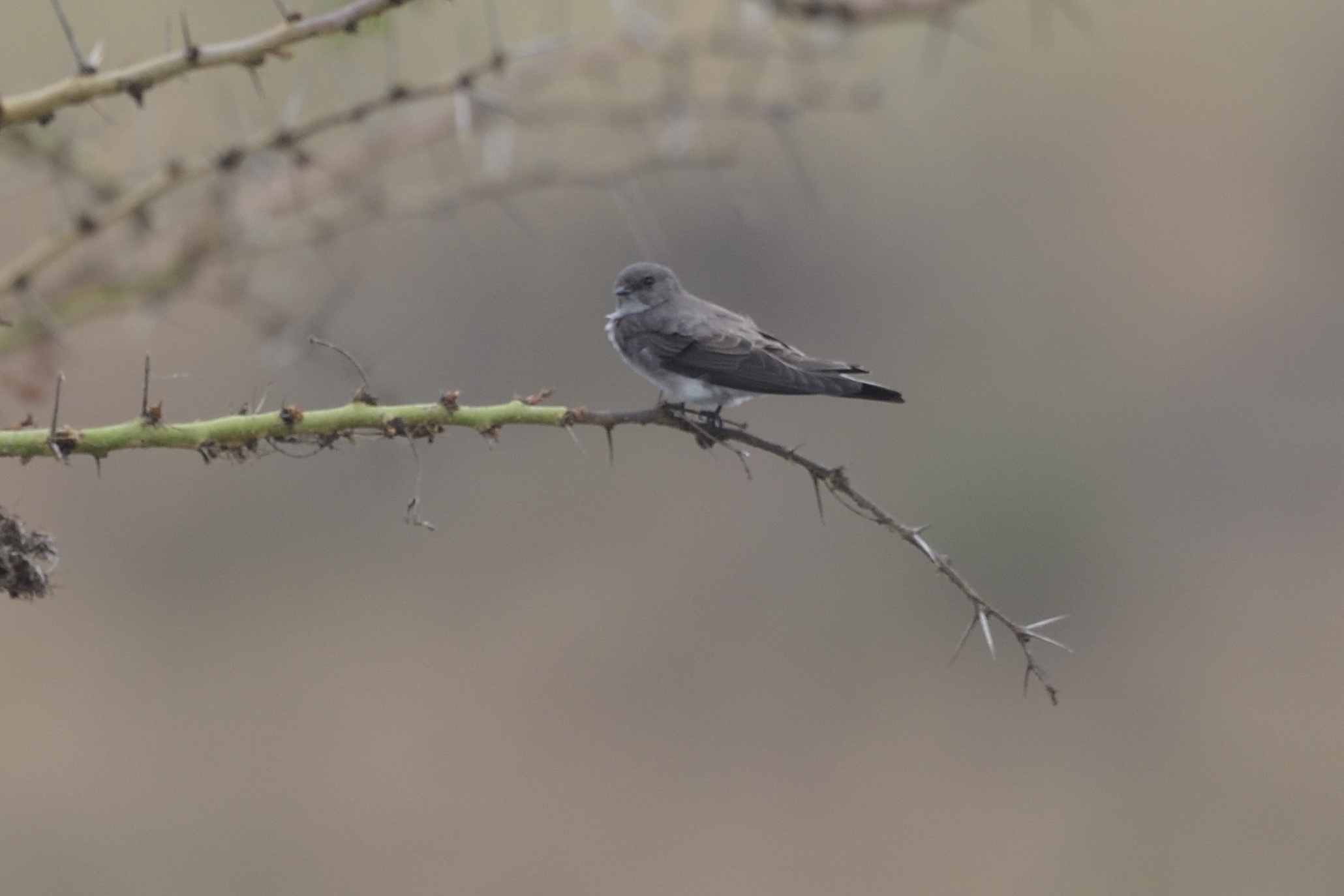
Sand Martin, Riparia riparia – TZ picture lifer for me.
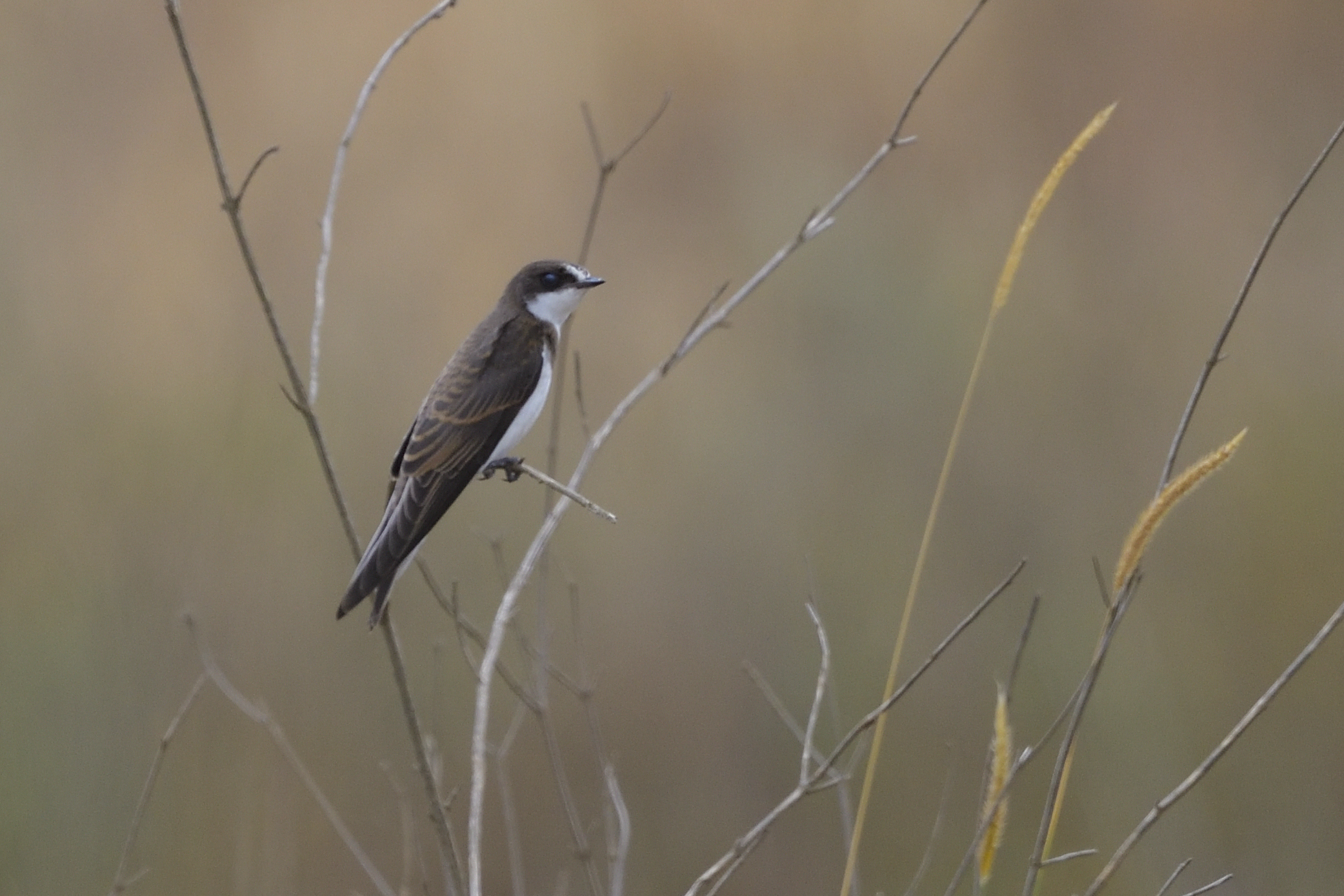
Banded Martin, Neophedina cincta
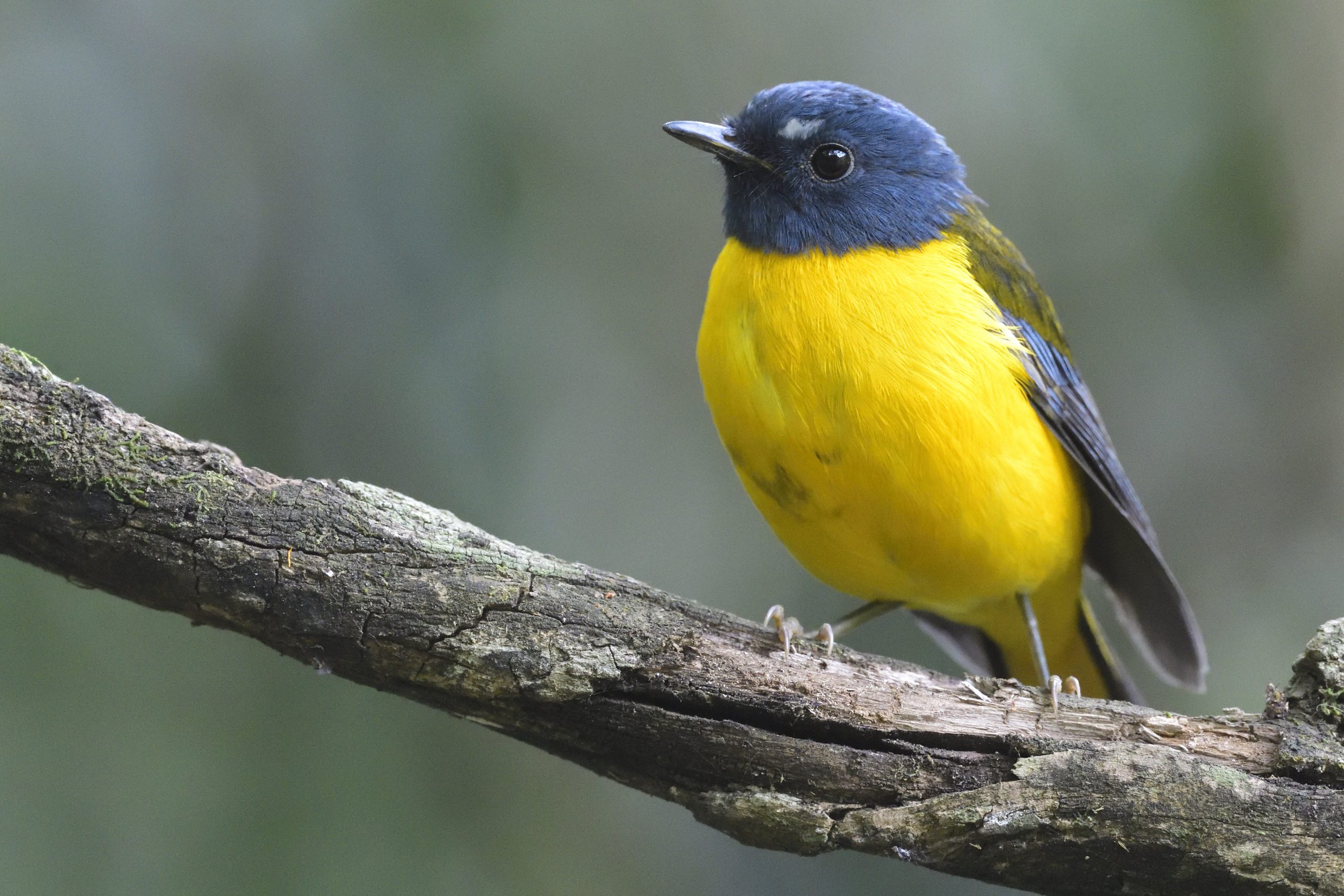
White-starred Robin, Pogonocichla stellata
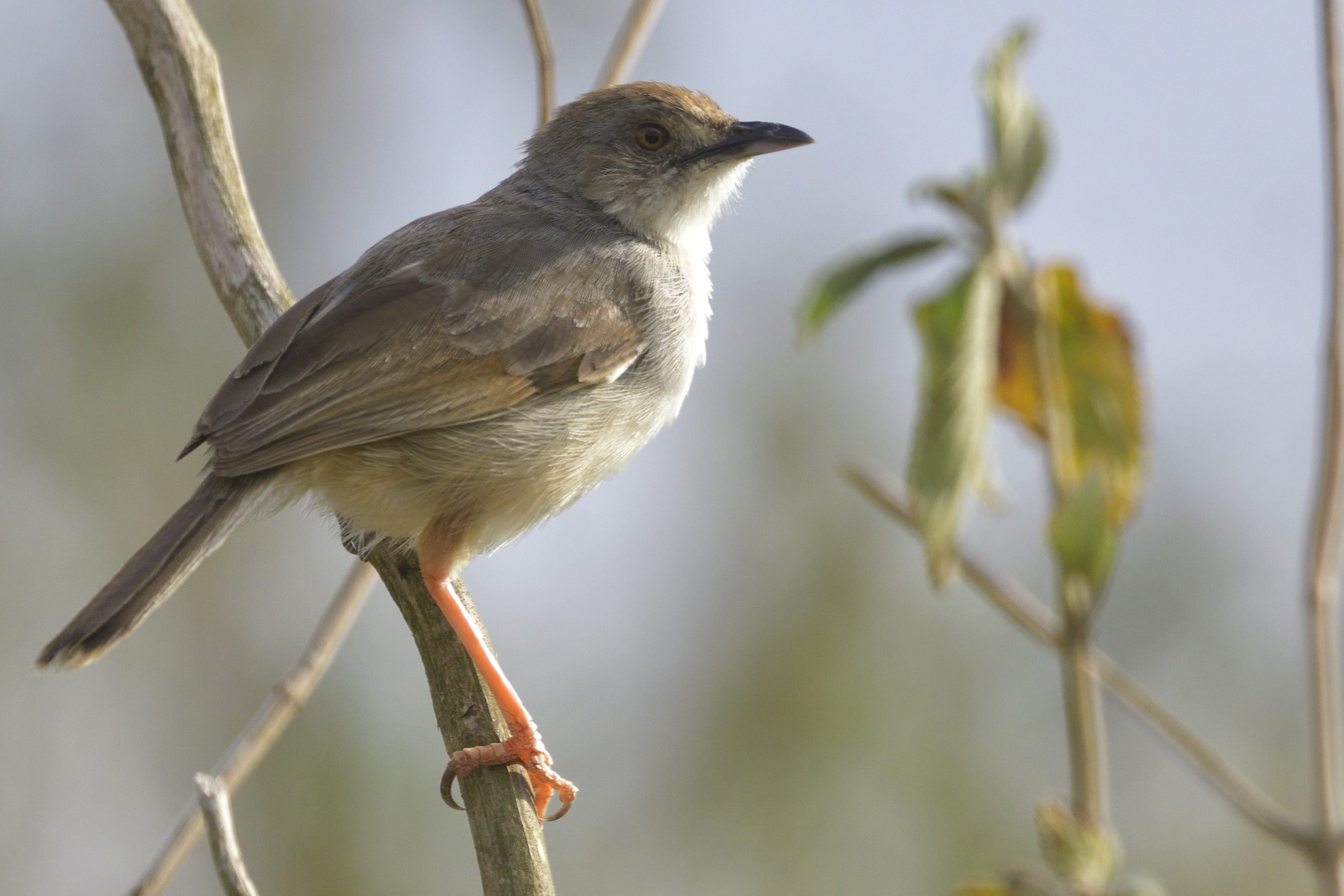
Trilling Cisticola, Cisticola woosnami
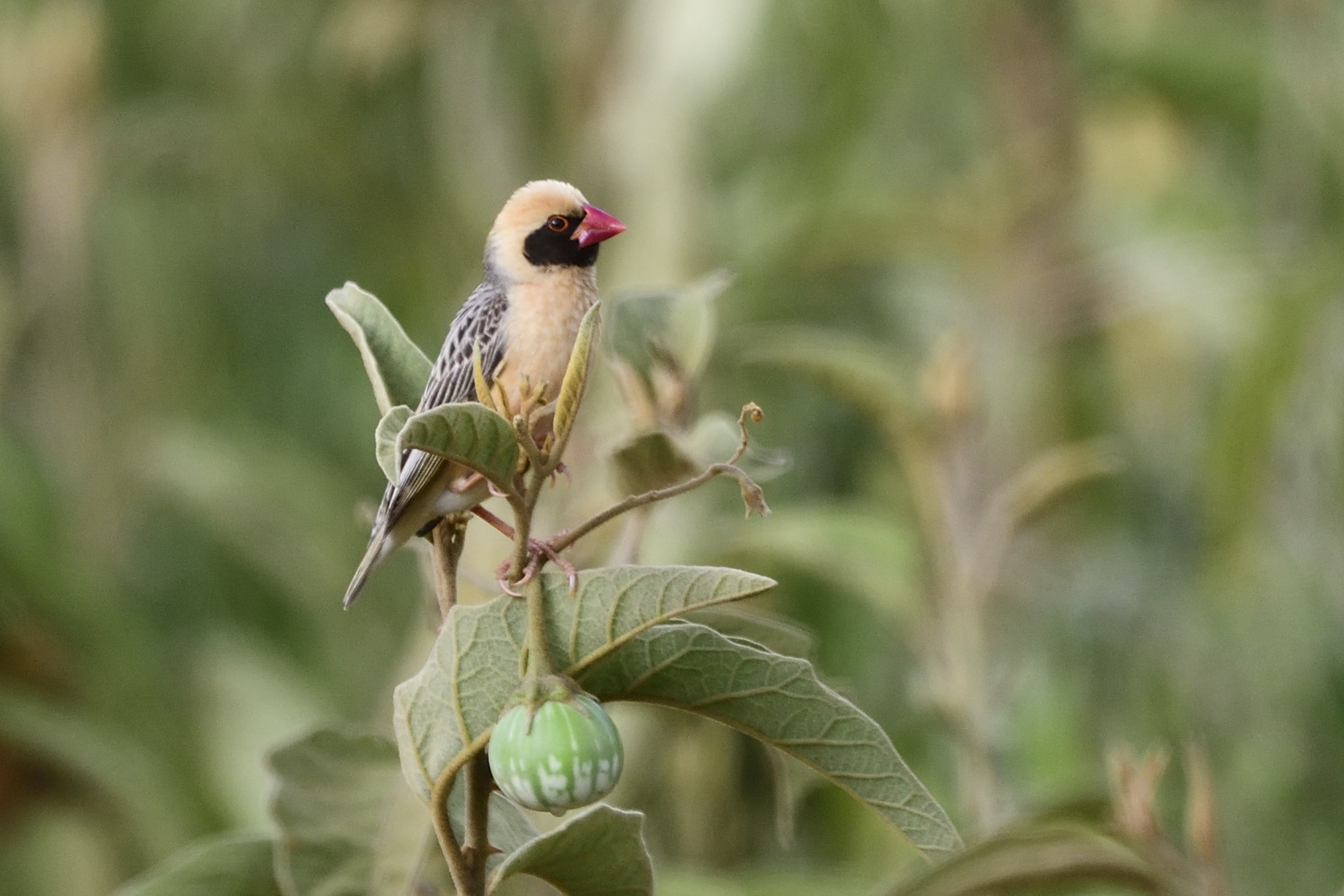
Red-billed Quelea, Quelea quelea
Day 13, February 28, 2023: Kalinga (Chome) Forest and Ngarasero
The last day of the trip we were going to explore some of the local forests around my nearest village Usa River. We were in no rush that morning and while having our morning coffee on my balcony we discovered a Thrush Nightingale jumping around in my garden. We entered Kalinga Forest around 07:45. It was a little early for the light, but we started picking up birds: Black-backed Puffback, Crowned Hornbill, Golden-tailed Woodpecker, Blue-mantled Crested Flycatcher, Tropical Boubou, Black-fronted Bushshrike, Cape Robin-Chat, Forest Batis and White-eyed Slaty Flycatcher. We had Breakfast by the entrance of the forest and quickly moved on to our next destination, the forest around Ngarasero Lodge. At the lake we found, Little Grebe, Common Moorhen, African jacana, but no sign of Intermediate Egret or African Black Duck. We walked close to the day roost spot for the African Wood-Owl. It required some climbing, so Jim and I let the young boys explore. No result, but while waiting, Jim and I had Red-throated Twinspot, Black-throated Wattle-eye and Grey Olive Greenbul pretty close. We walked back to the car and then Jim and Apolloh finally realised that they had forgotten to book tickets for the bus home the day after. That caused some commotion. To make a long story short, the bus for the day after were full, so they ended up staying another night (and return the day they were supposed to return if everything in Amani had gone after plan). We walked downstream from the car and had nice views of a Tambourine Dove, Great Egret and Pygmy Kingfisher, a juvenile Red-throated Twinspot and a Little Greenbul. We returned to the car and Jim and I had lunch in Usa river whilst the boys tried to figure out the bus problem. We returned early home providing for some more picture opportunities from my balcony.
Some pictures from Day 13:
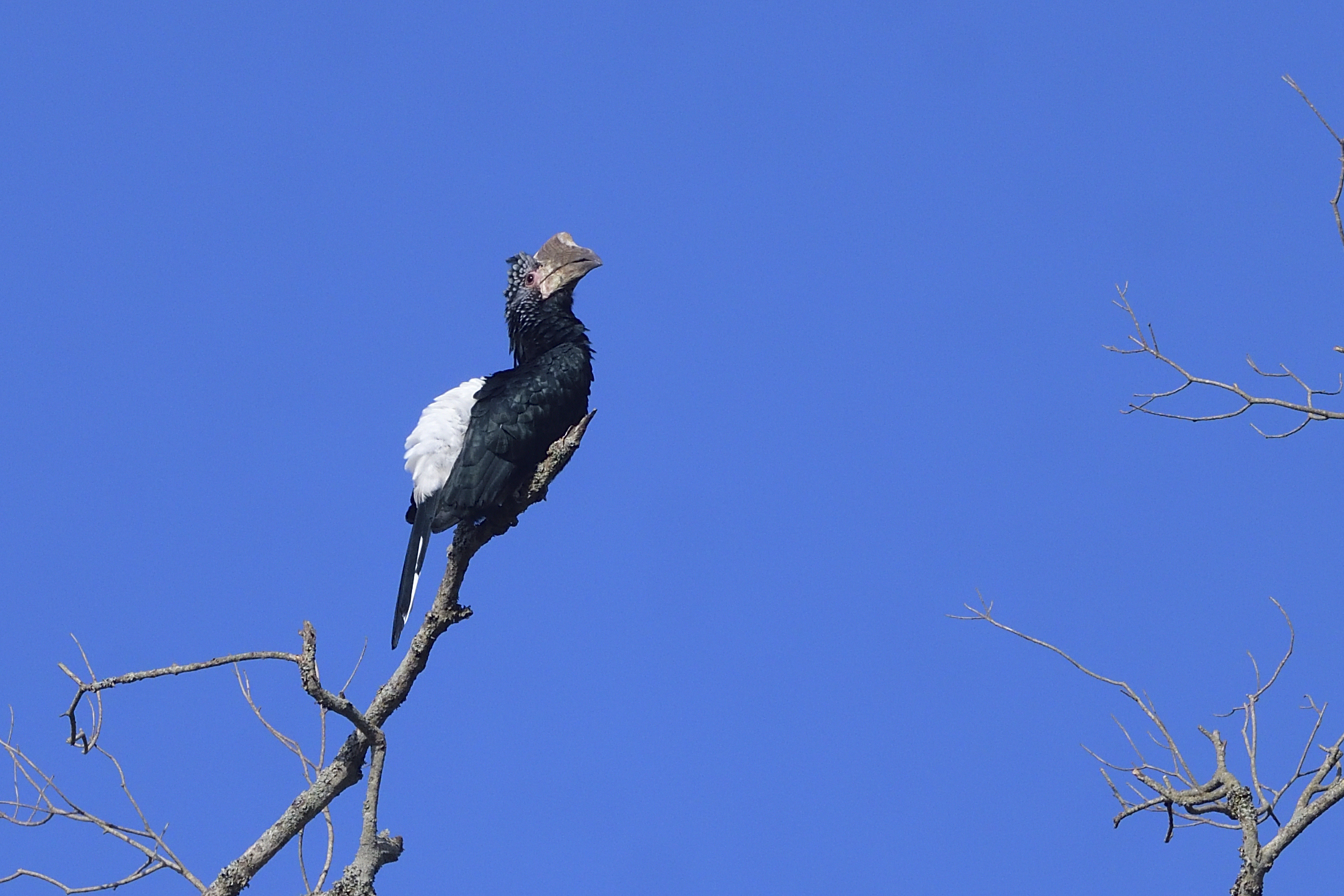
Trumpeter Hornbill, Bycanistes bucinator
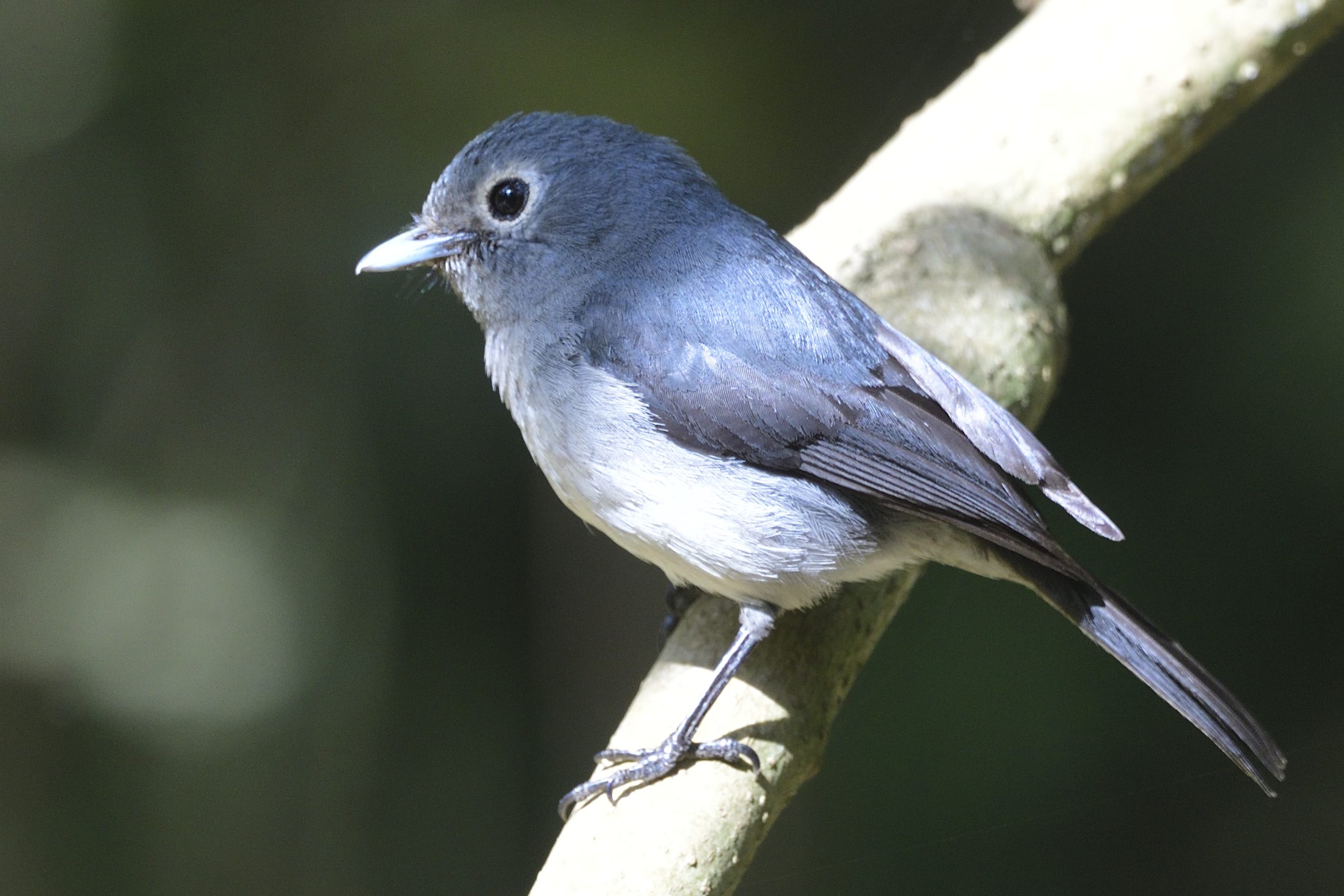
White-eyed Slaty Flycatcher, Melaenornis fischeri, Endemic to E and C Africa
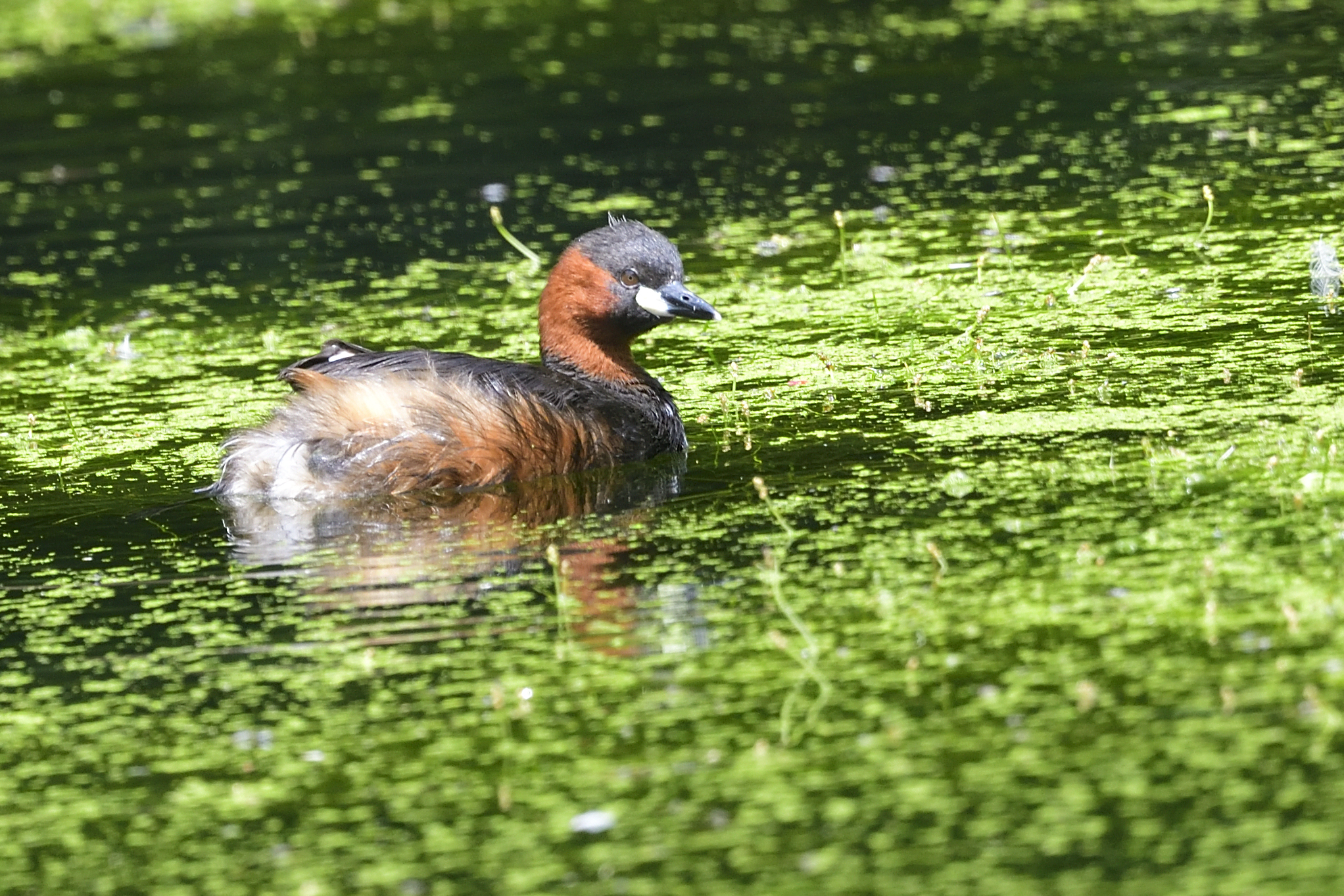
Little Grebe, Tachybaptus ruficollis
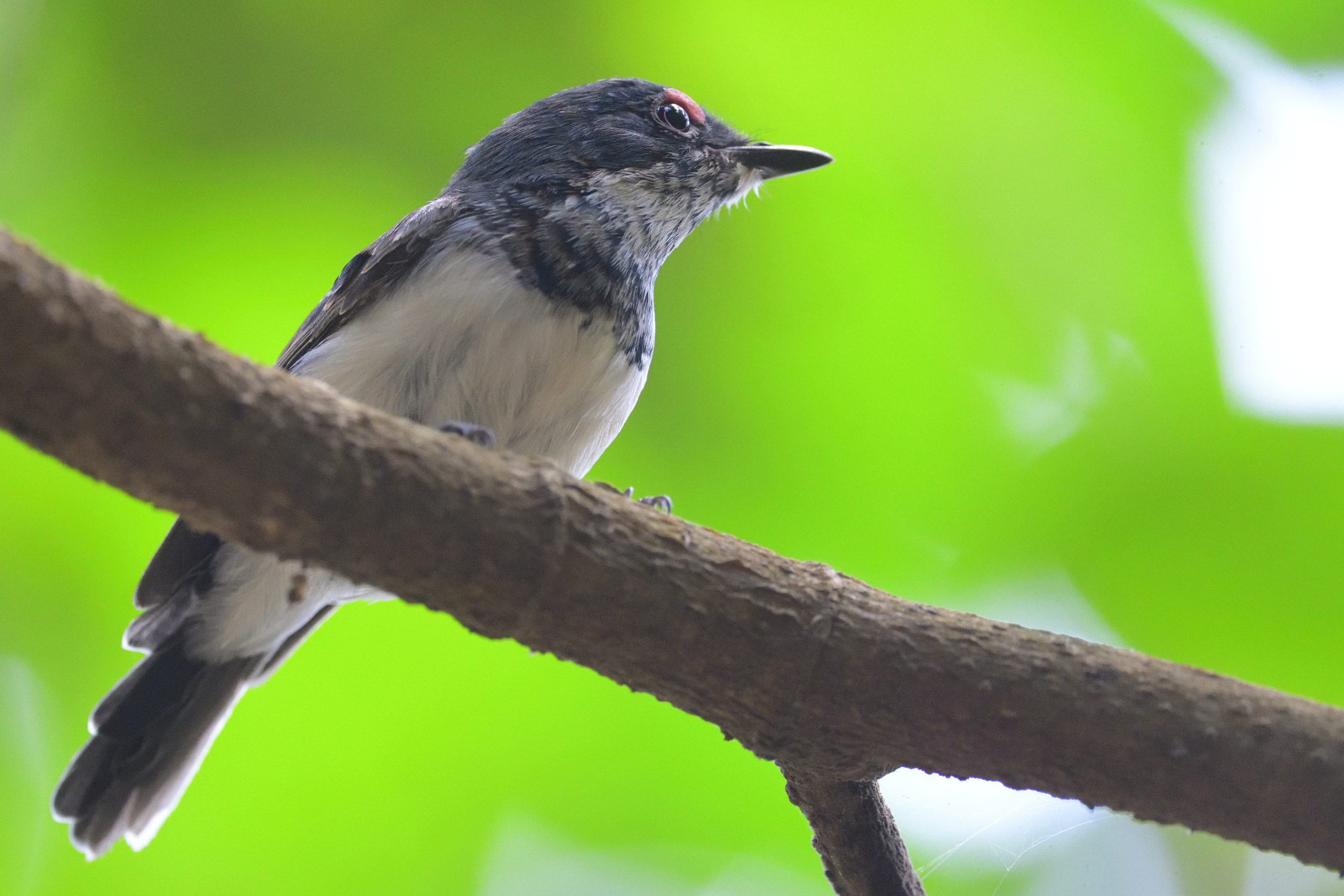
Black-throated Wattle-eye, Platysteira peltata
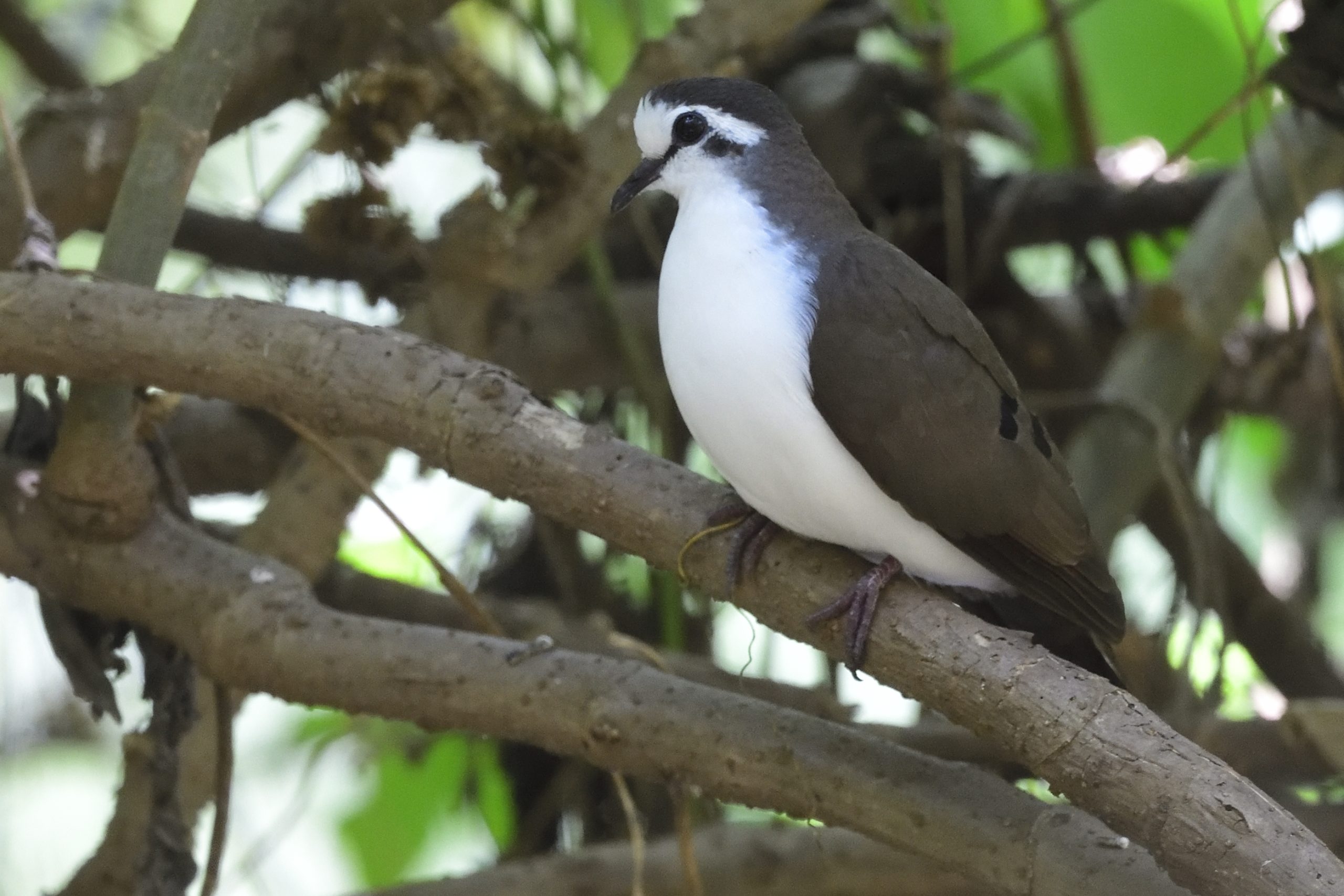
Tambourine Dove, Turtur tympanistria
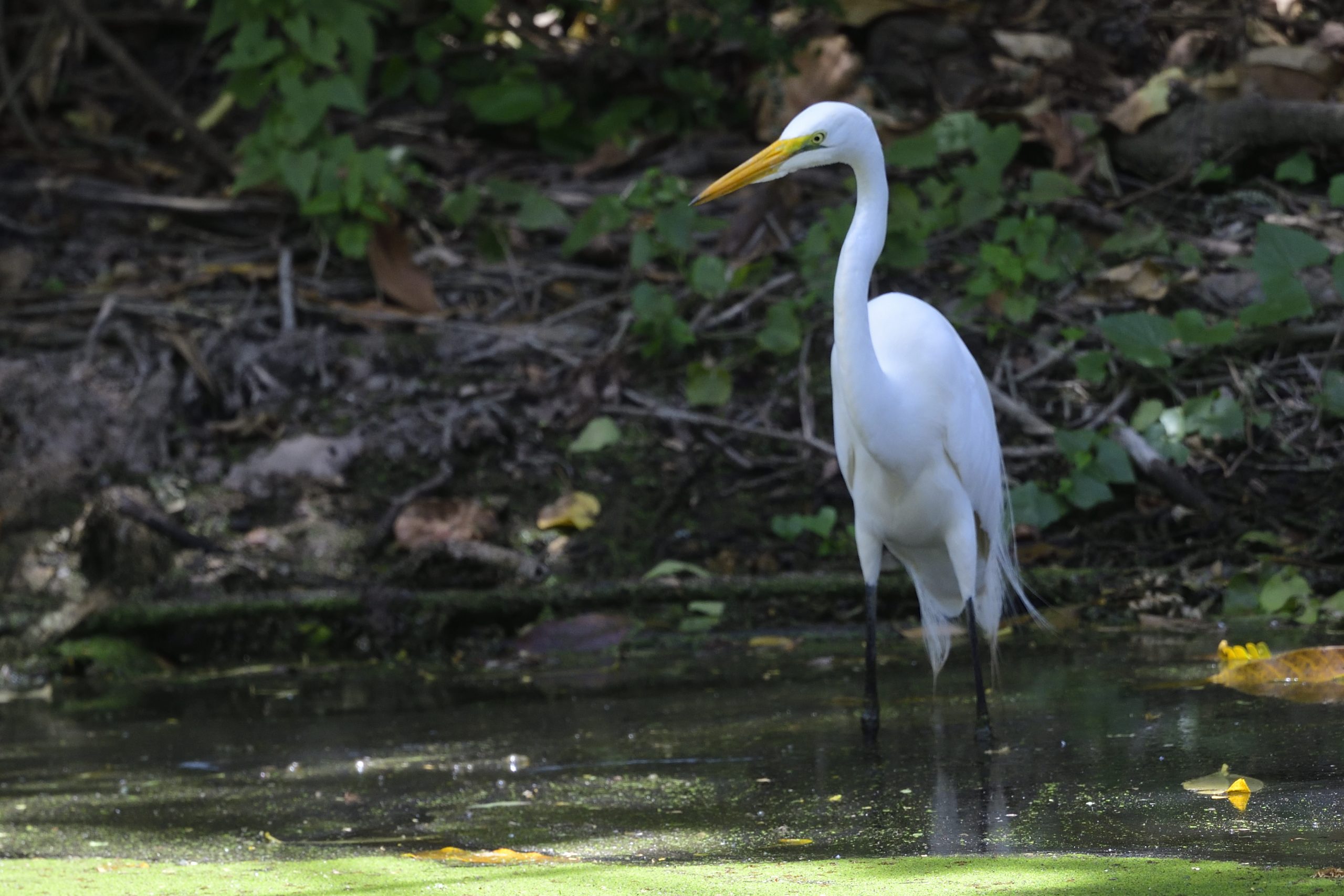
Great Egret, Ardea alba
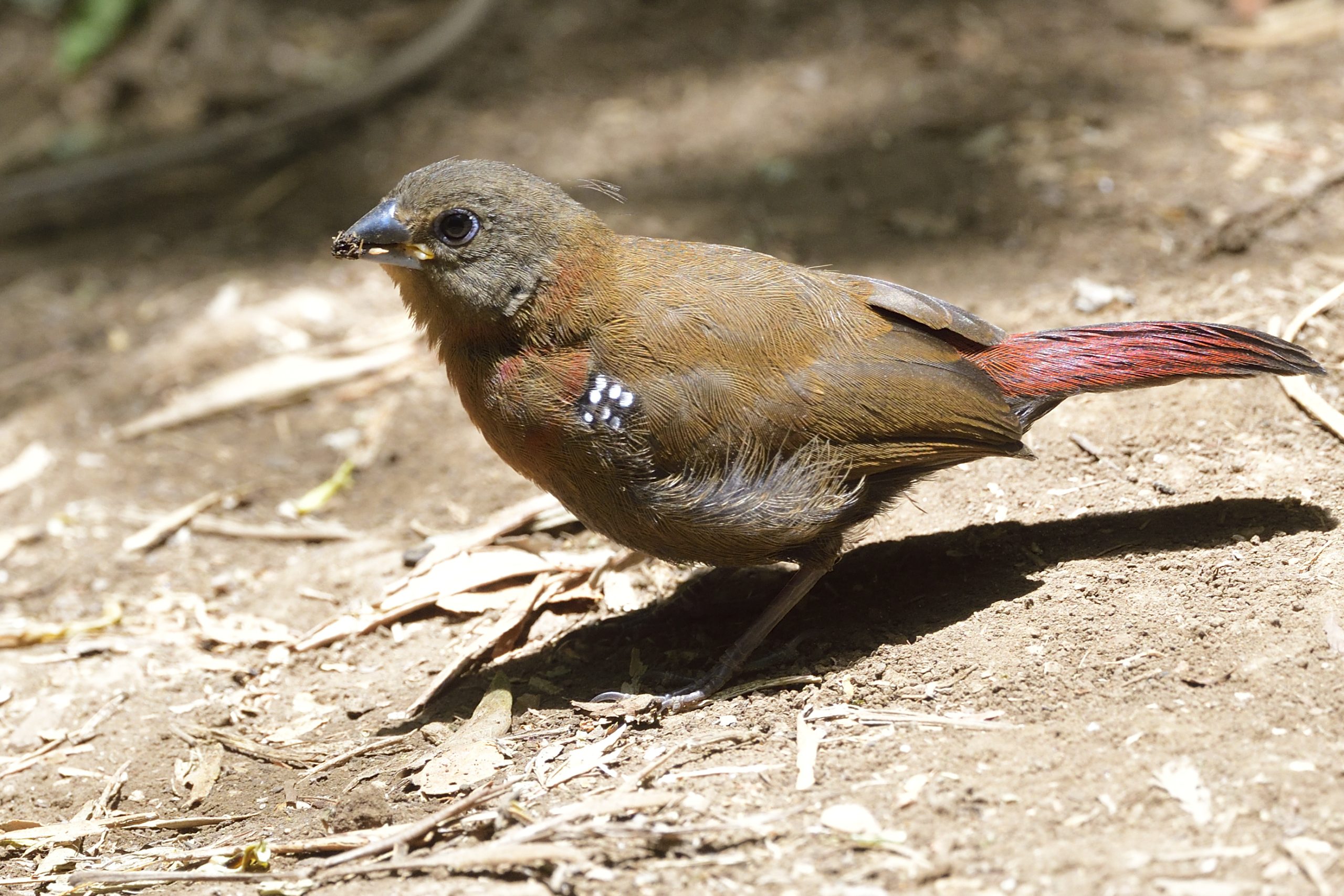
Red-throated Twinspot (Juvenile), Hypargos niveoguttatus
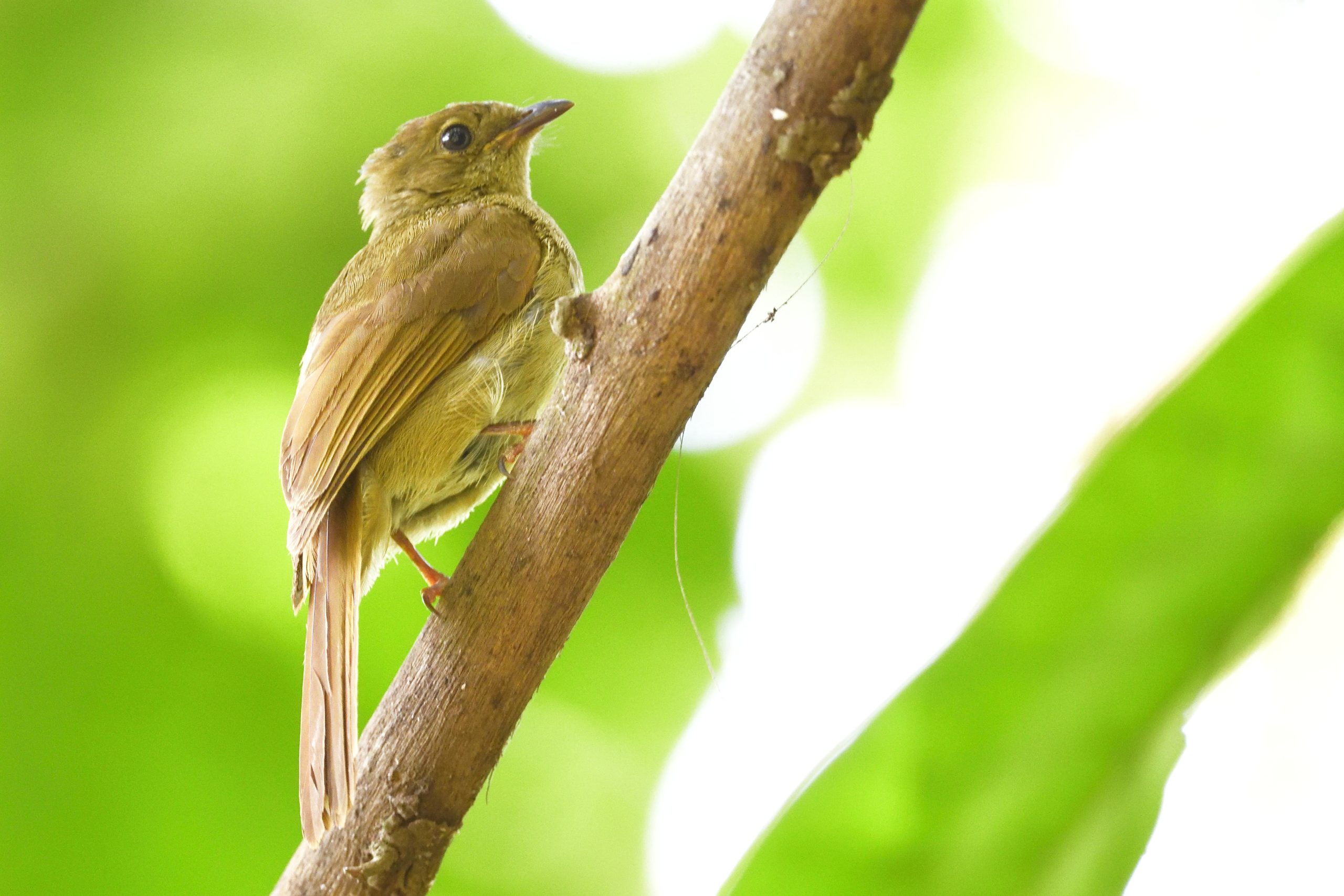
Little Greenbul, Eurillas virens
Despite cutting the trip two day short in Amani Forest, we racked up a total of 402 species. The guys eventually got on the bus back to Mombasa. All 3 of them got quite a few lifers. Dilenga had never been to Usambara so this was a first for him. I have now seen 1094 species in East Africa and have pictures of 1032 of them. For Tanzania I have seen 856 species and have pictures of 815. Still some birds to find and photograph in East Africa. Another milestone for me is that this is the sixth trip in the row where I have not touched alcohol. I did a Kenya trip in January and I am doing a new Kenya trip early in April. After that, I am free for May and June before I have a special Usambara and part of Southern Highlands of Tanzania trip in July. Stay tuned for more trip reports.